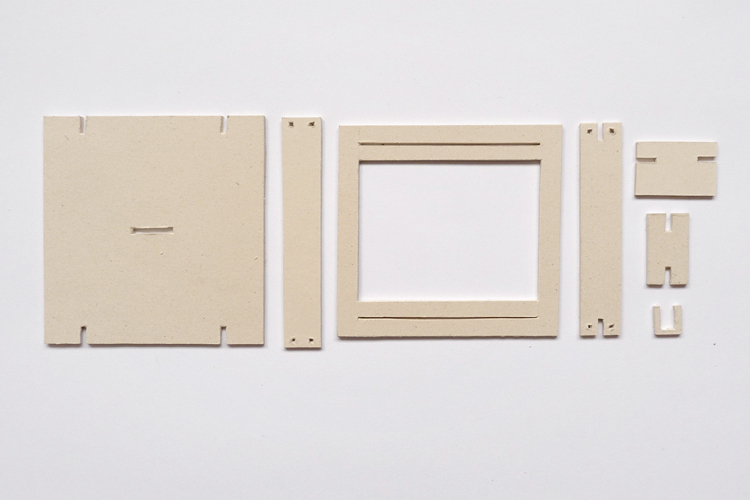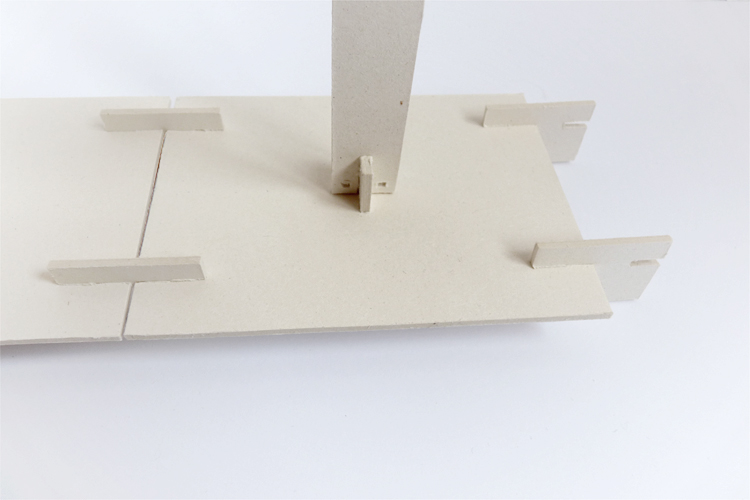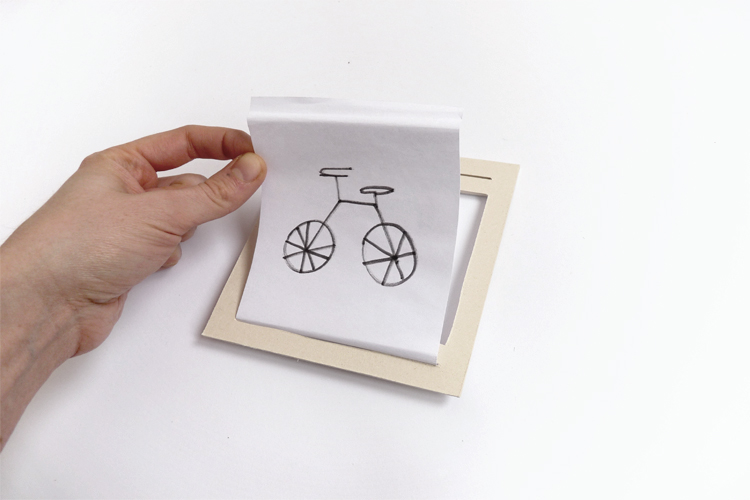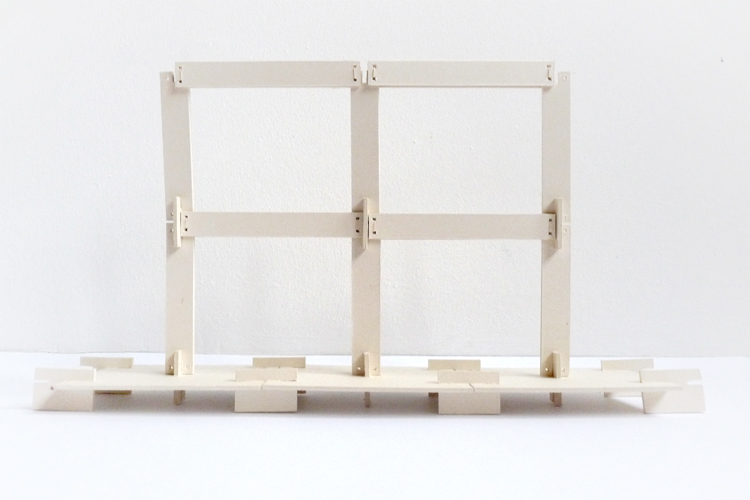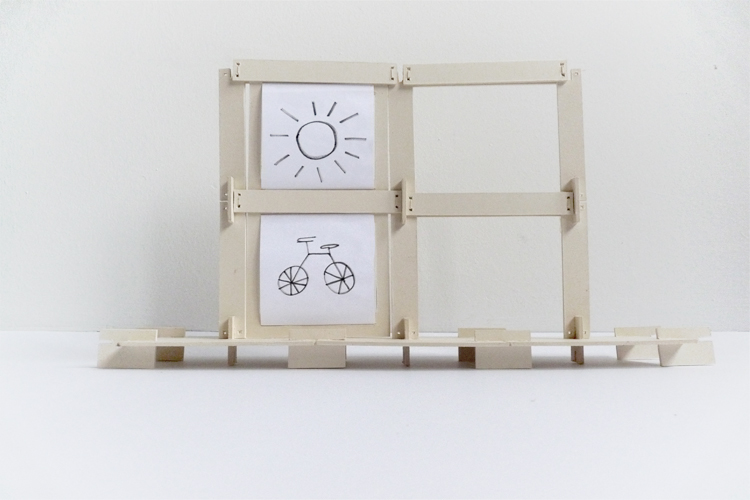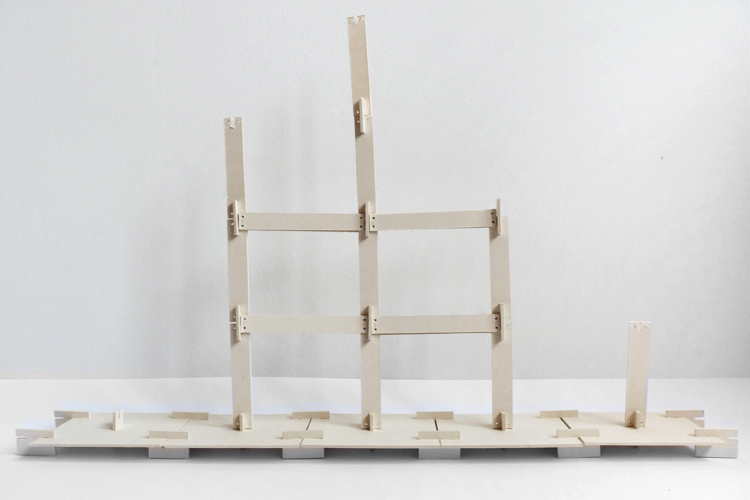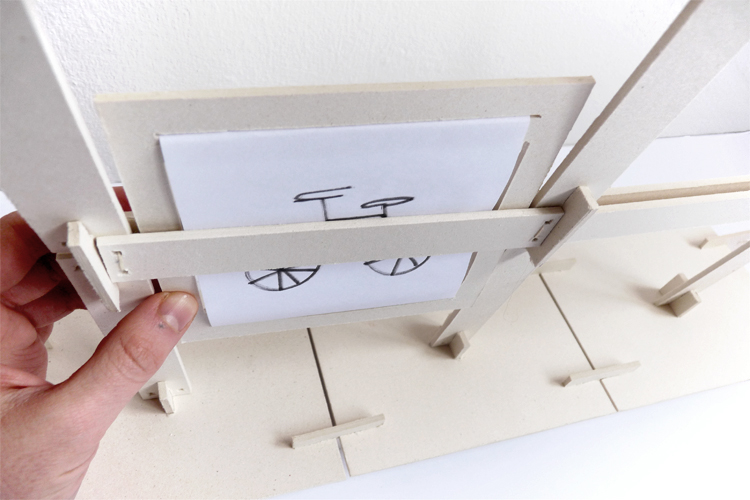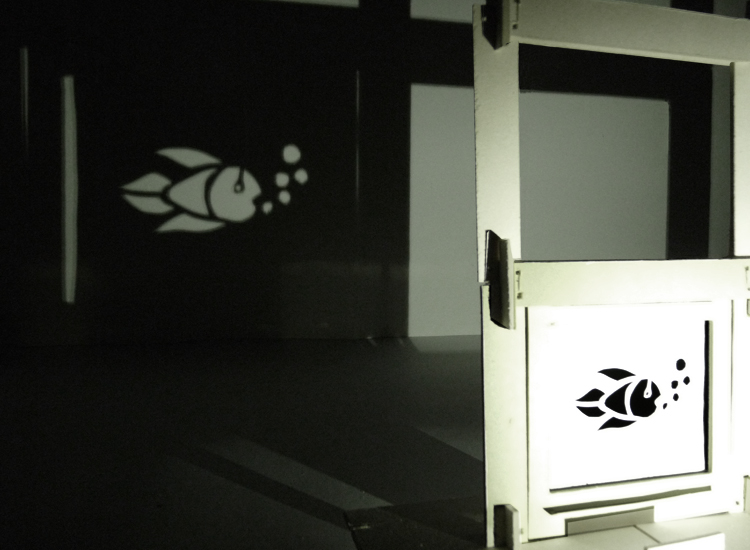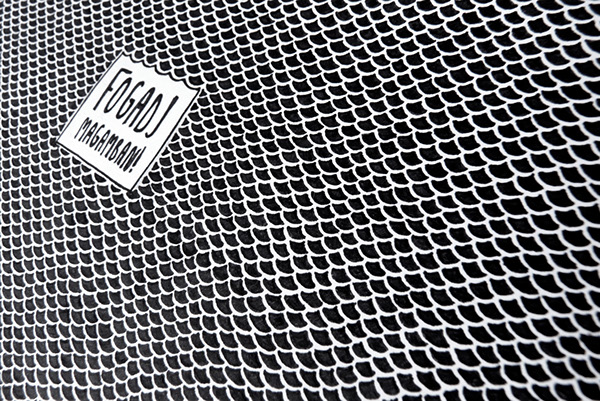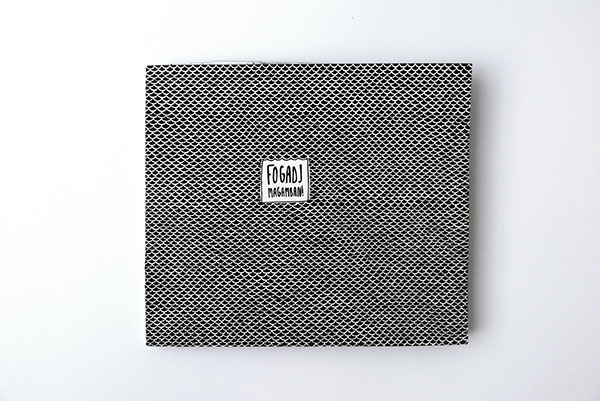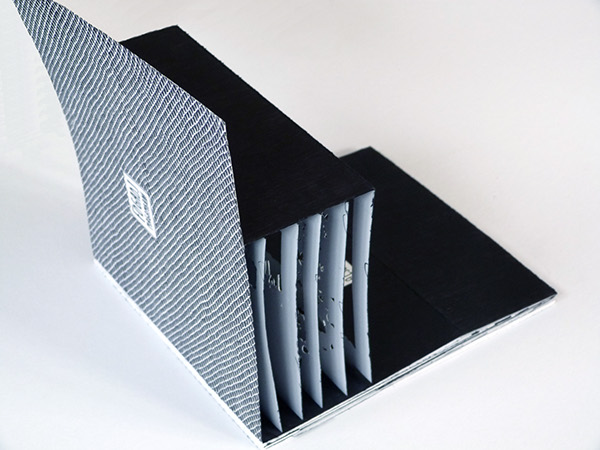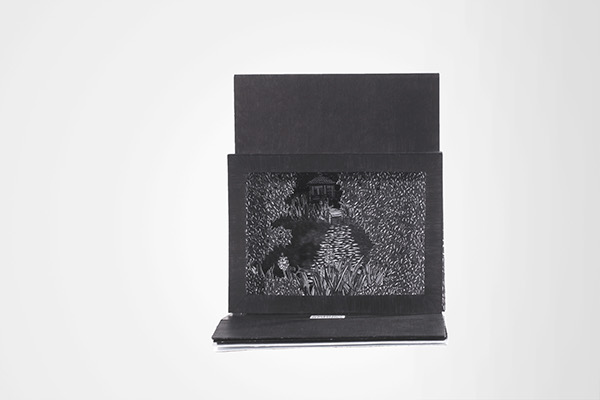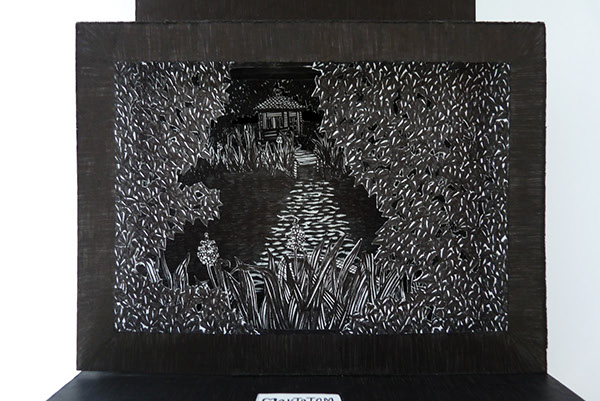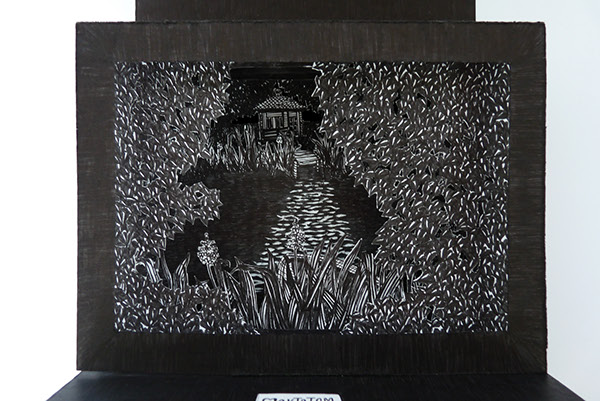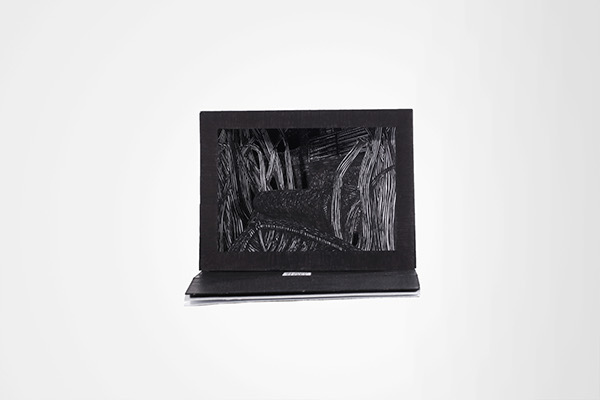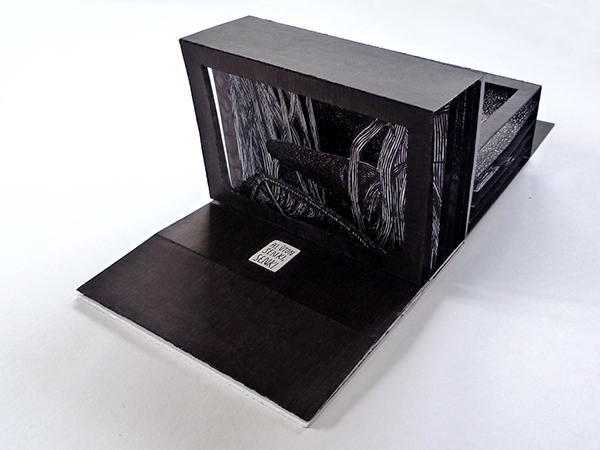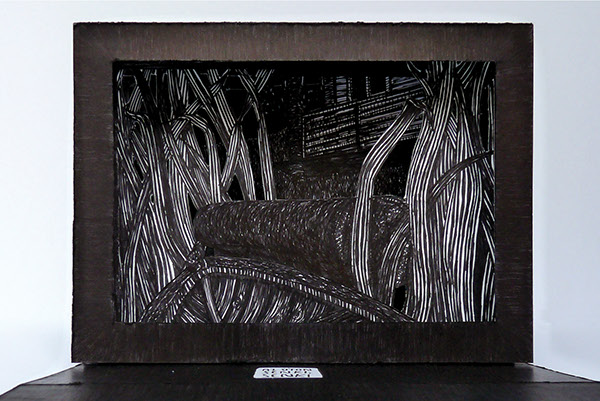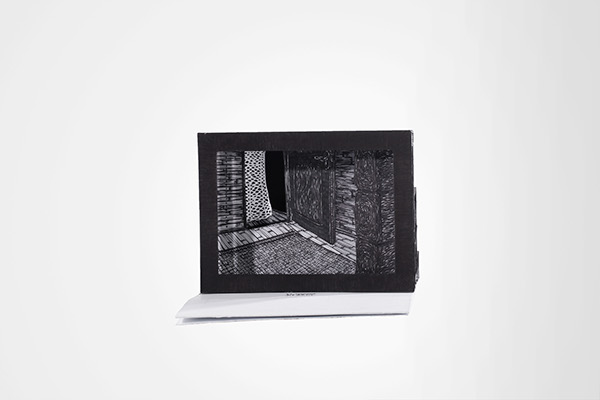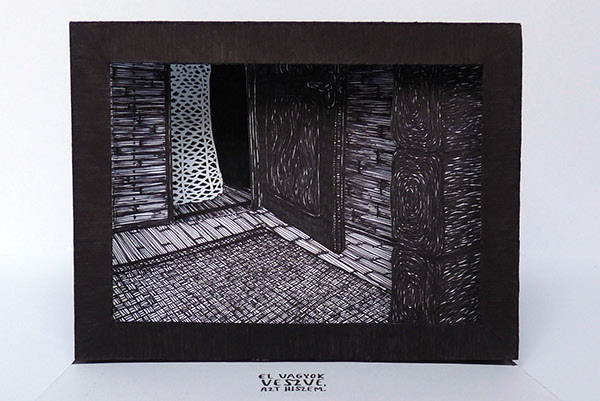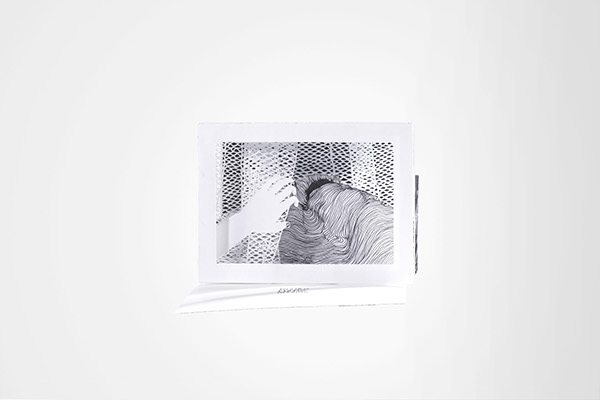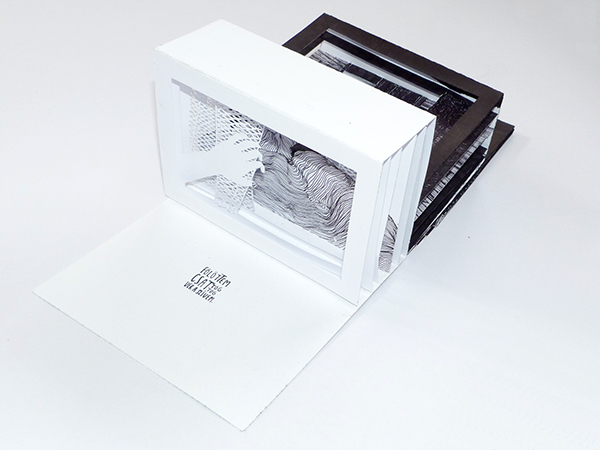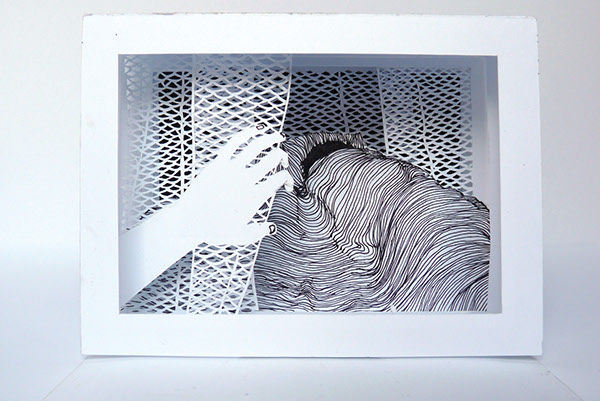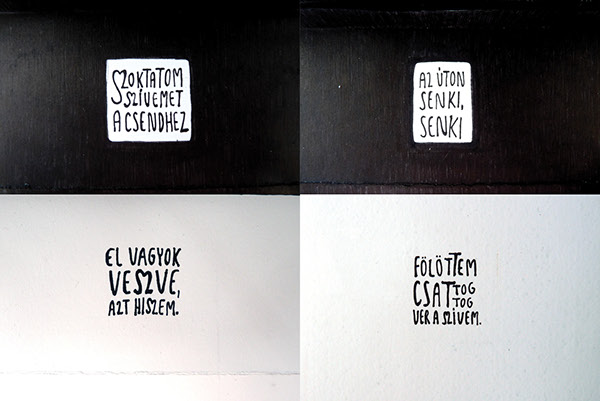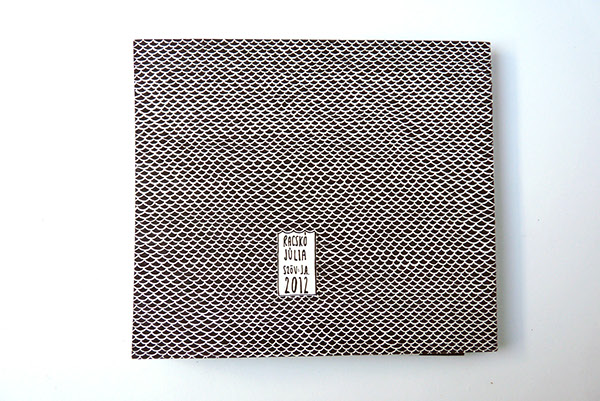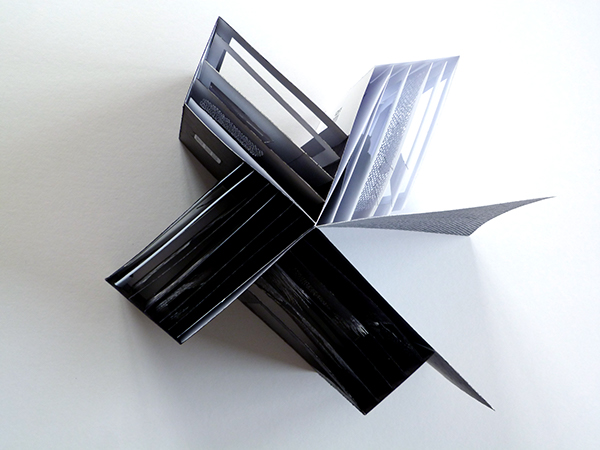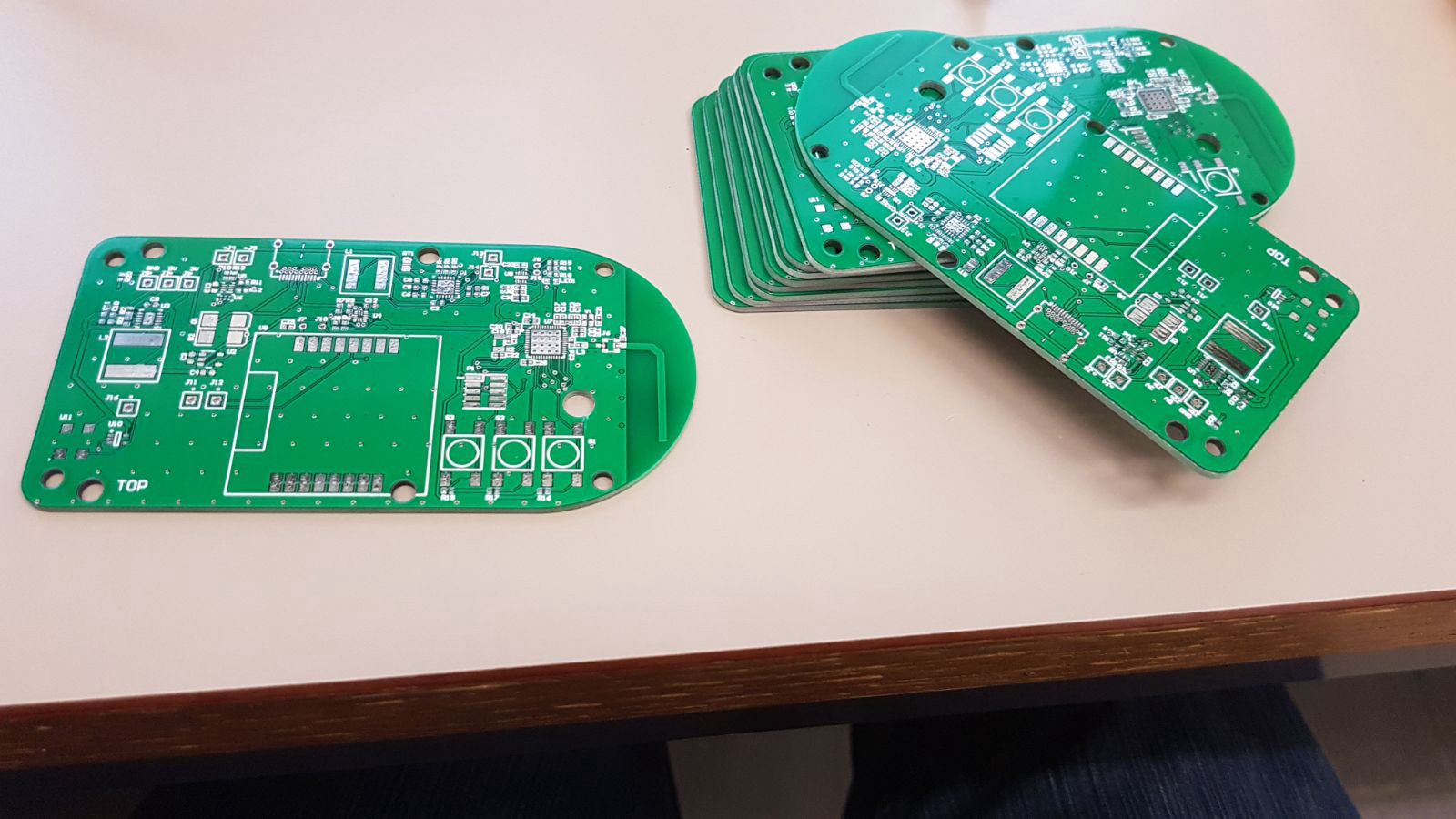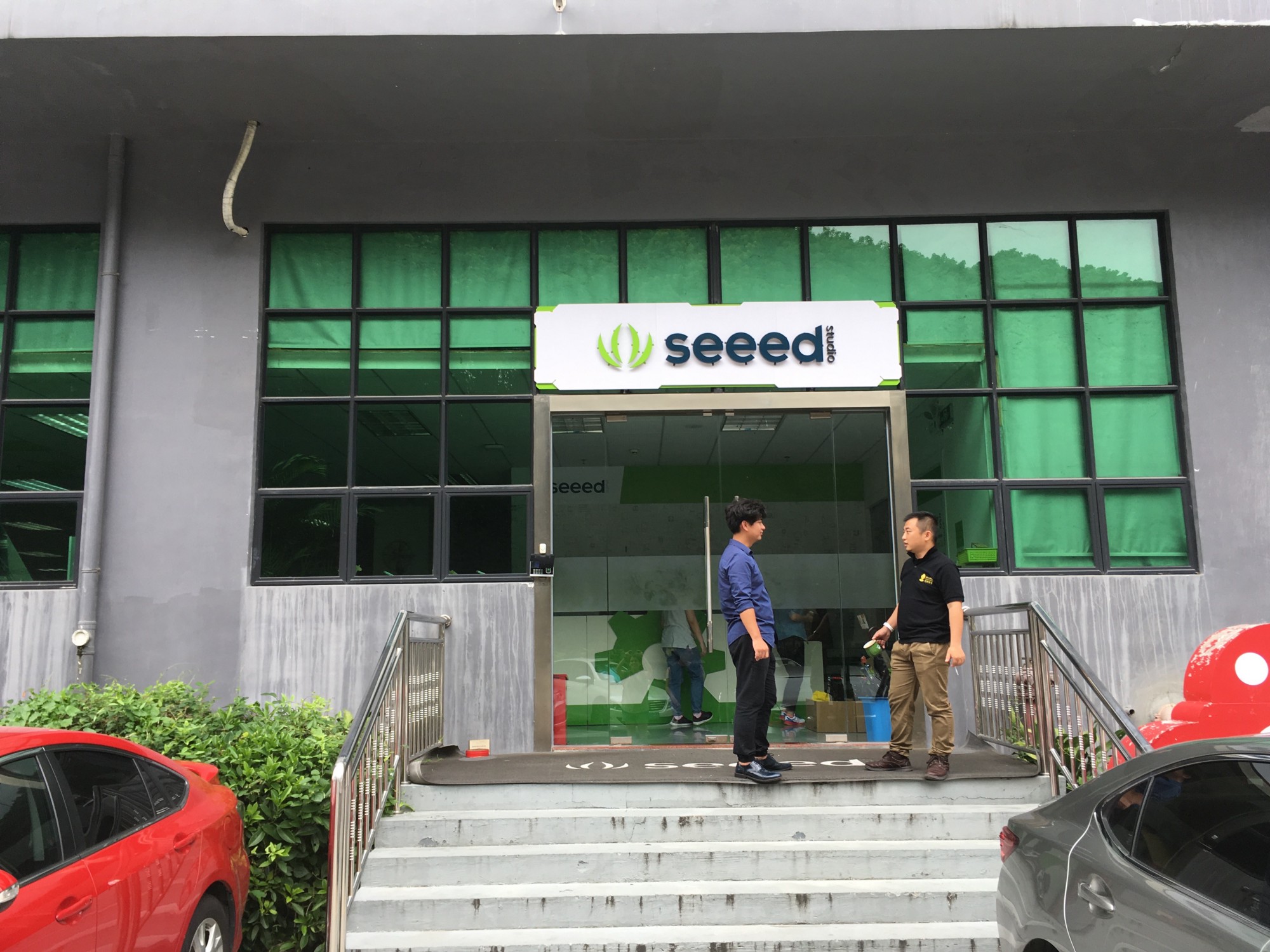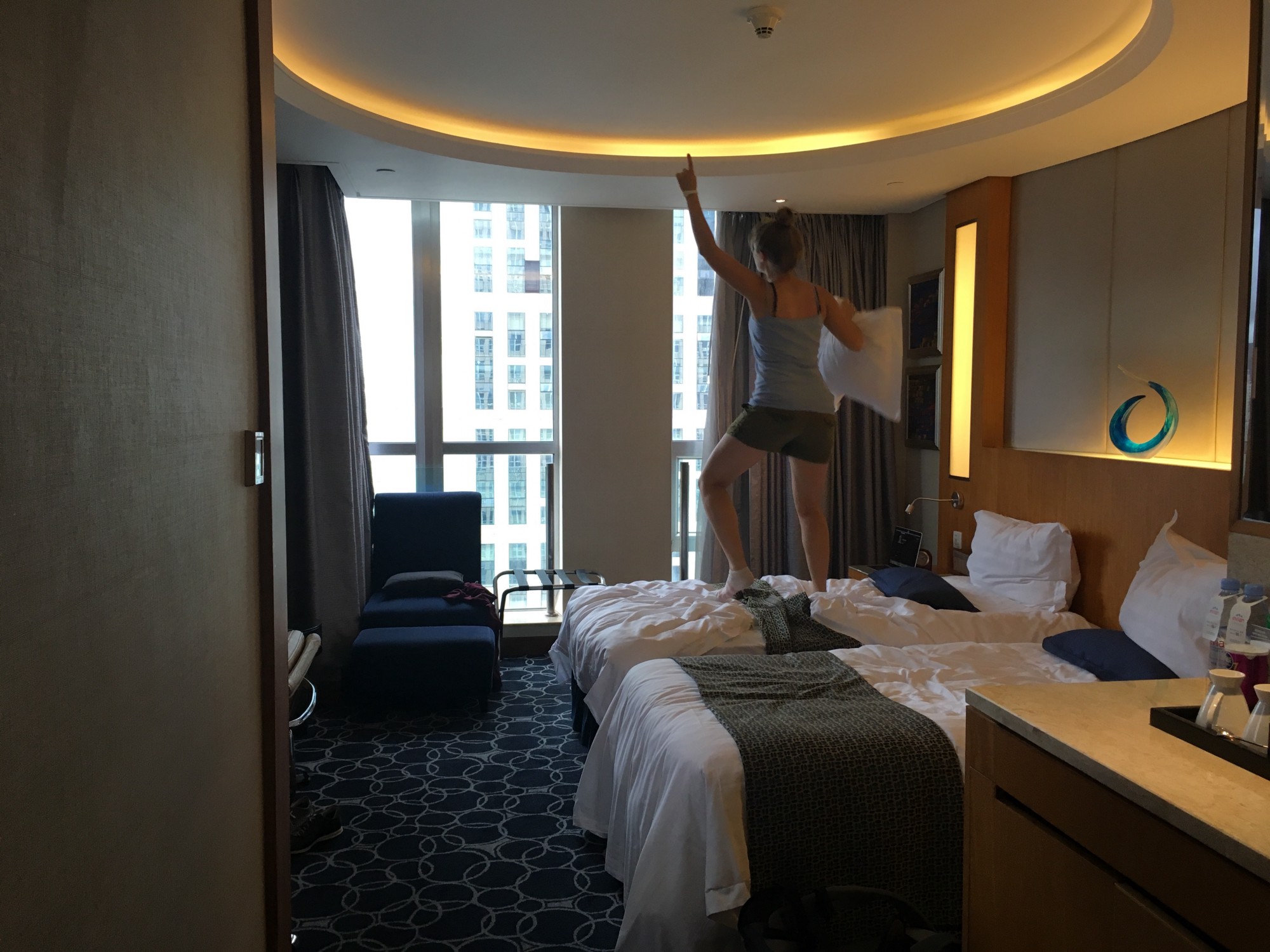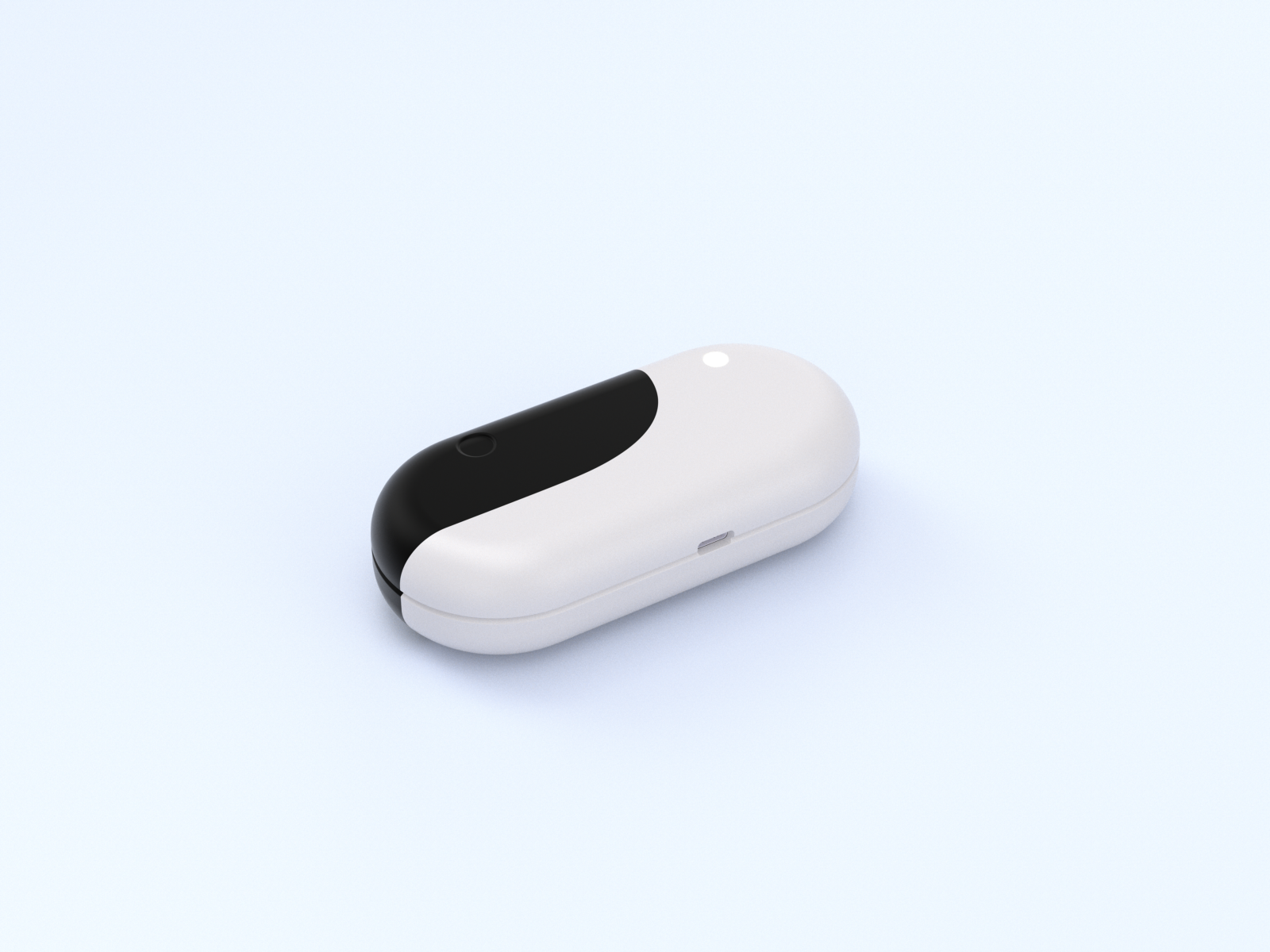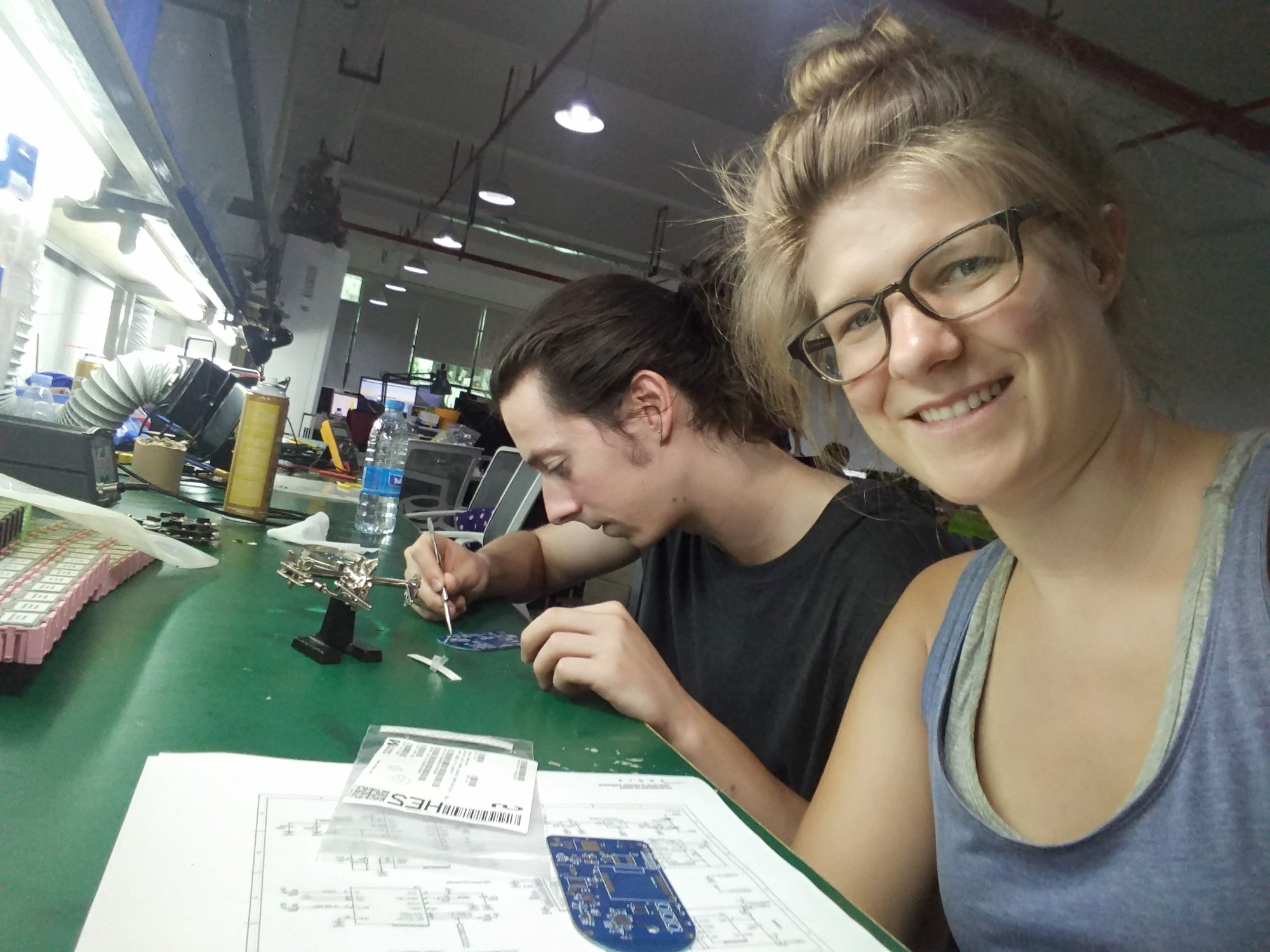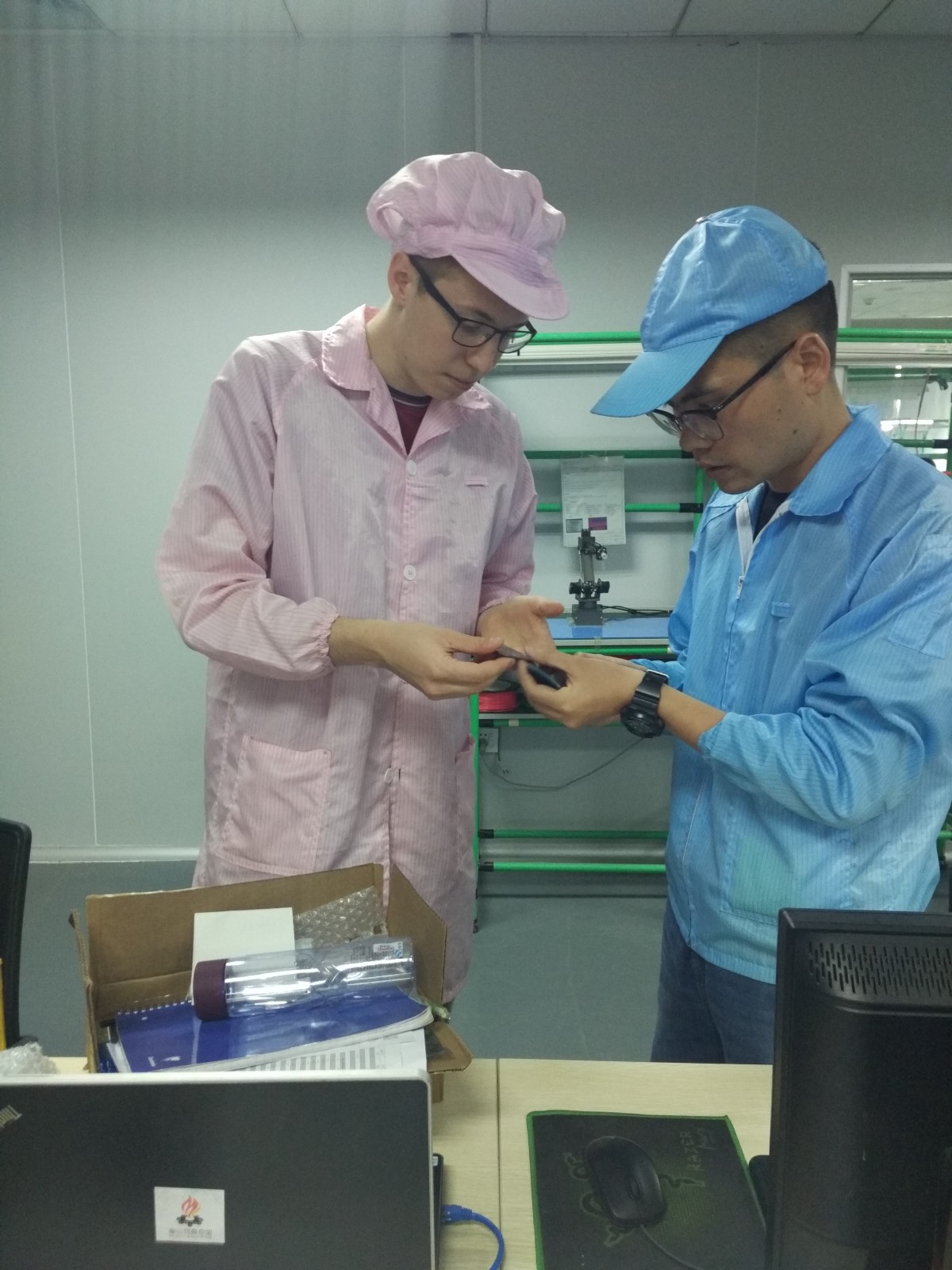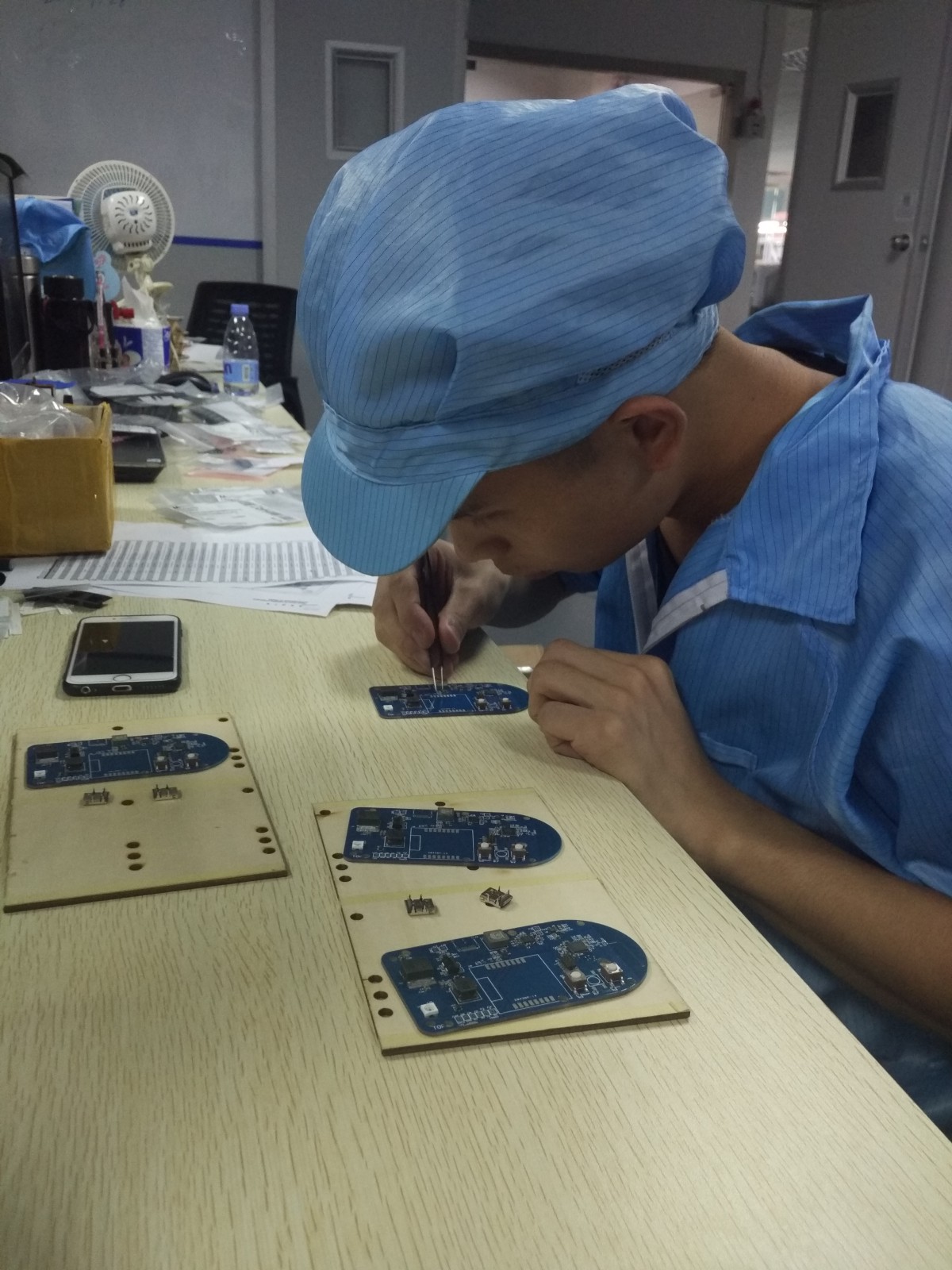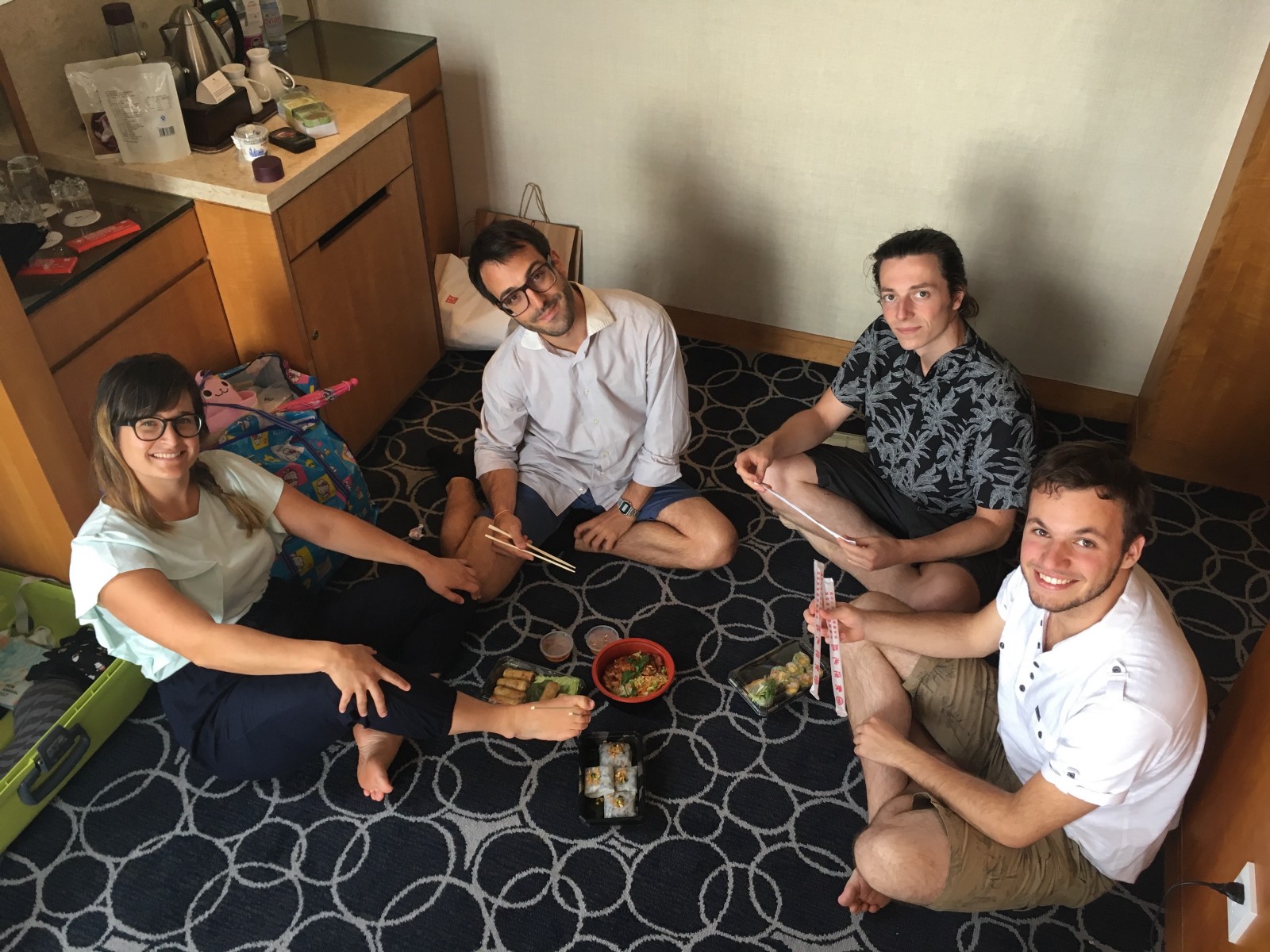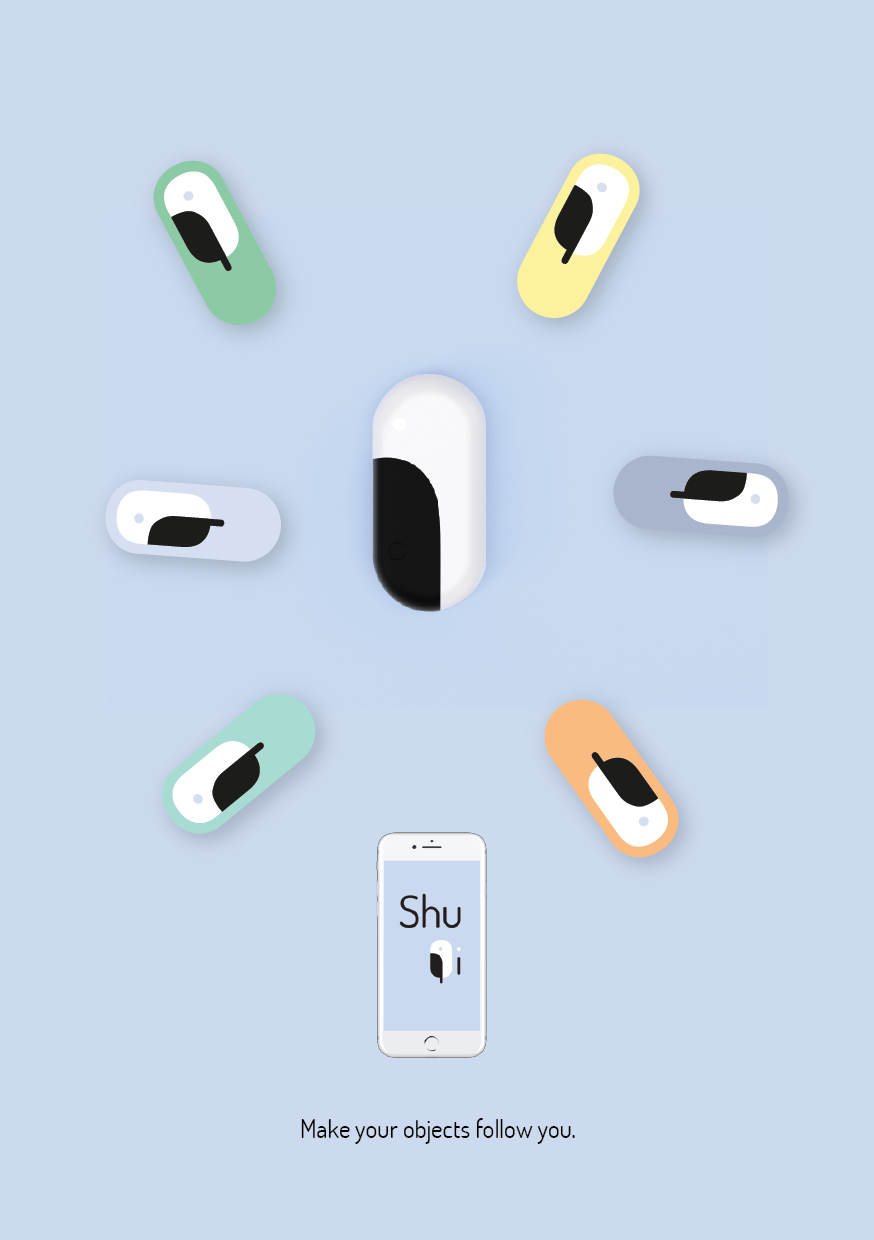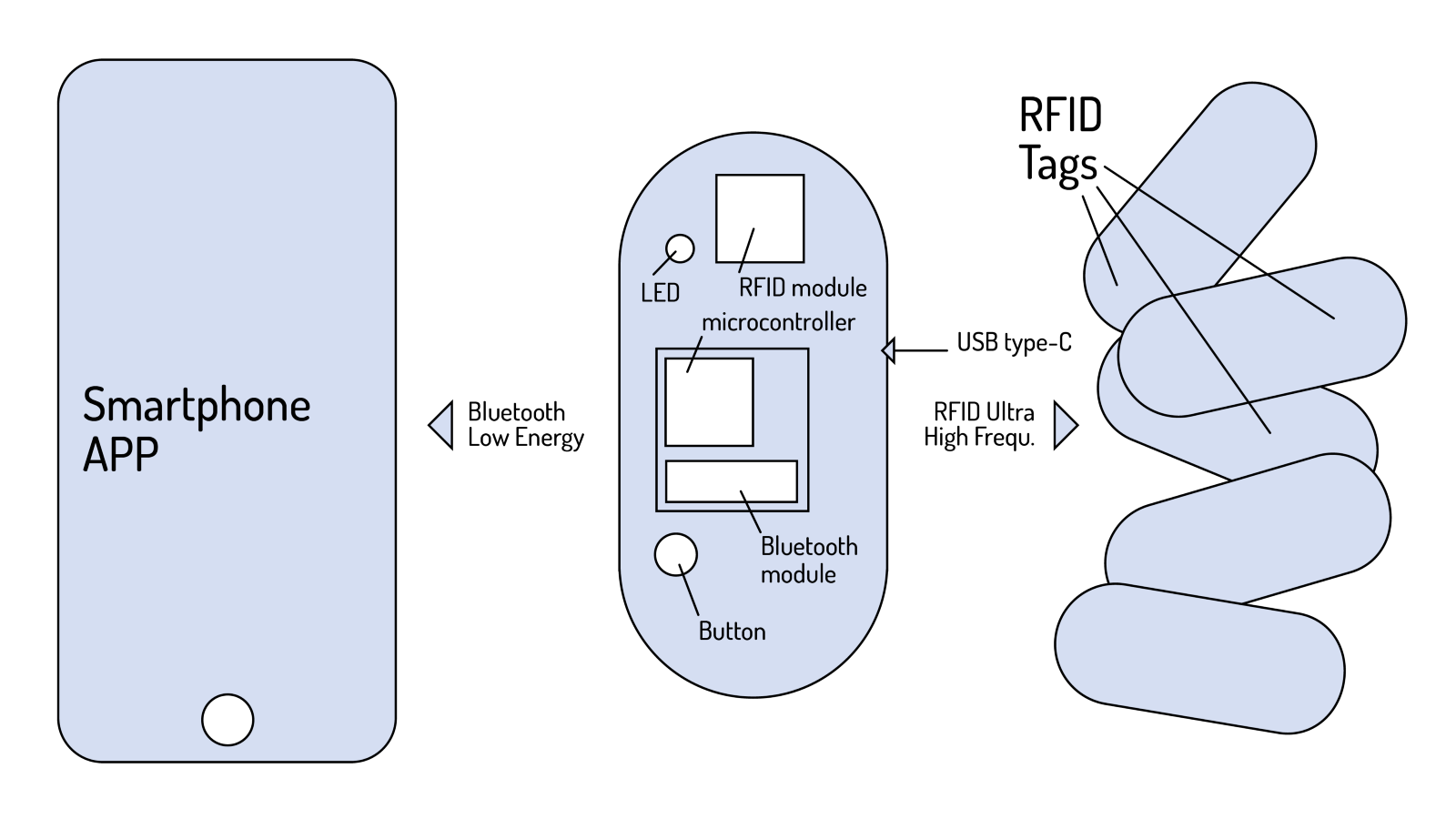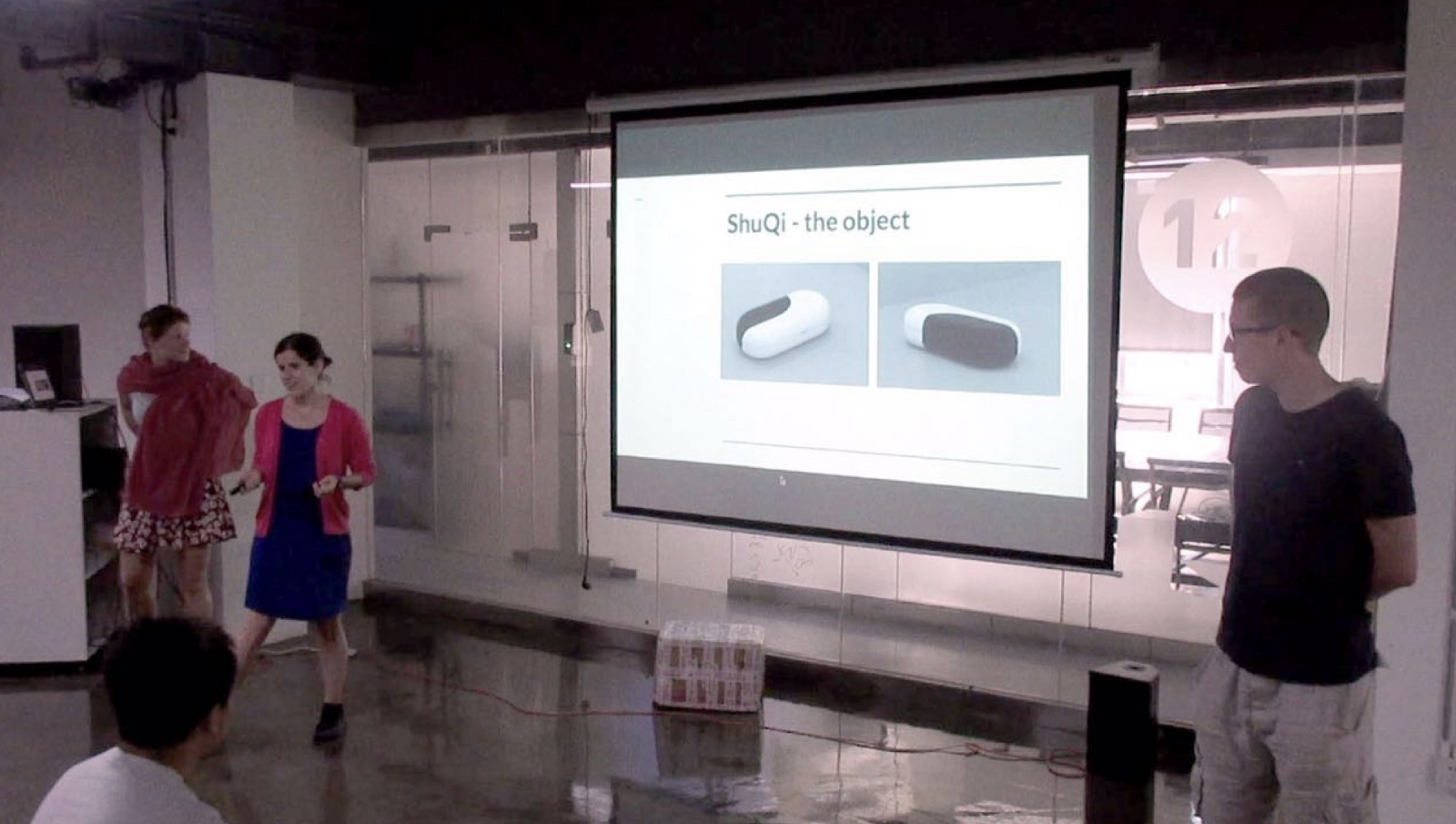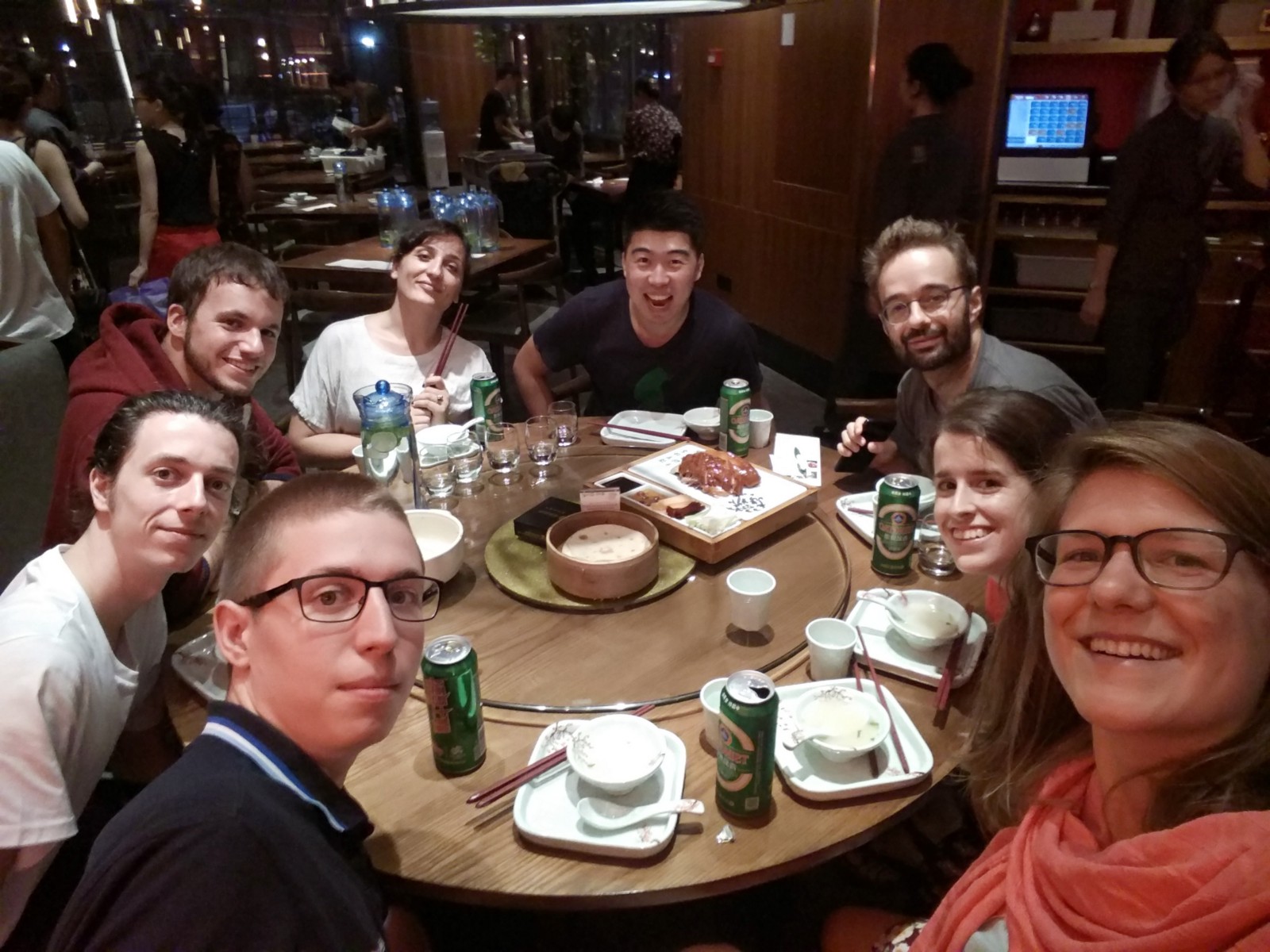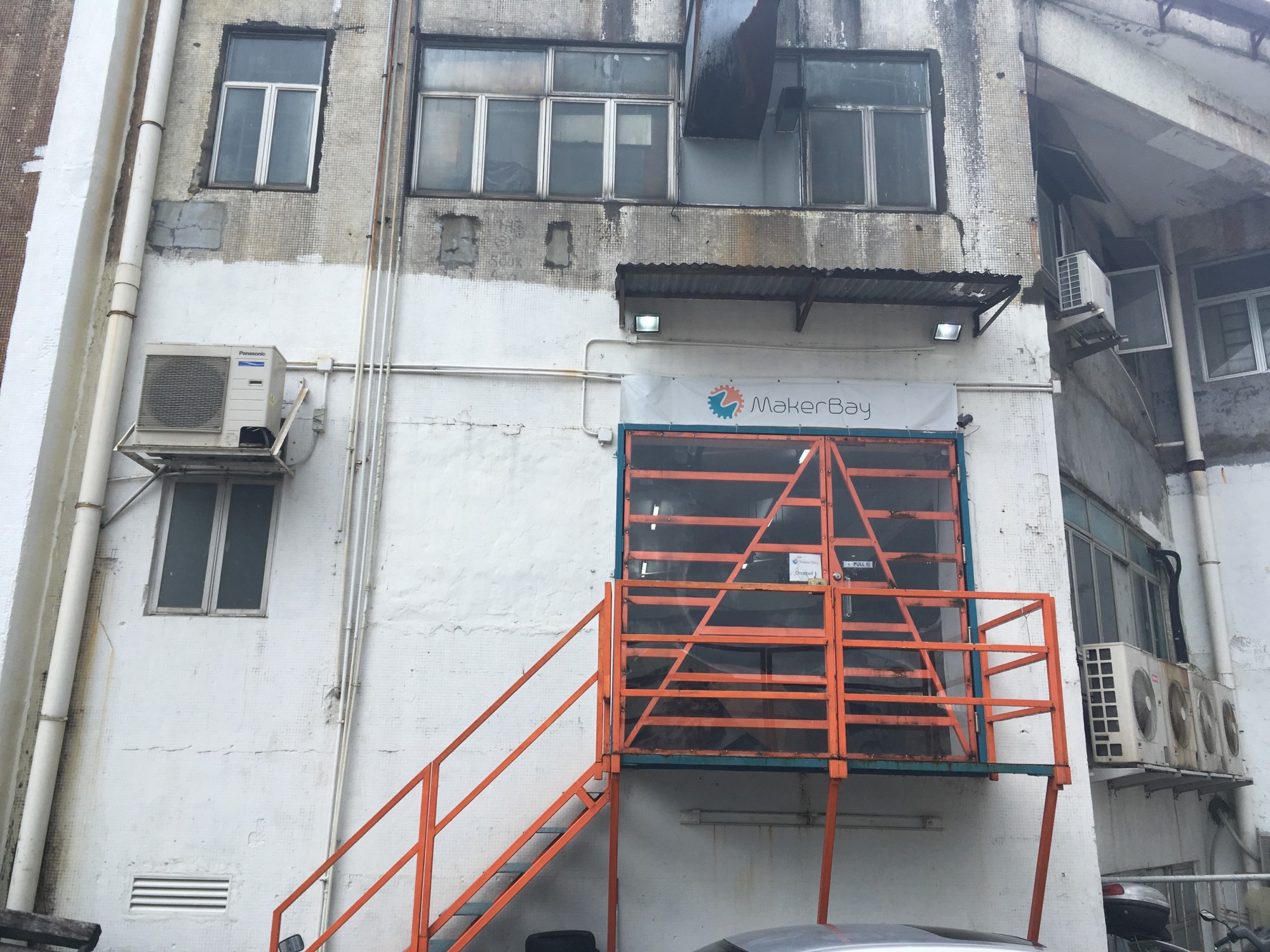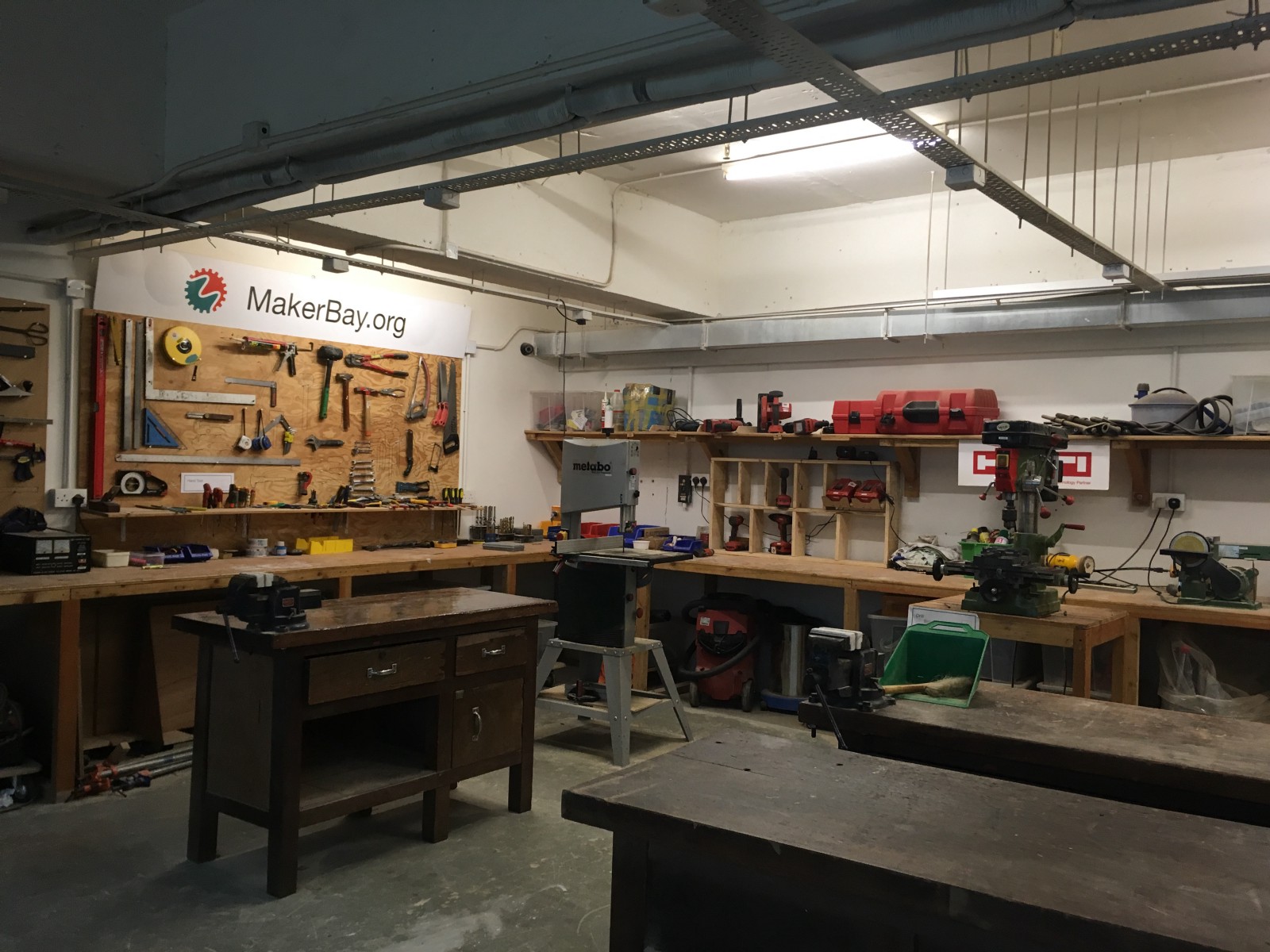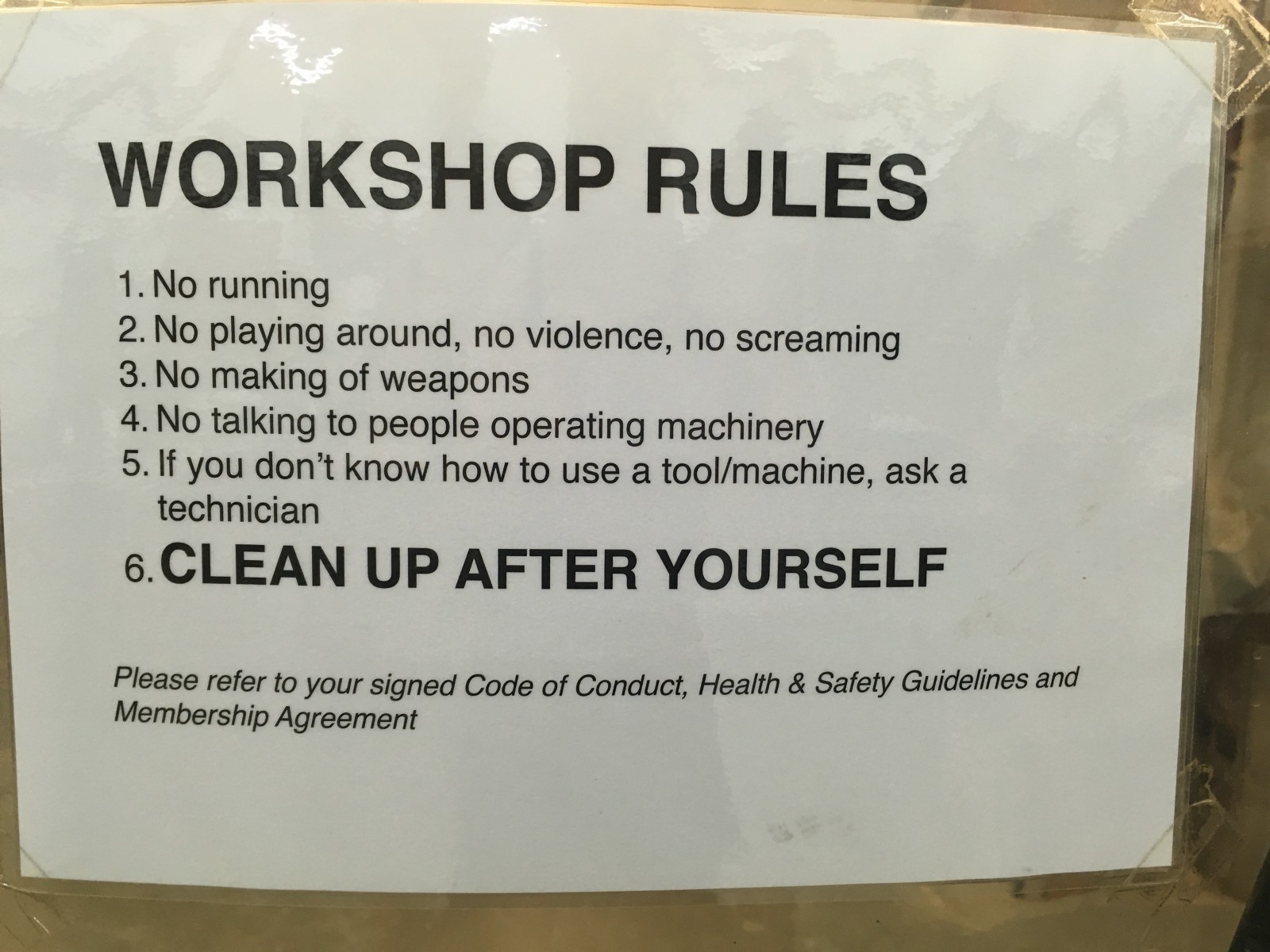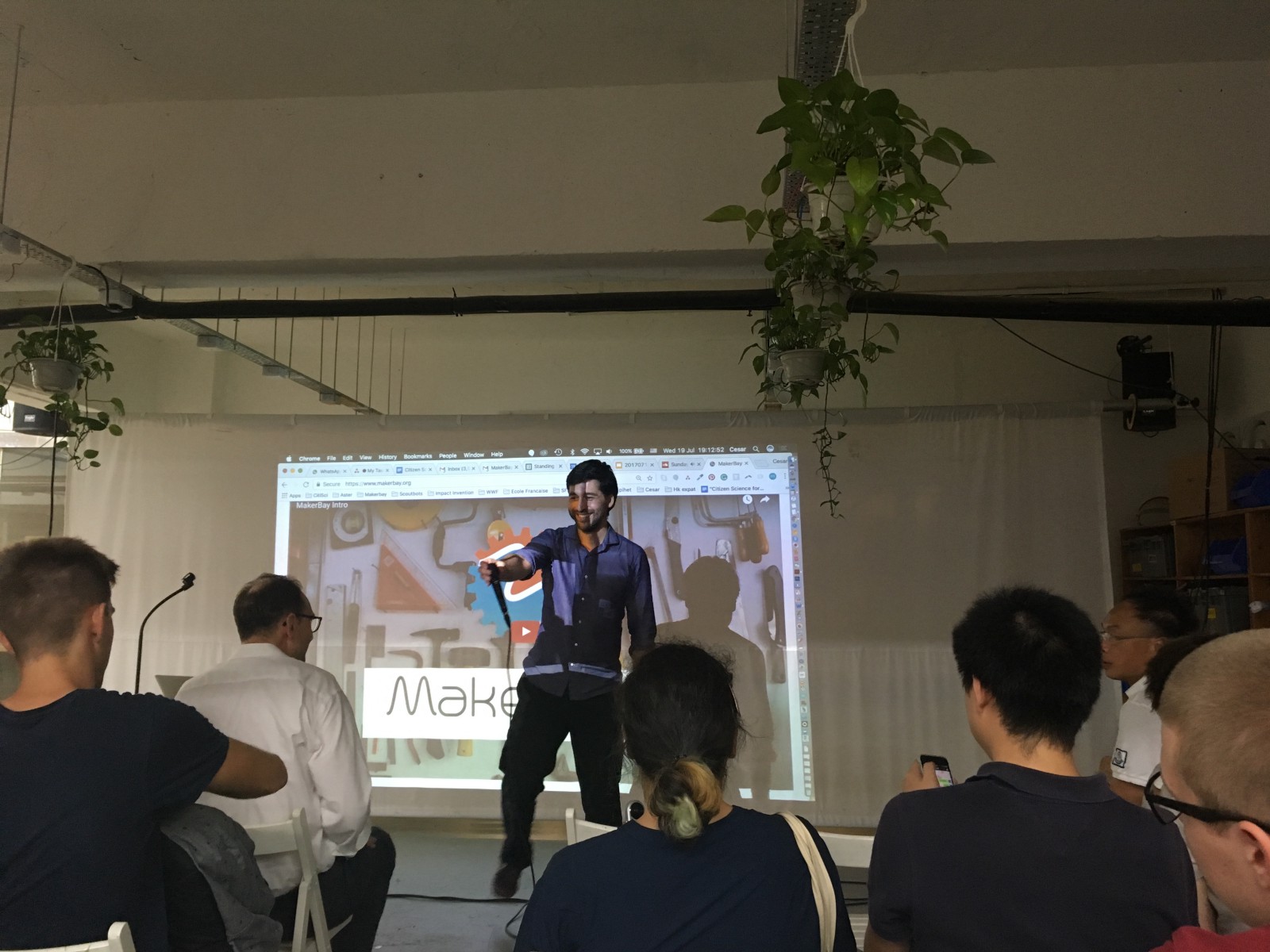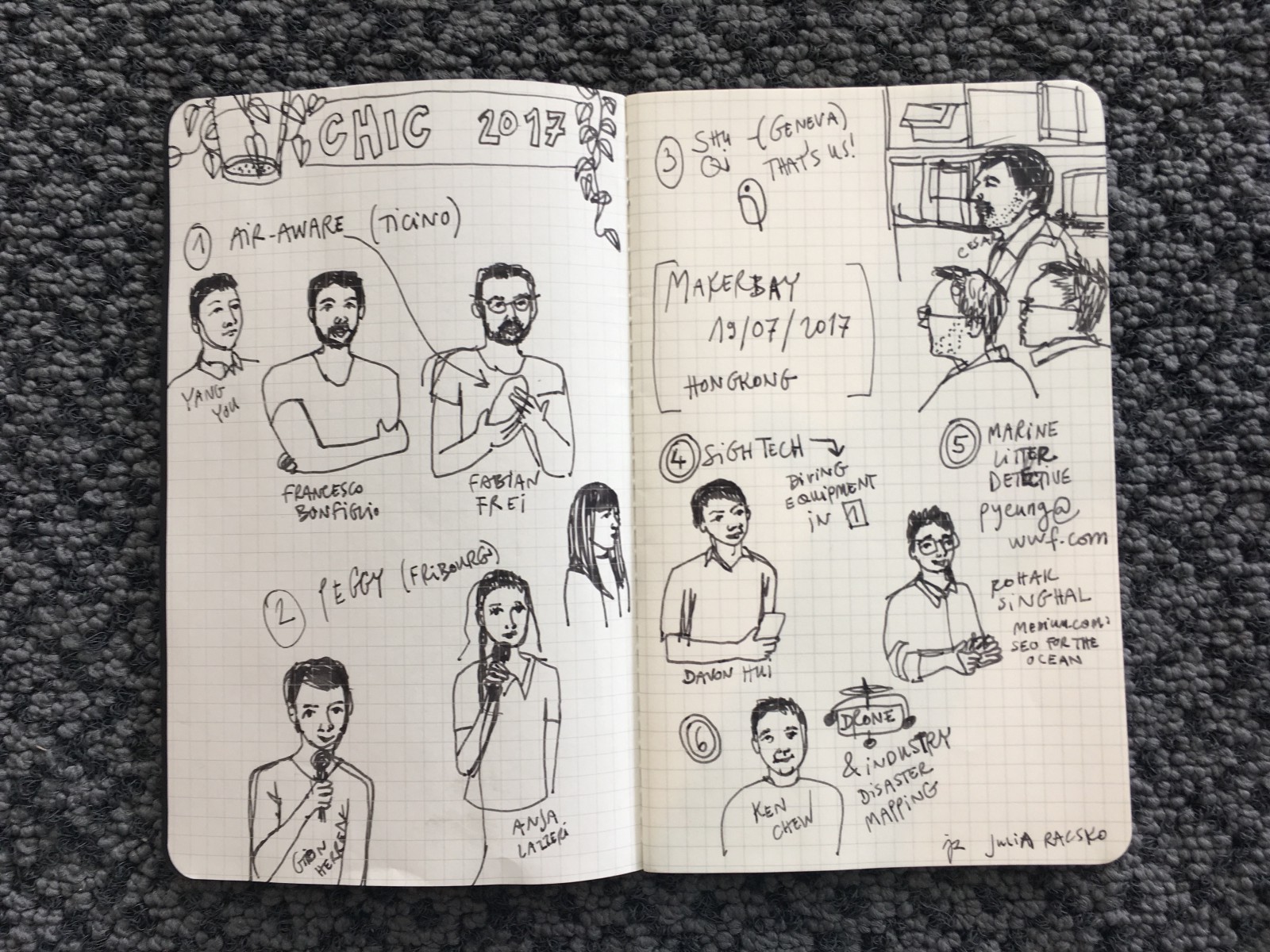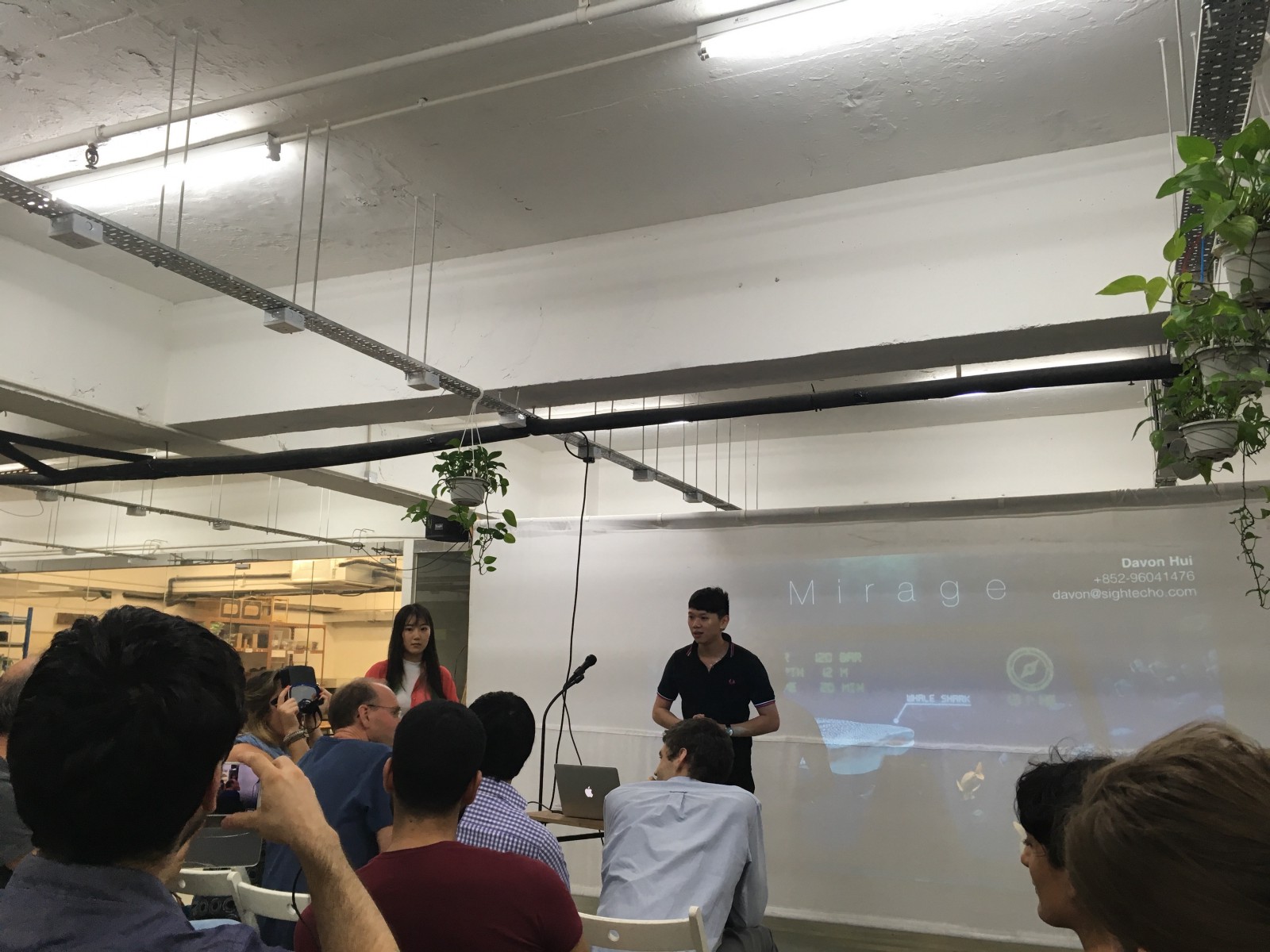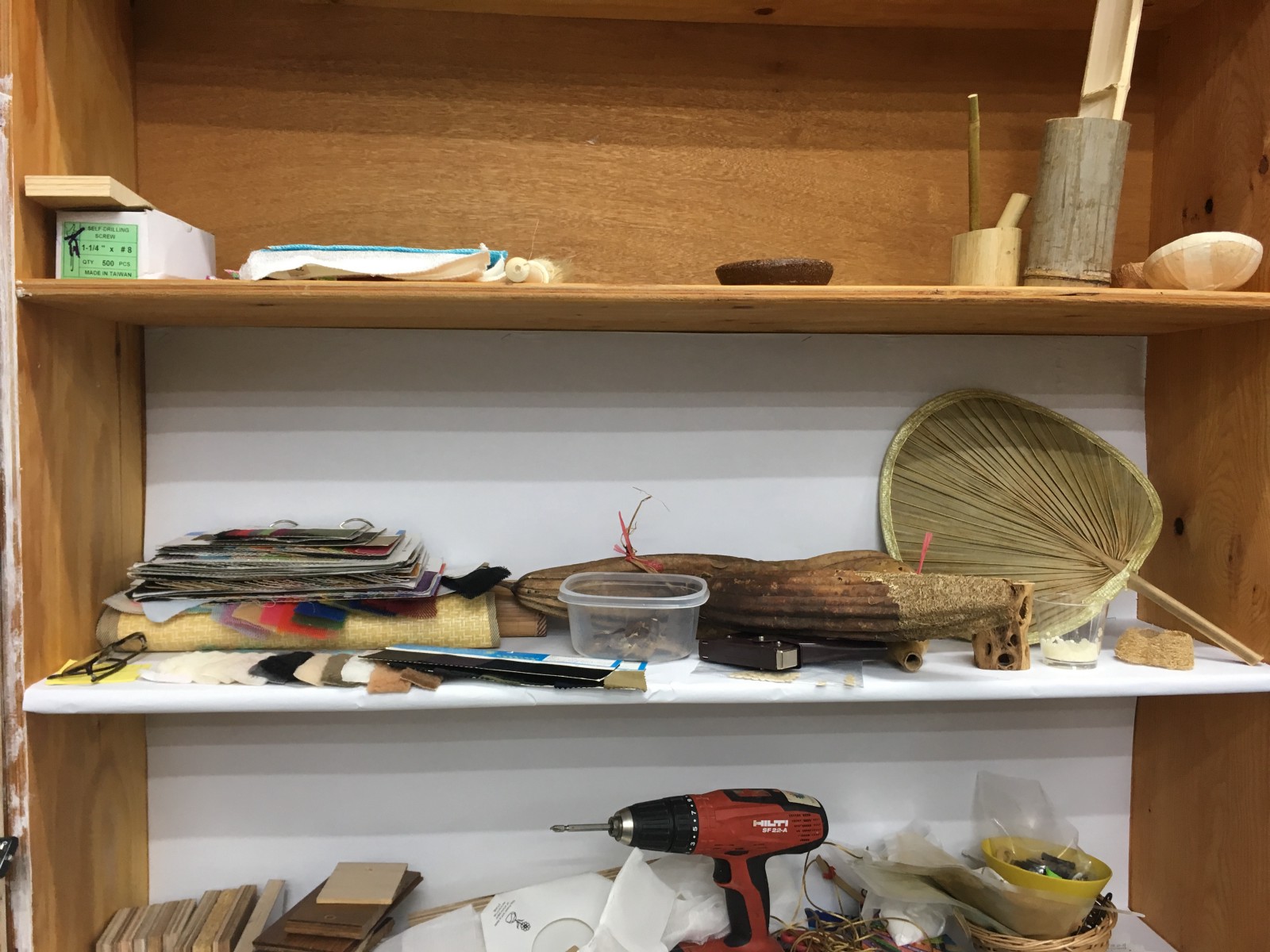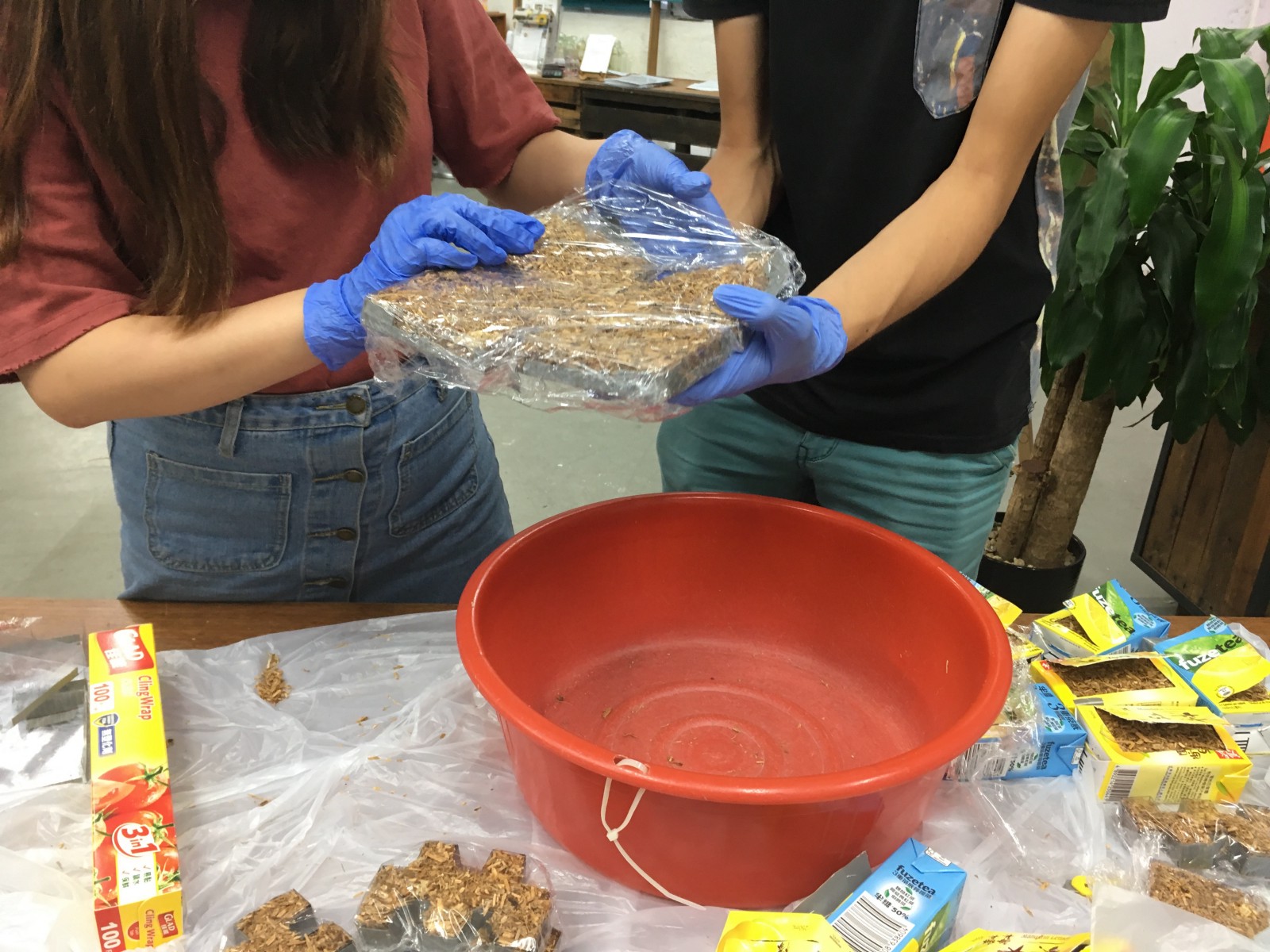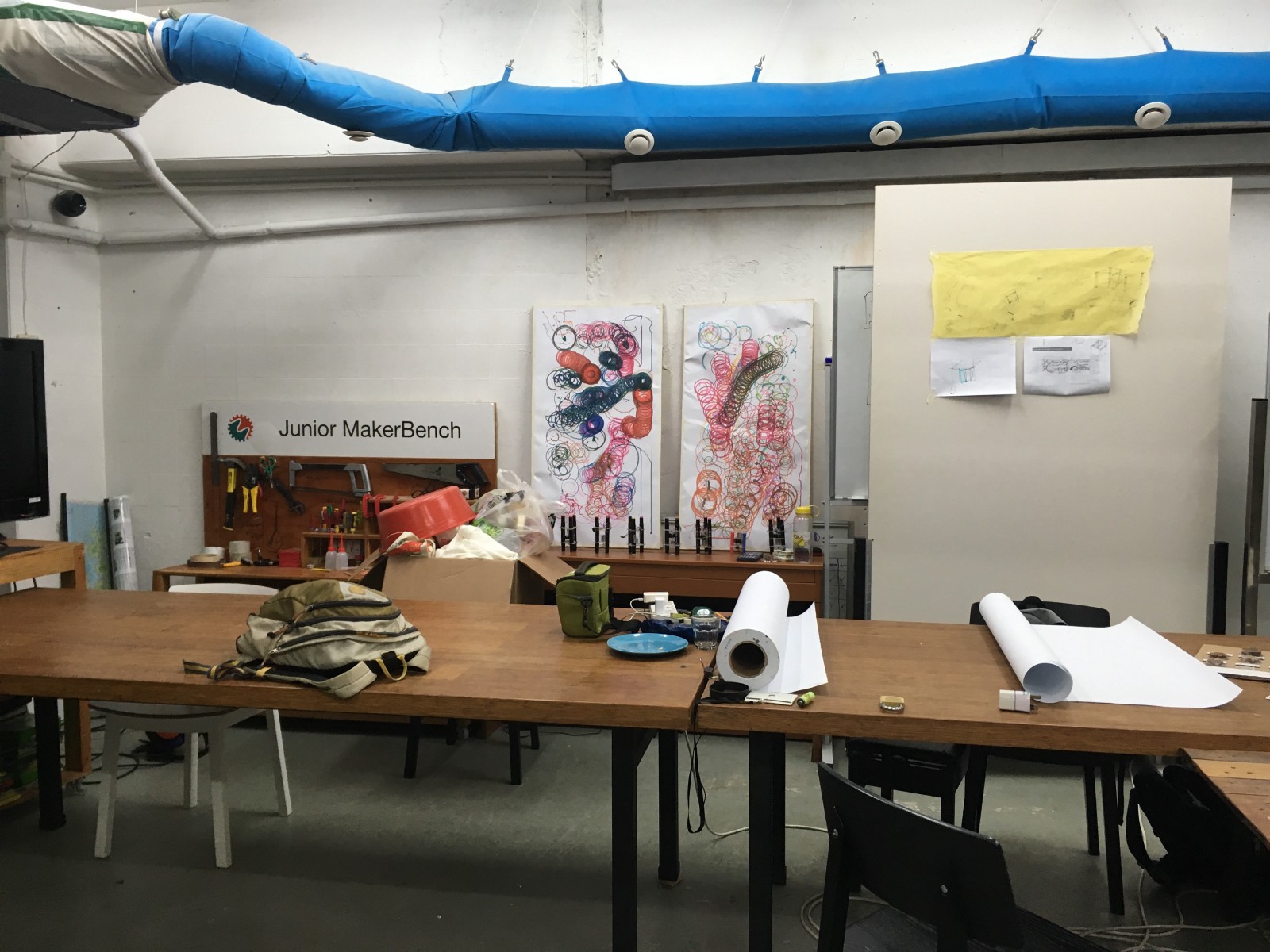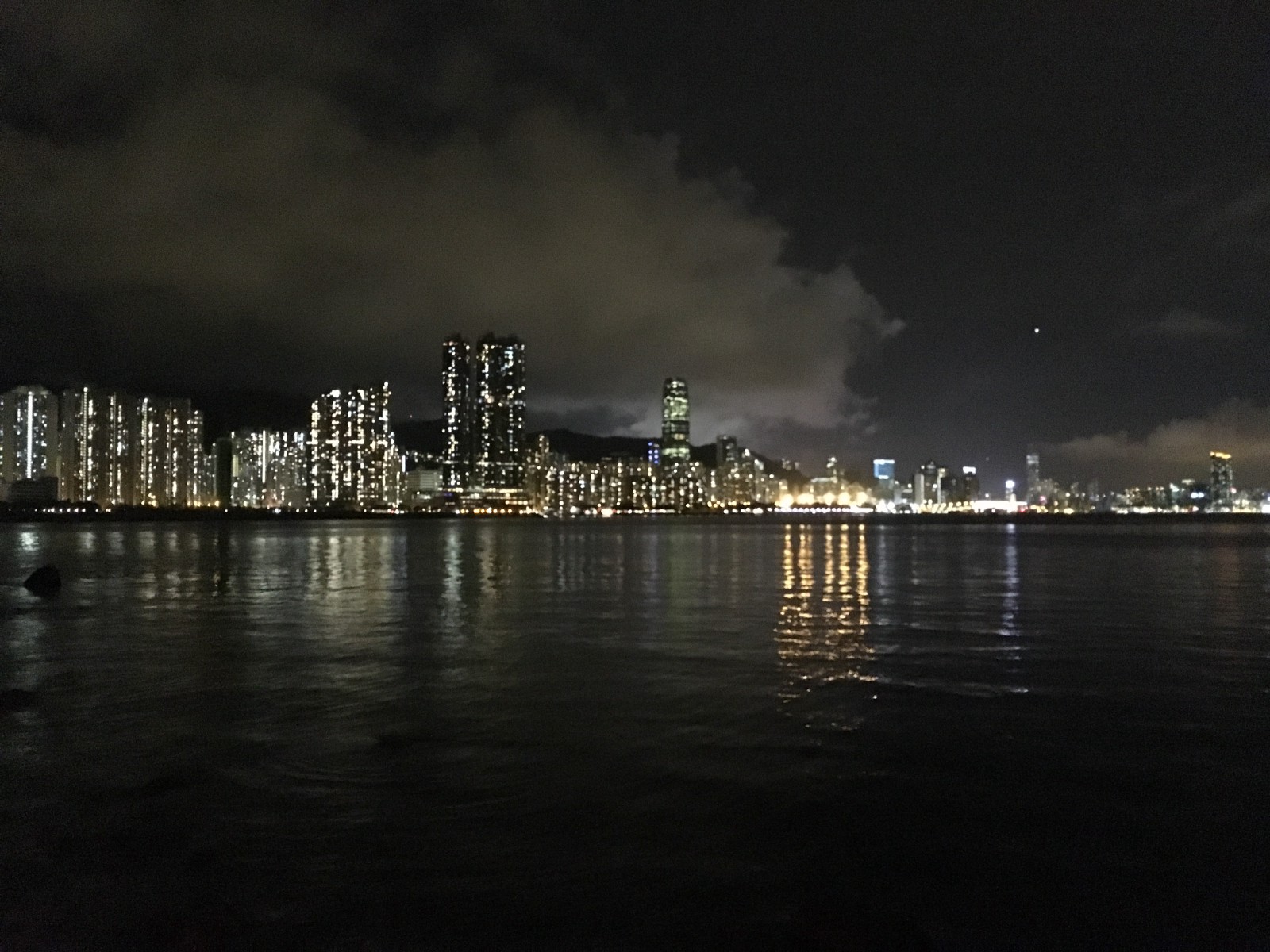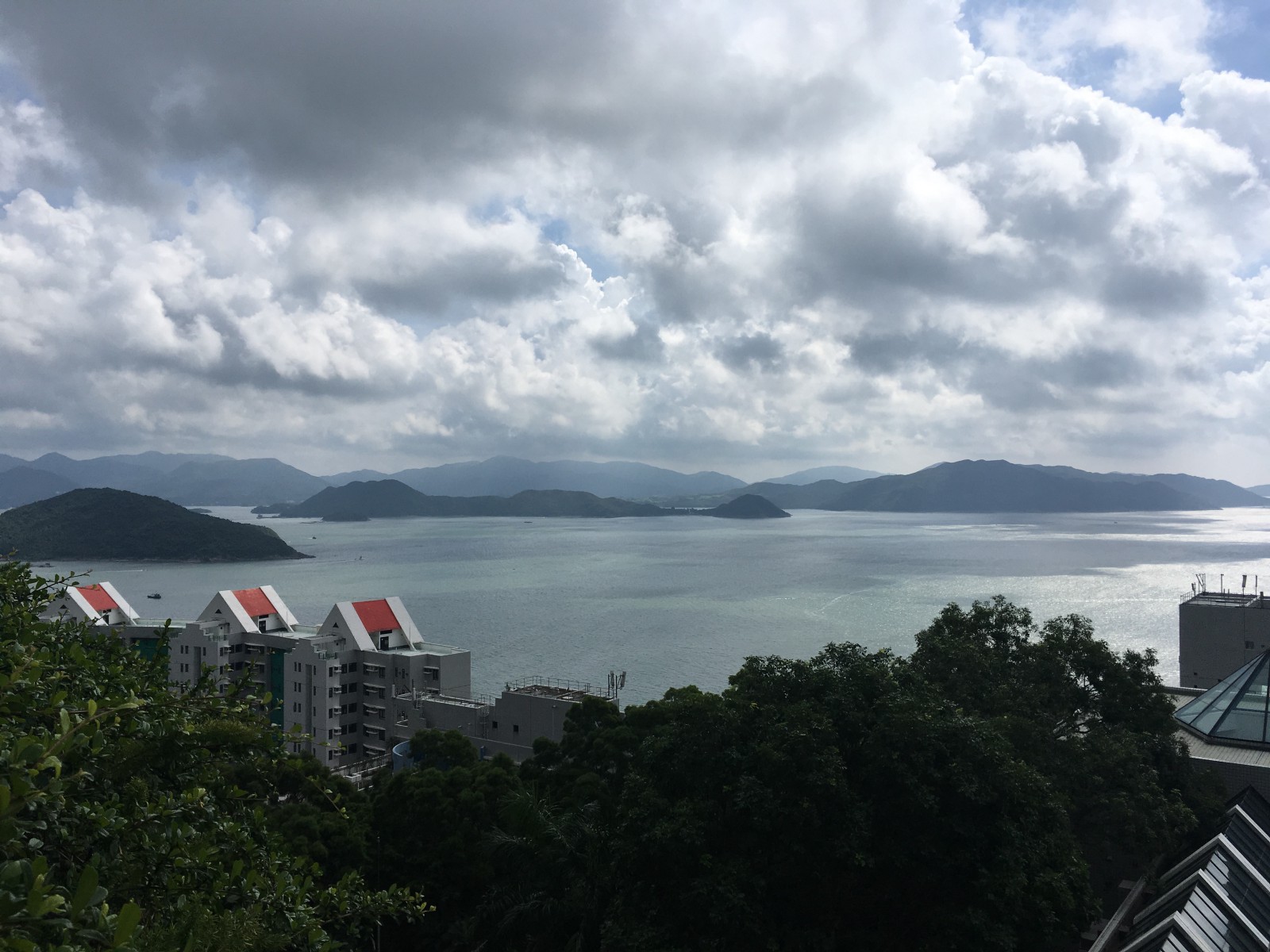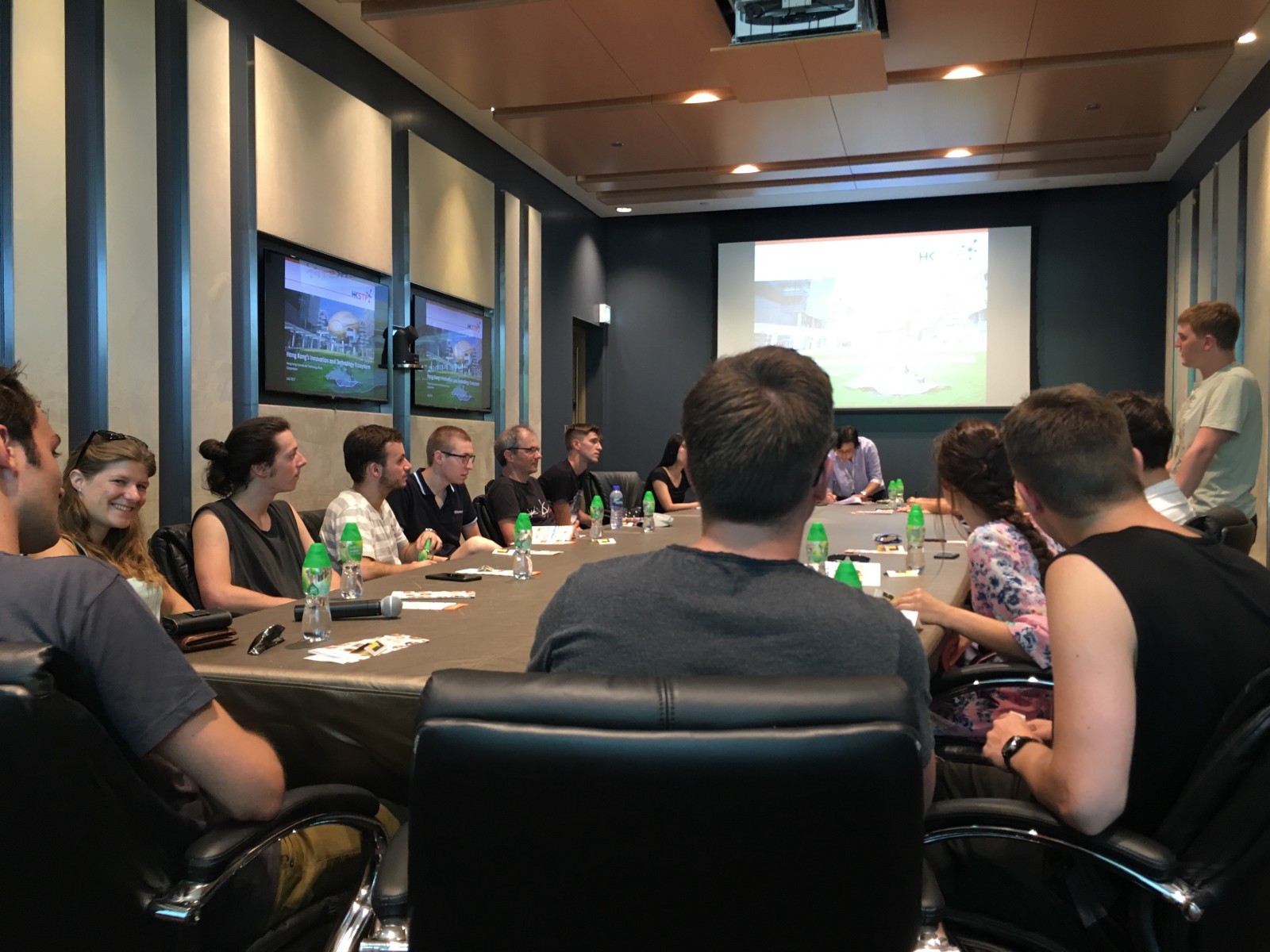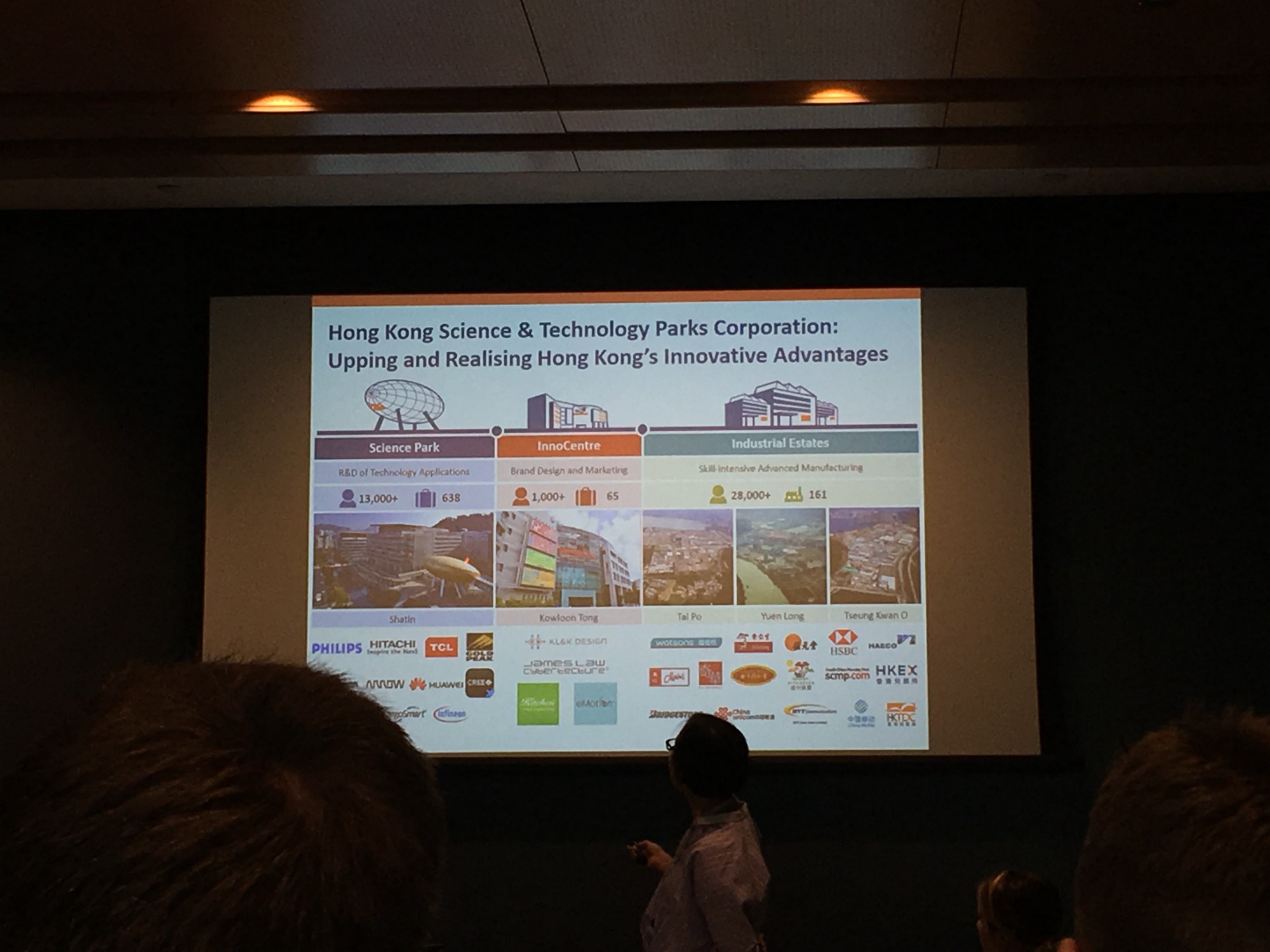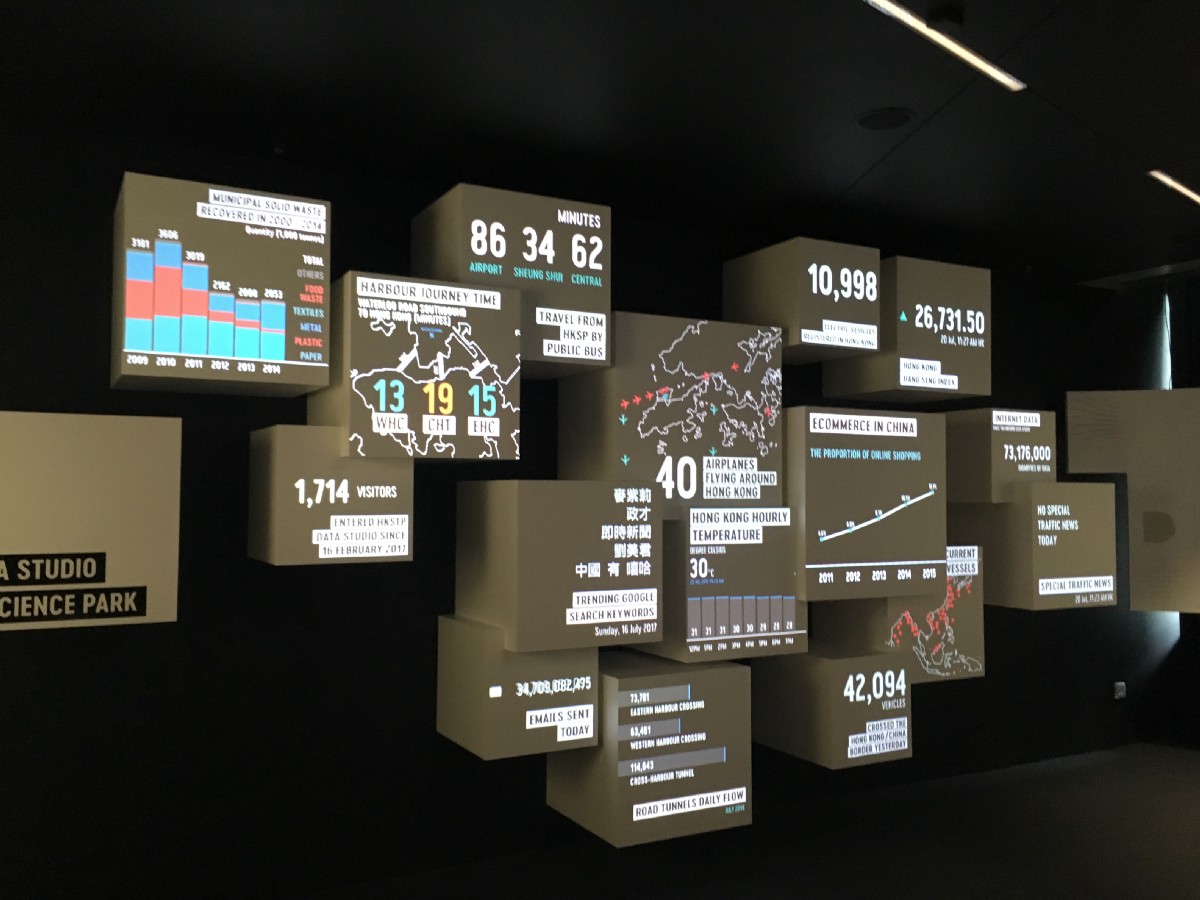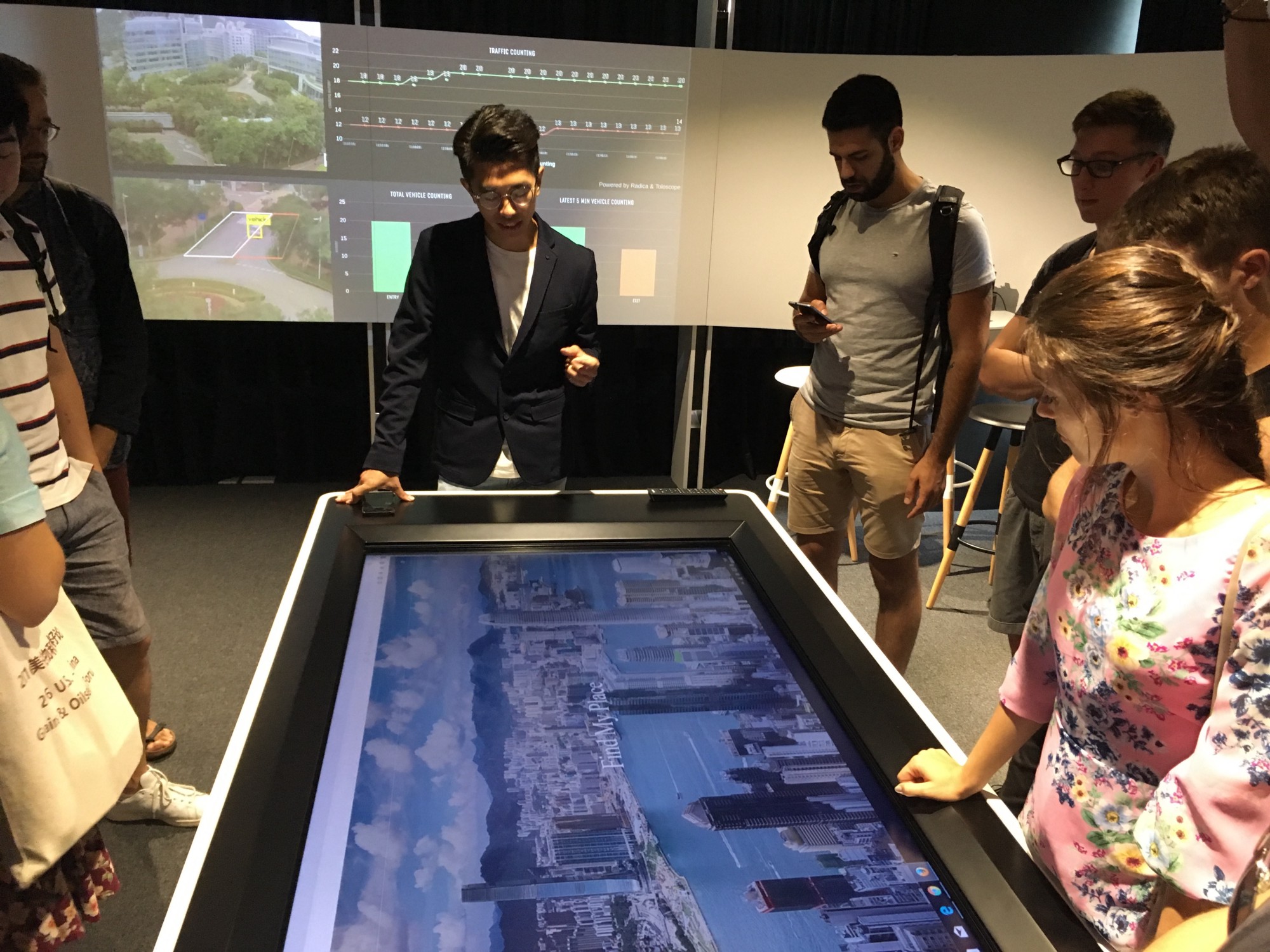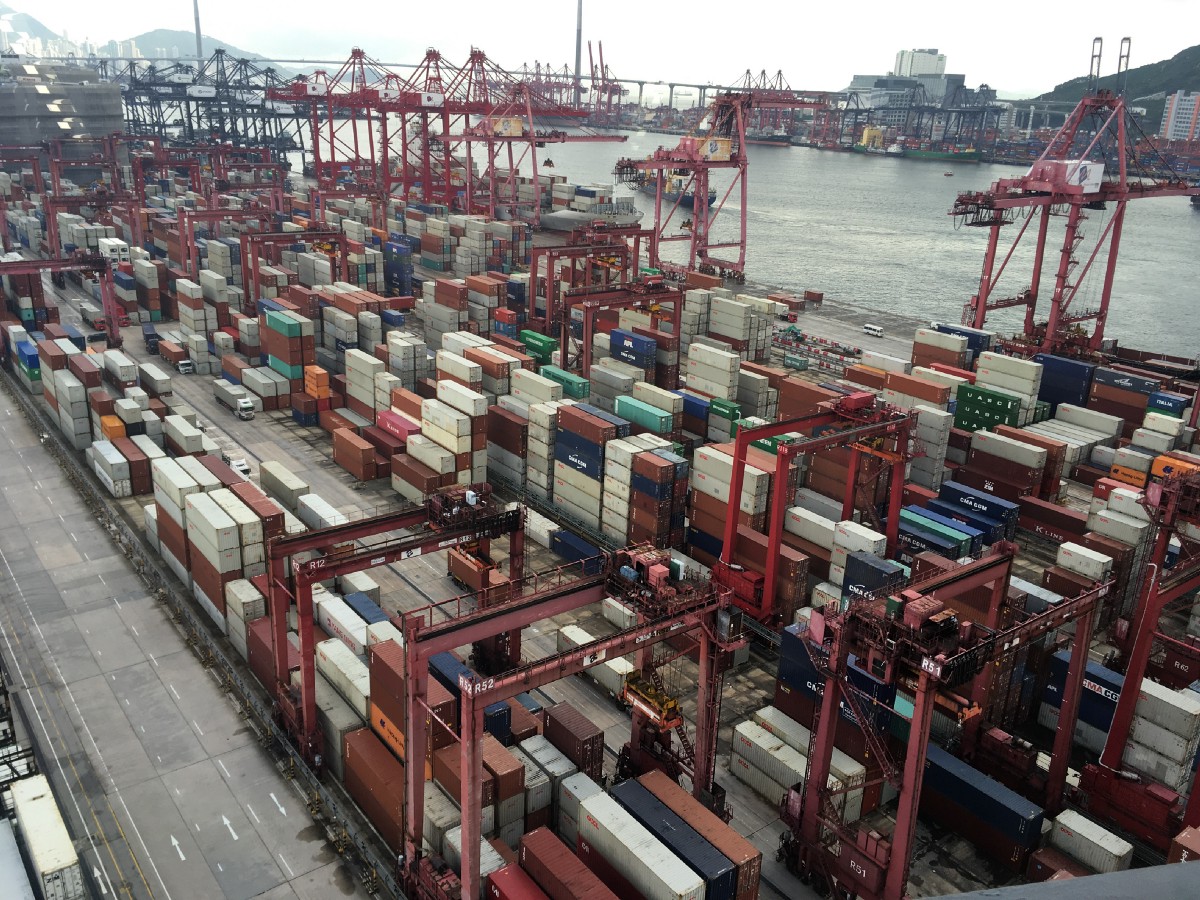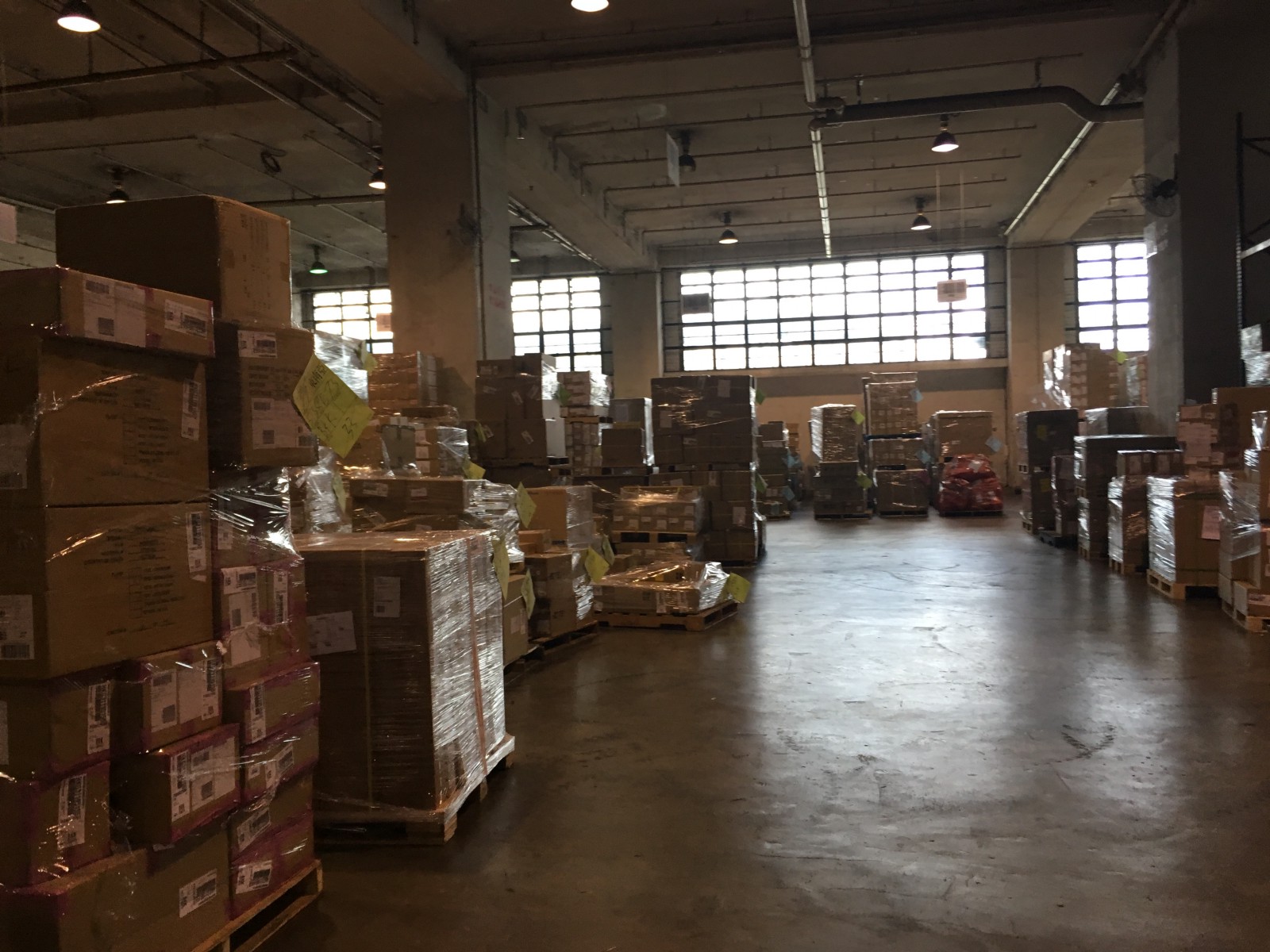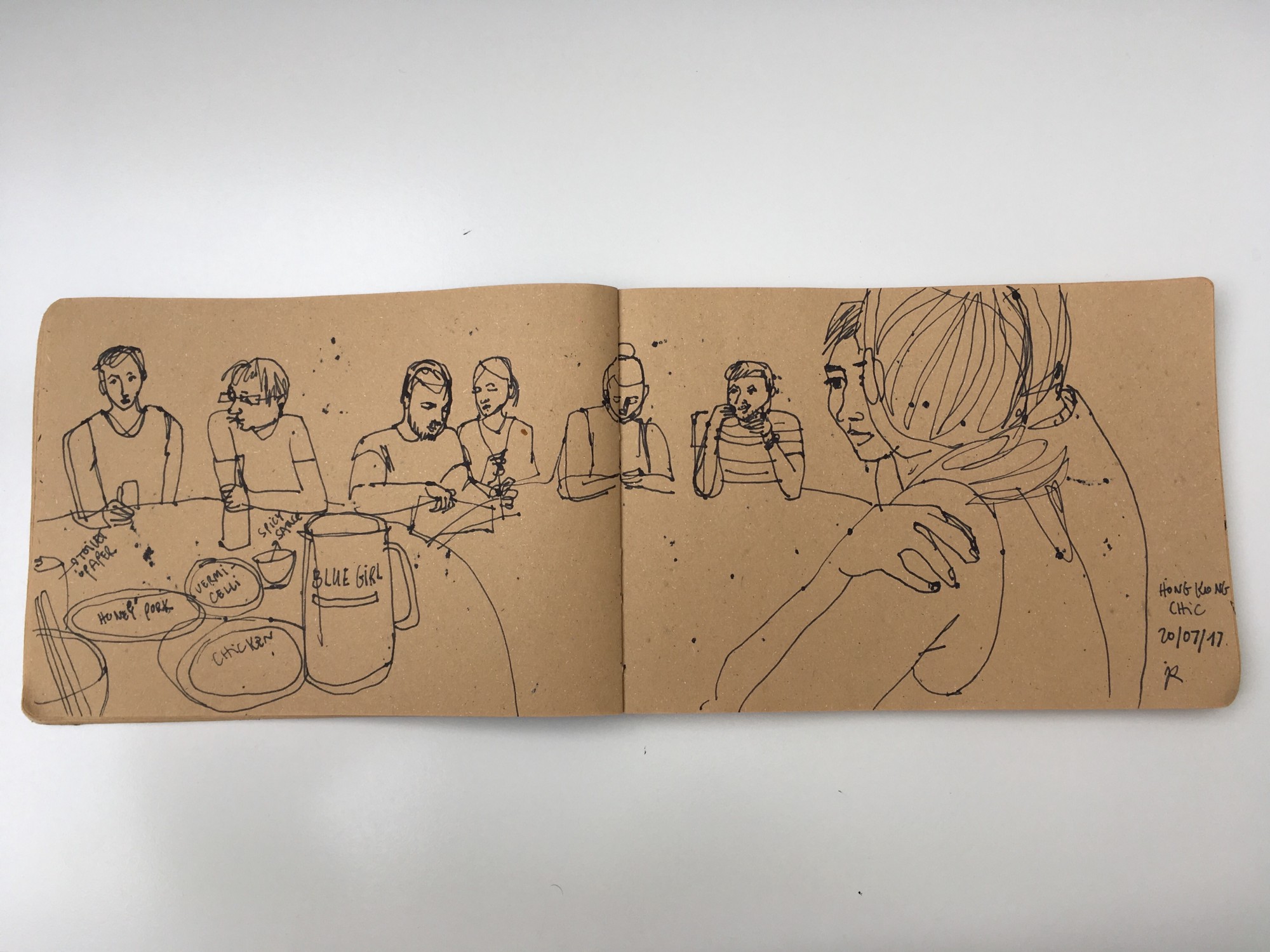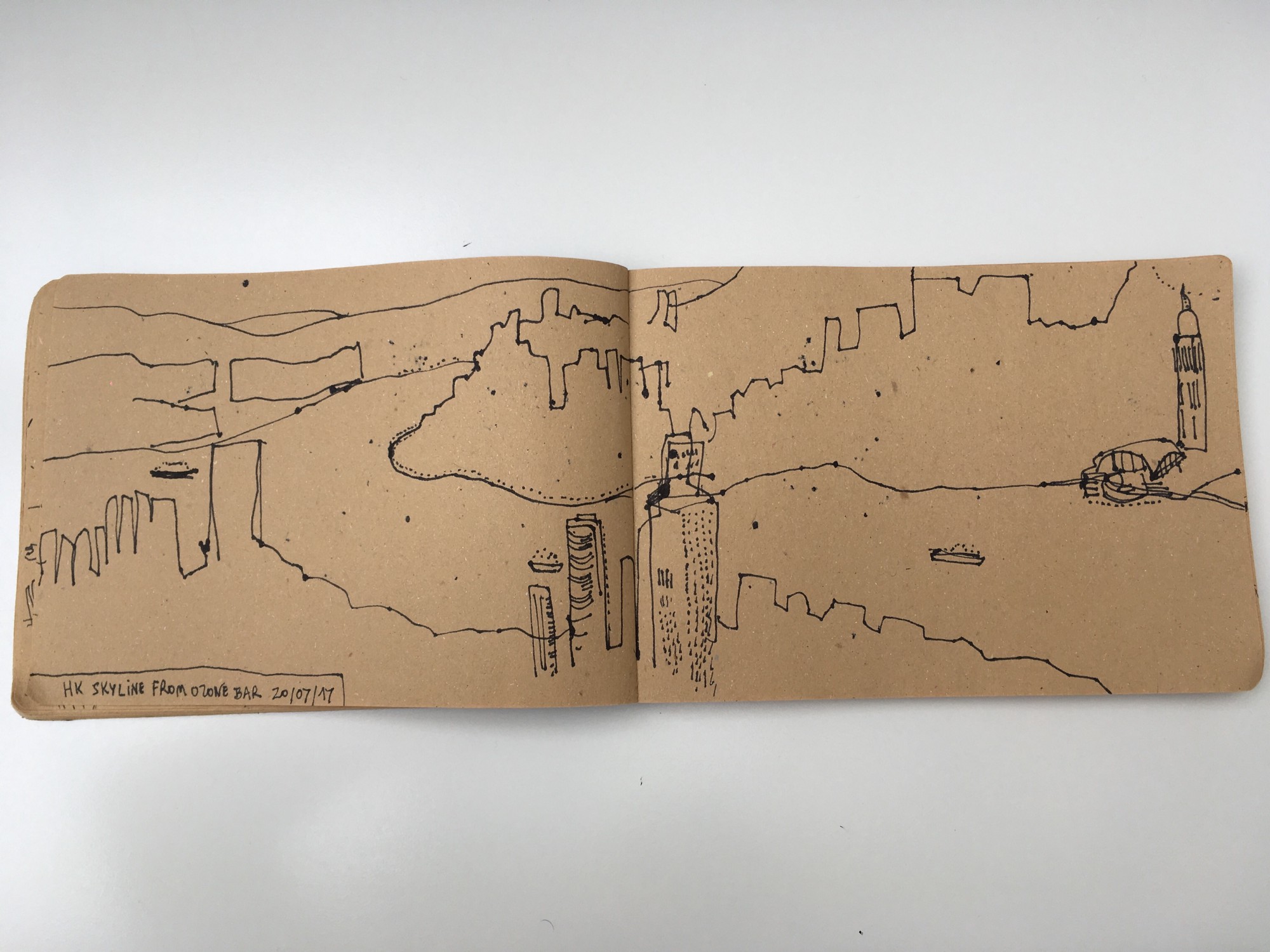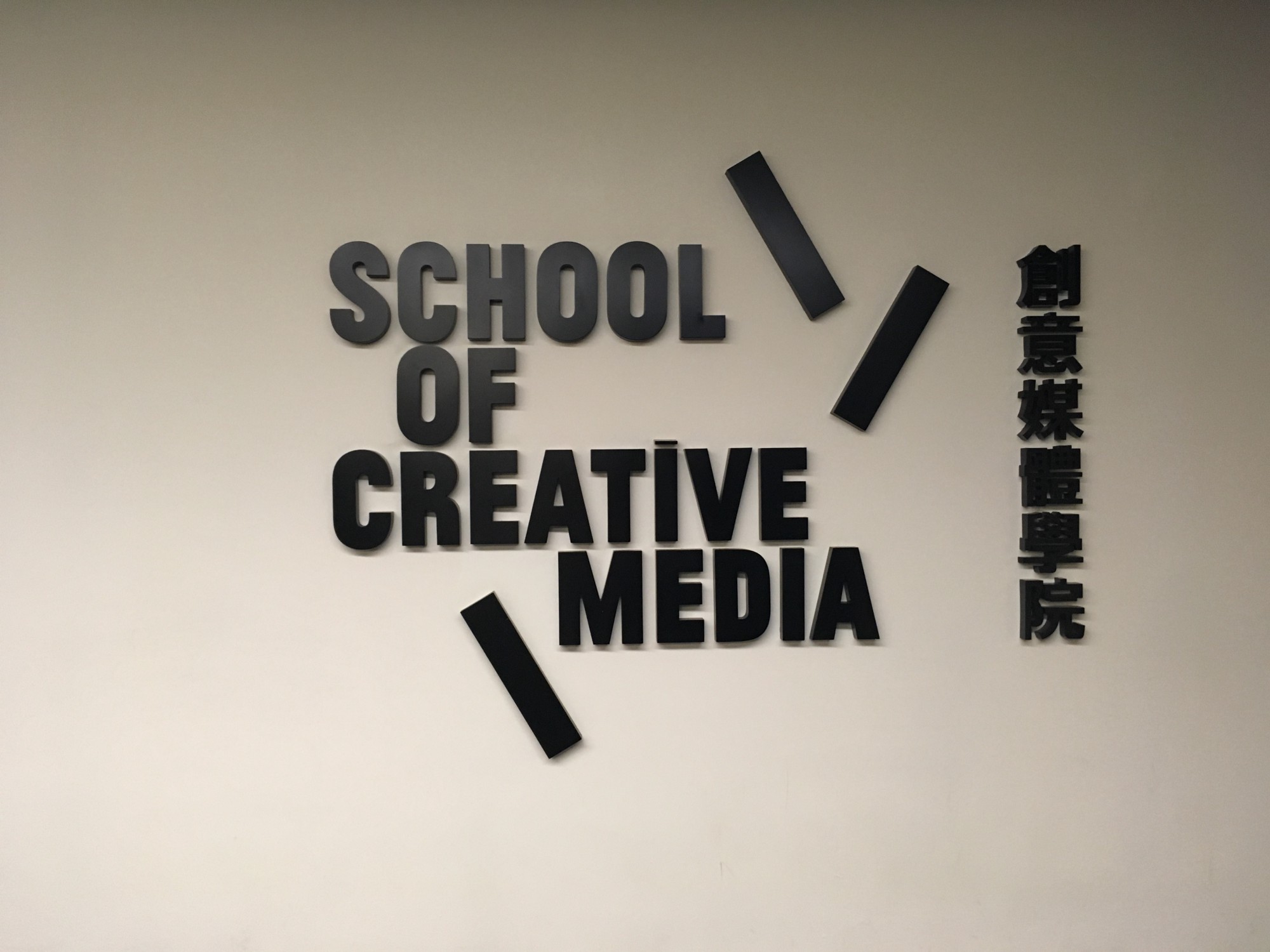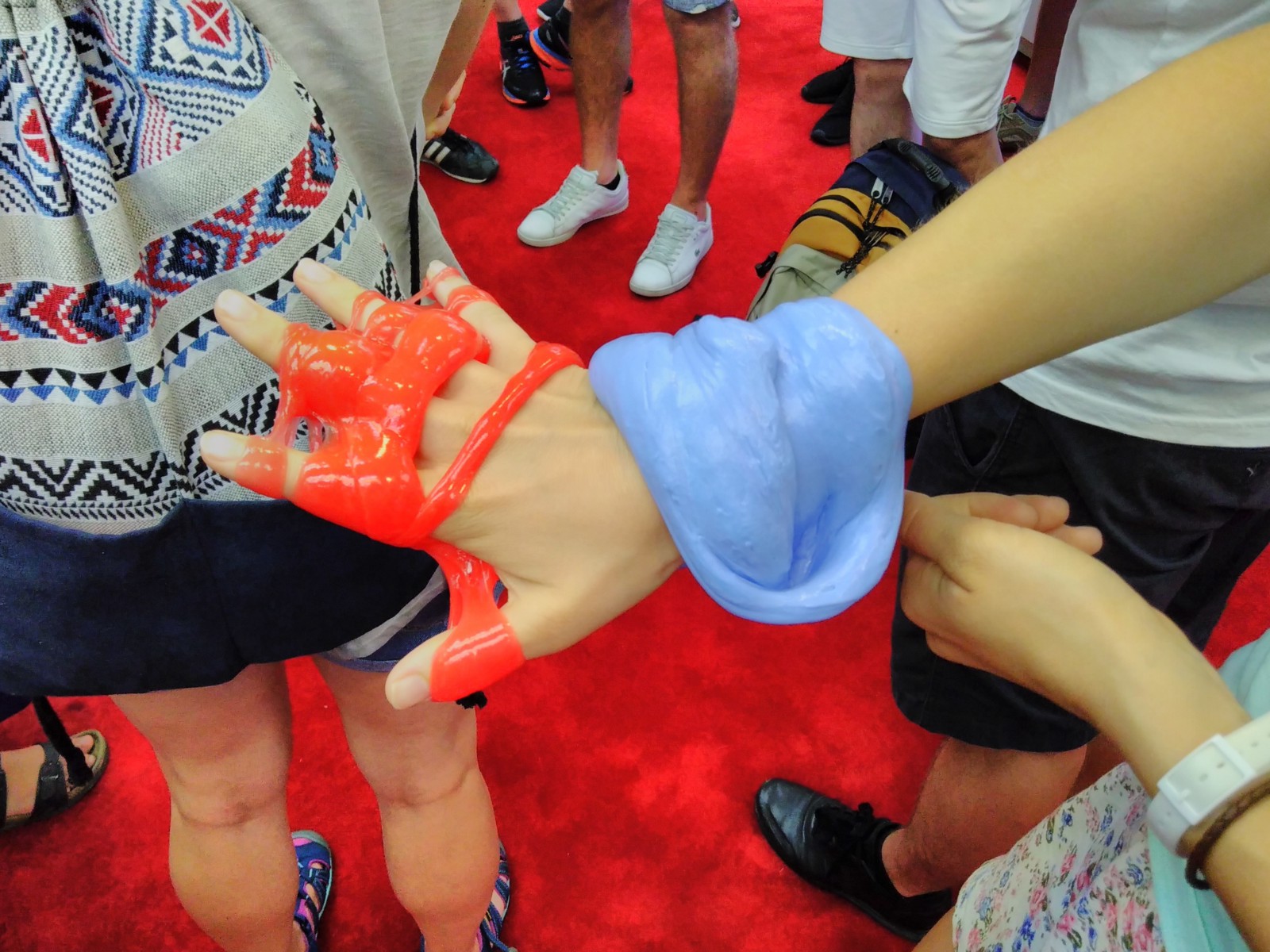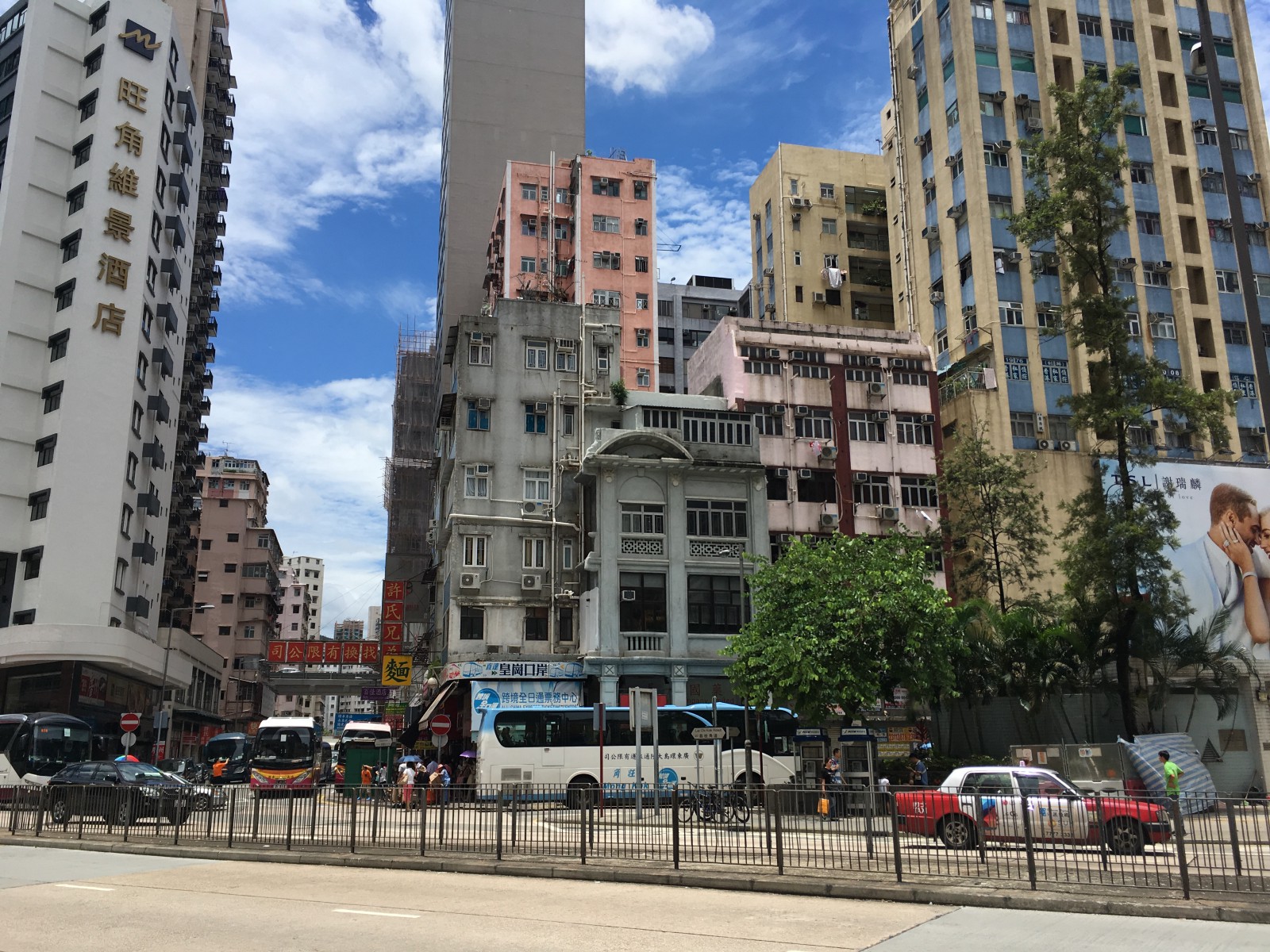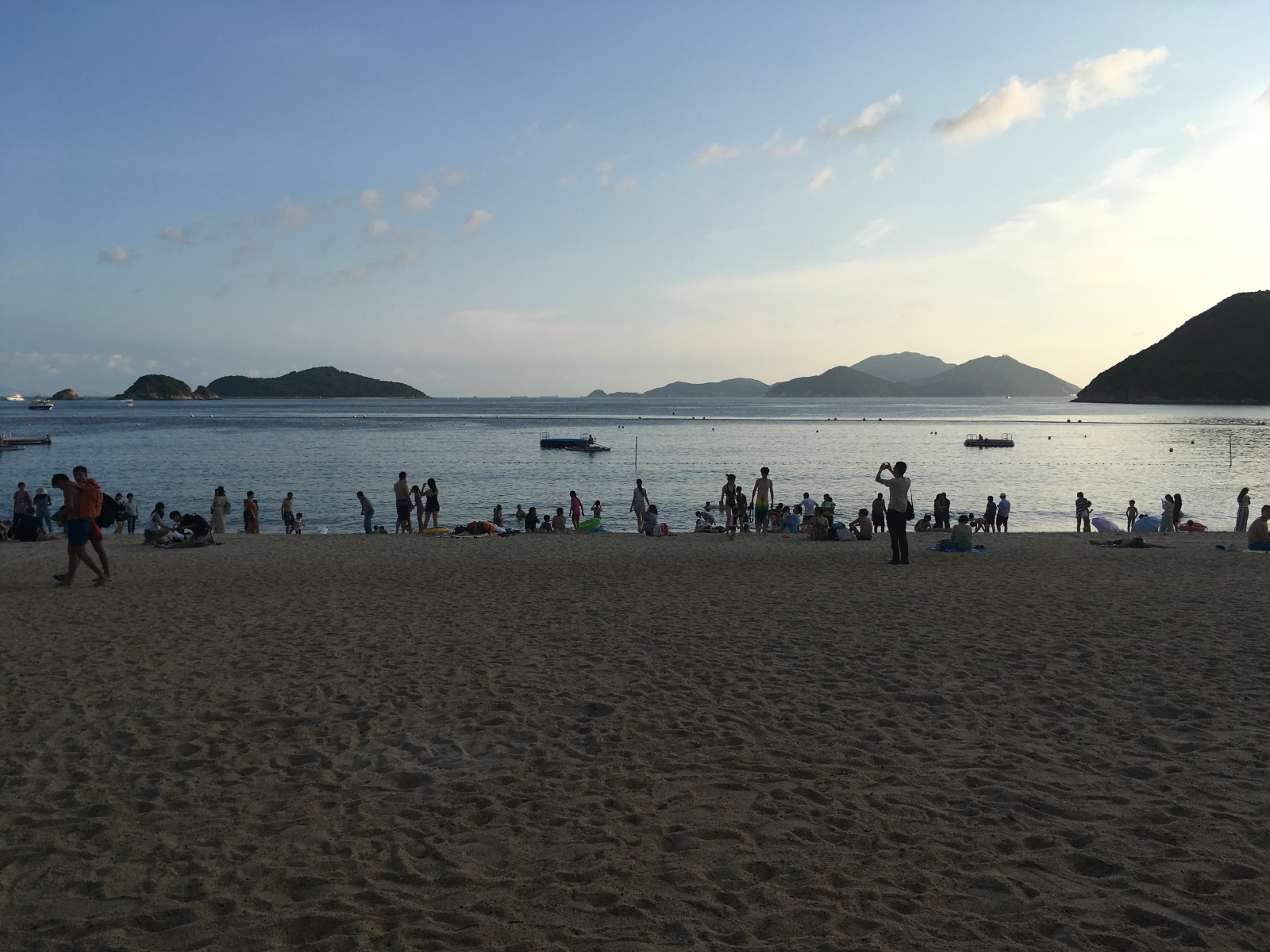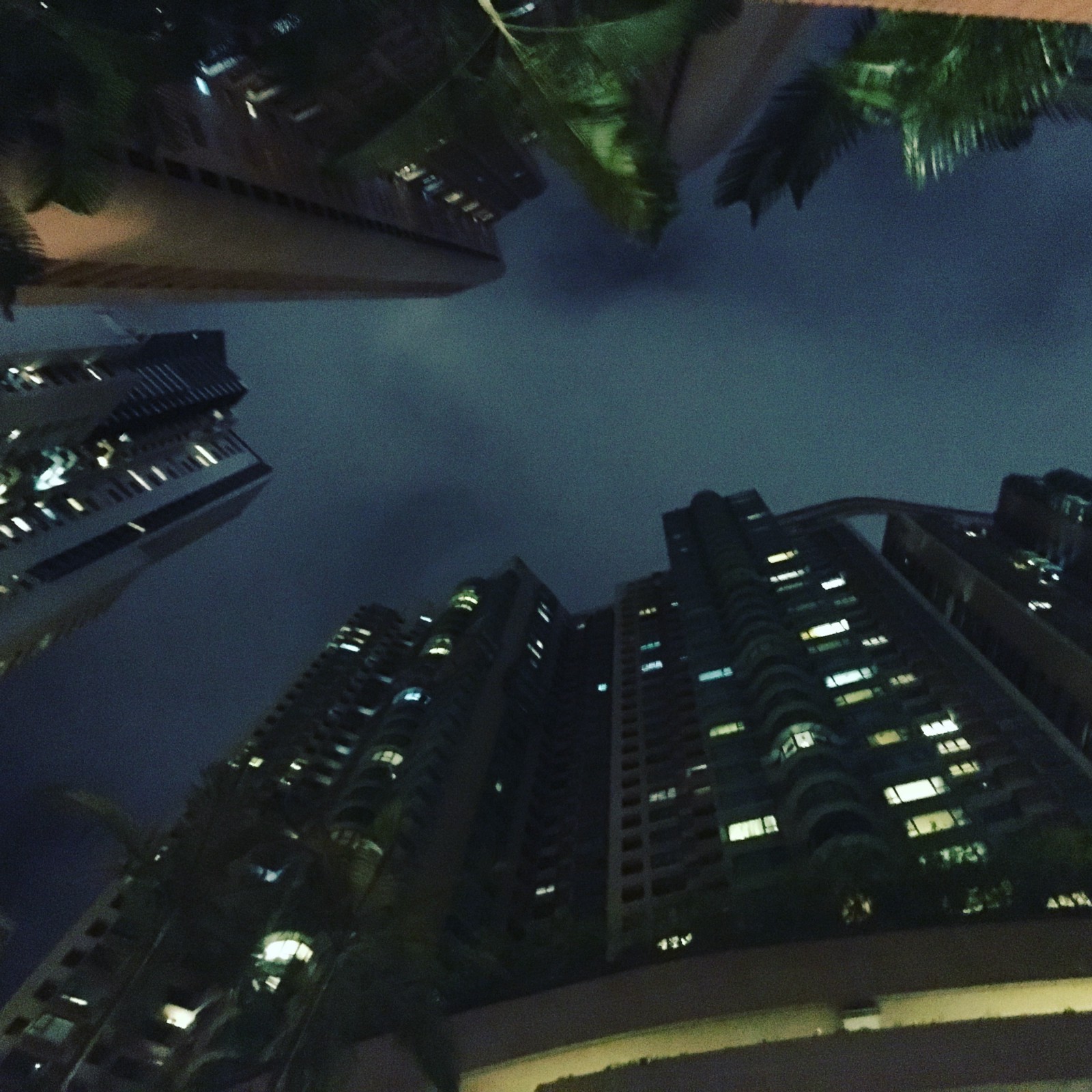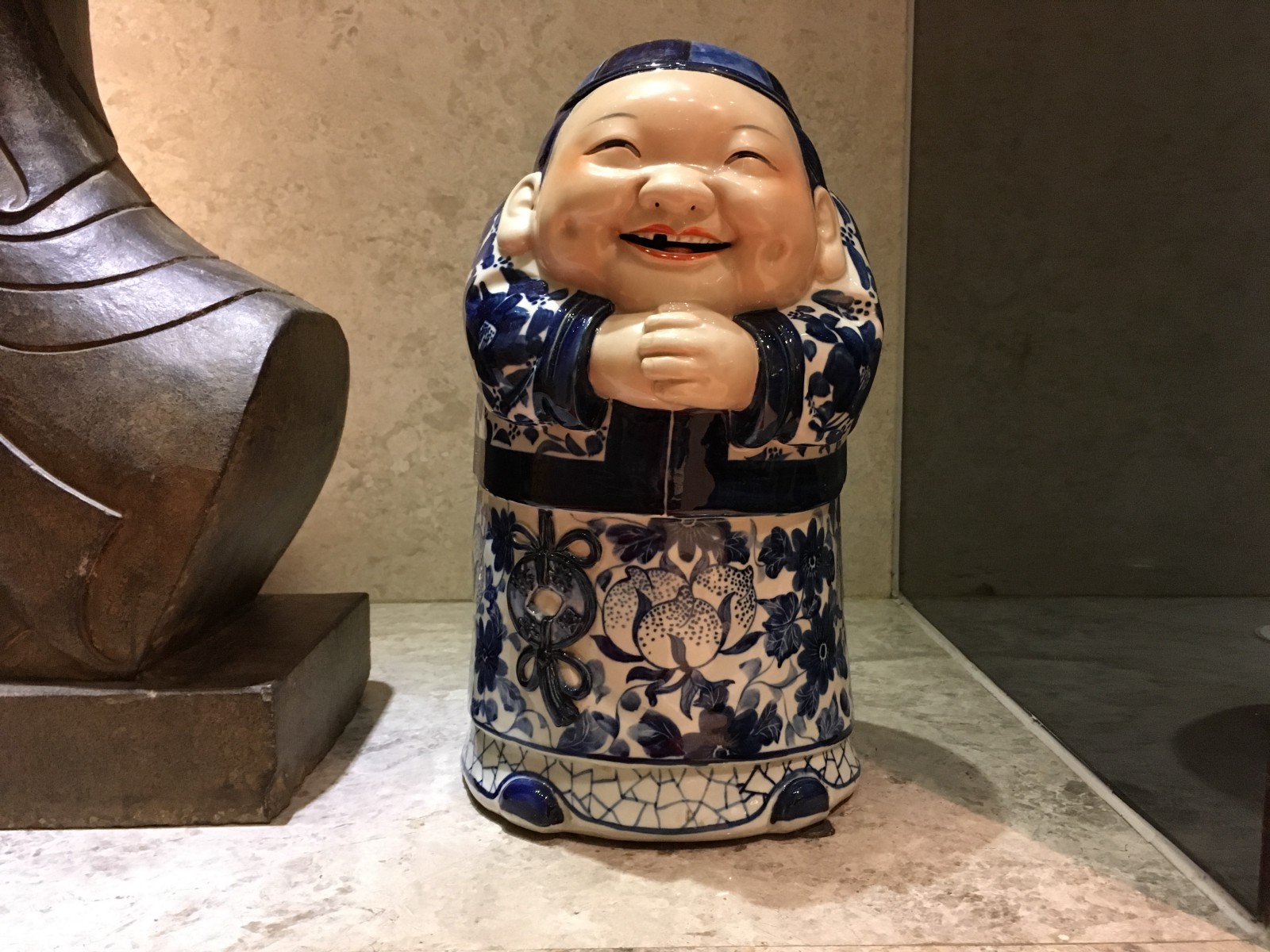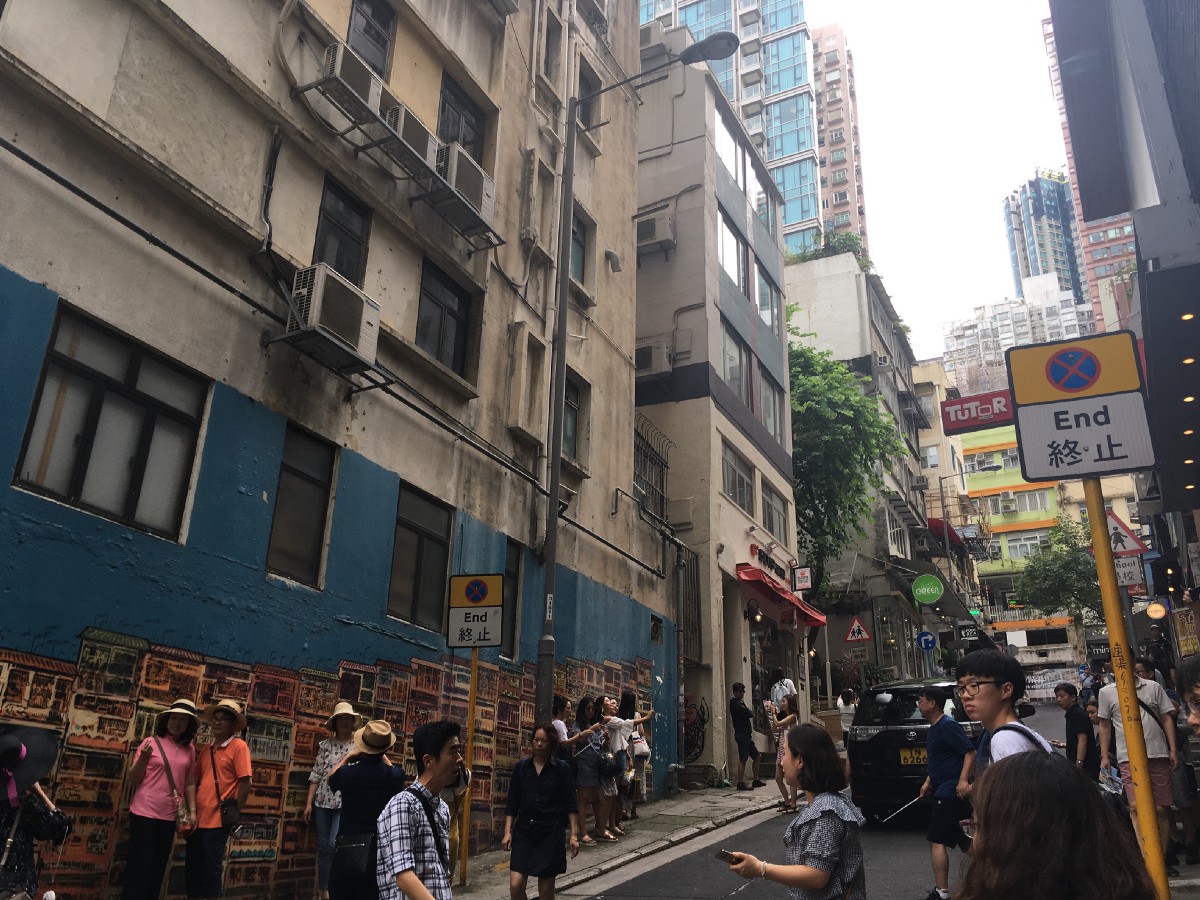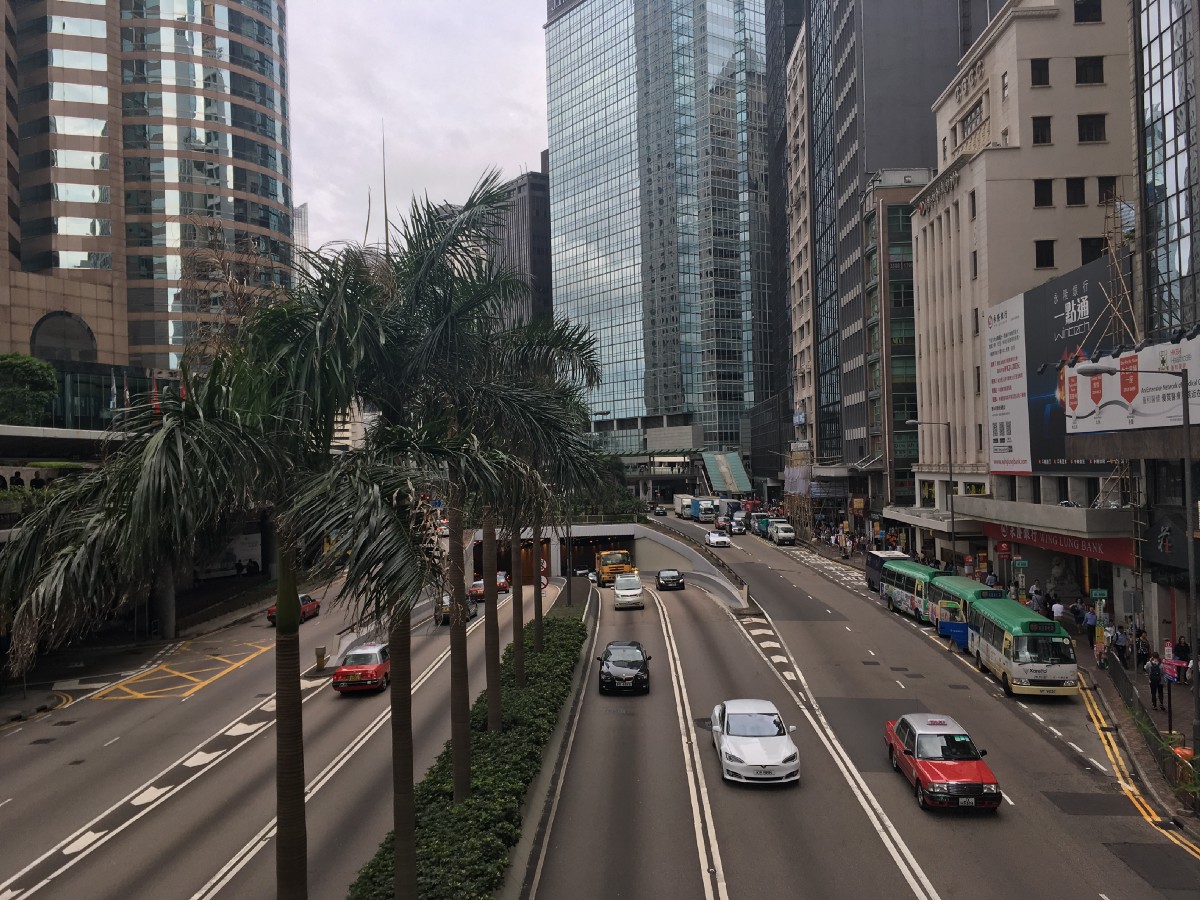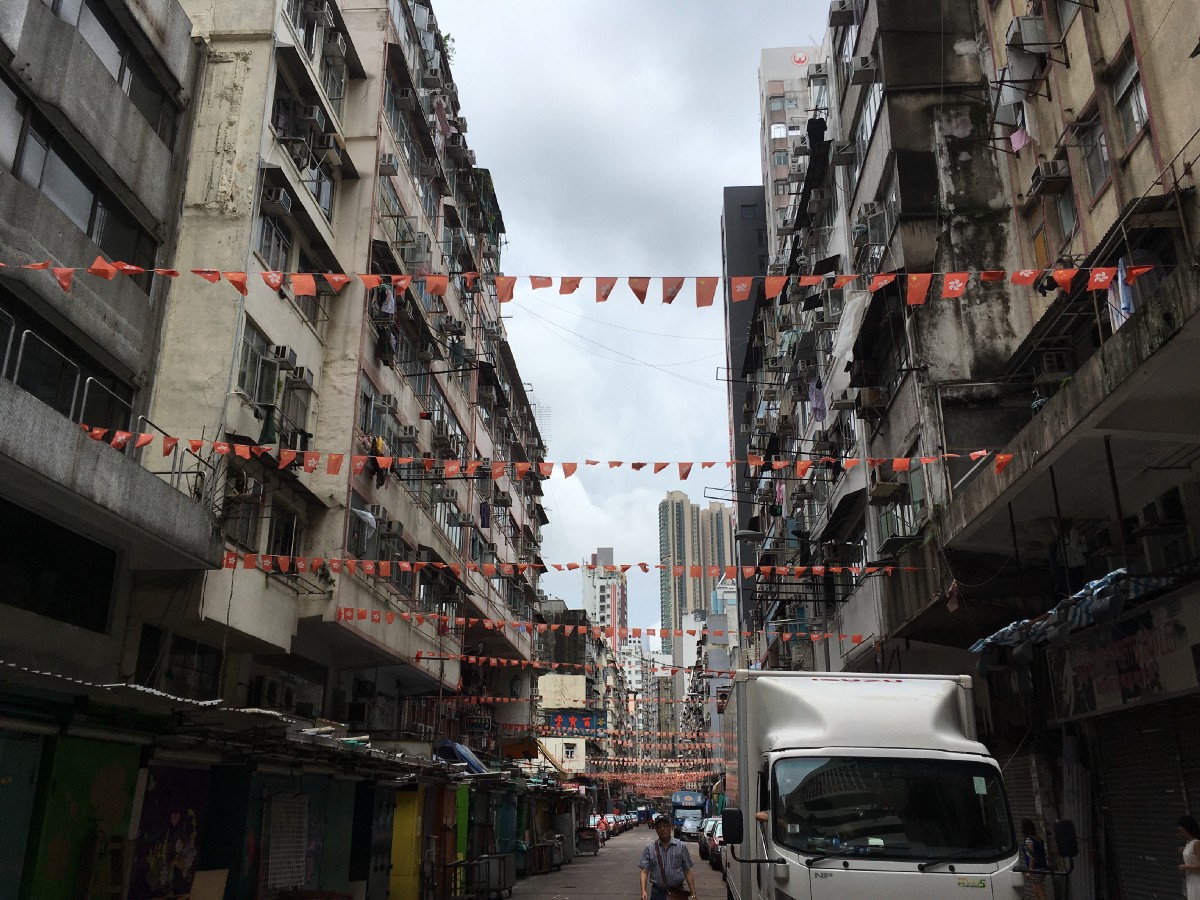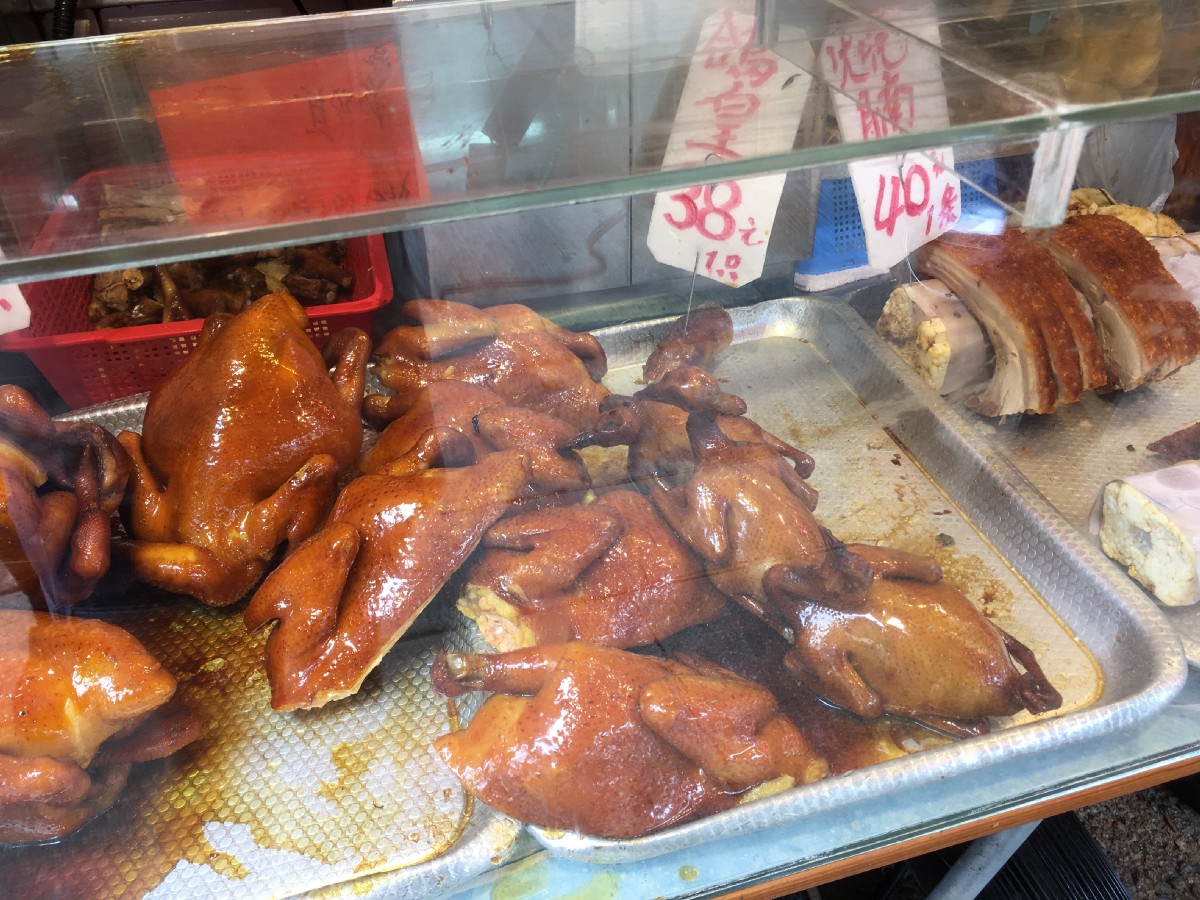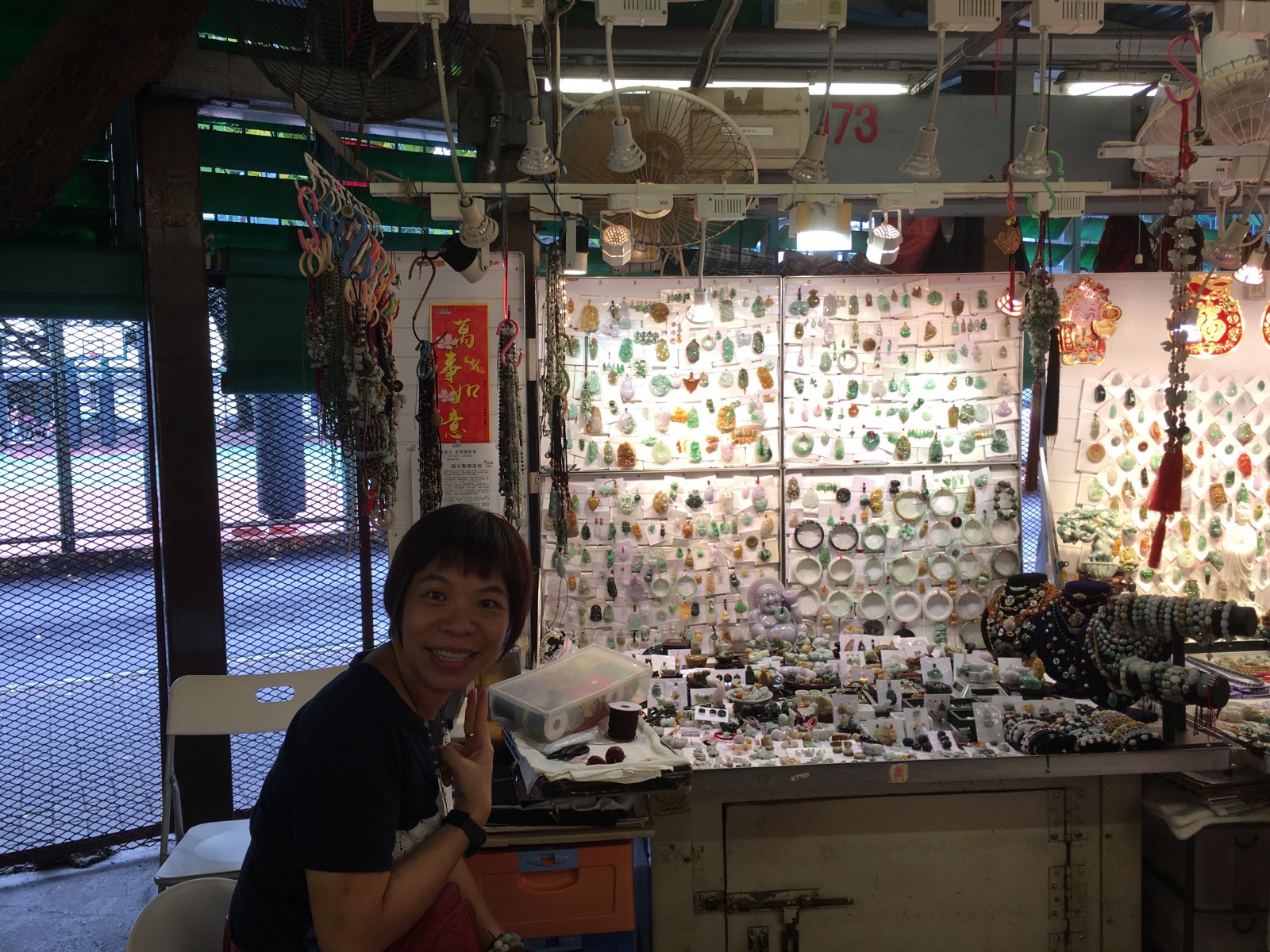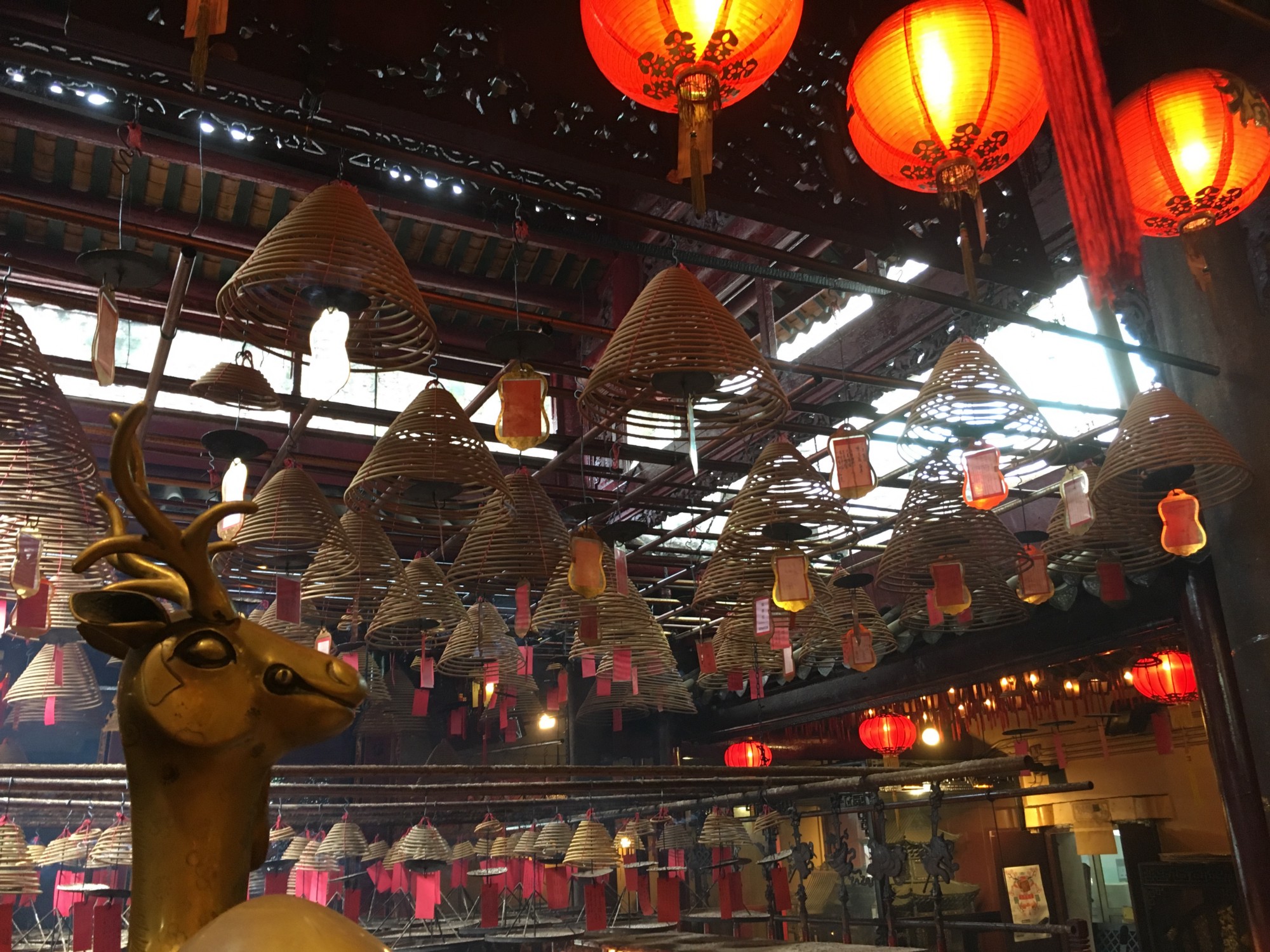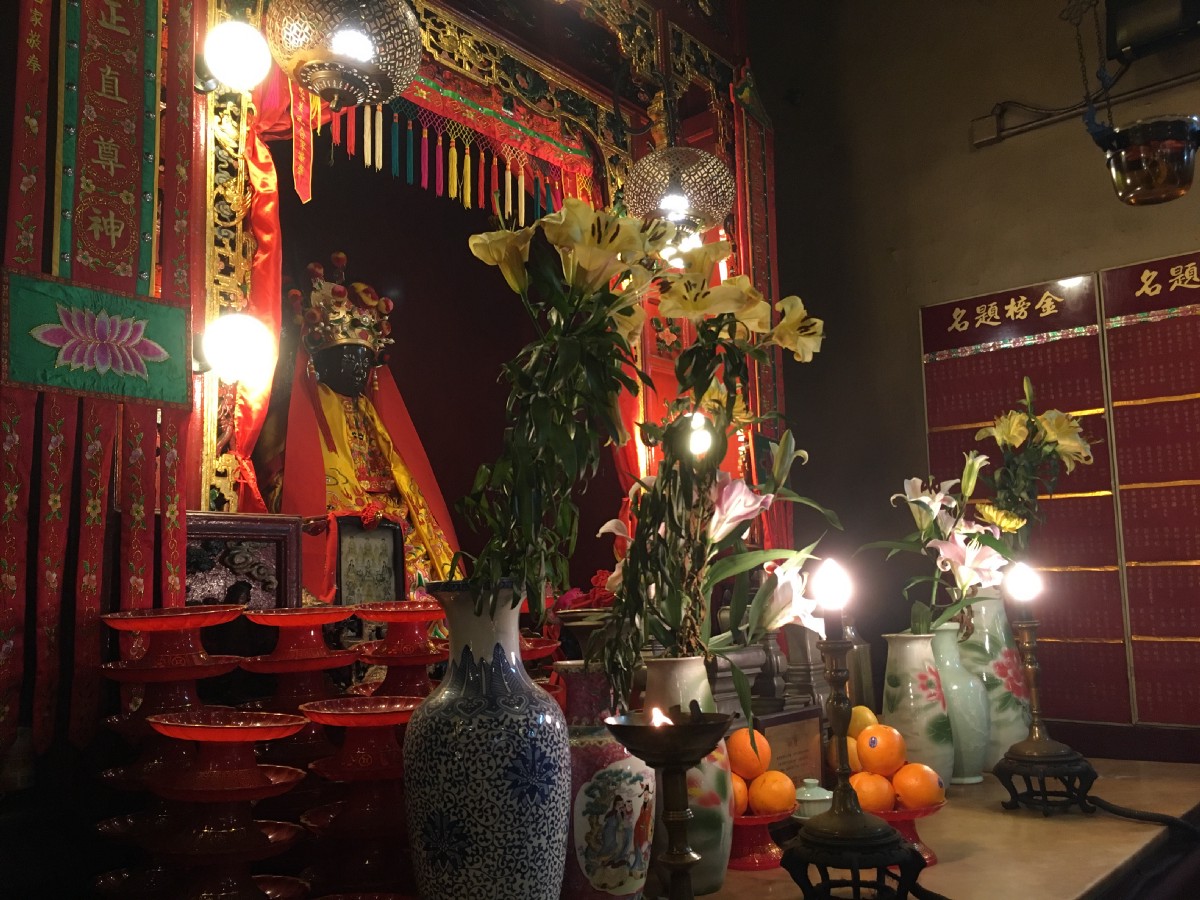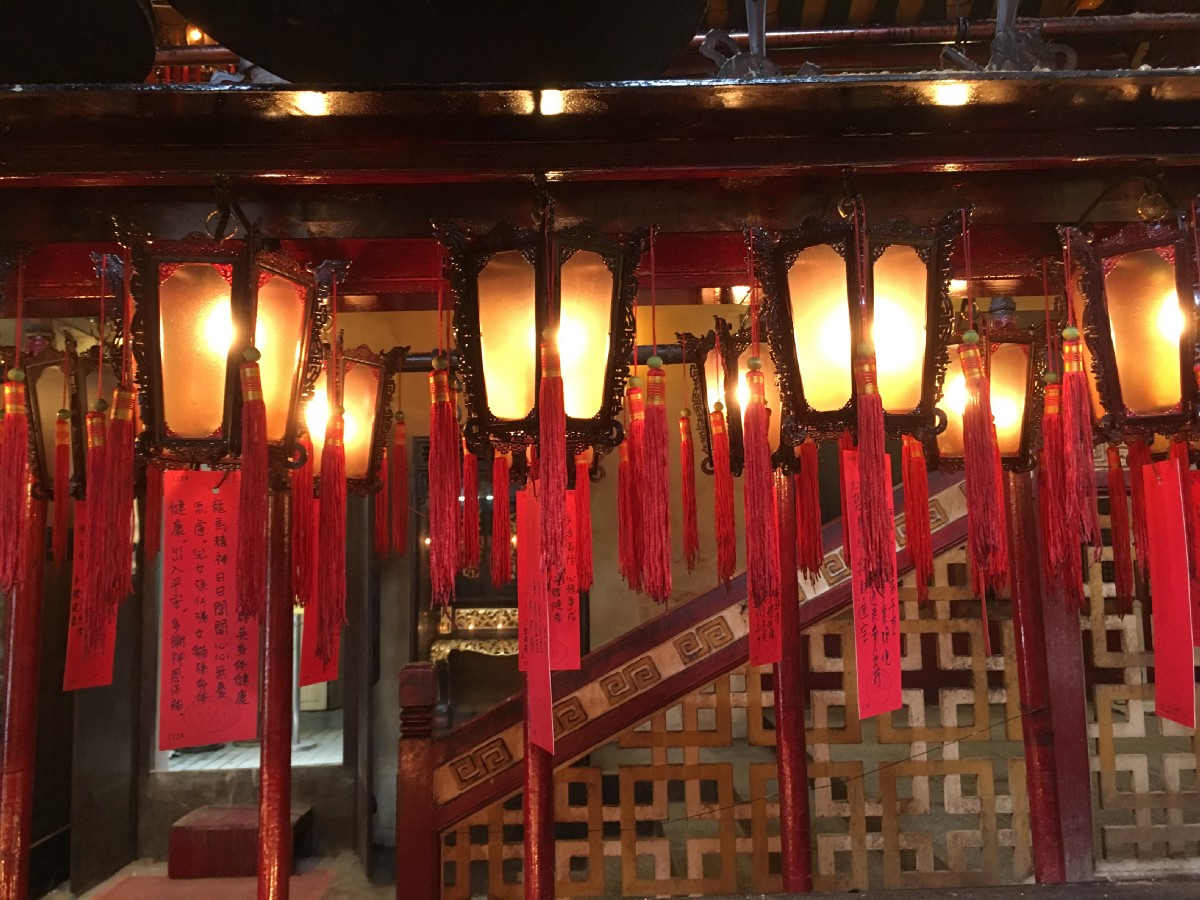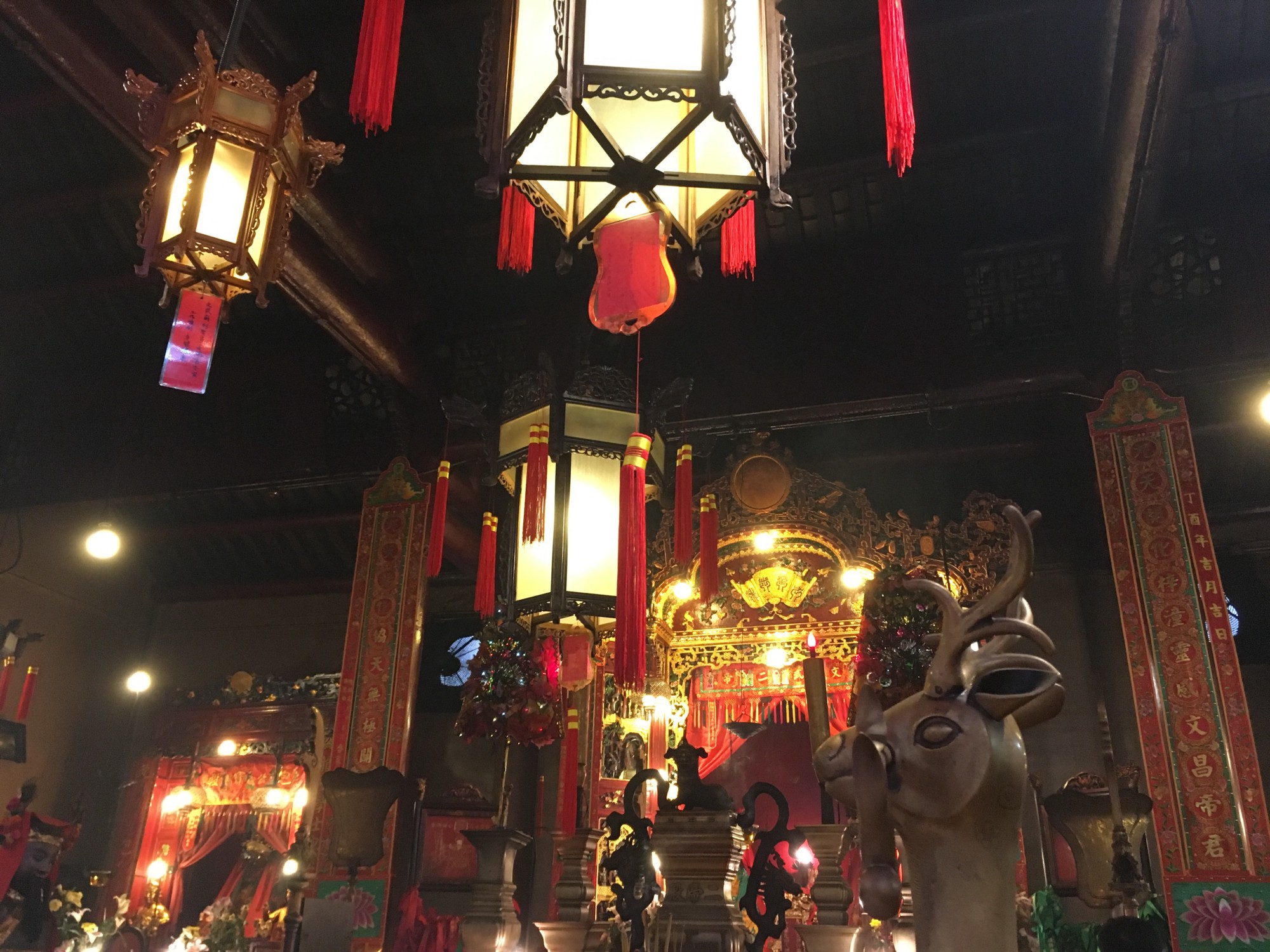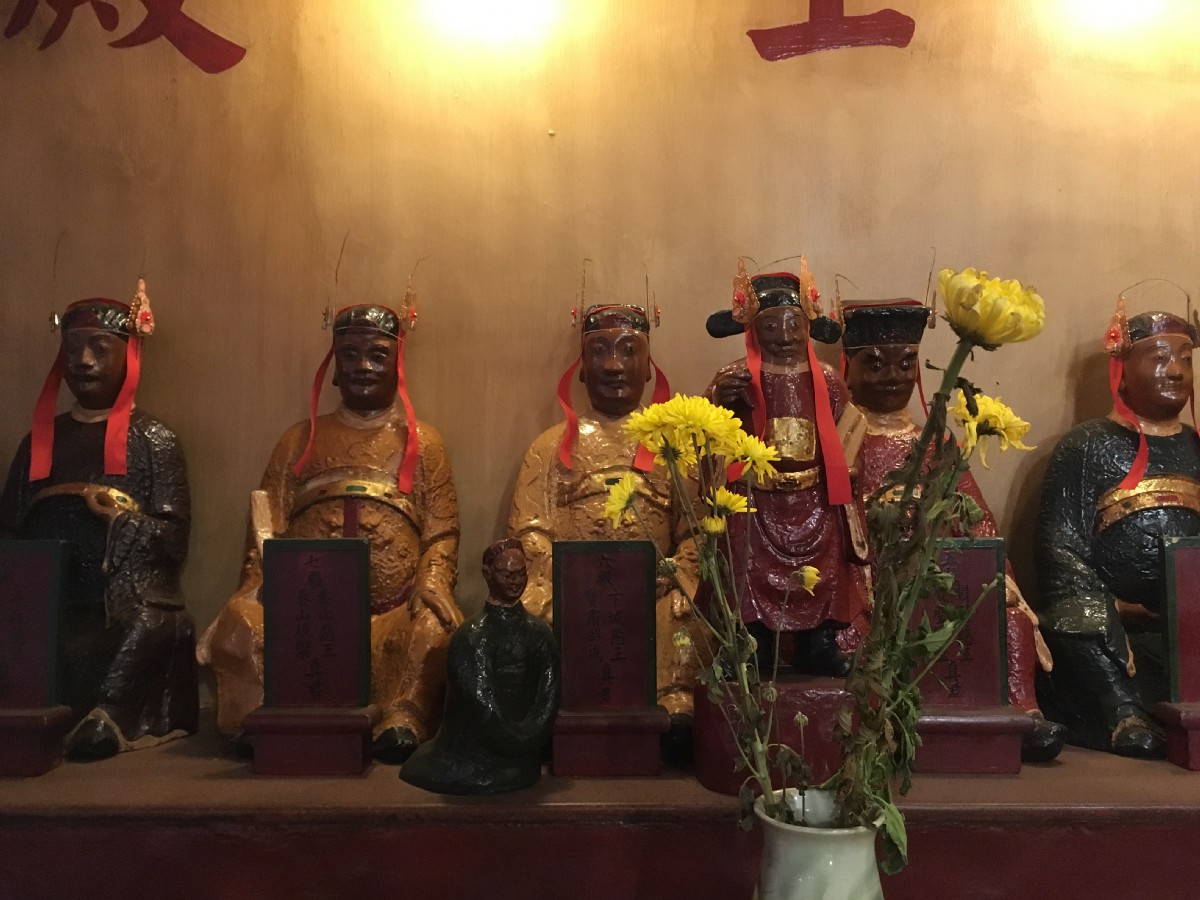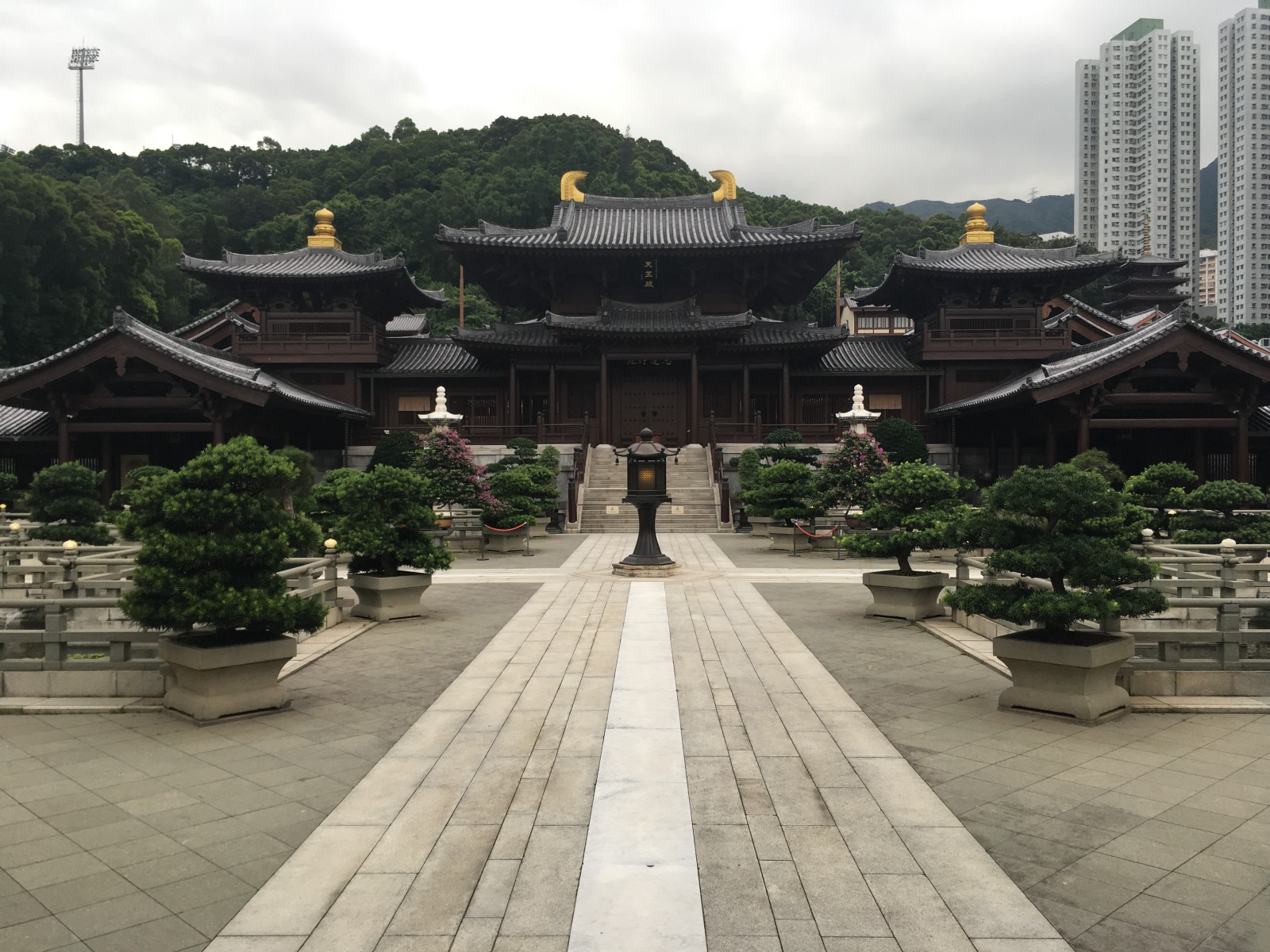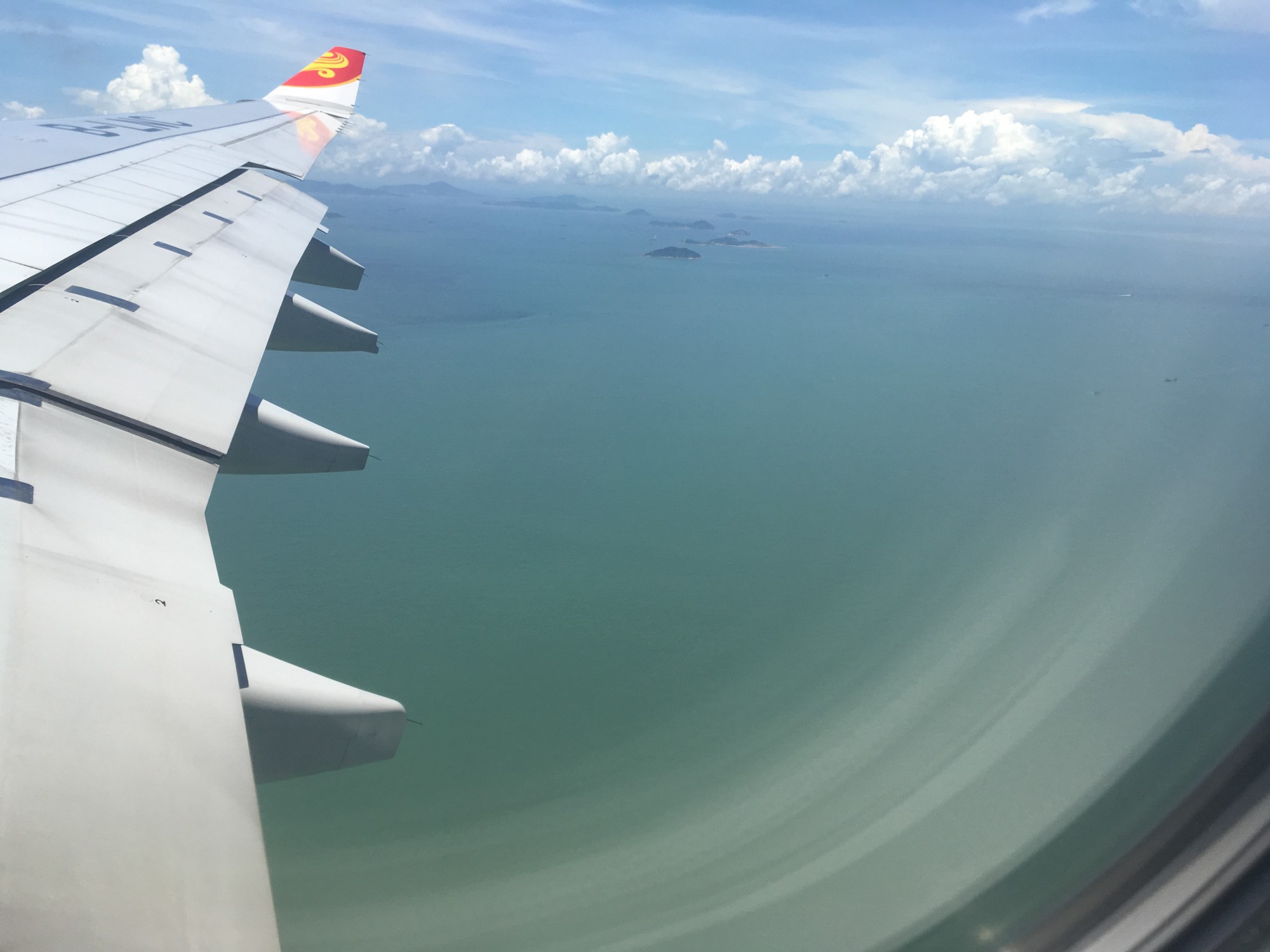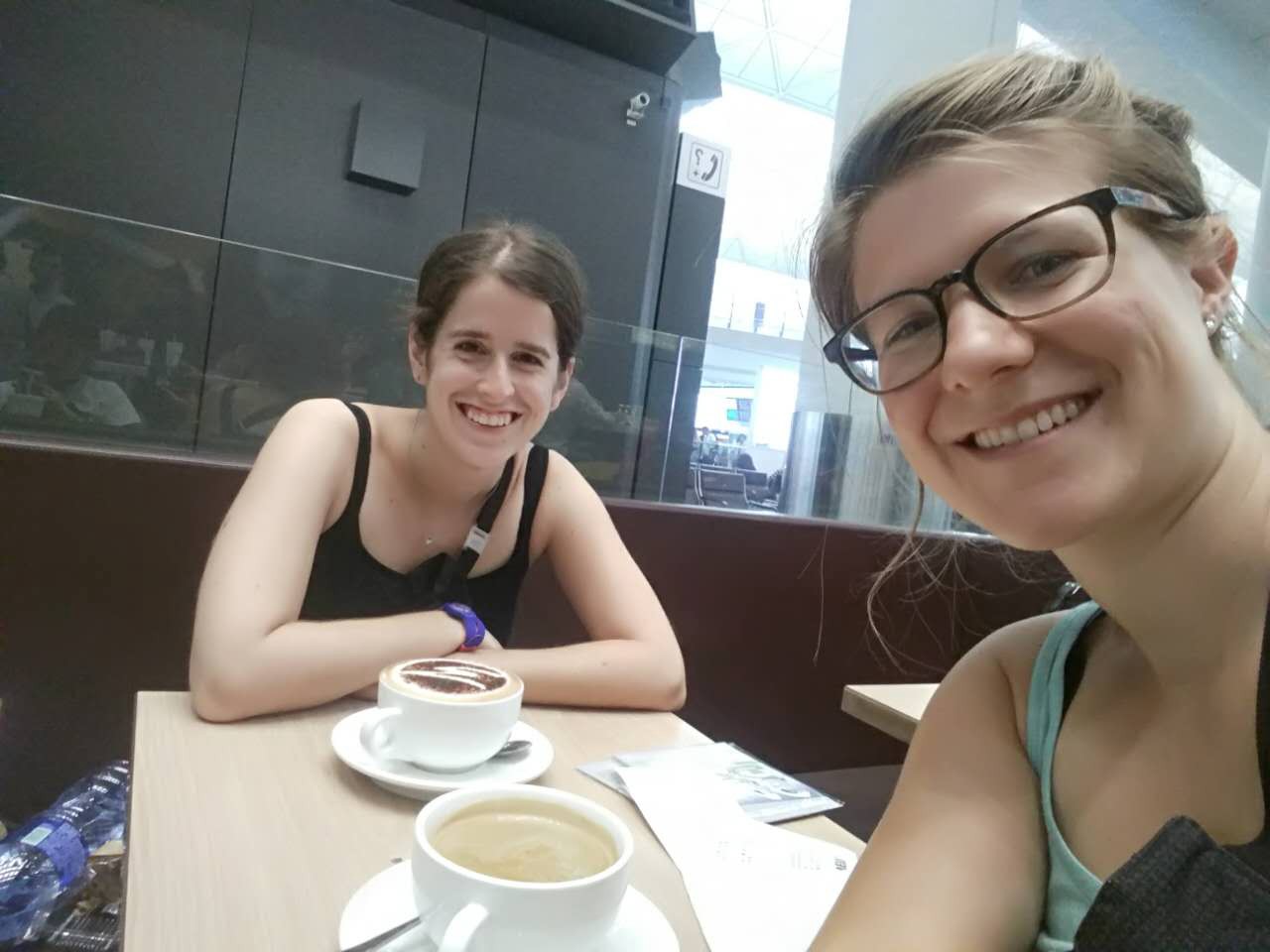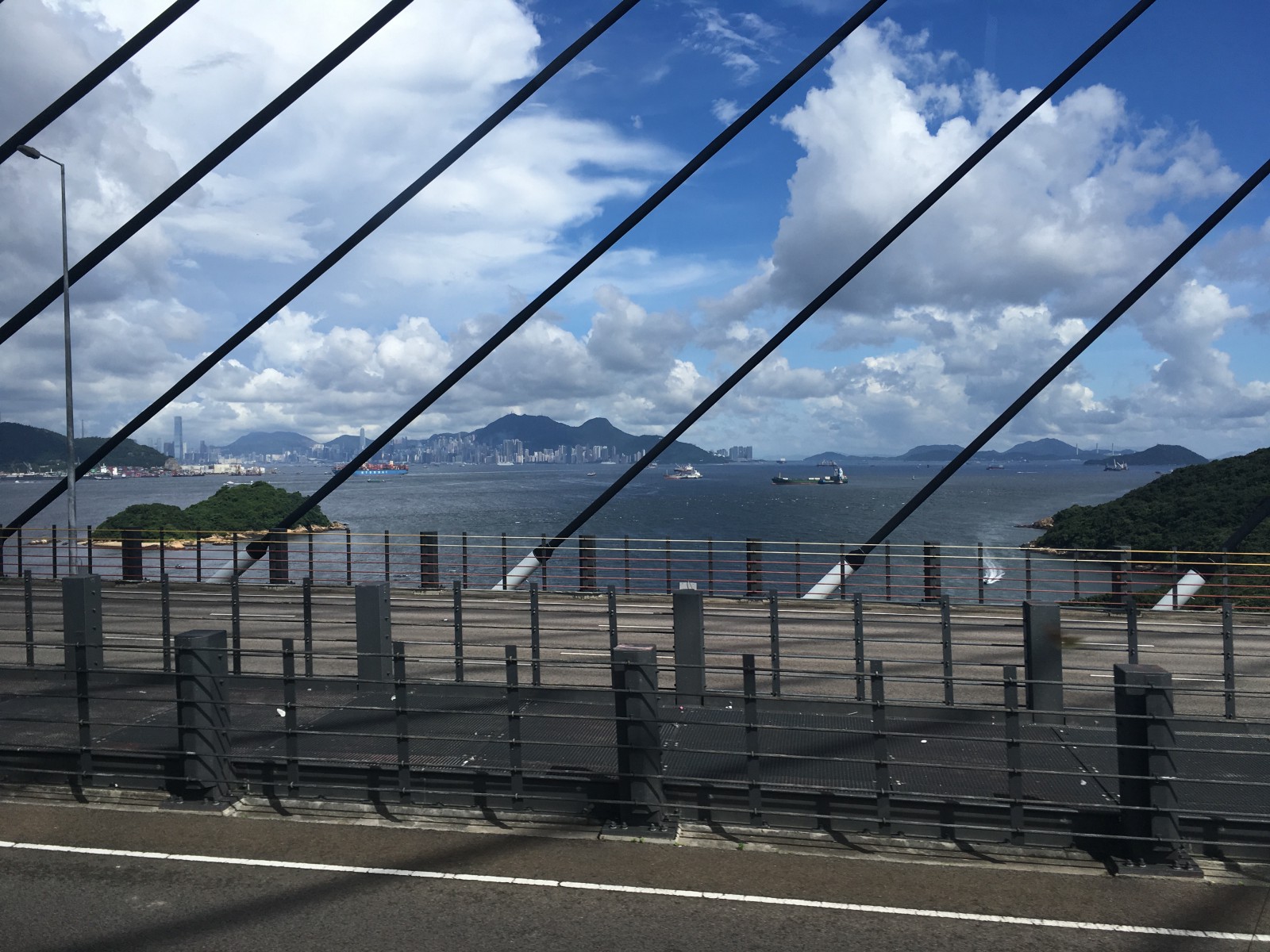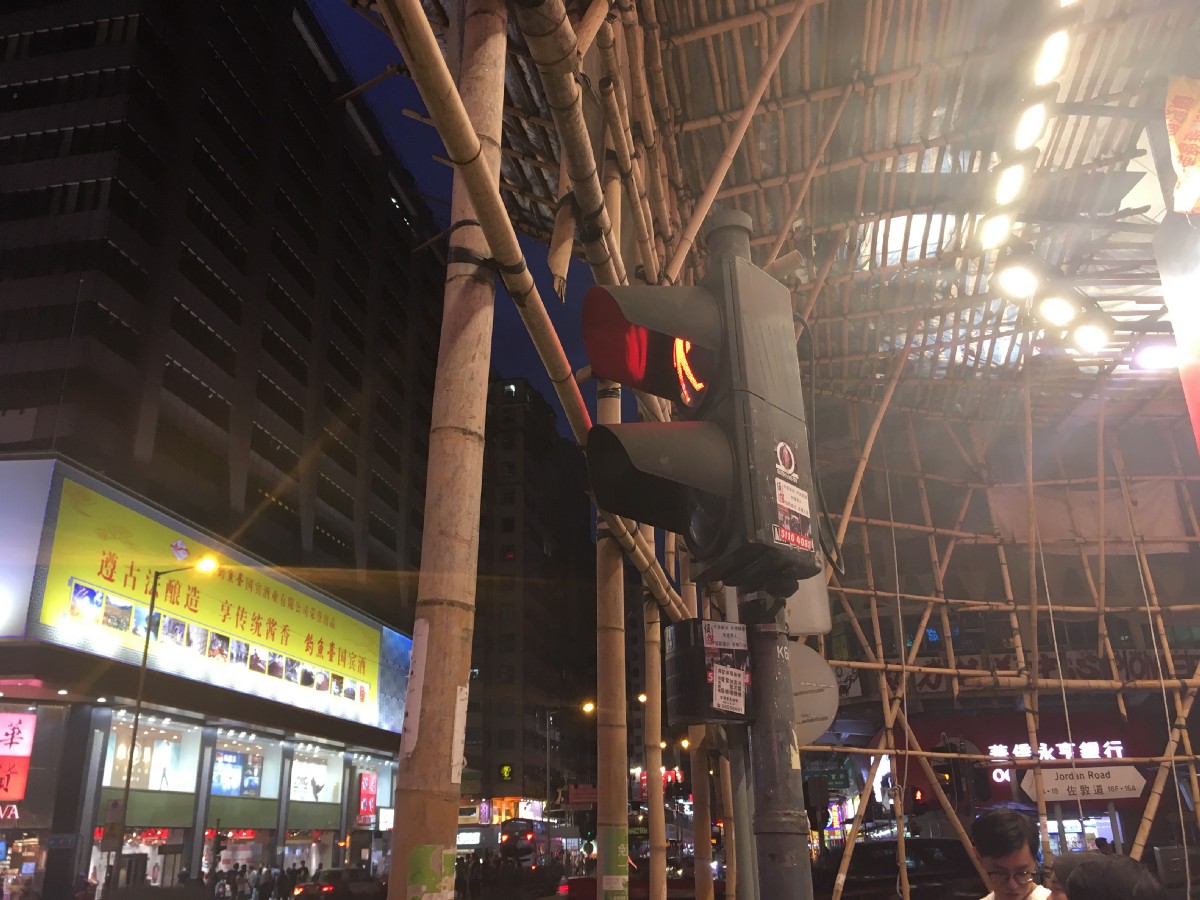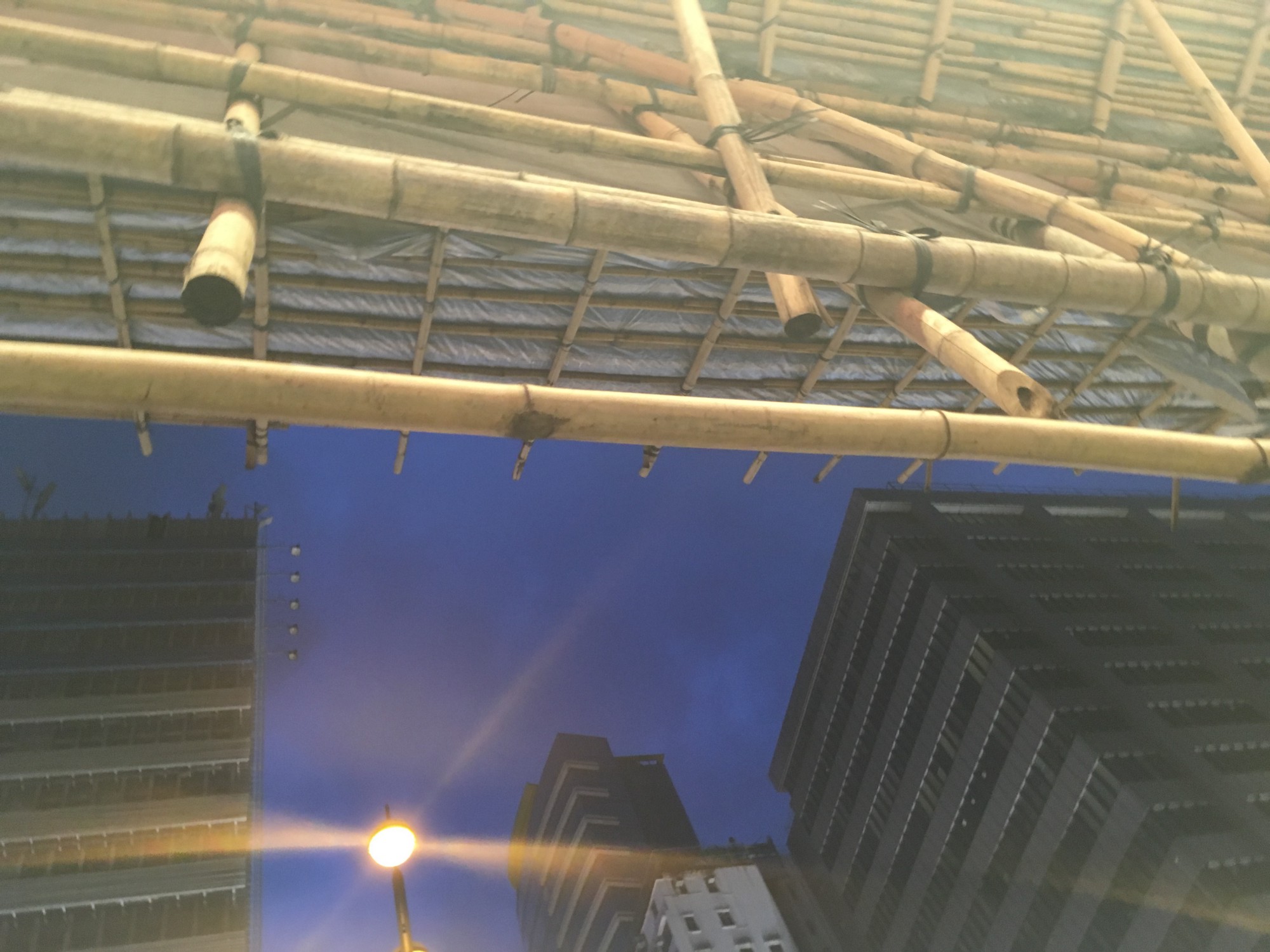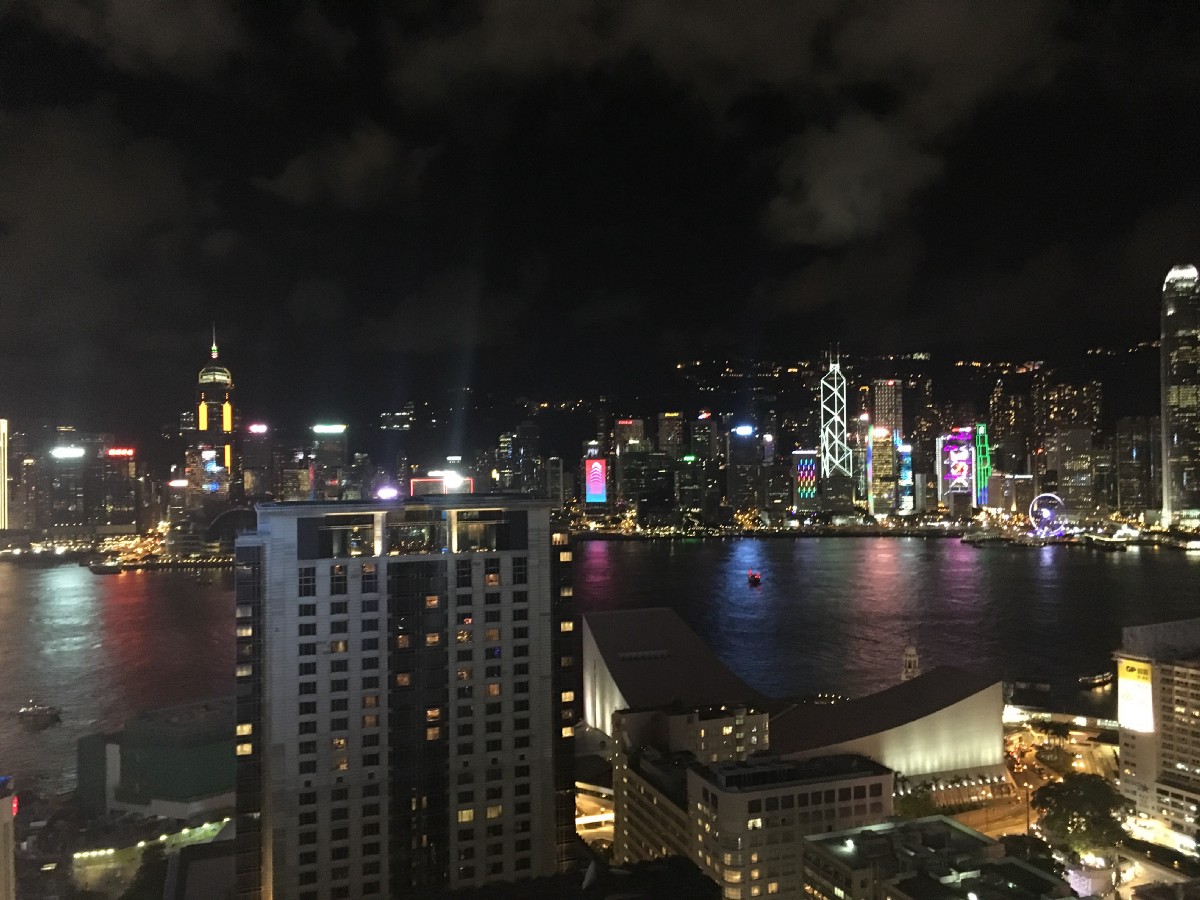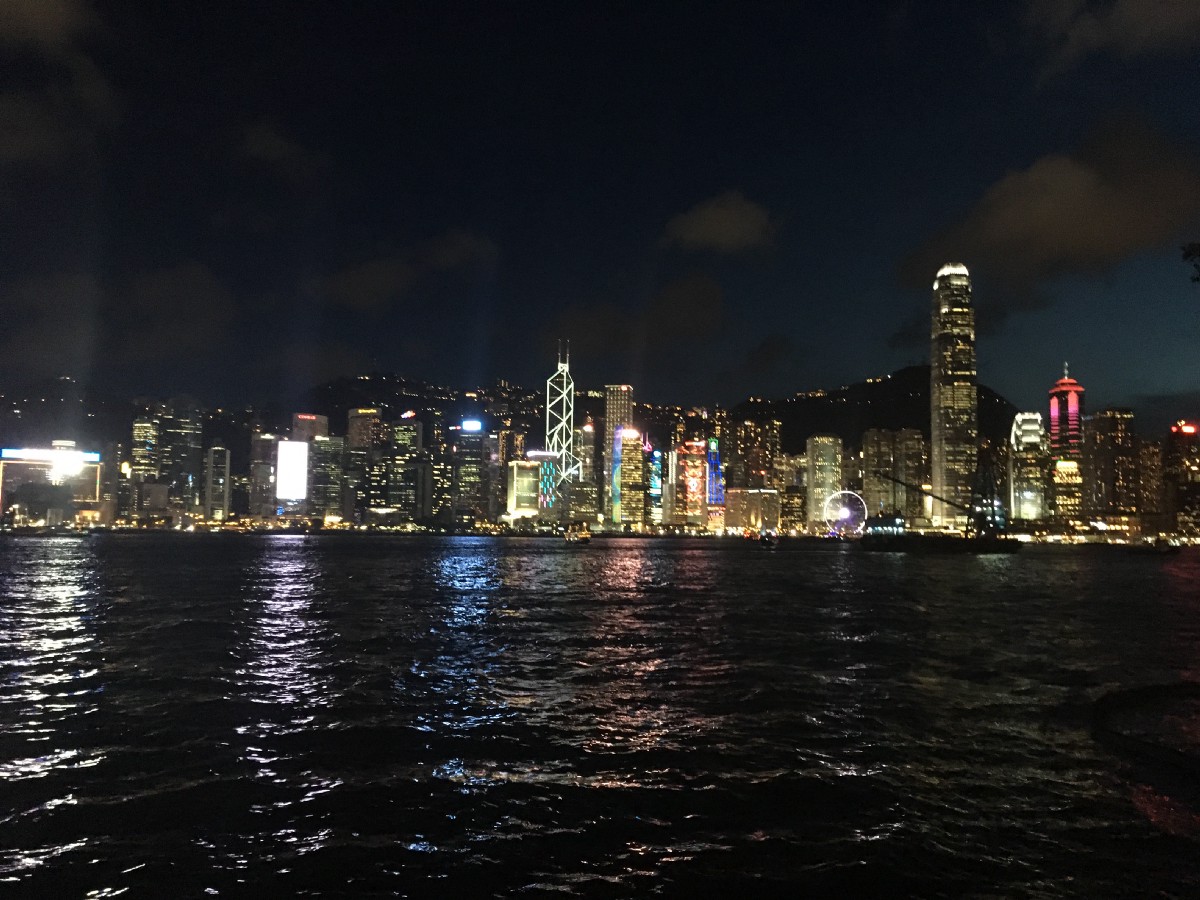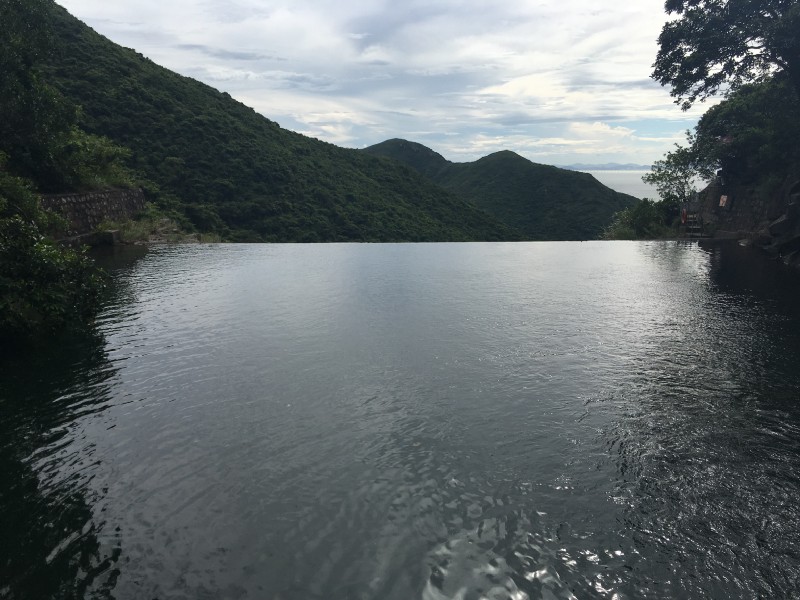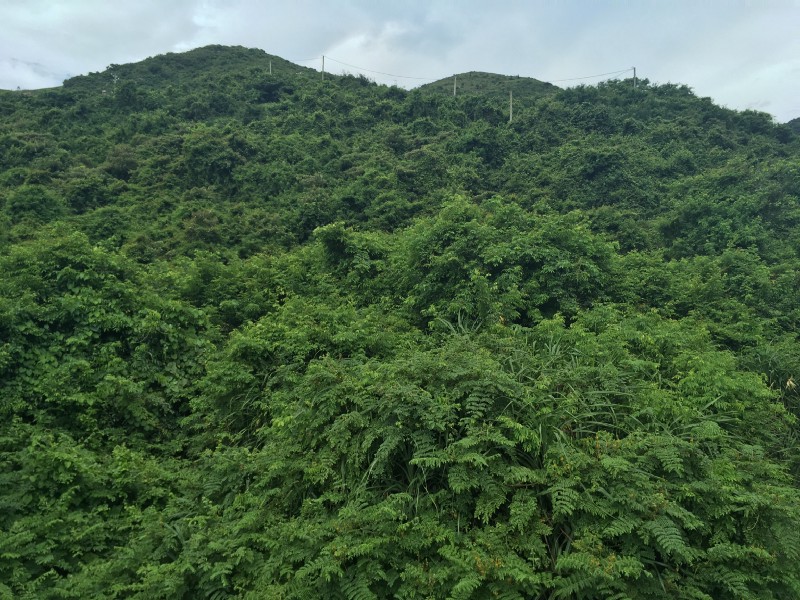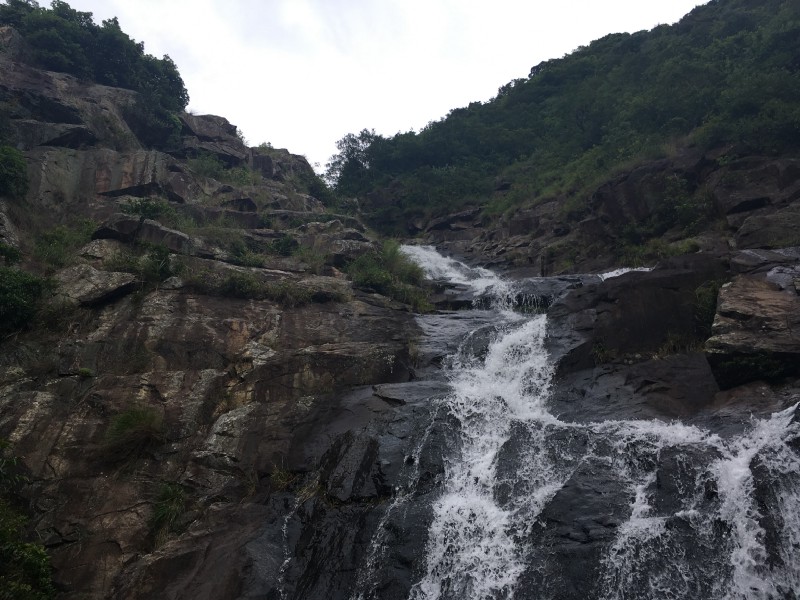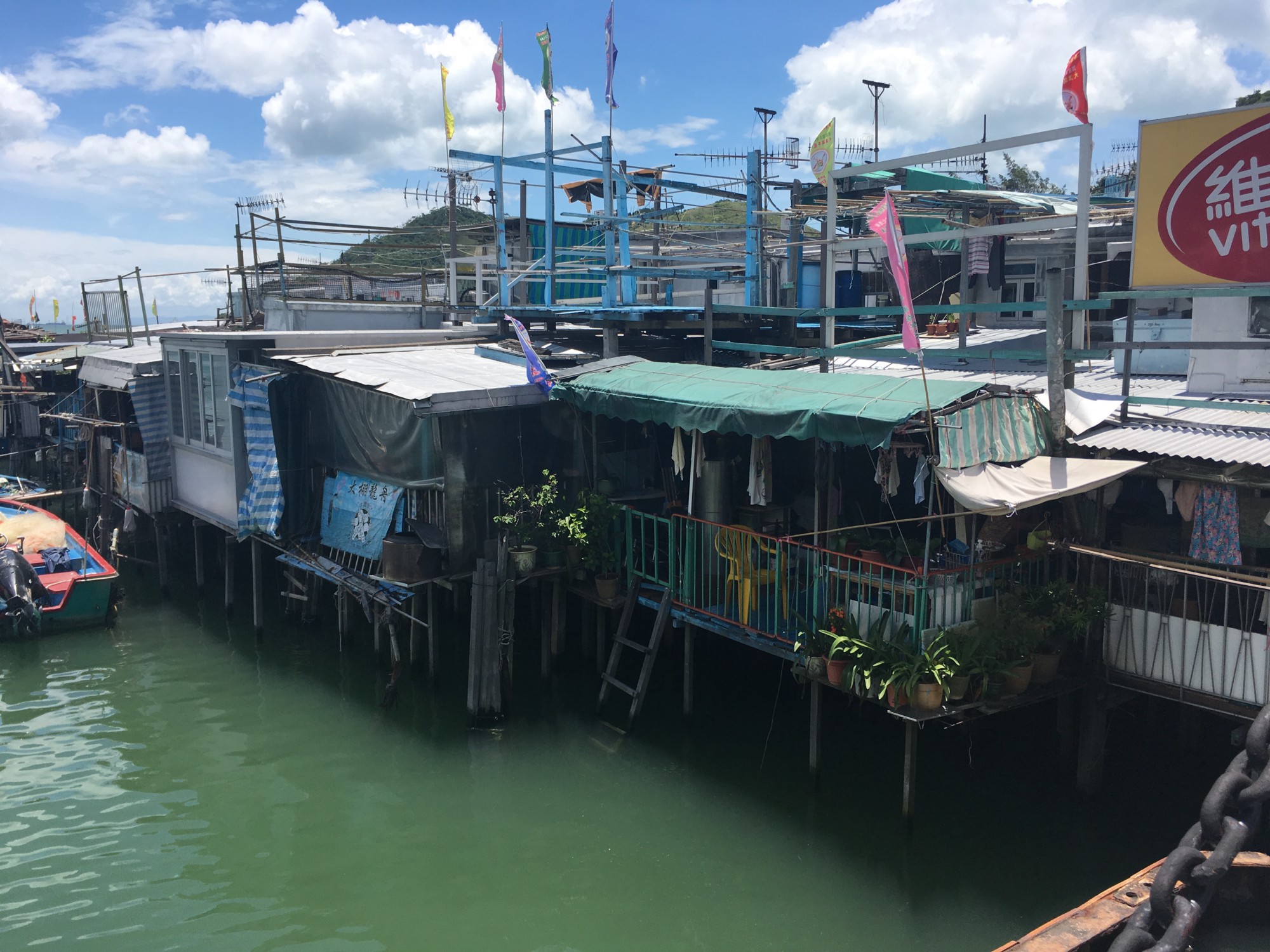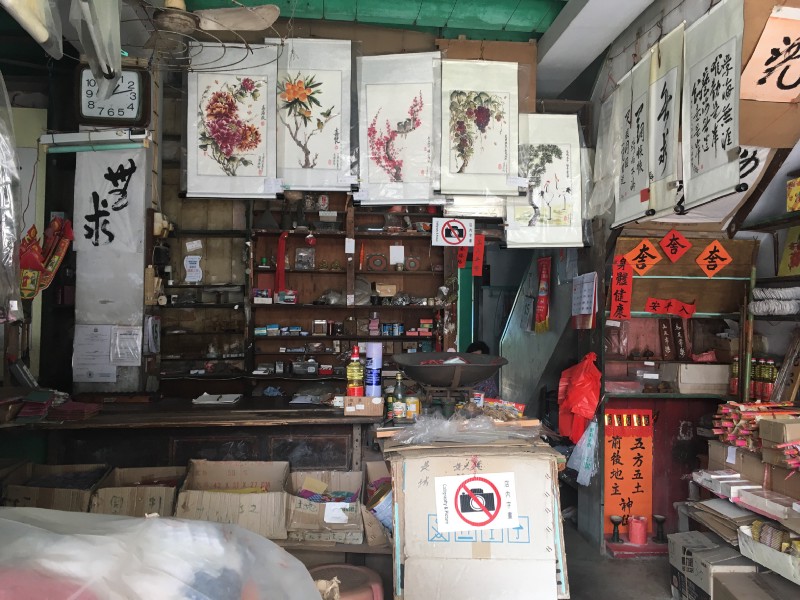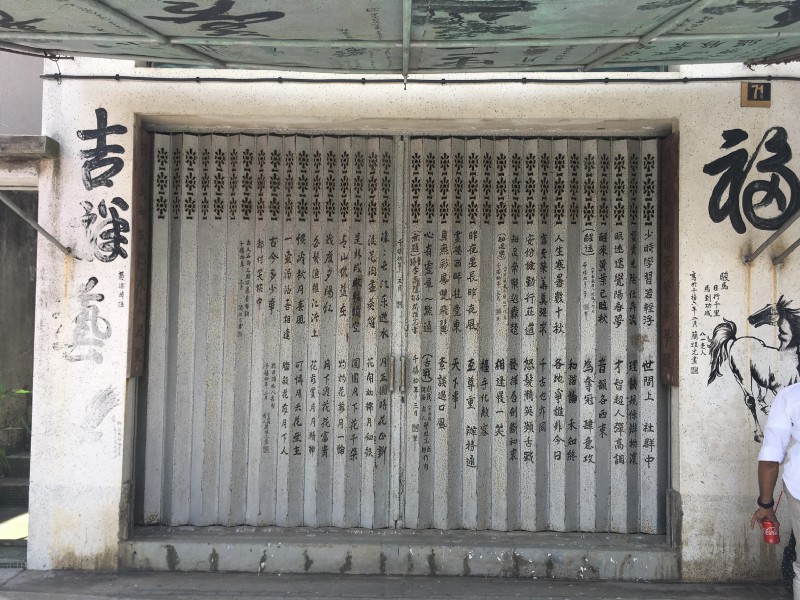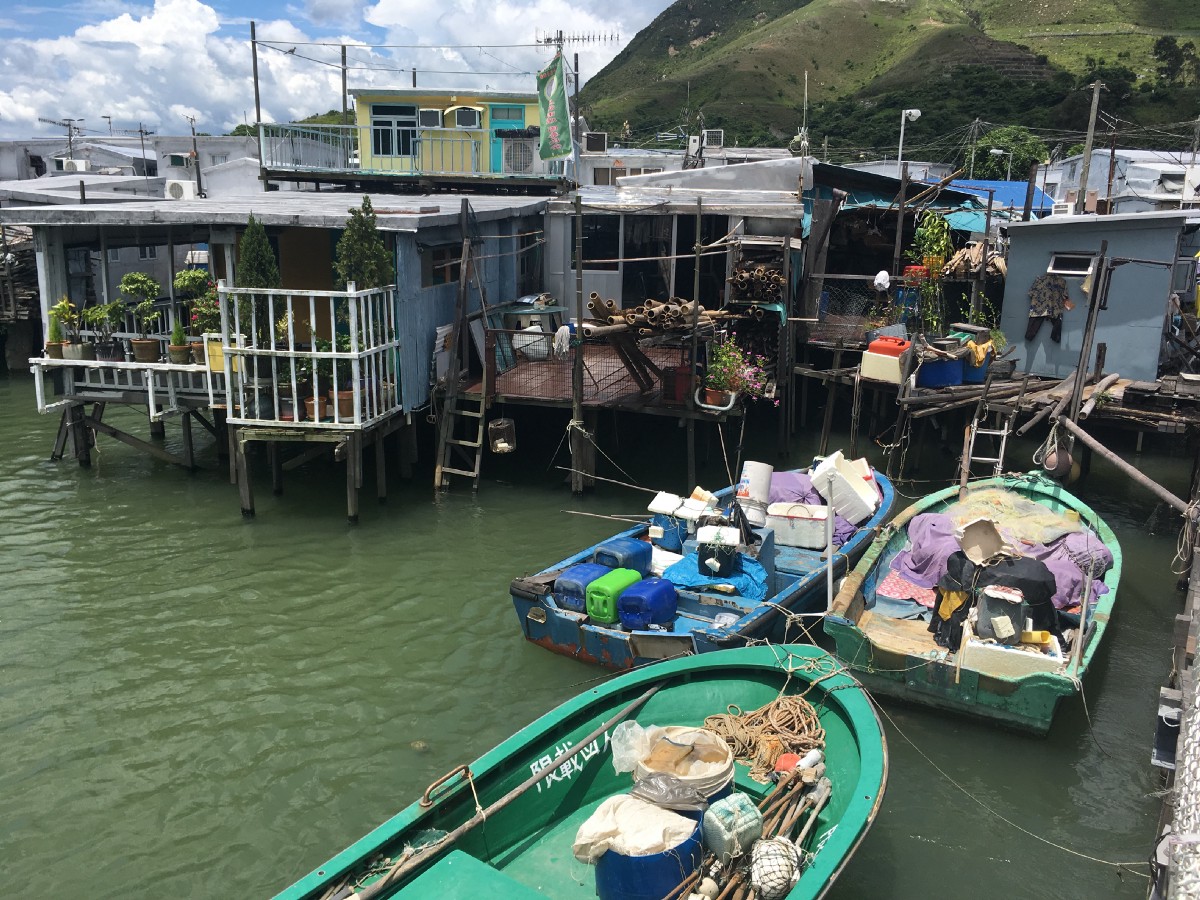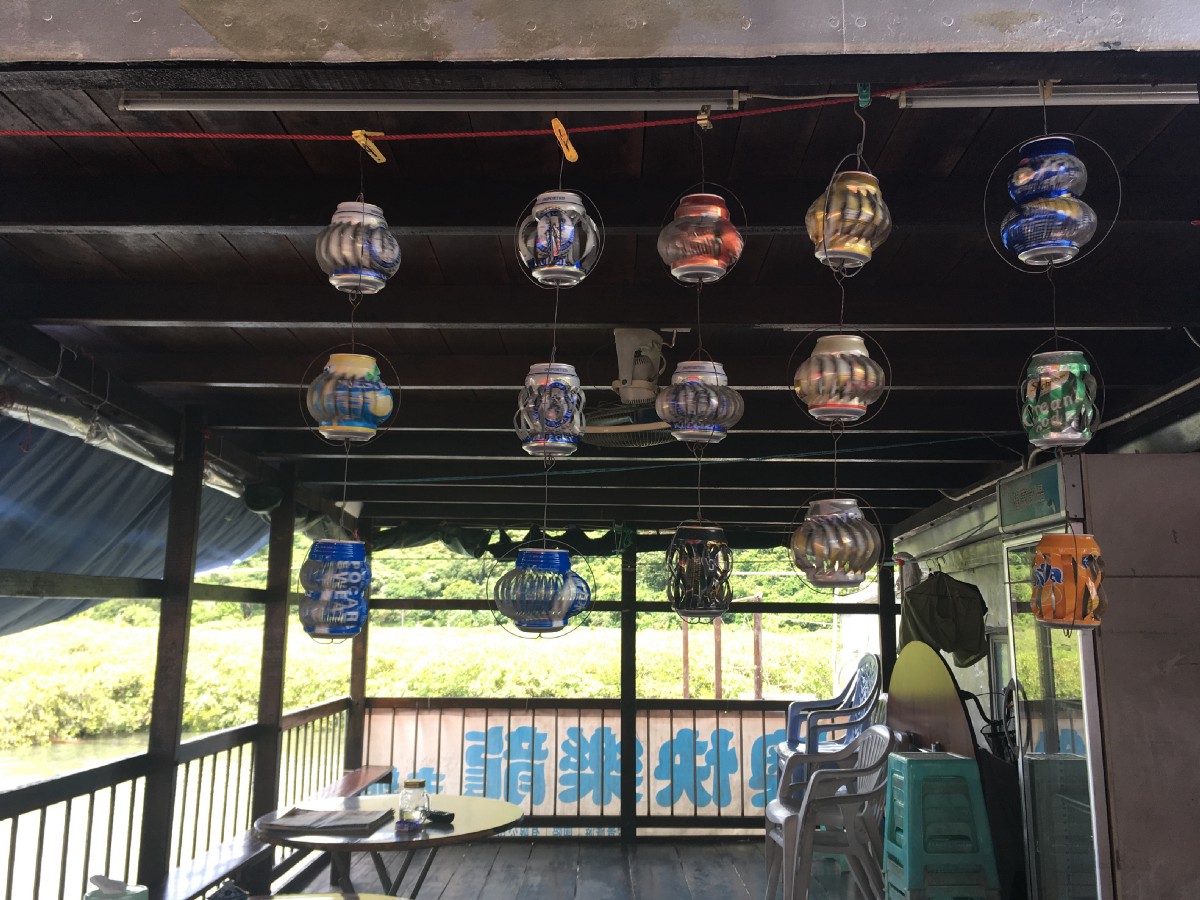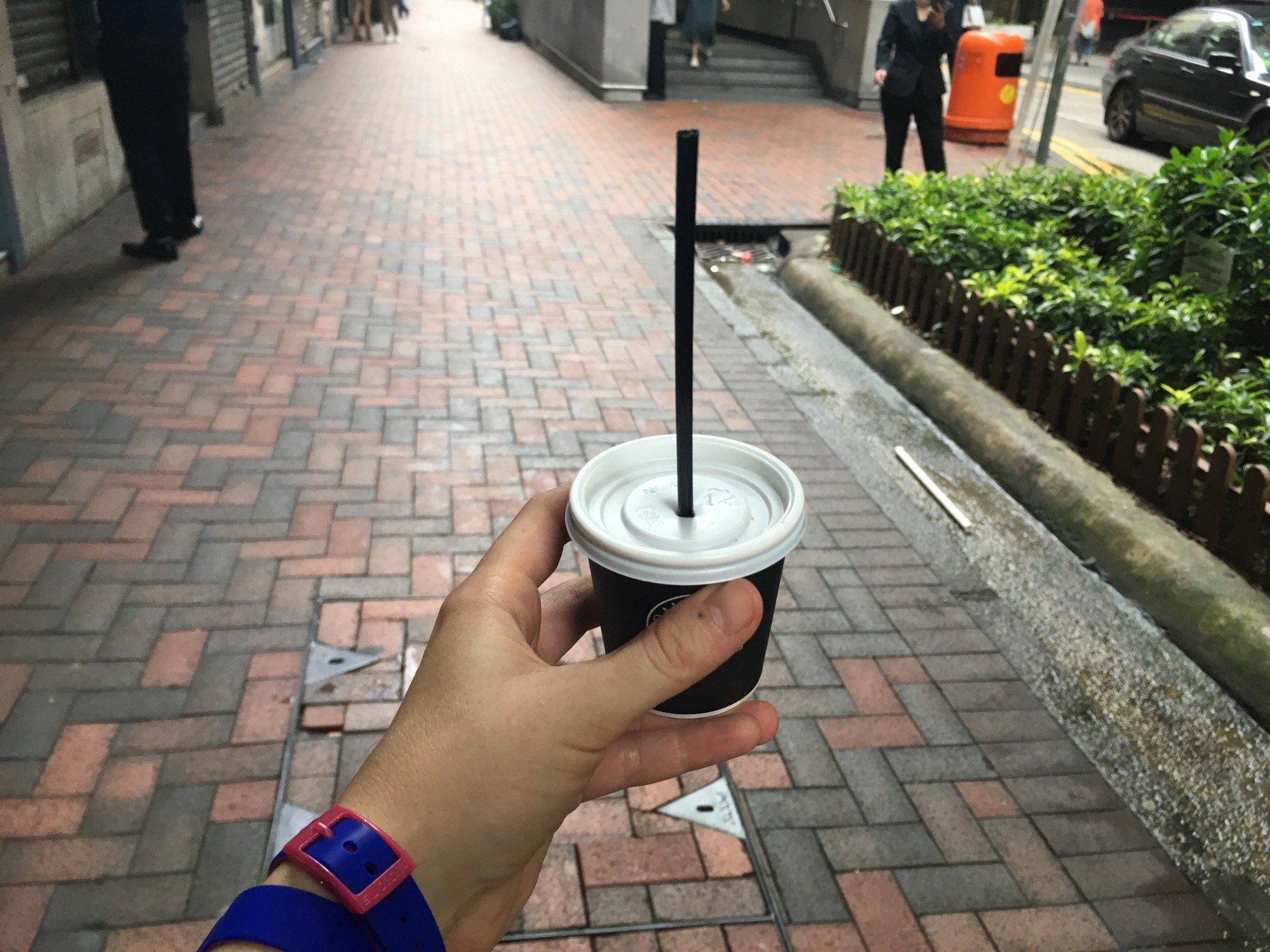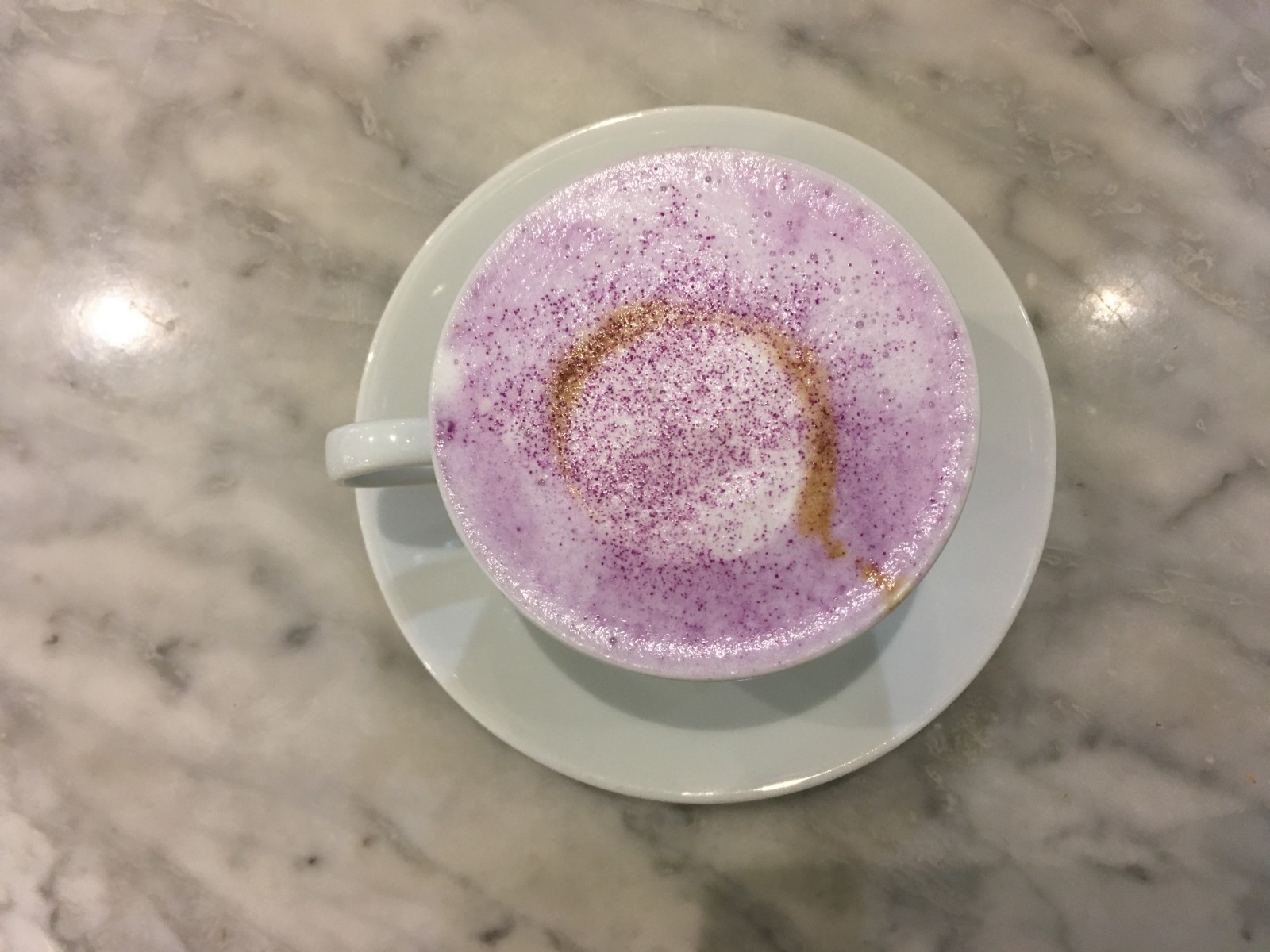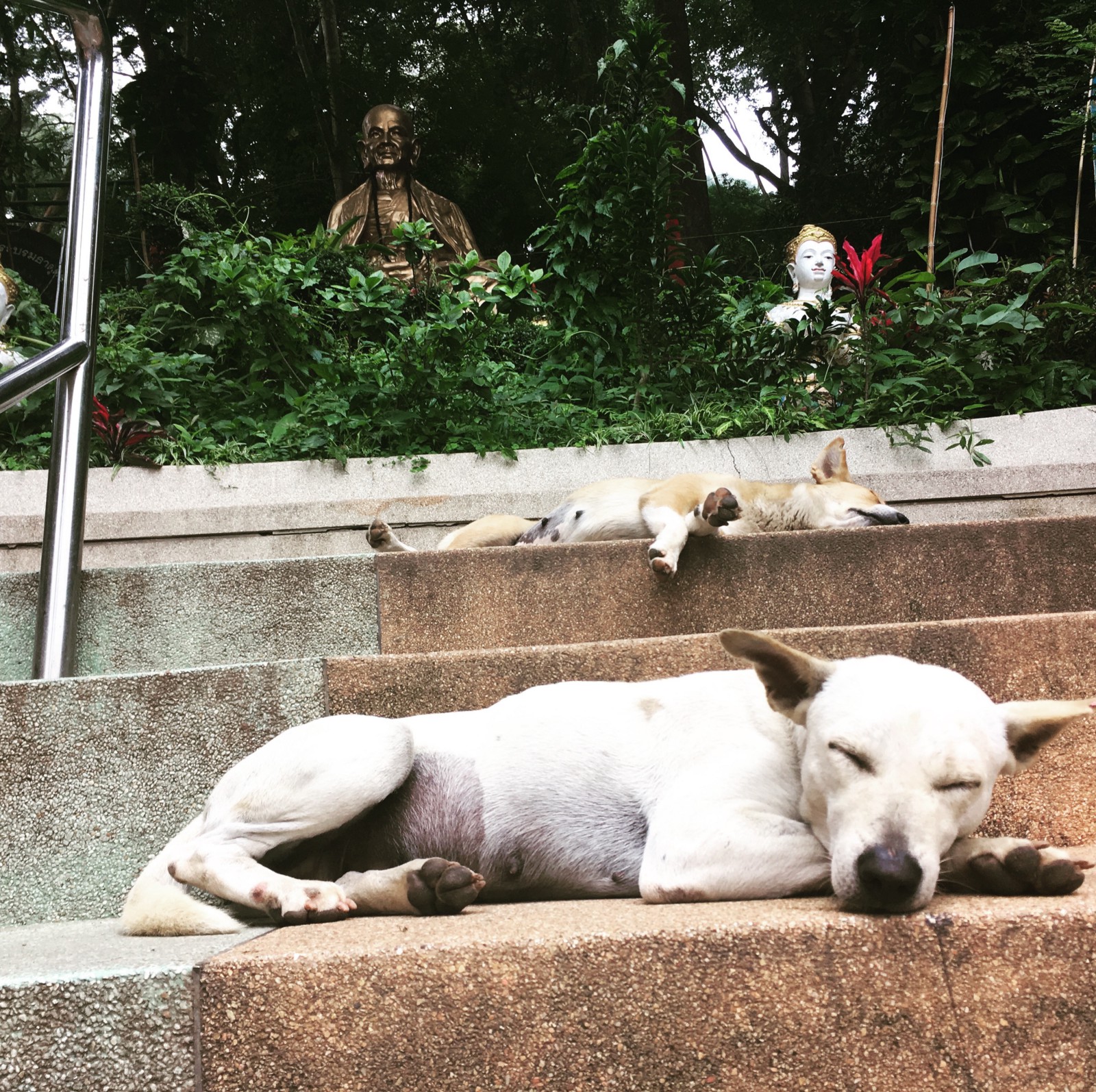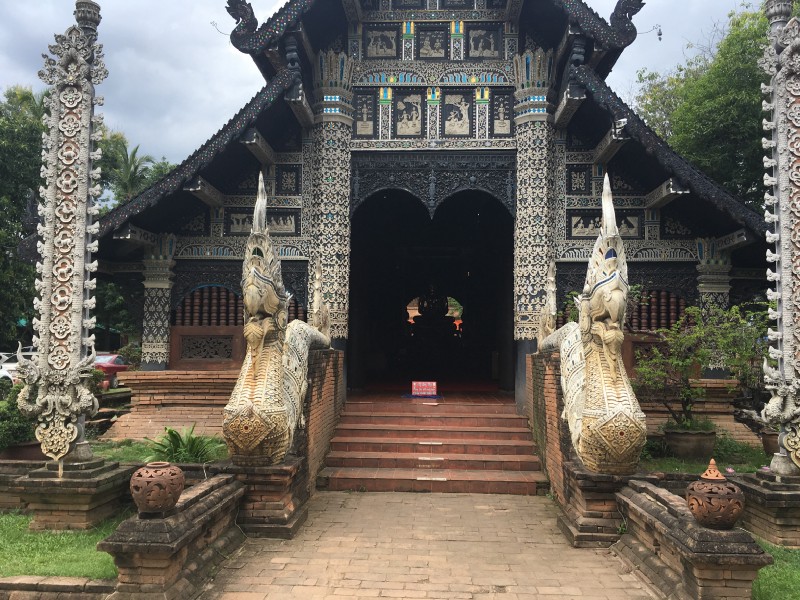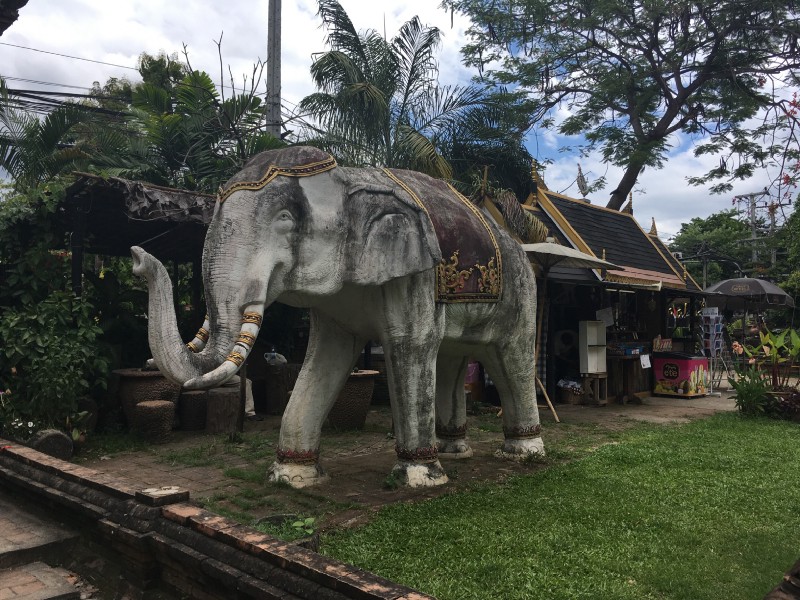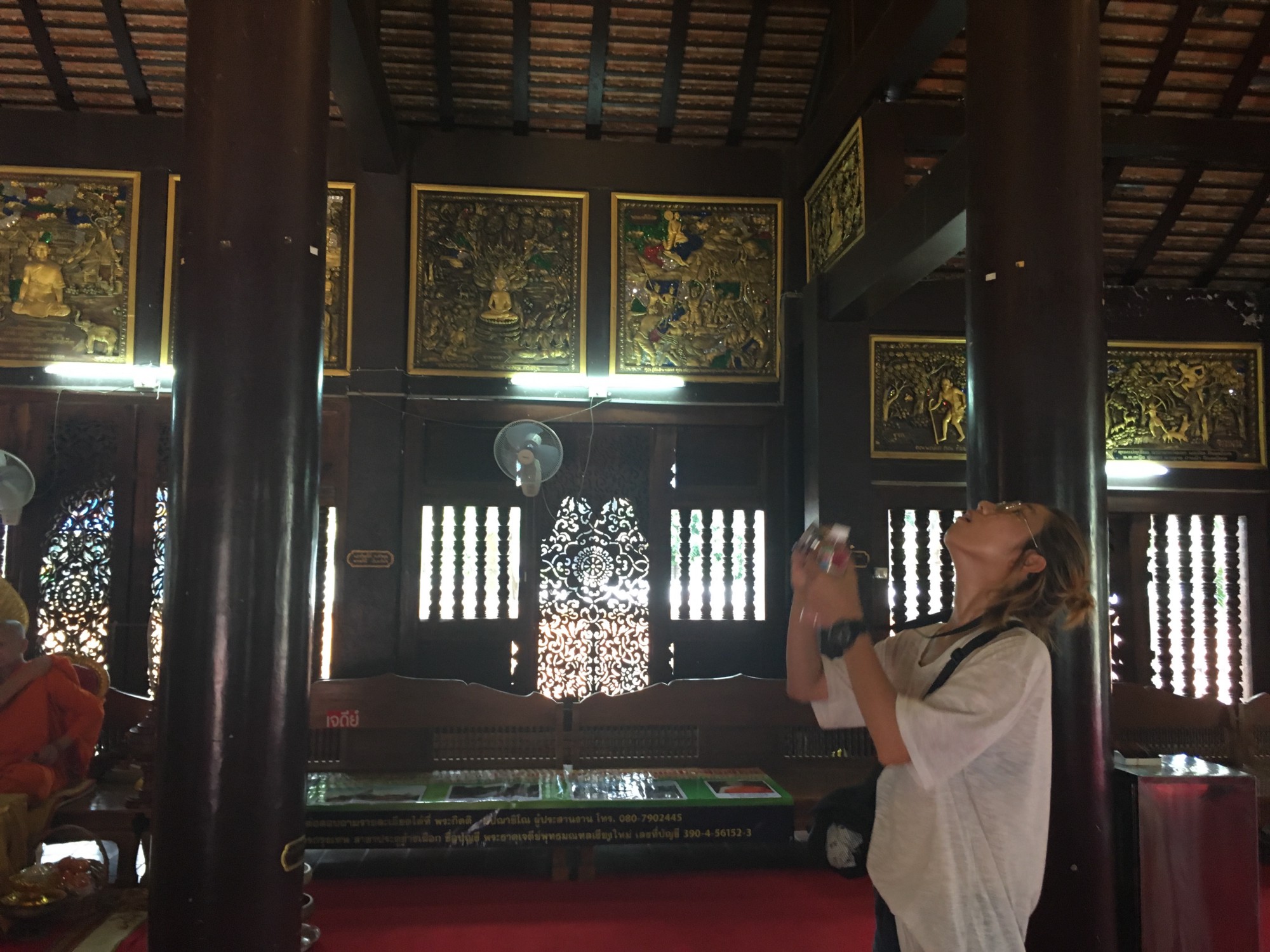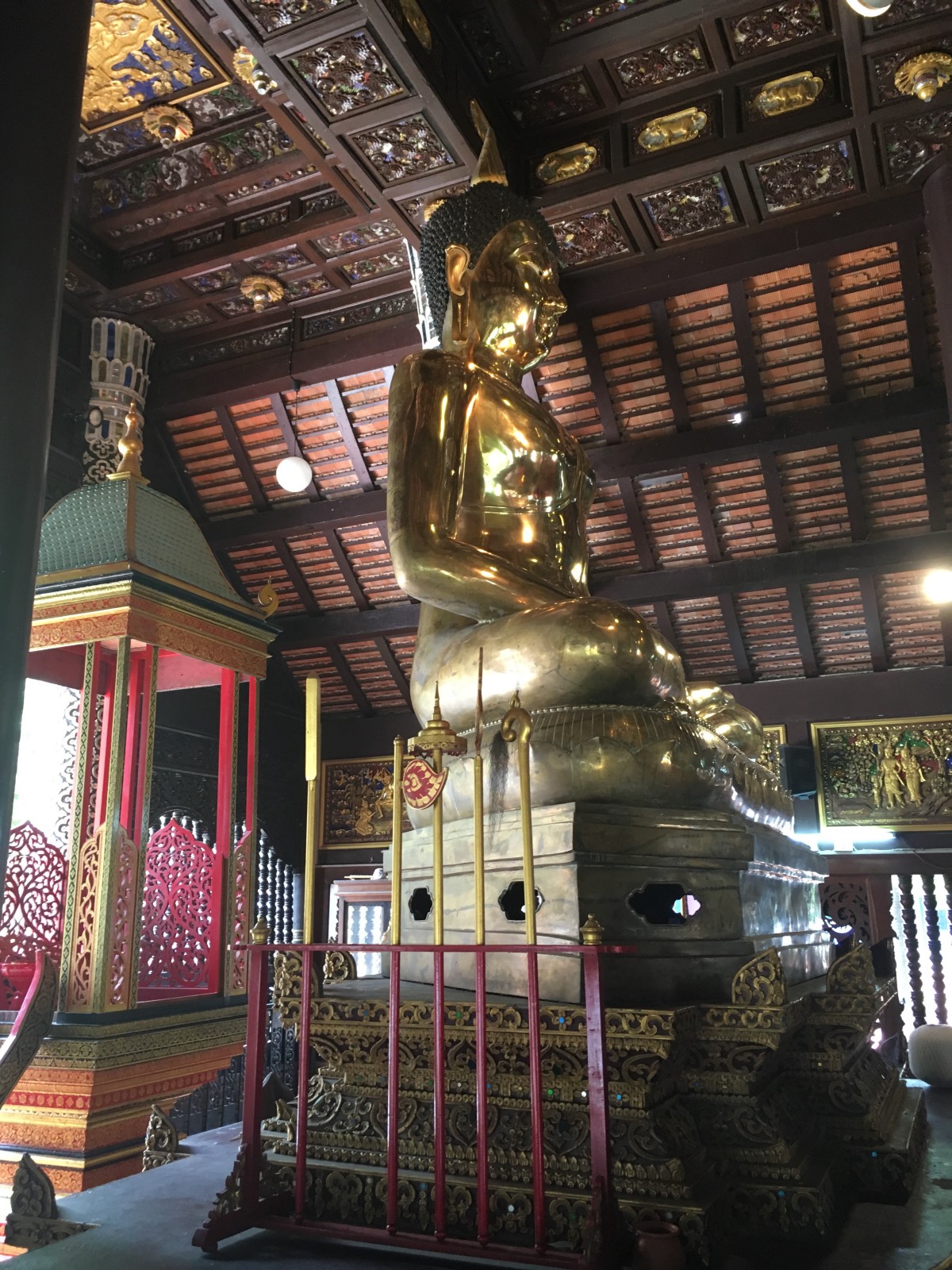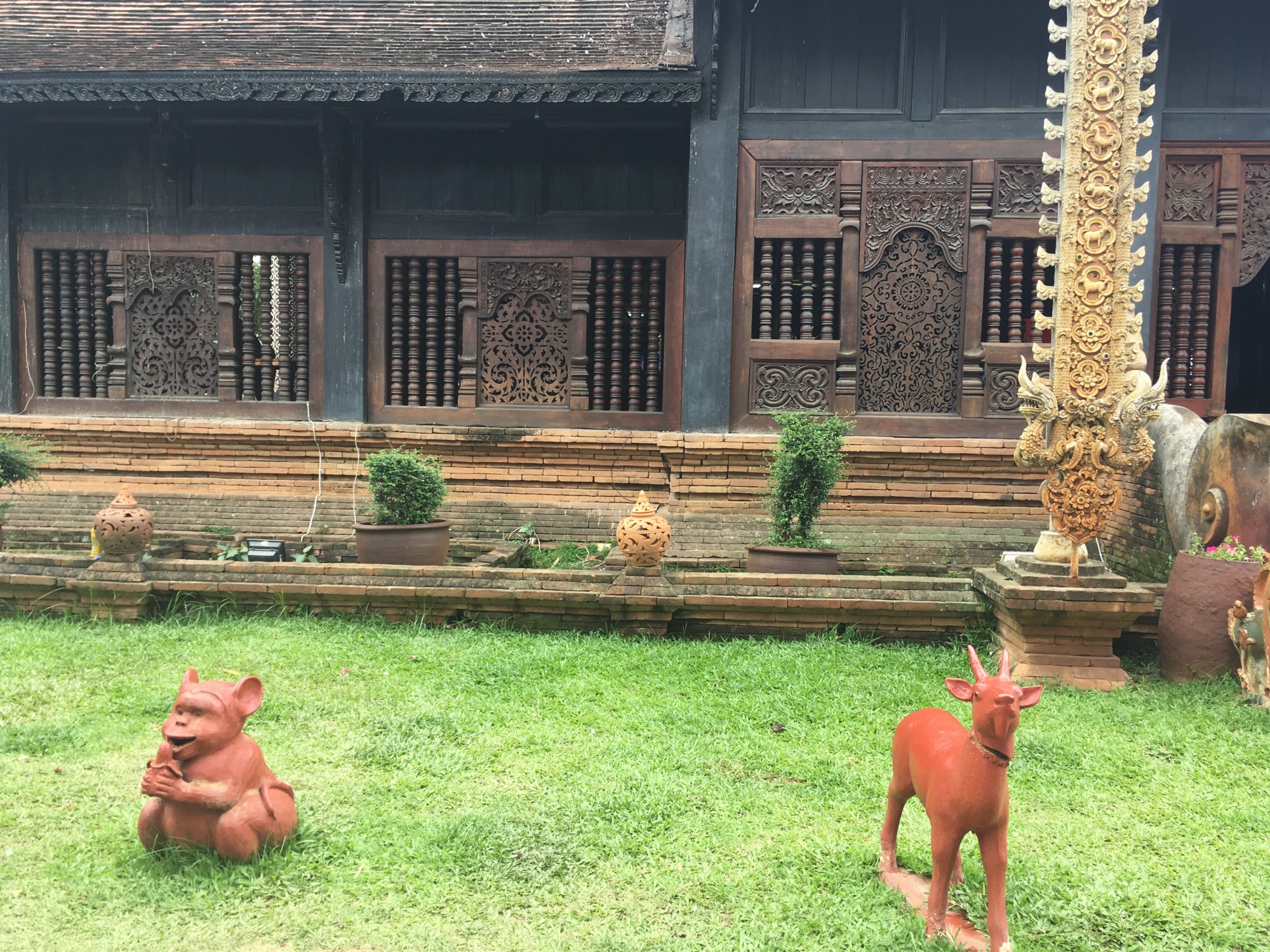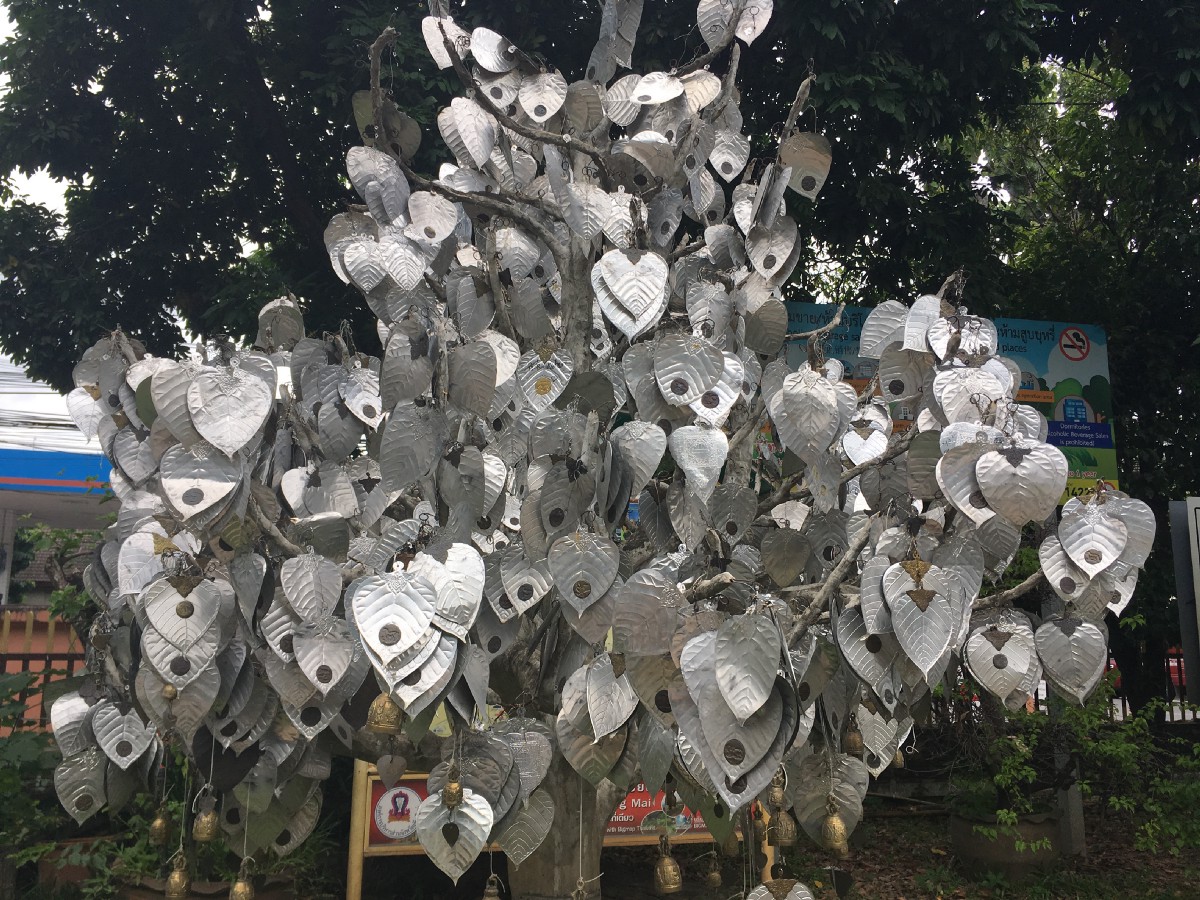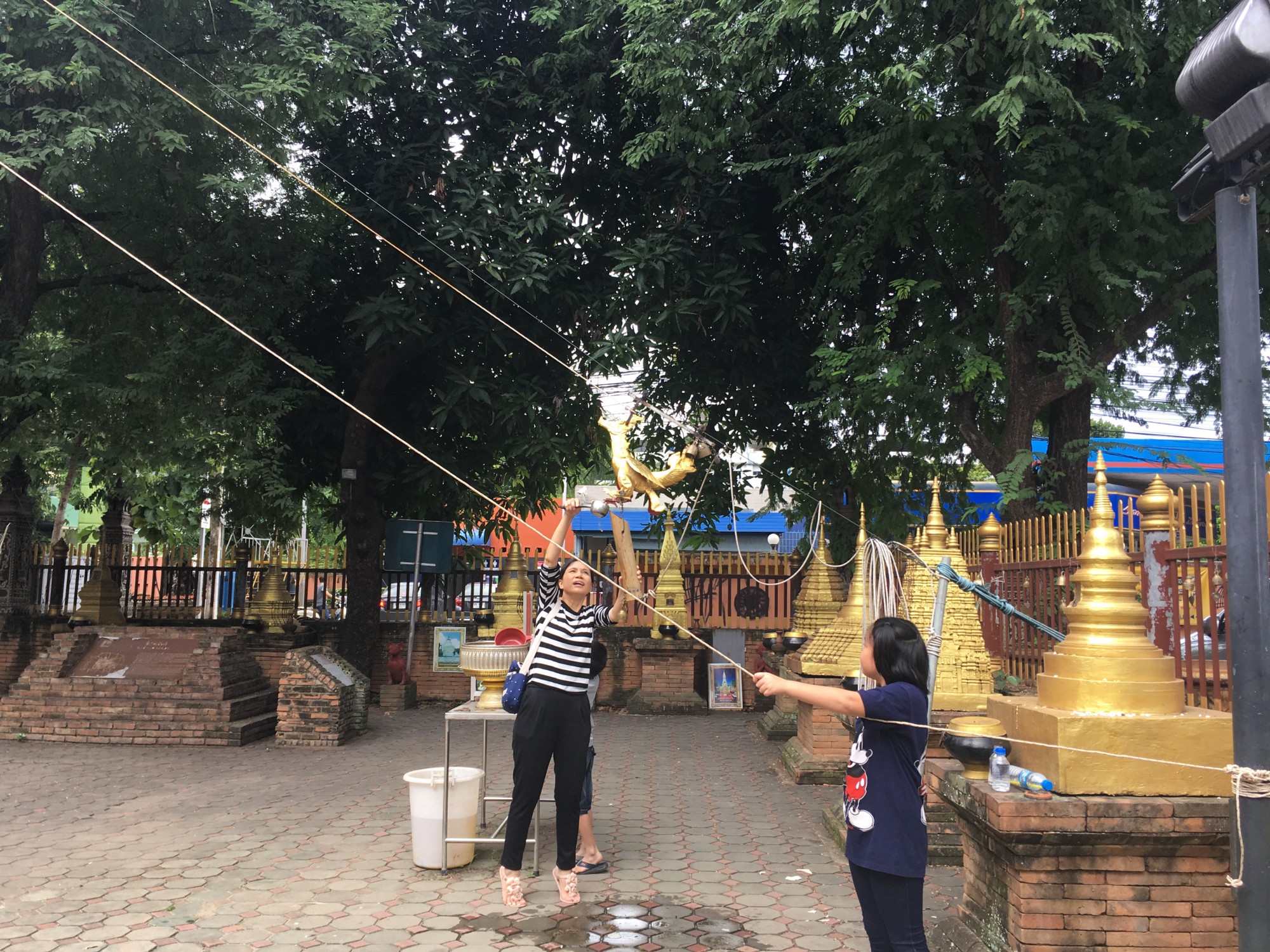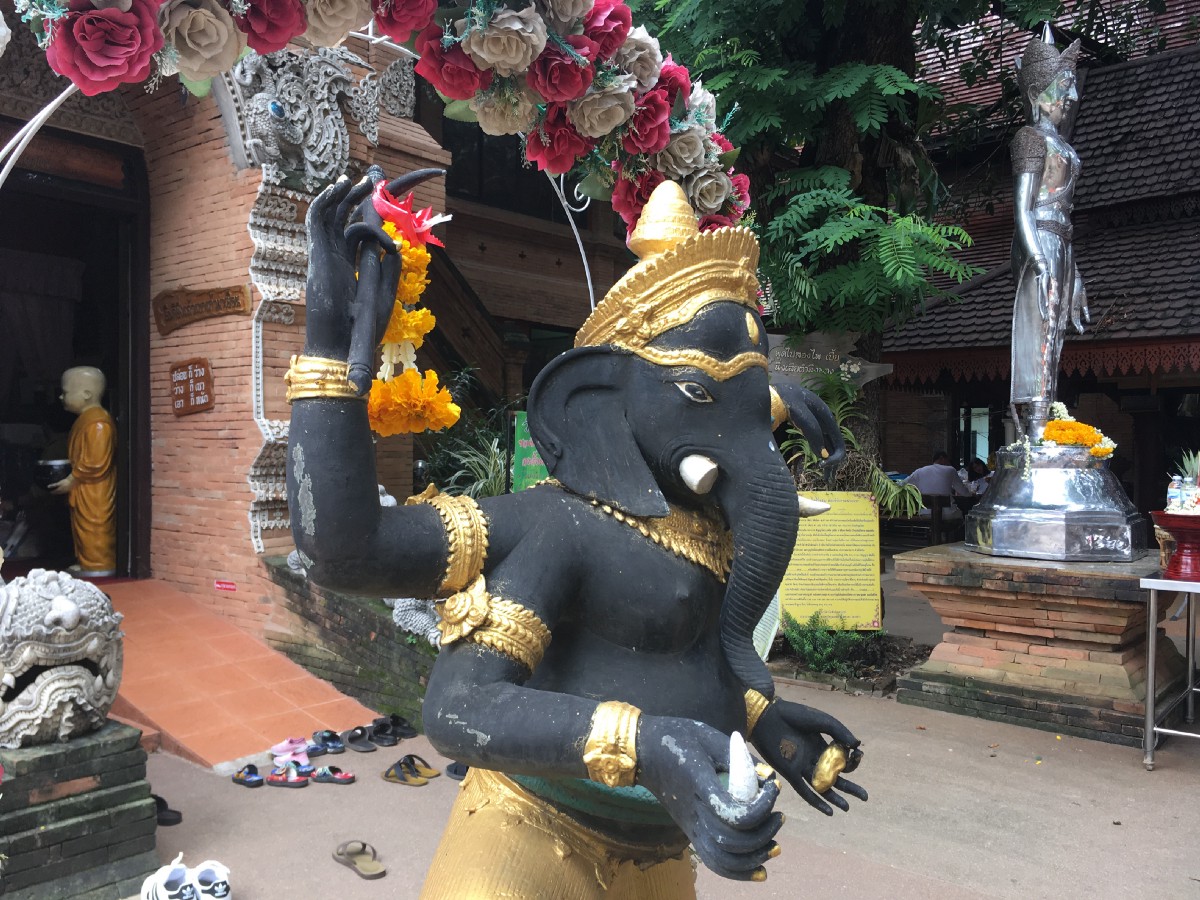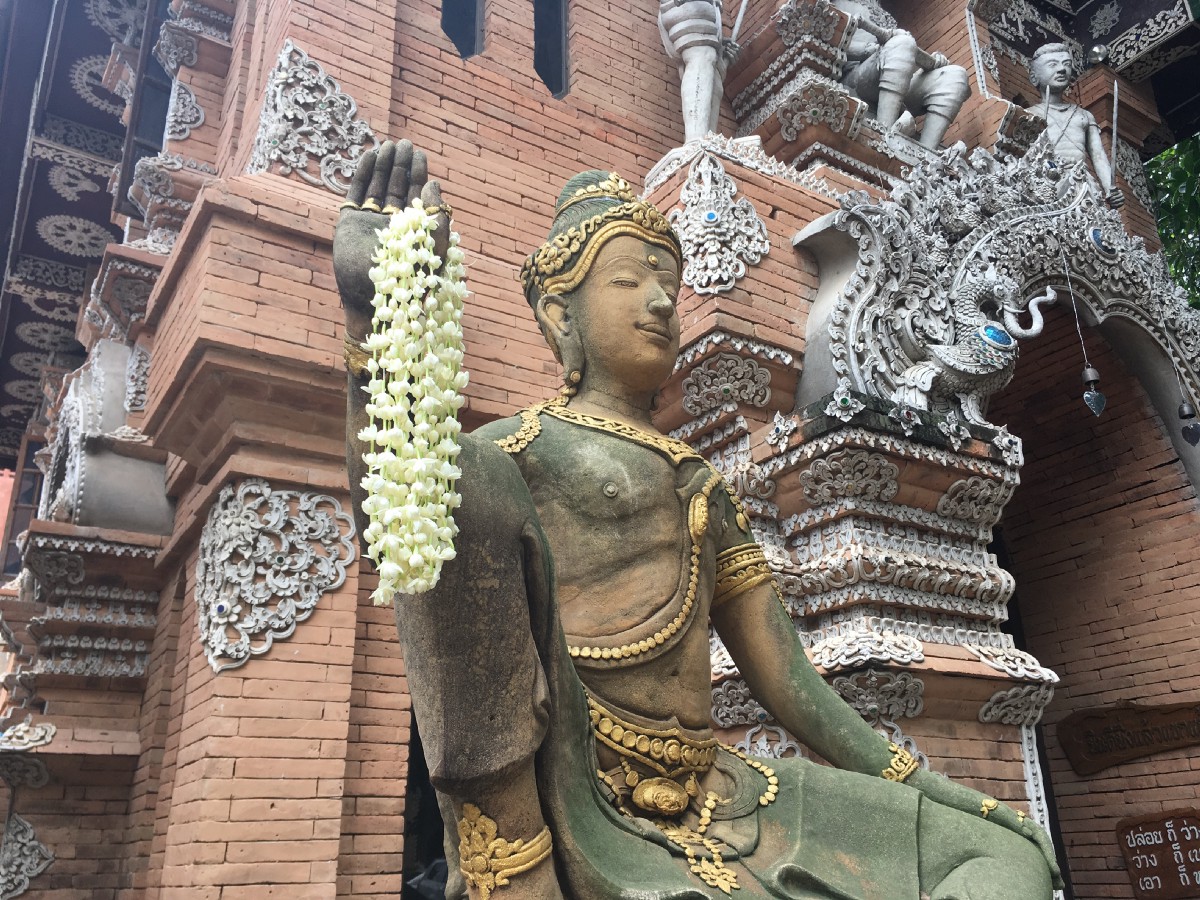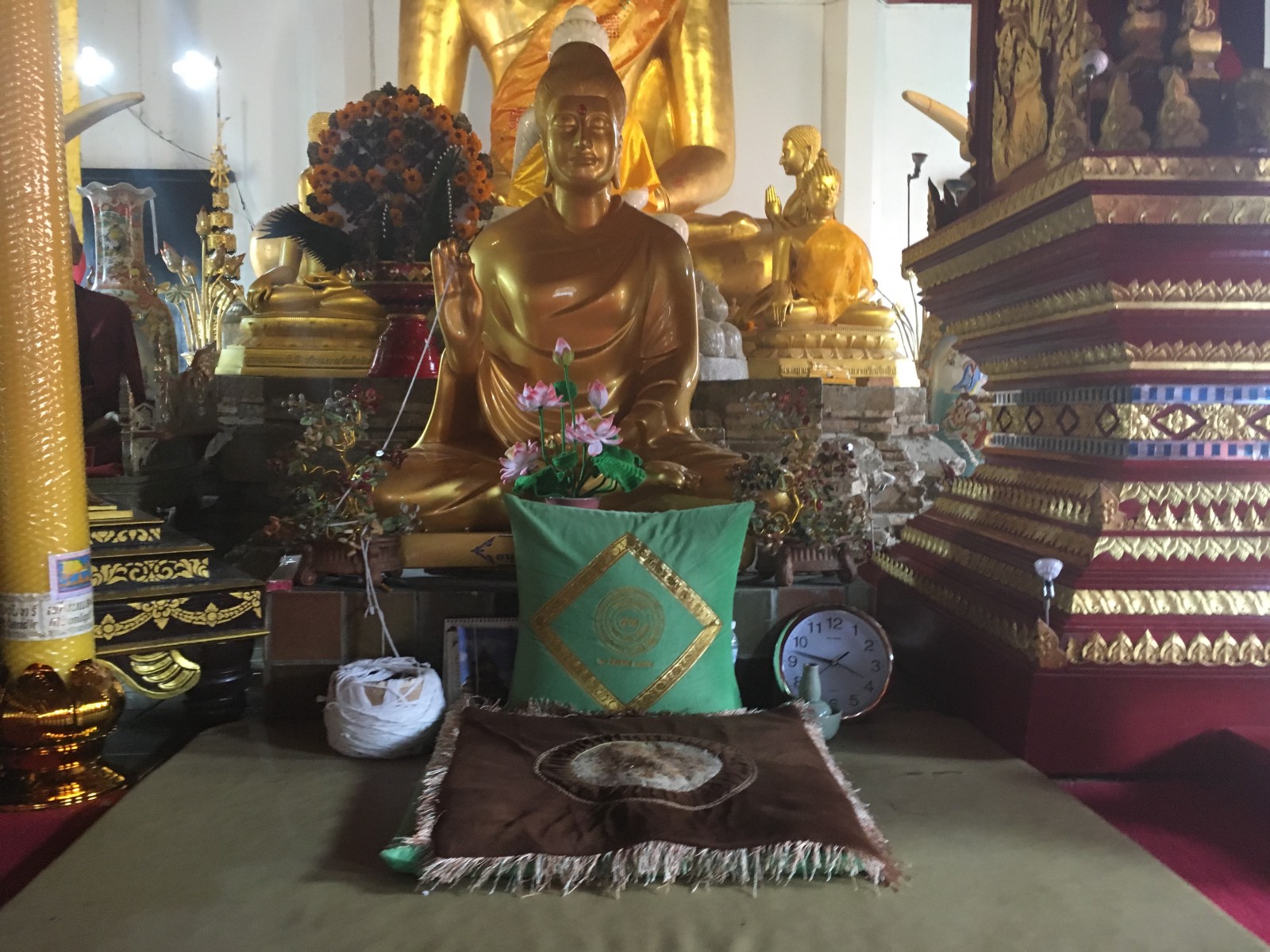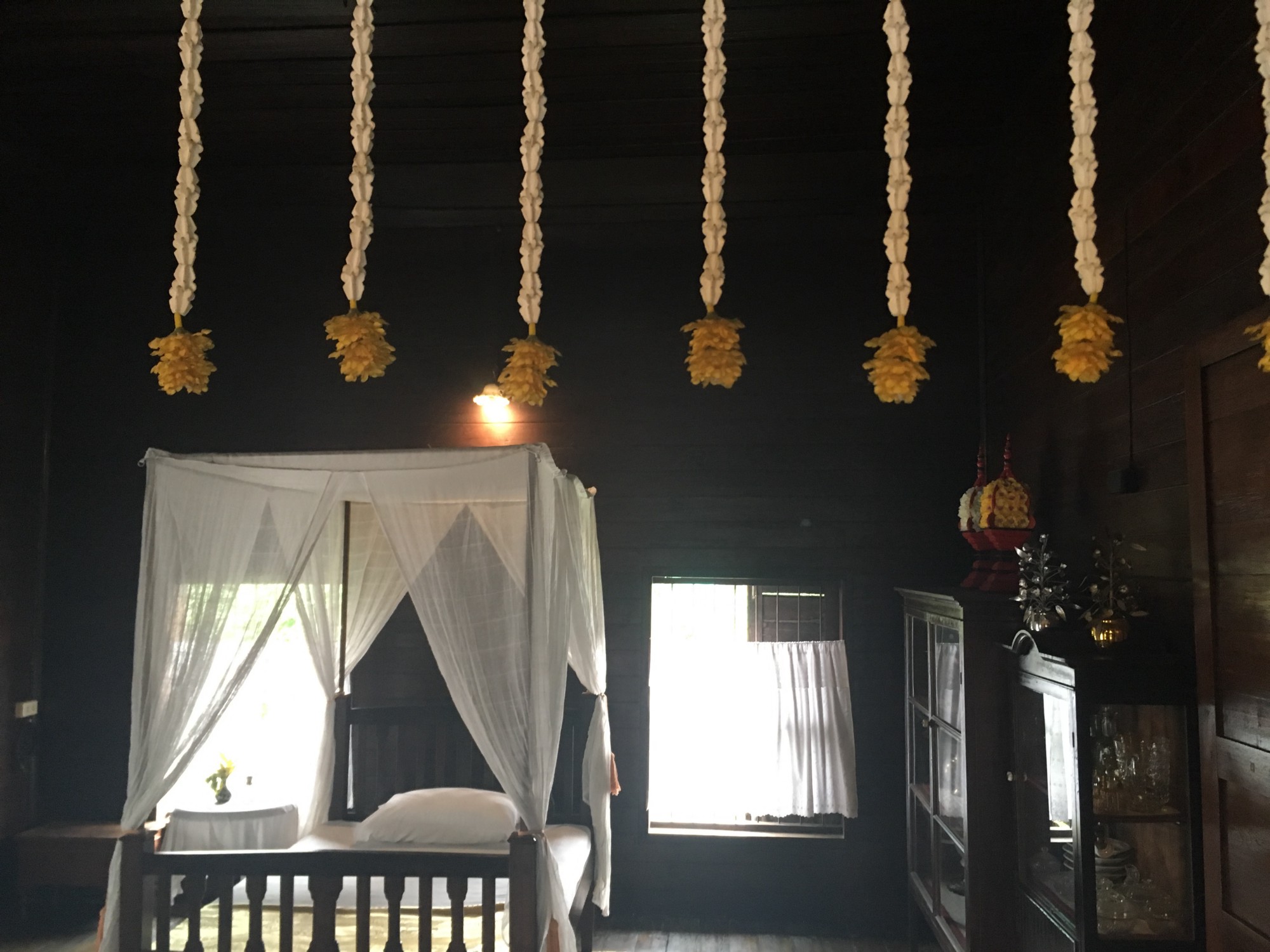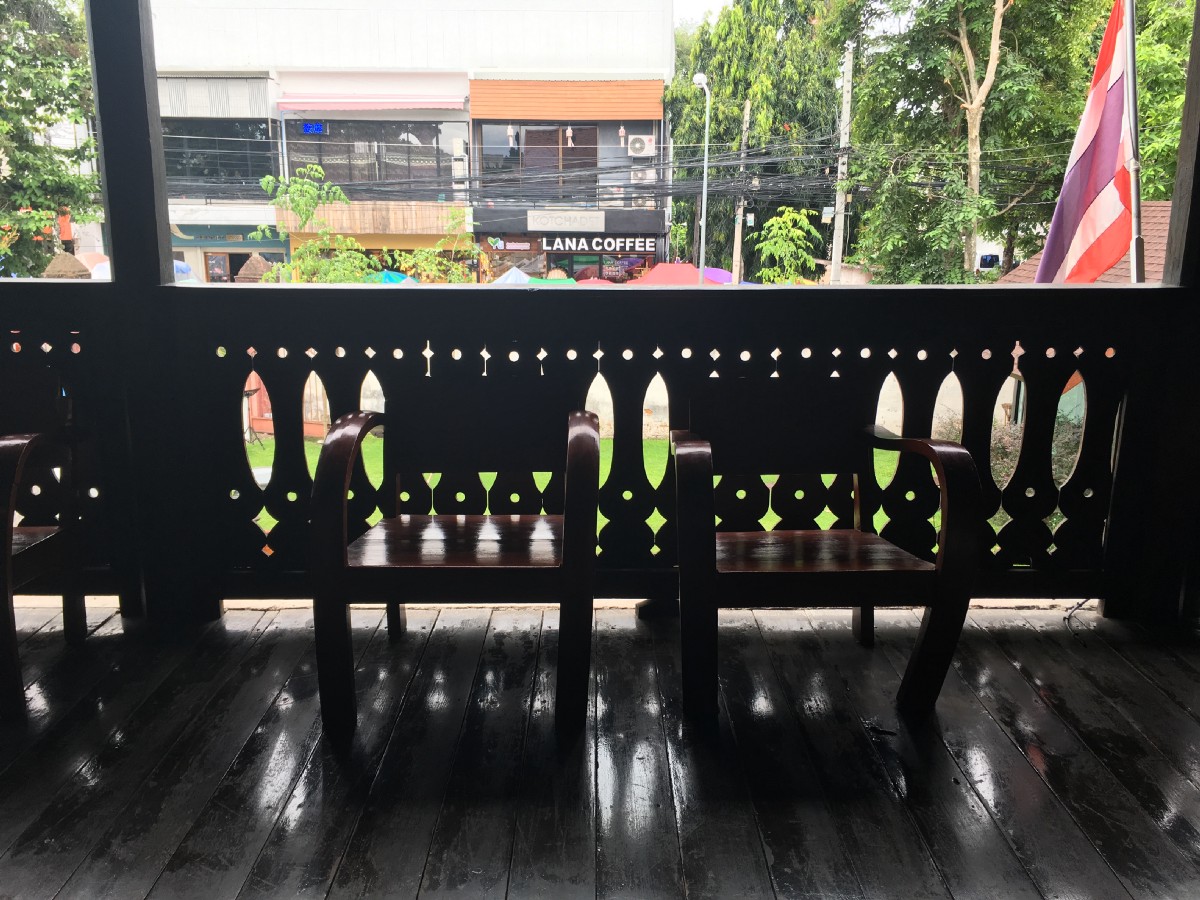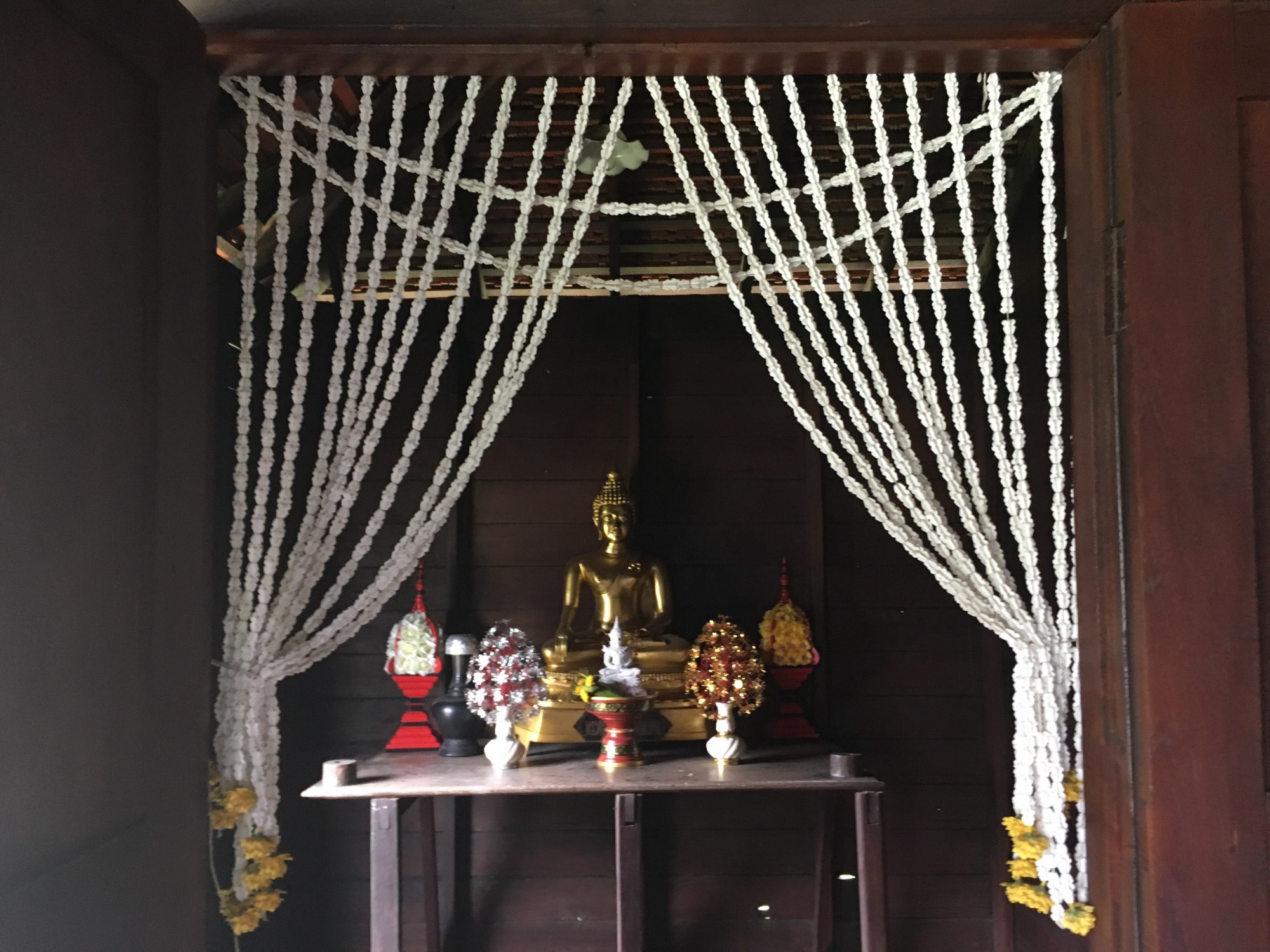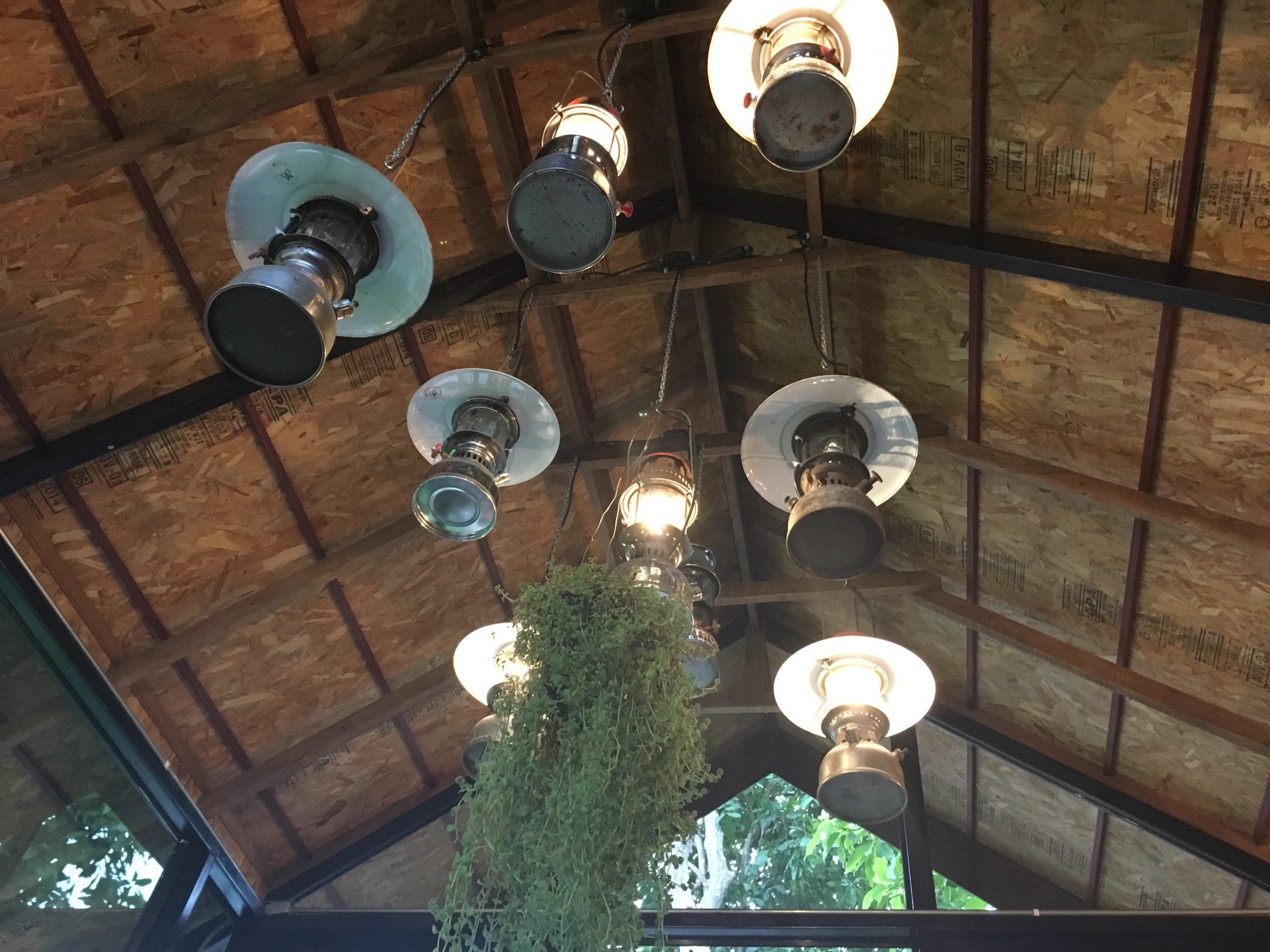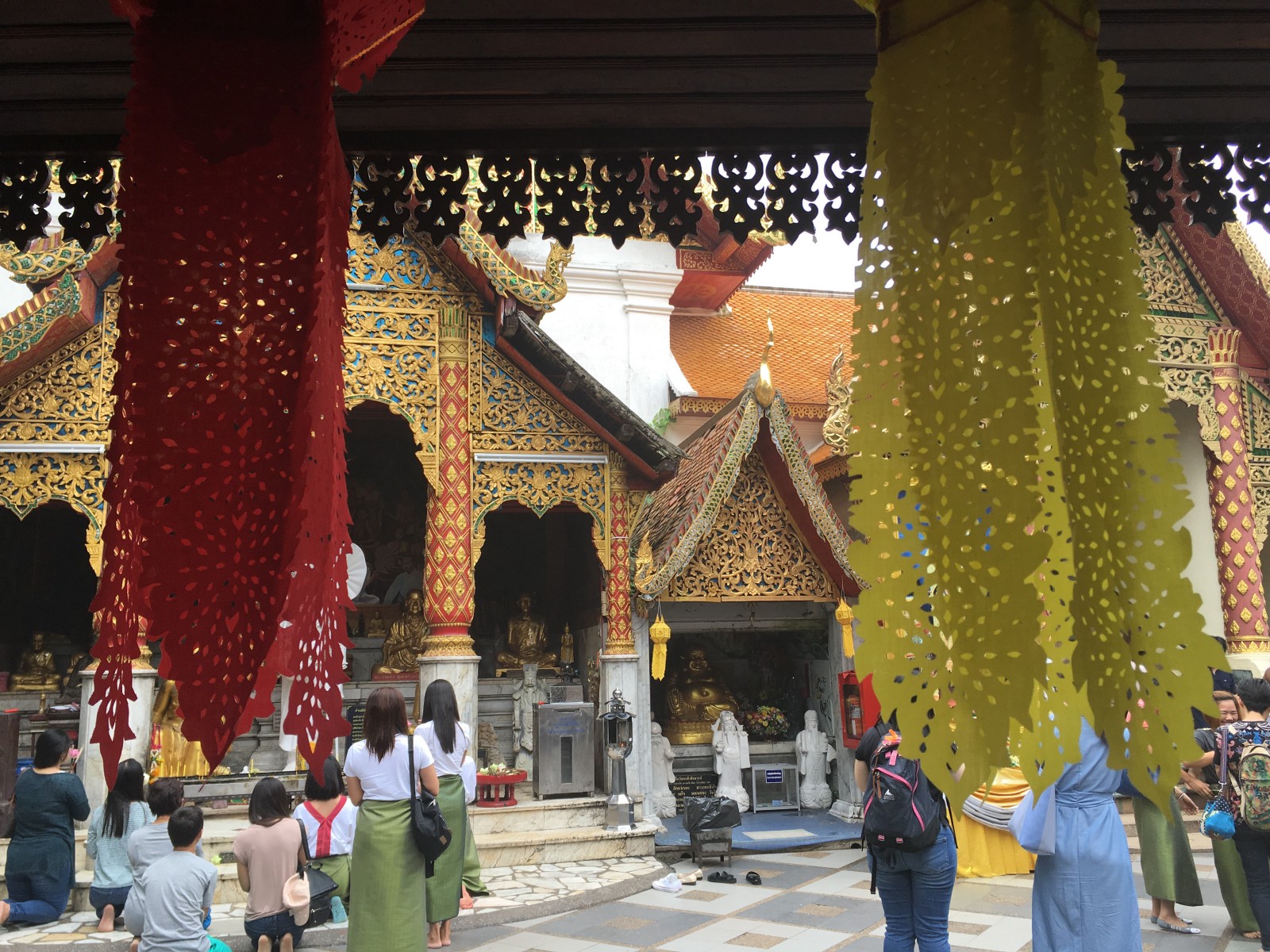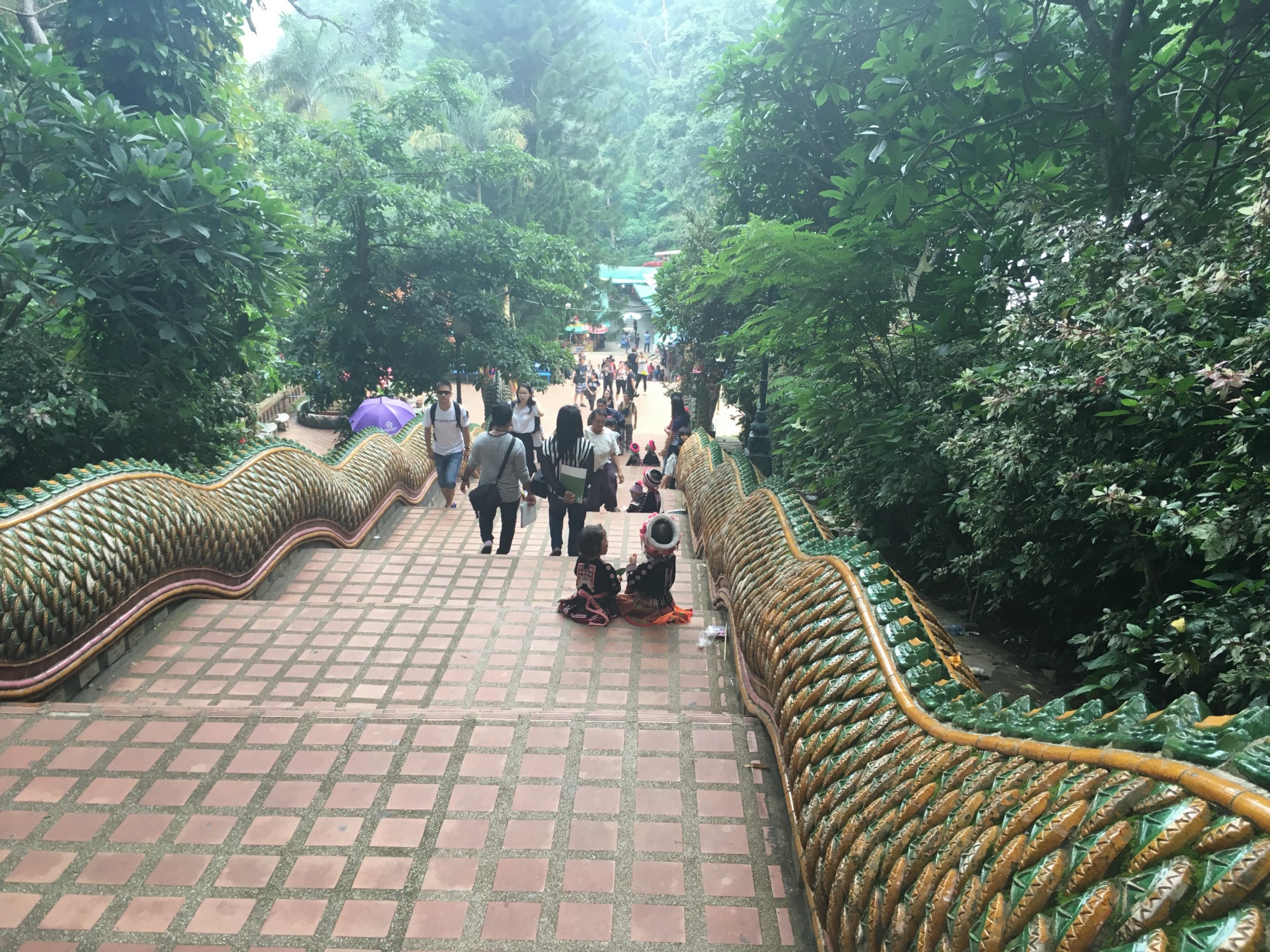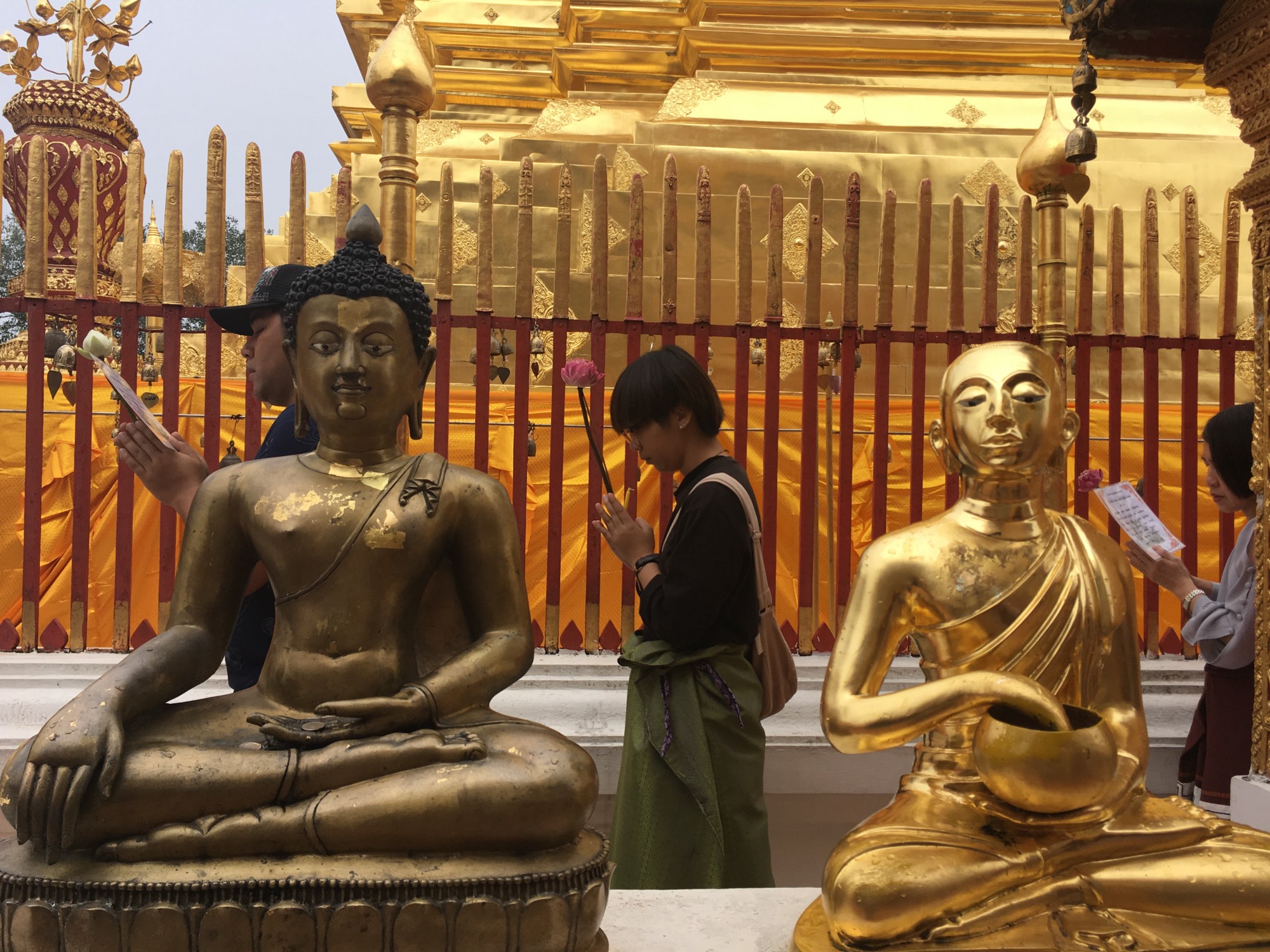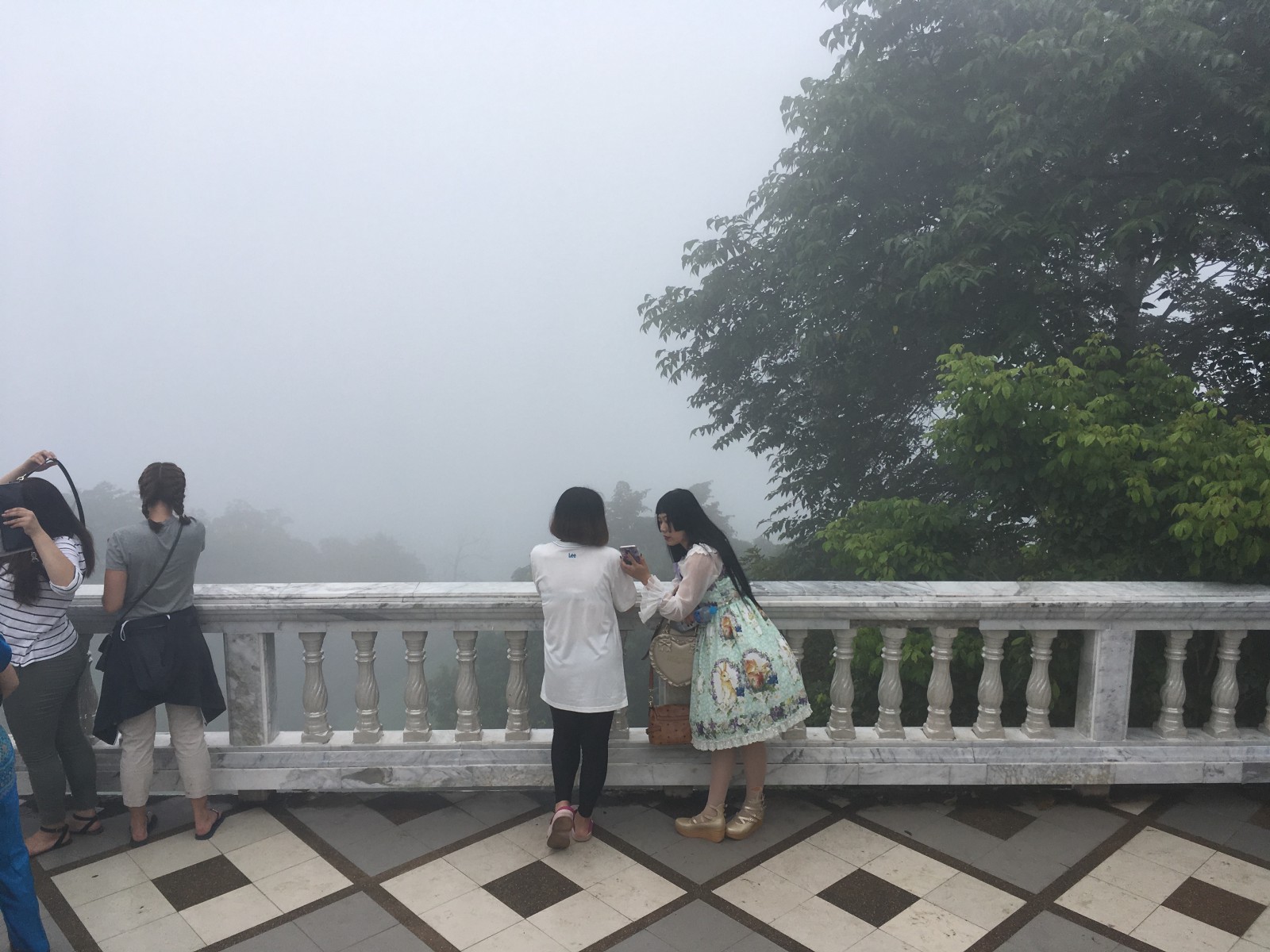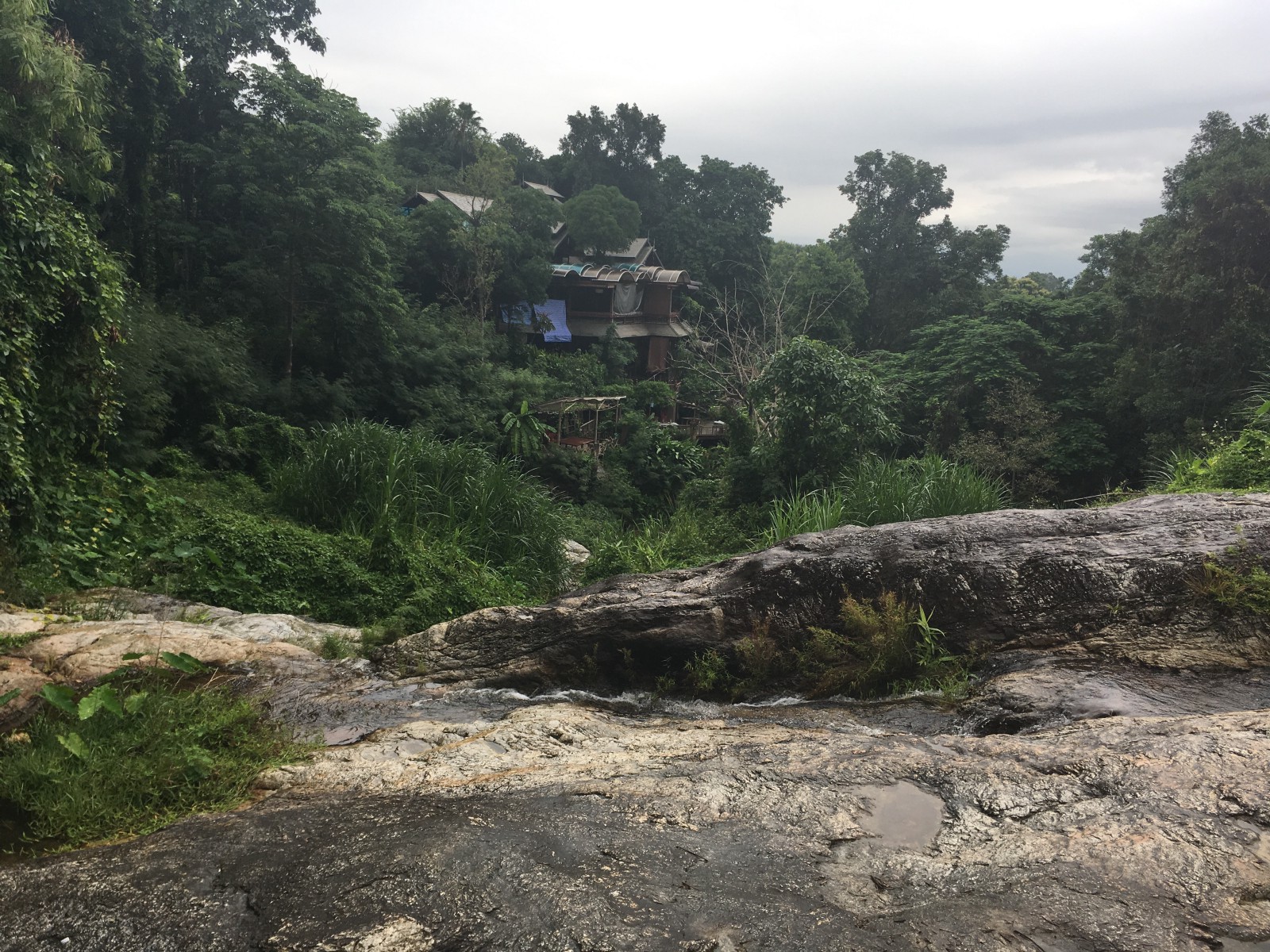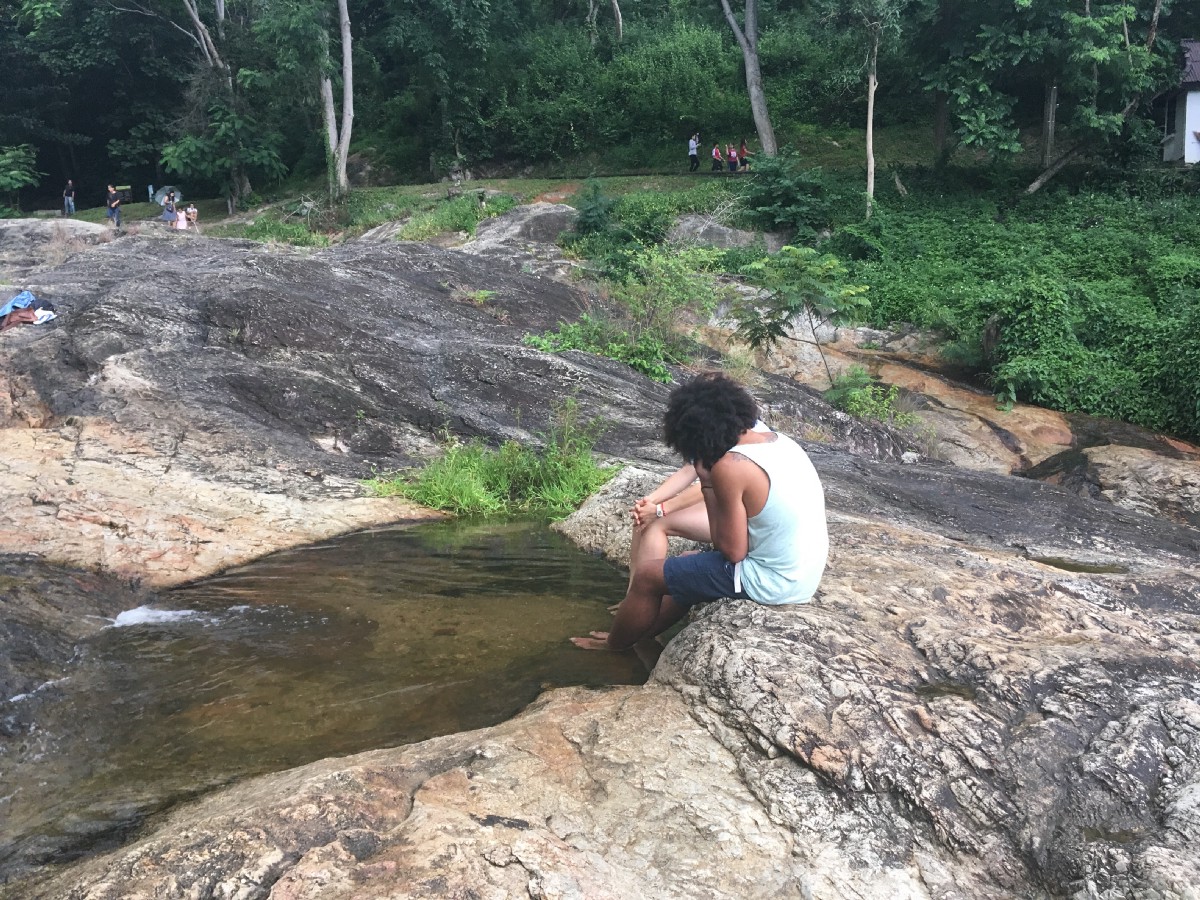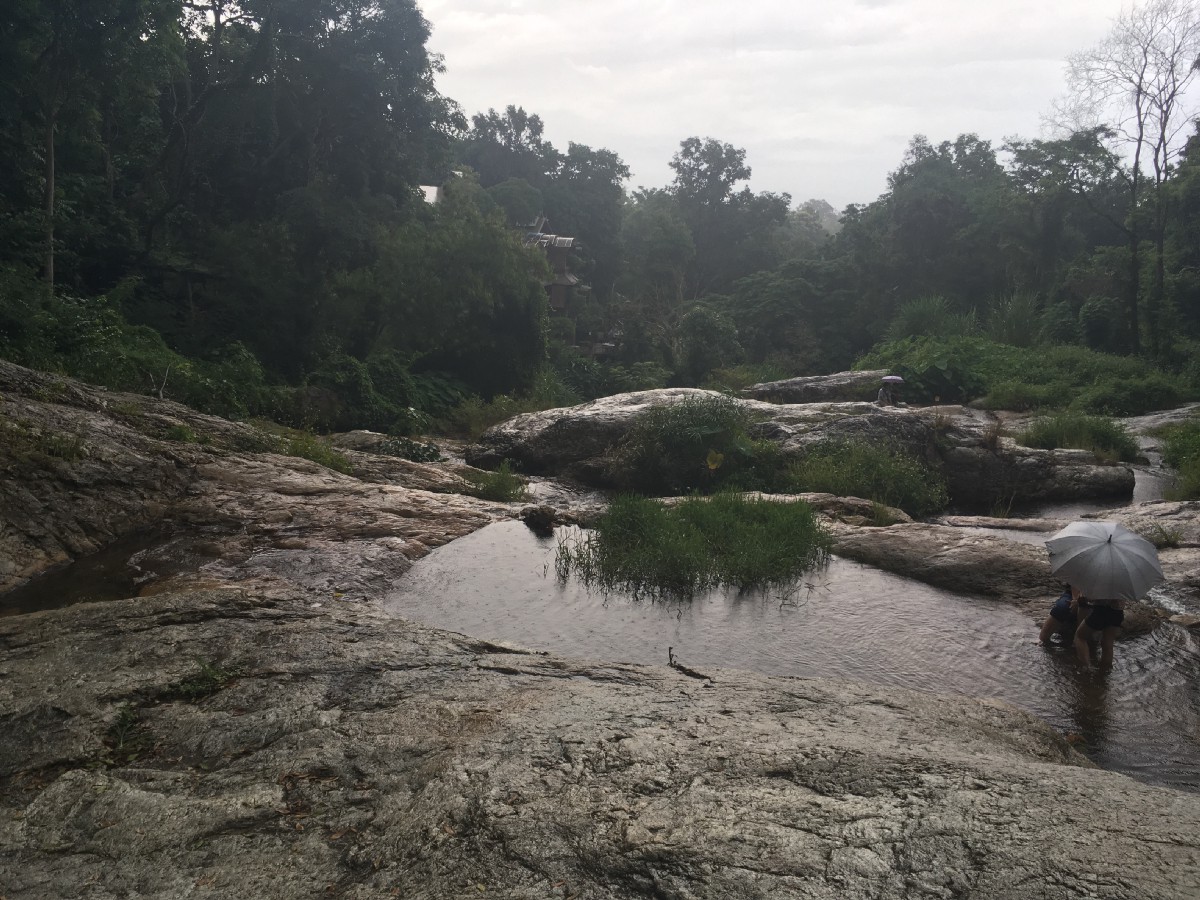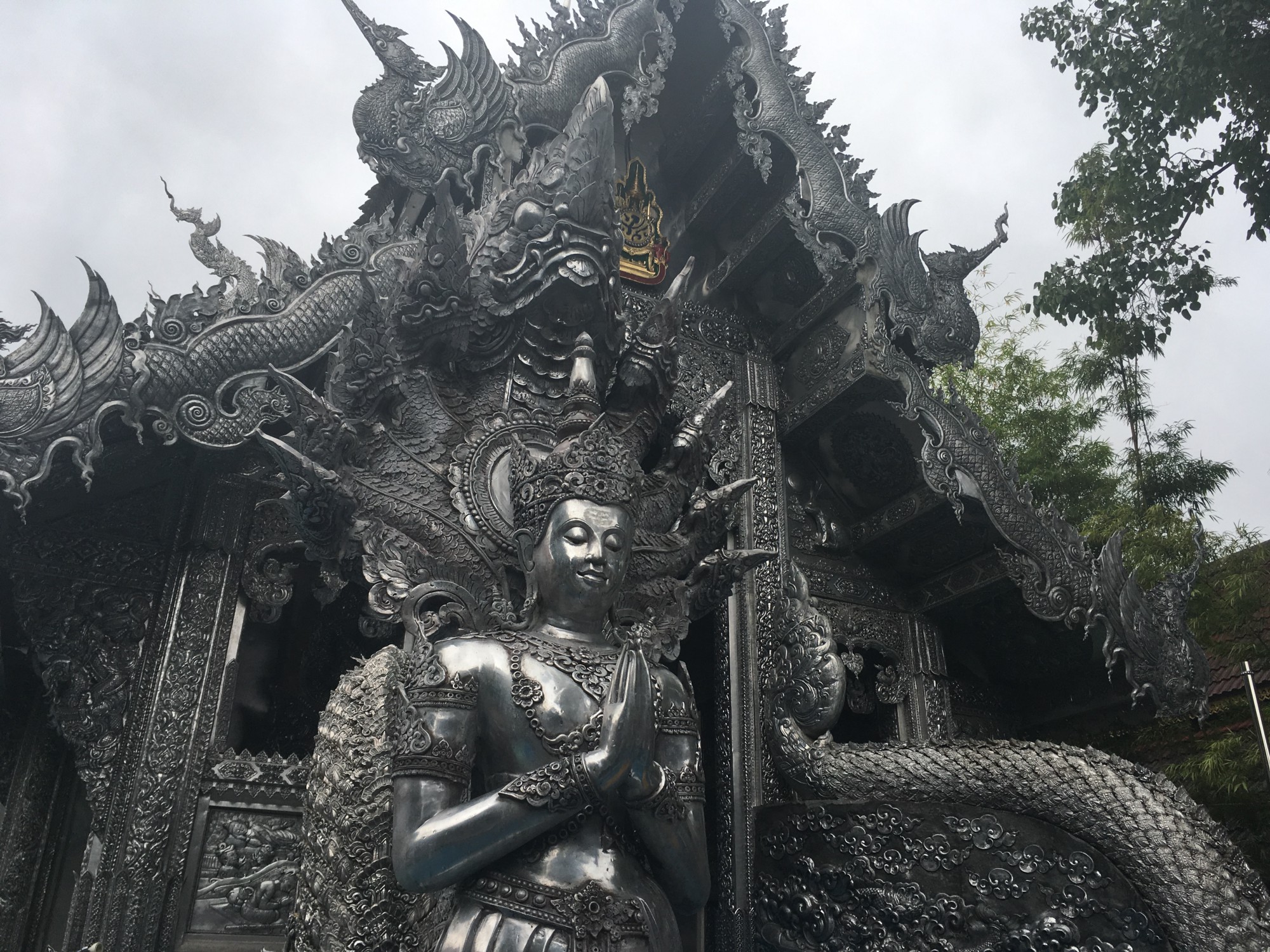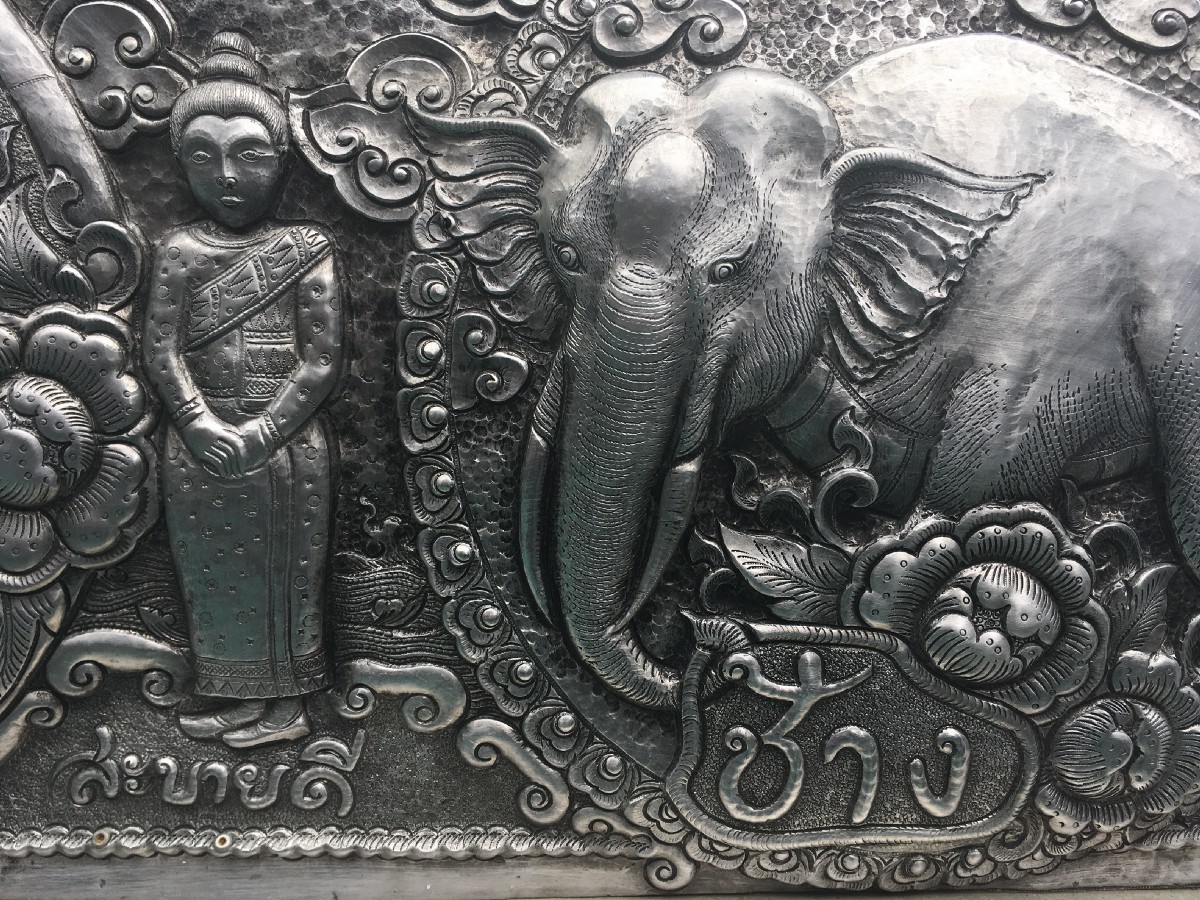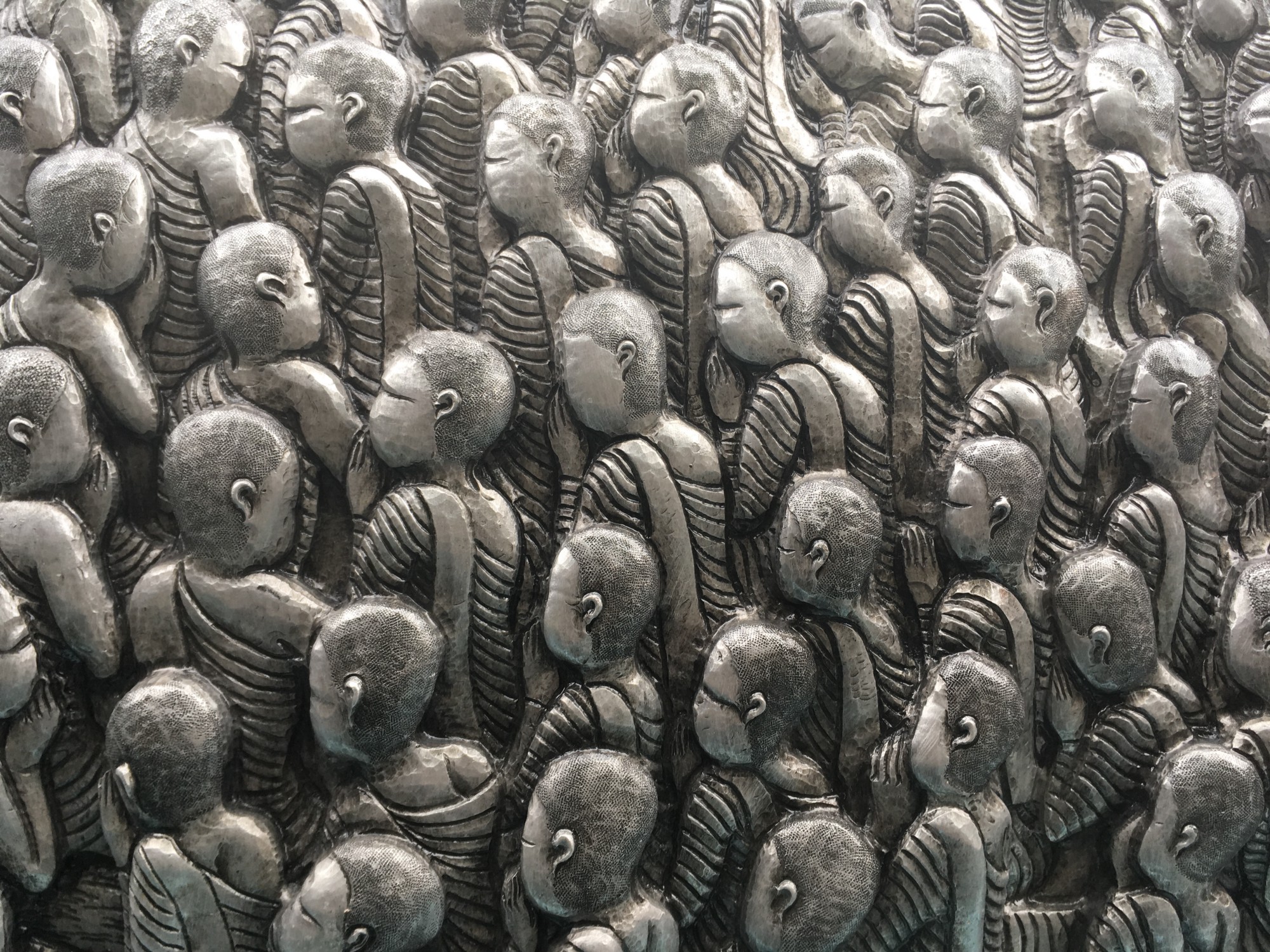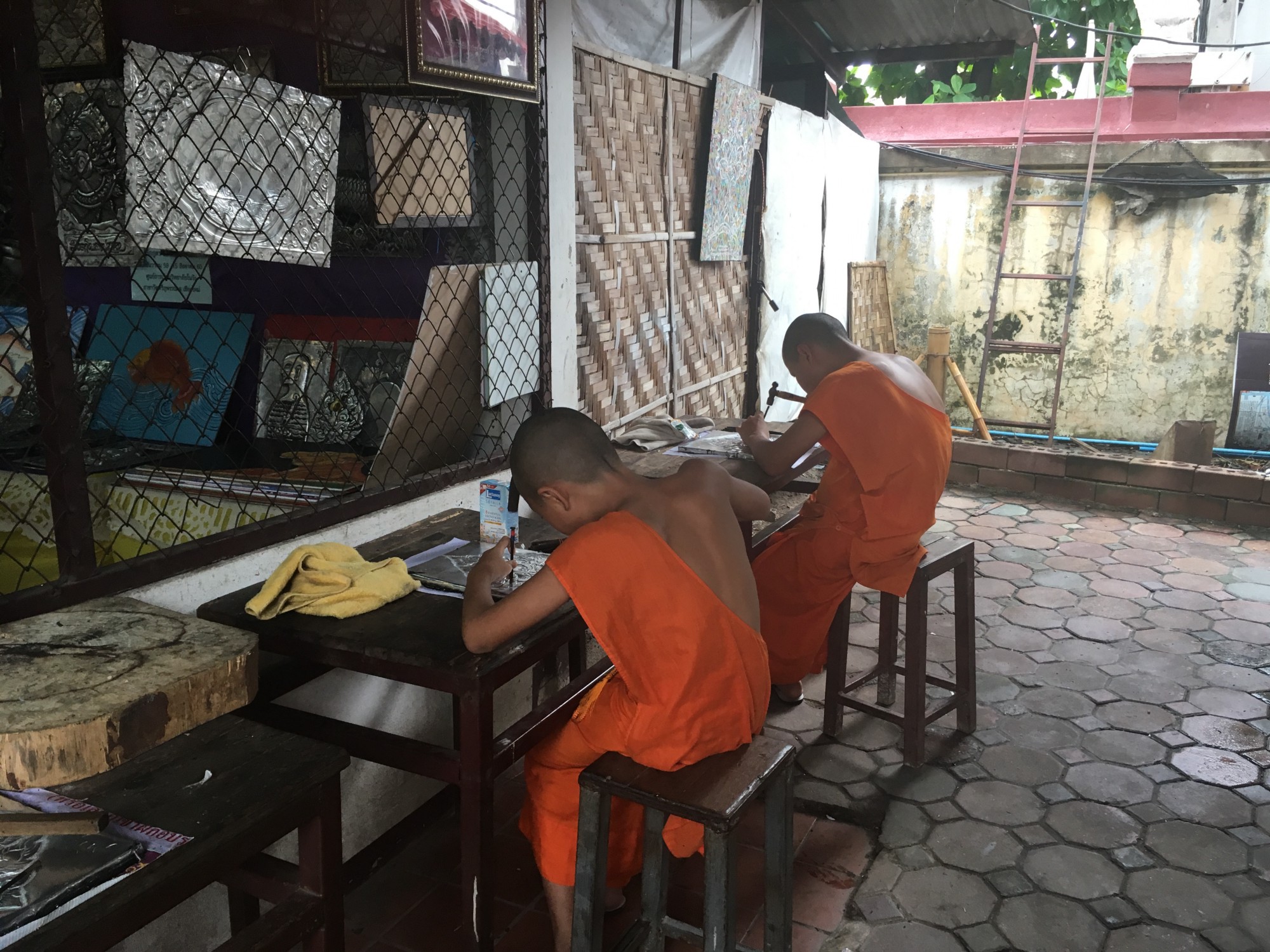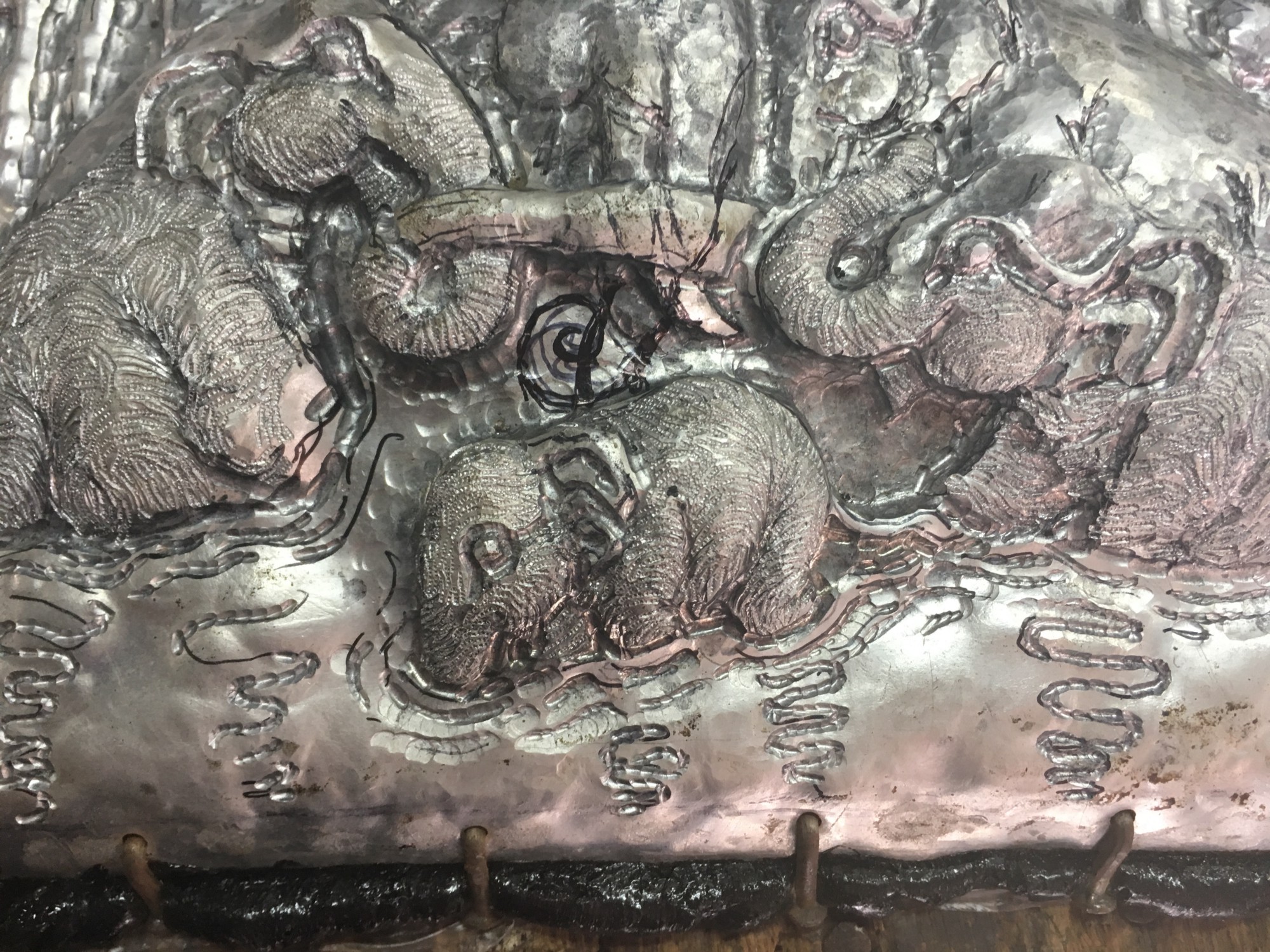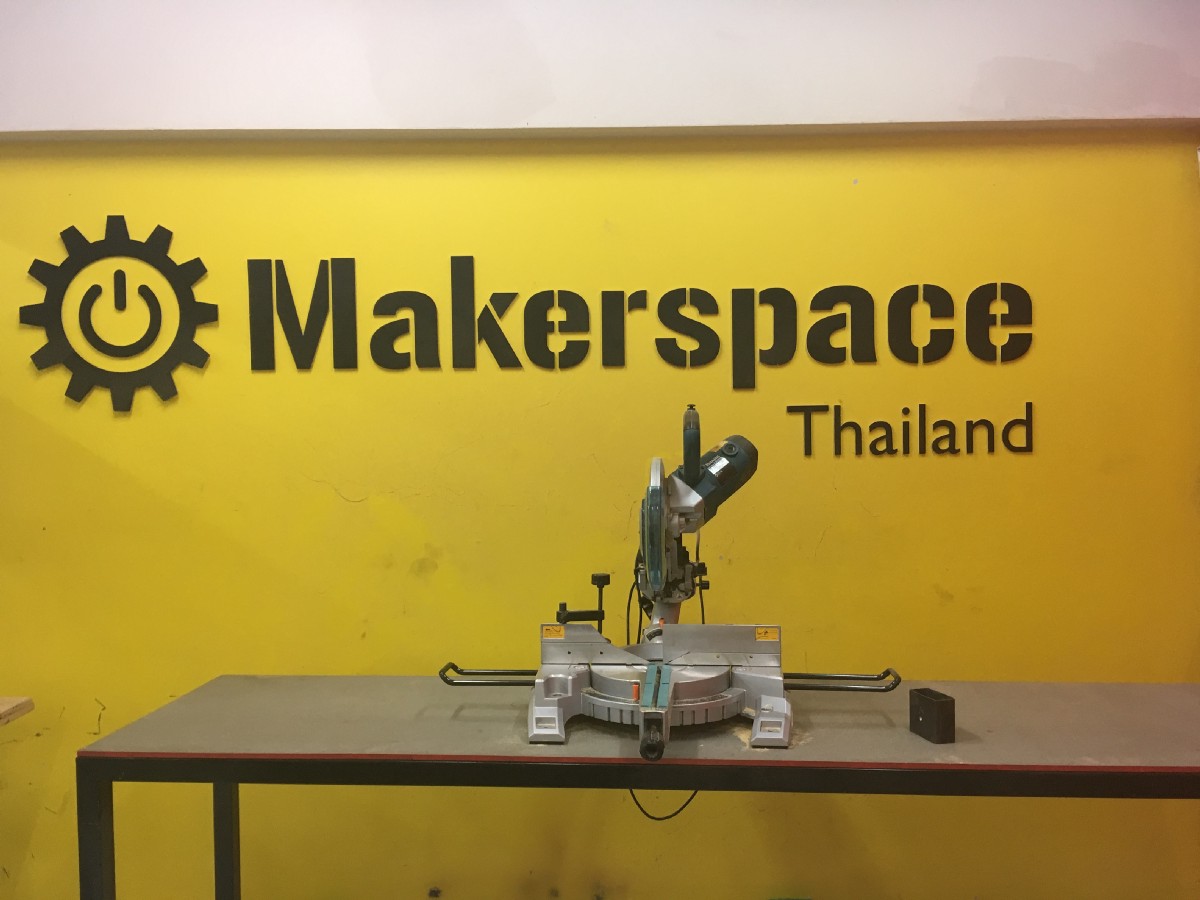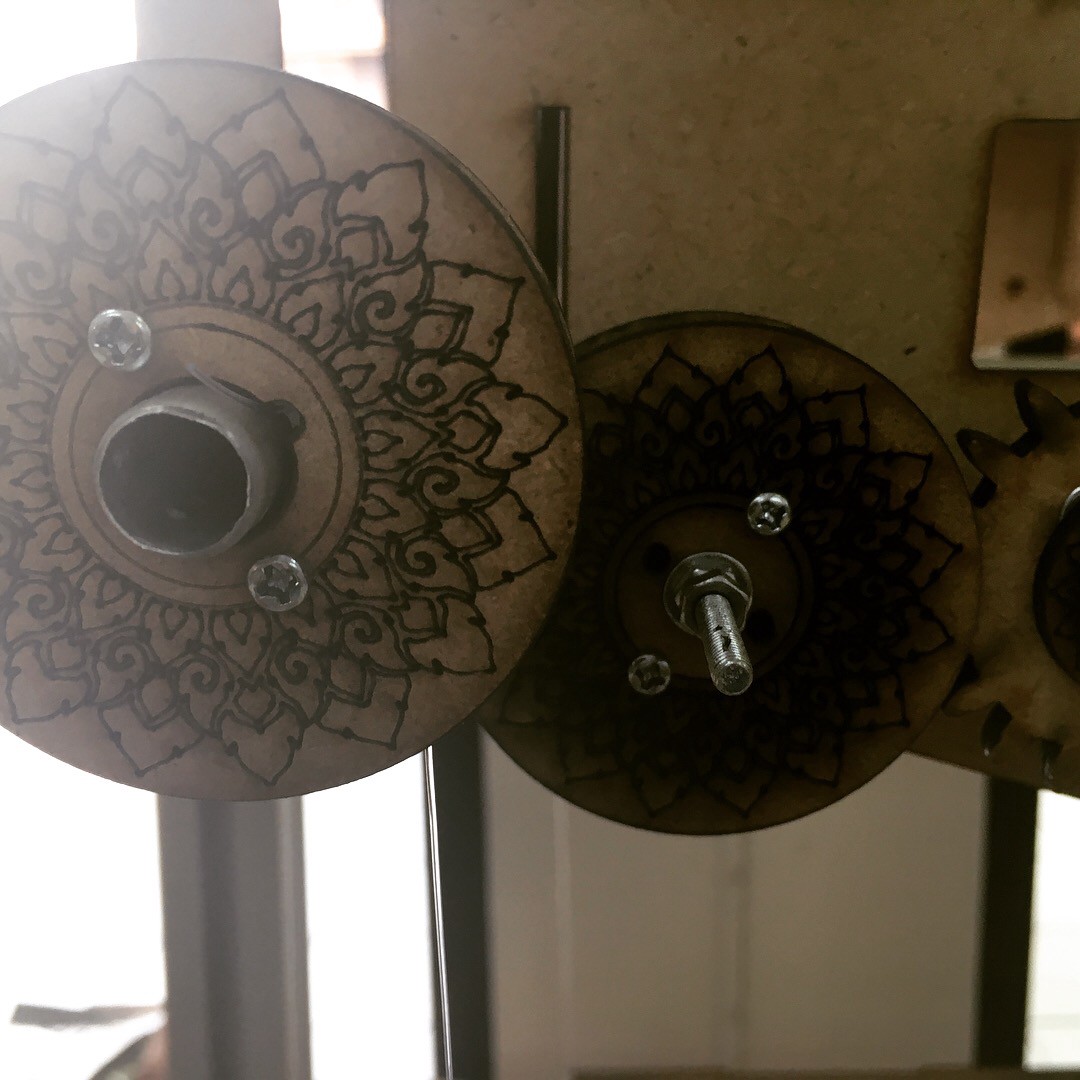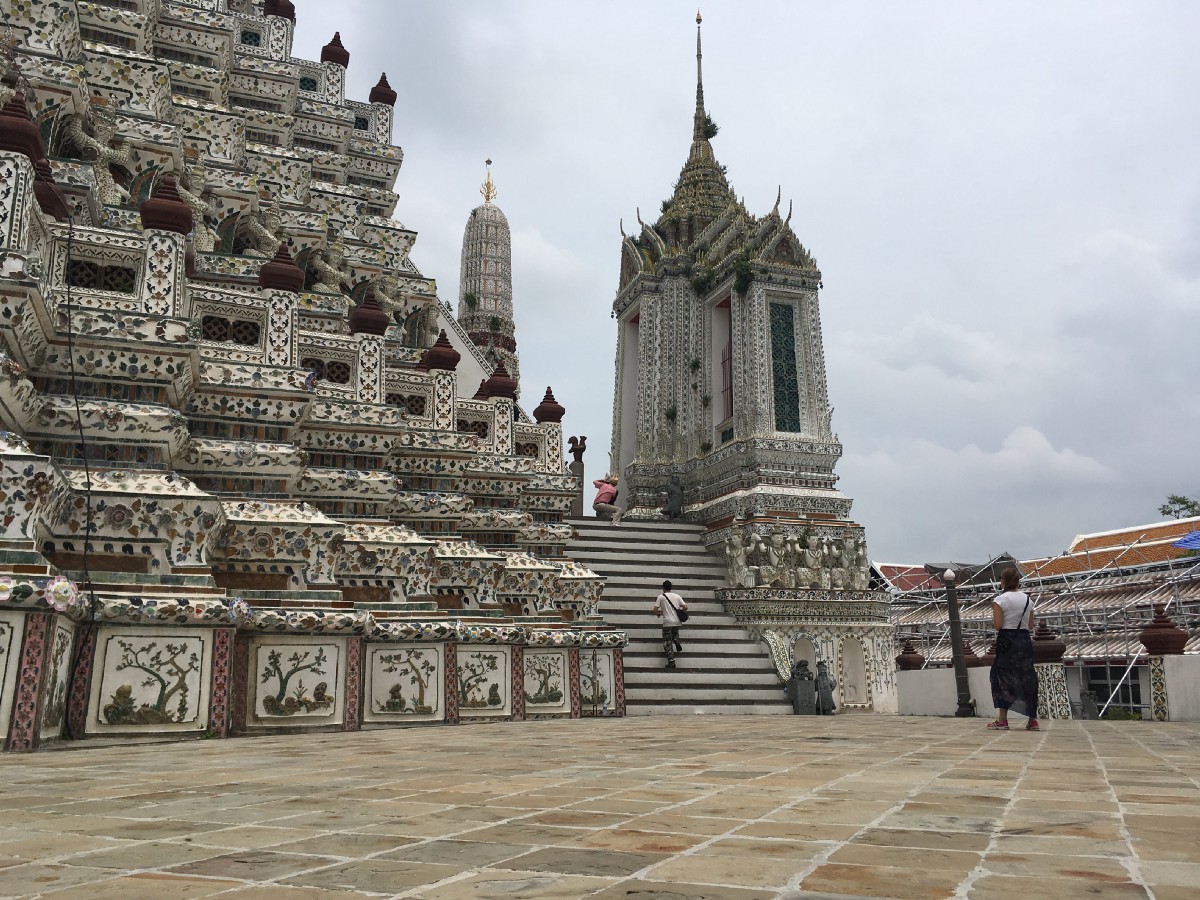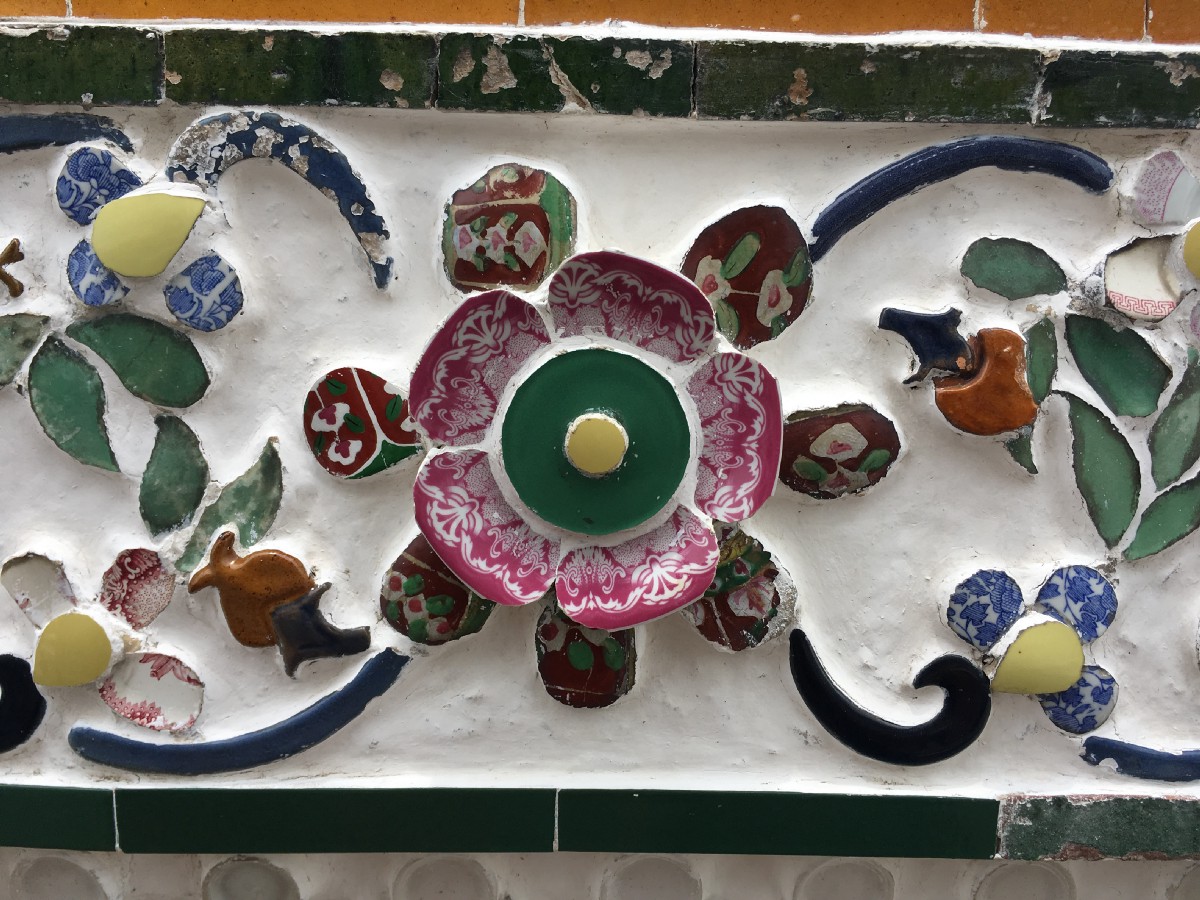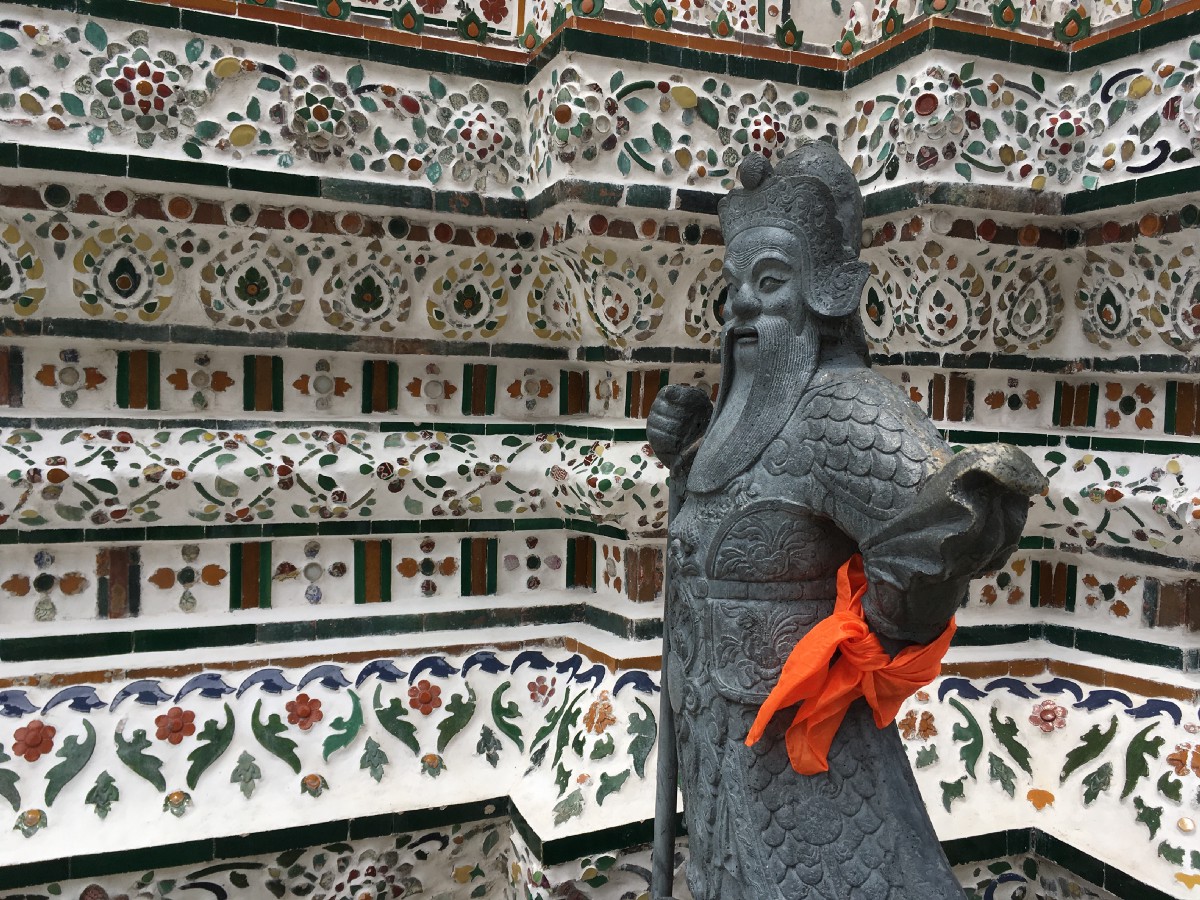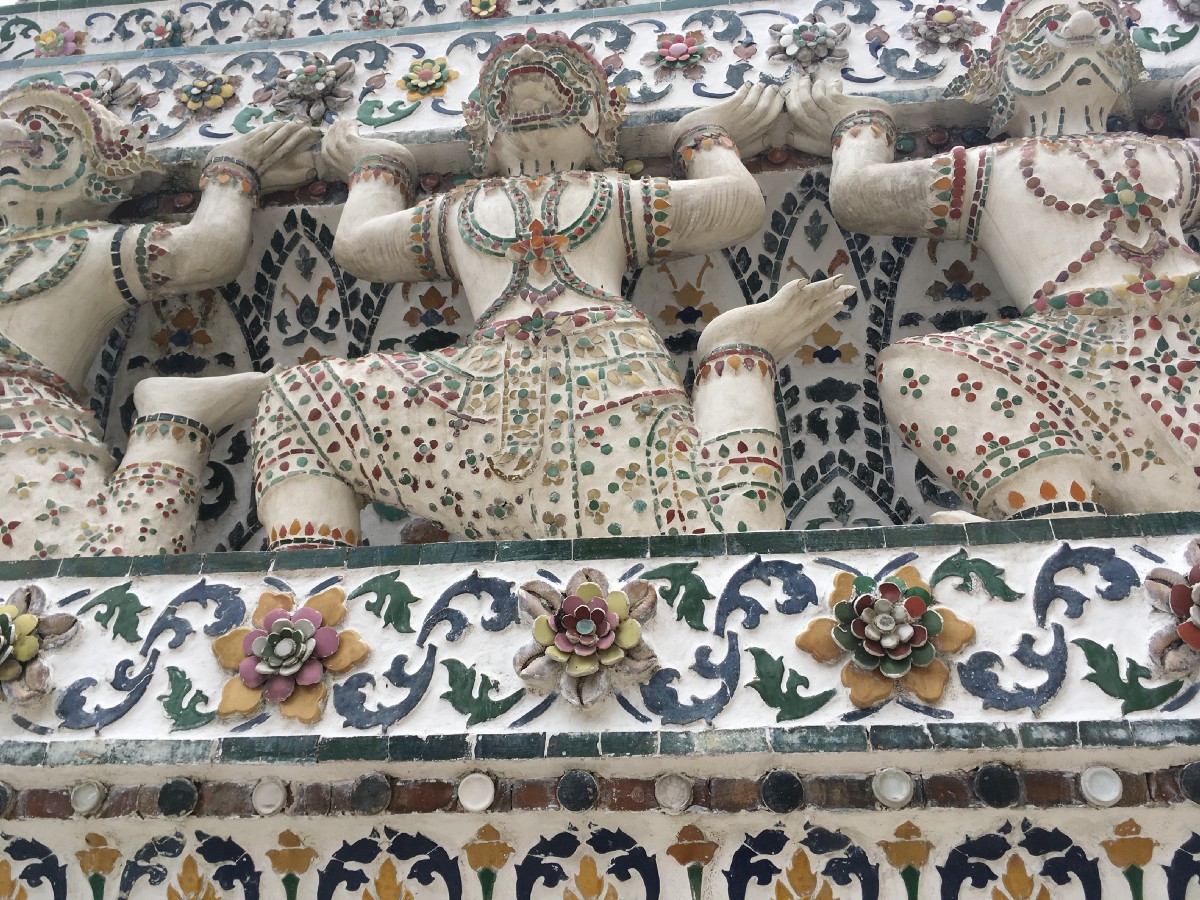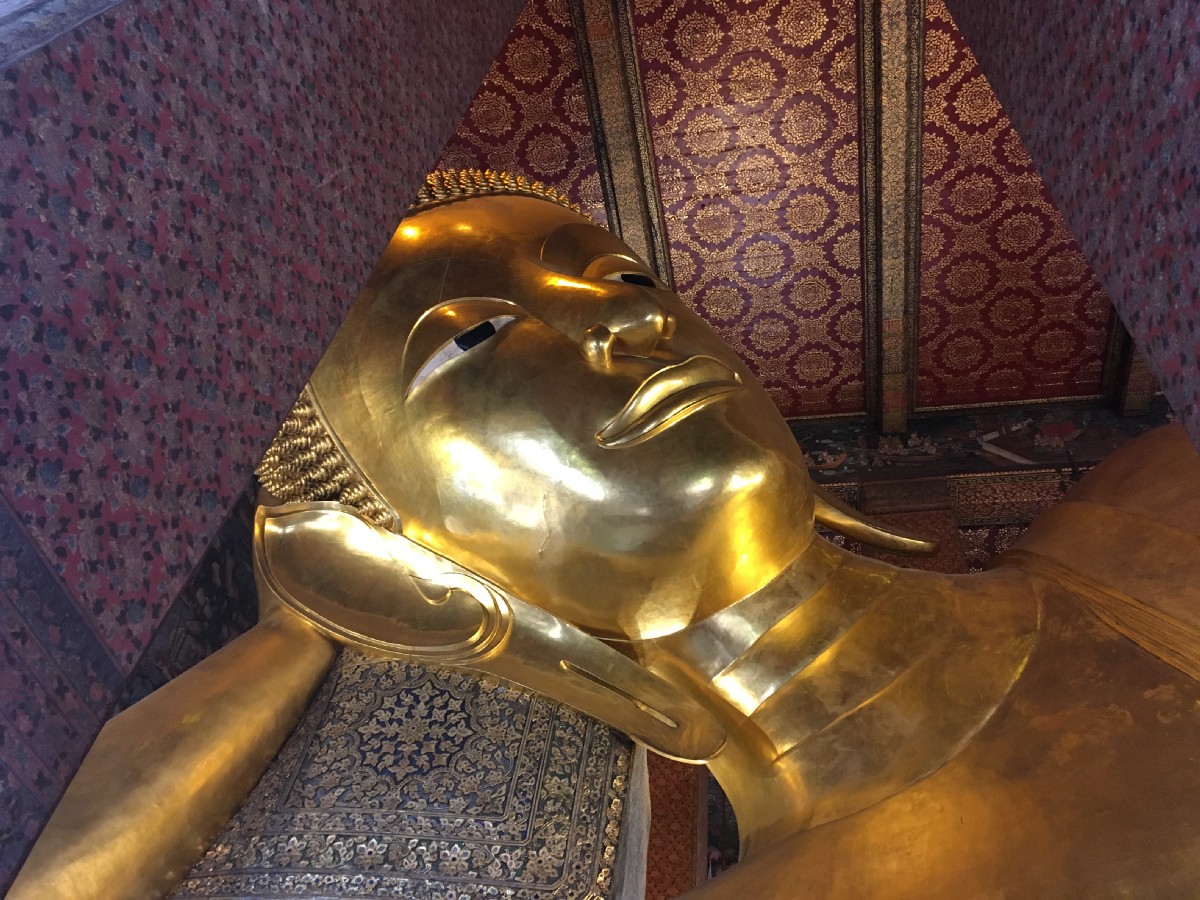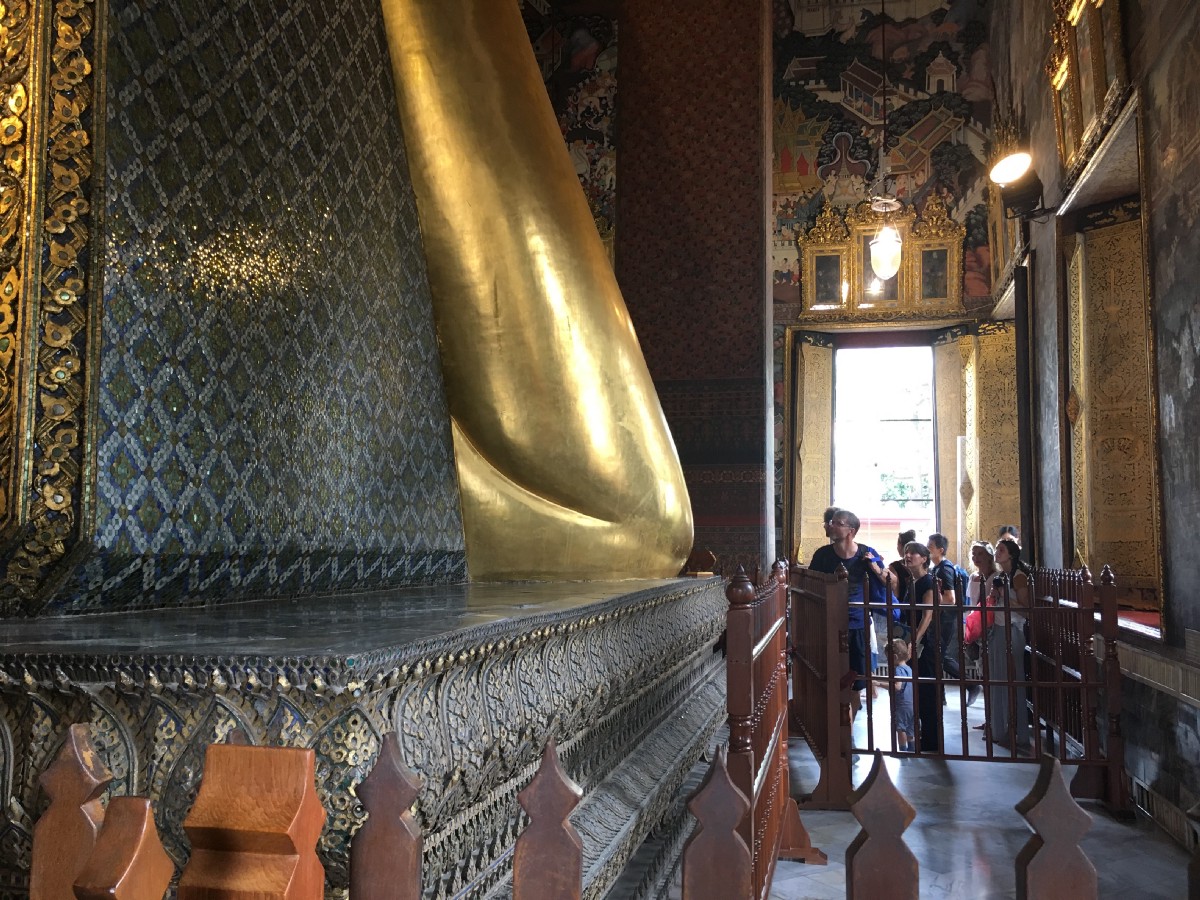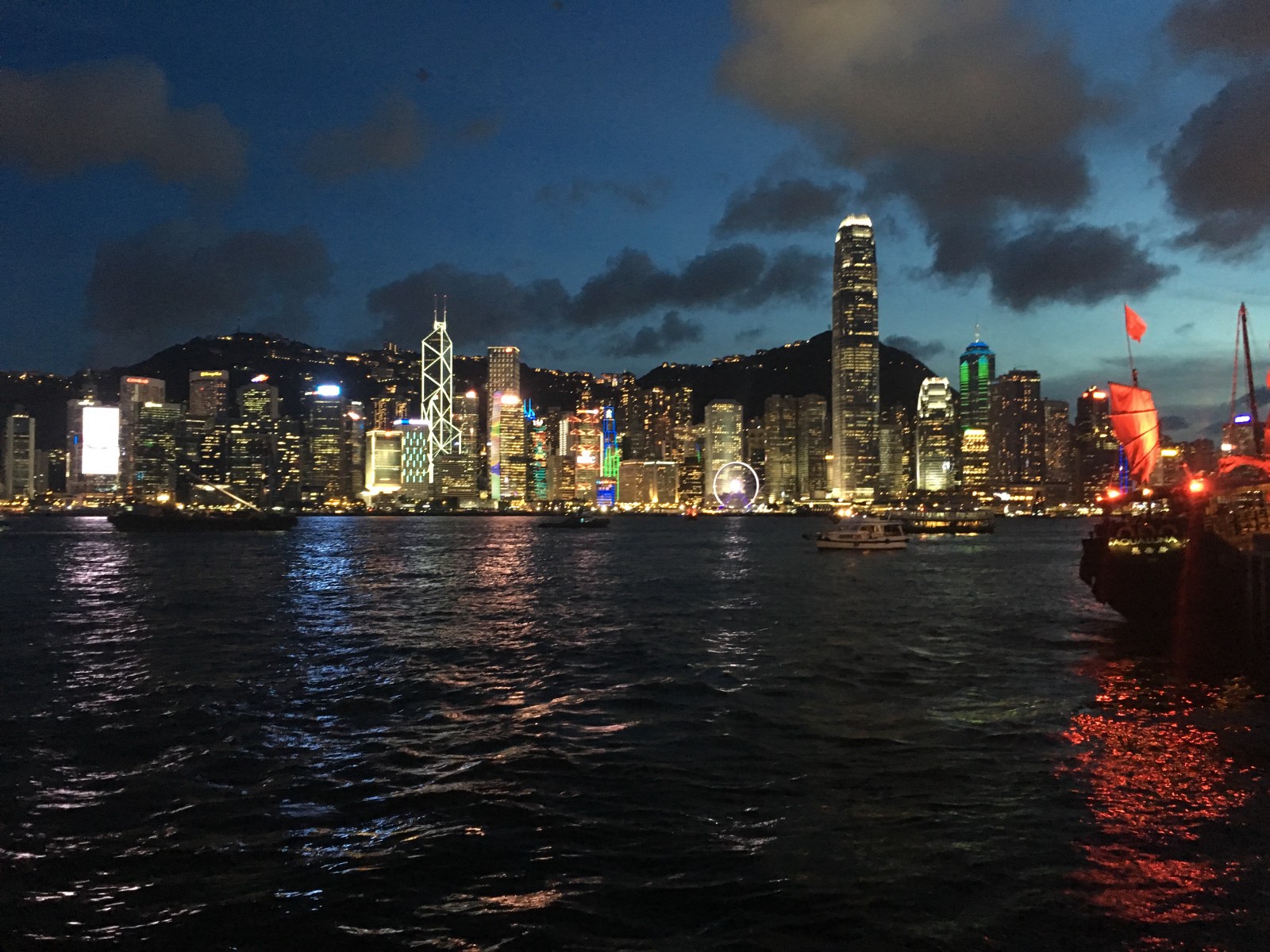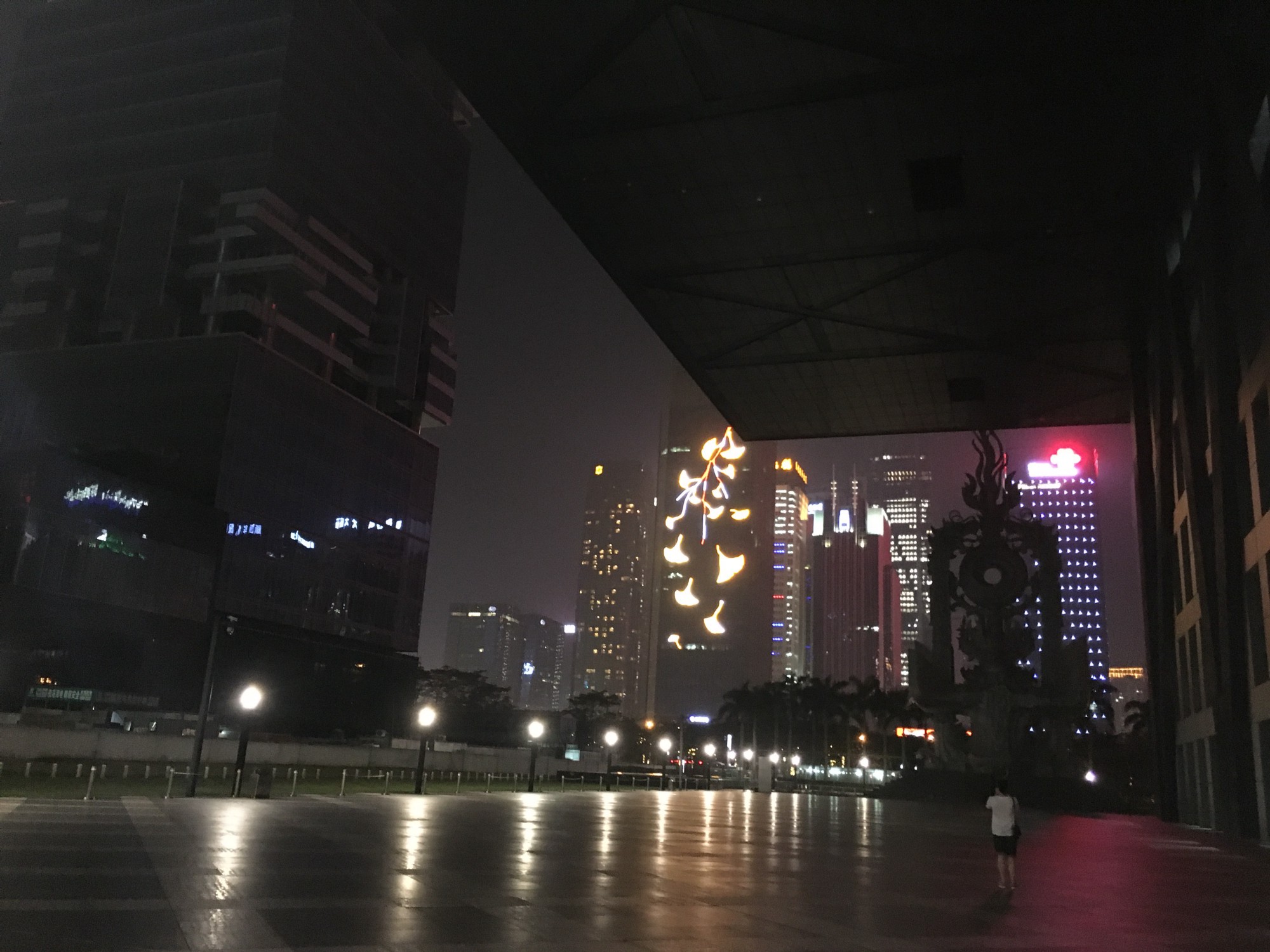
Well, Shenzhen is a whole different taste of crazy, but still easy to manage. Many people speak enough English for our survival, as this city is full of immigrants–from China. We couldn’t meet one person who was born here, as Shenzhen had a population of 30,000 until it became a Special Economic Zone in 1980. Now it’s 18 million and growing. Compared to Hong Kong, it was nice to stretch my arms without breaking anyone’s nose. And the English food names became much more creative, like fragrant grandmother, piece of child and my favourite: frozen lime music. No idea what they were.
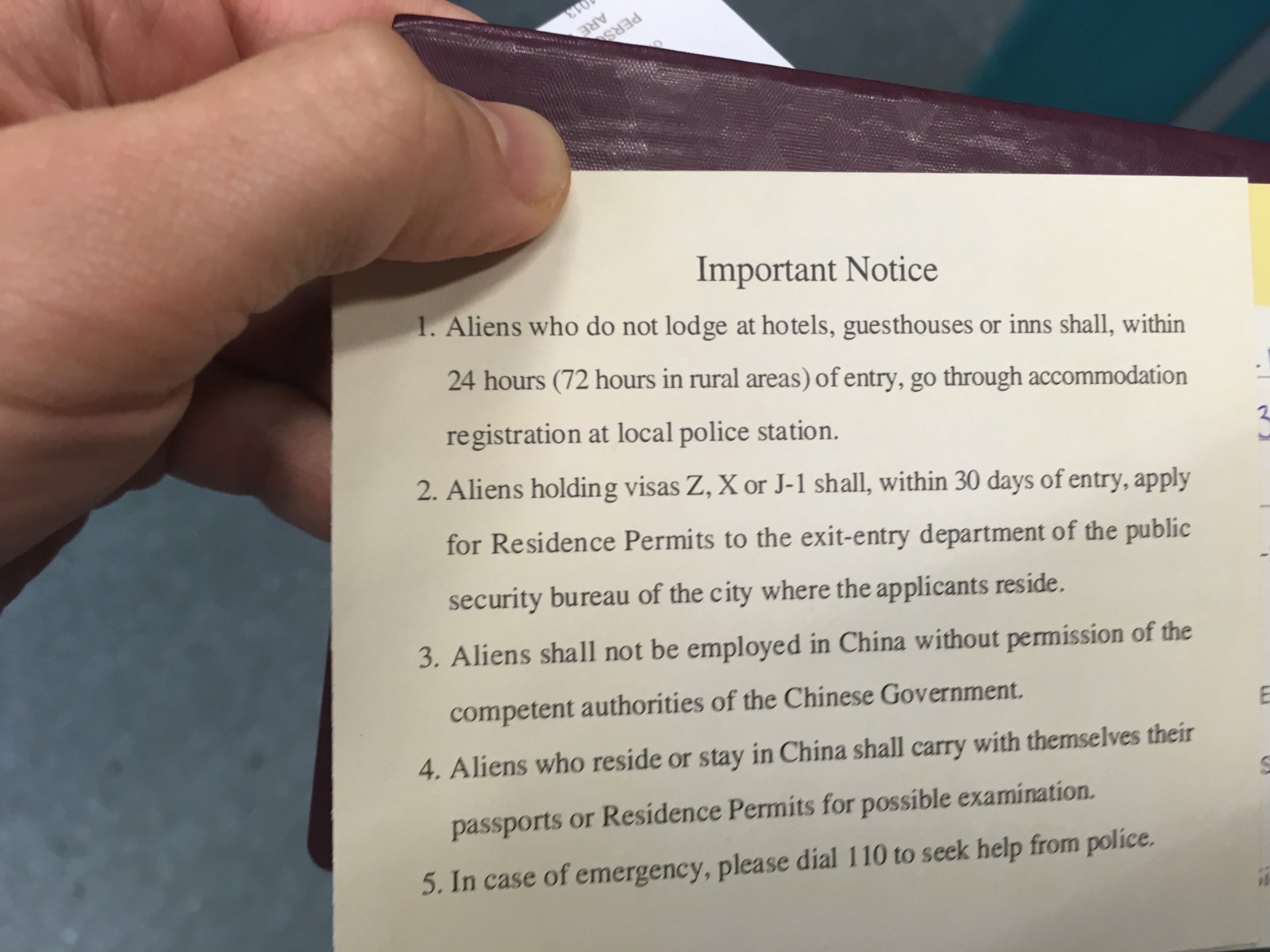
Warm welcome from Mainland China
The reason we were here is the hardware production ecosystem, where most of the world’s gadgets are made. There are definitely lots of makers and new ventures, with more than a hundred makerspaces, prototyping companies and the big manufacturers. We only had a peak of it even though we stayed for more than a week, kind of like doing sightseeing from a cab.
Since our stay in Shenzhen was quite long, I’m leaving out some parts, but you can check out the official CHIC blog.
Without further ado, here are some of the places we visited.
Huawei
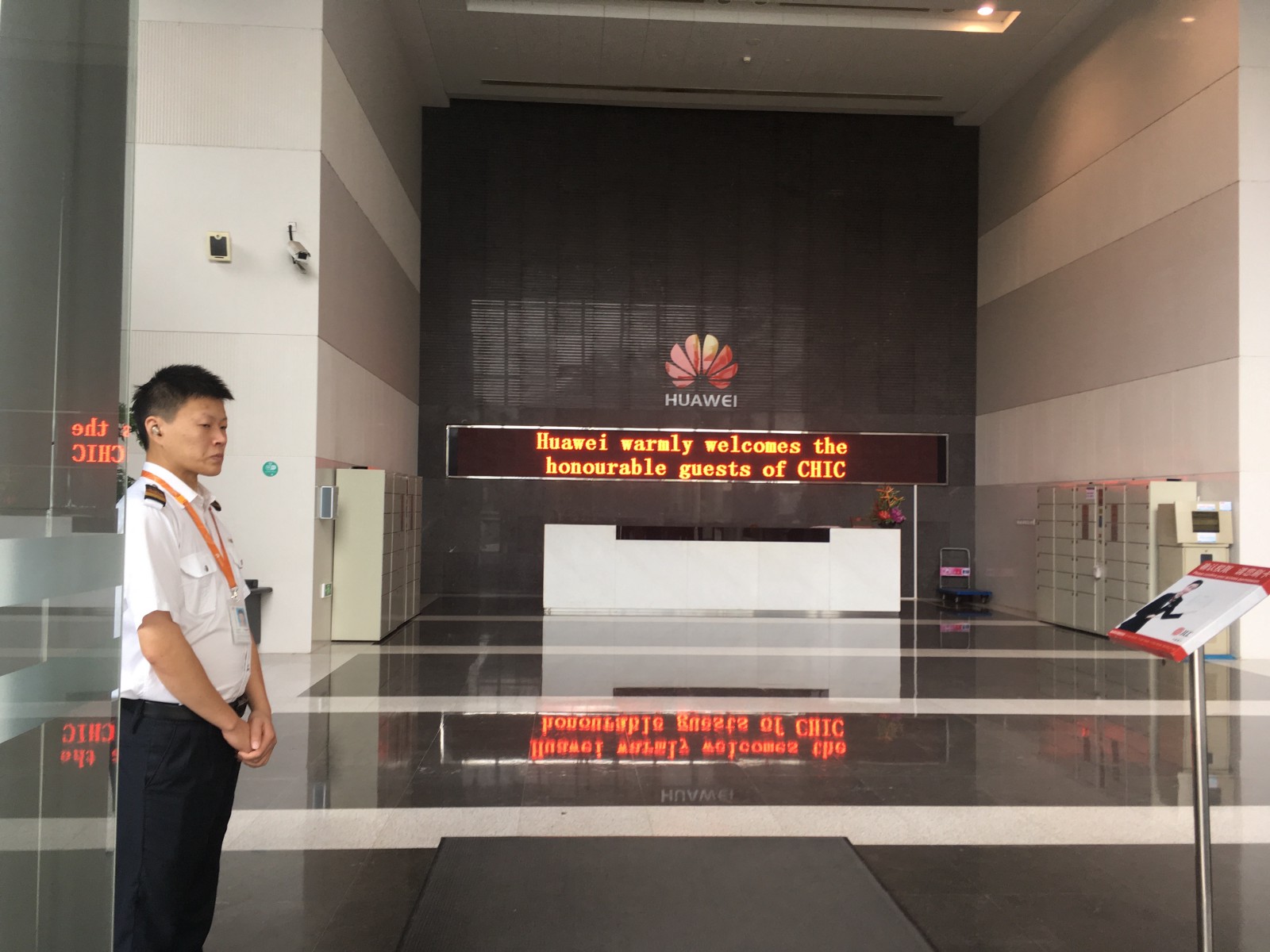
That’s for us!
Our first presenter (the VP of international operations) clearly worked in EU politics before joining Huawei: every answer was long, carefully crafted, and did not make matters much clearer. We heard all the right buzzwords: international, interdisciplinary, high R&D budget (6.4 billion USD is high), and design-driven, even the CEO takes part in the design decisions. Of course we never learned how.
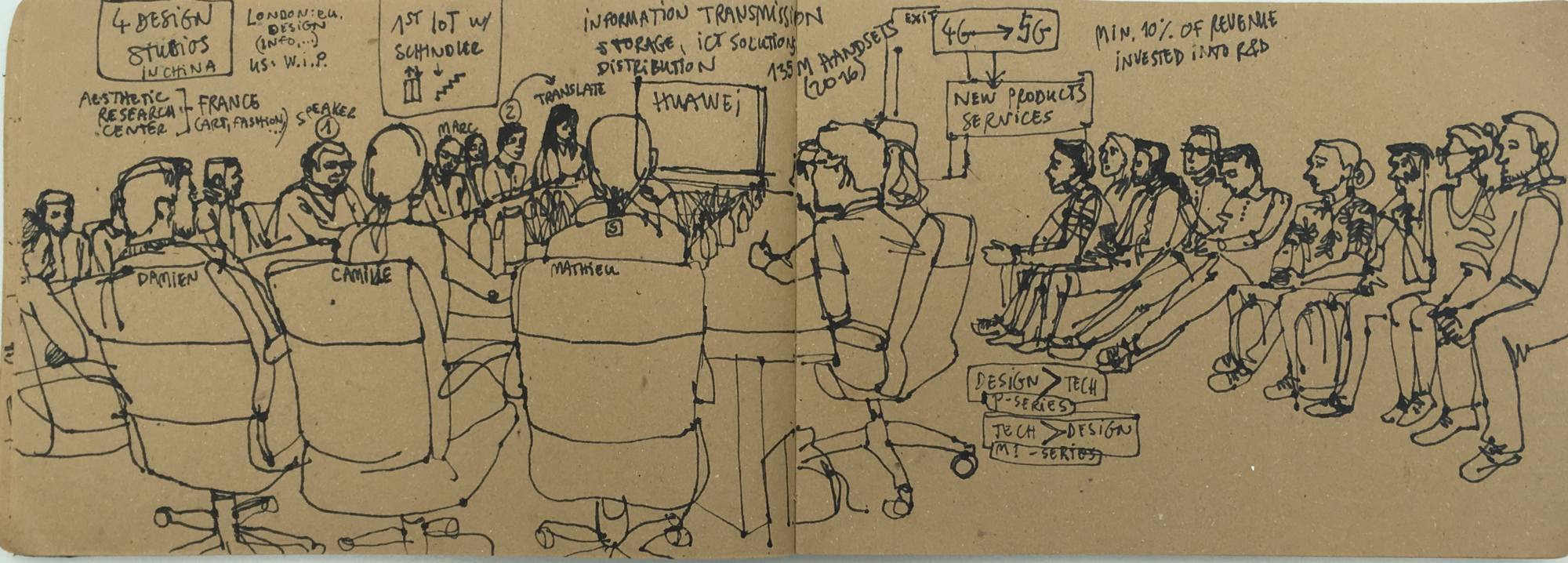
All 7 teams in one room!
Going in the factory was more fun, we saw a tiny portion of the production line for network infrastructure. The component warehouse works only with machines behind glass walls, but surprisingly (at least for me) most steps still rely on human work, even when it requires no decision-making or judgement, only two hands. And these caps and capes looked the best from all the factories we visited.
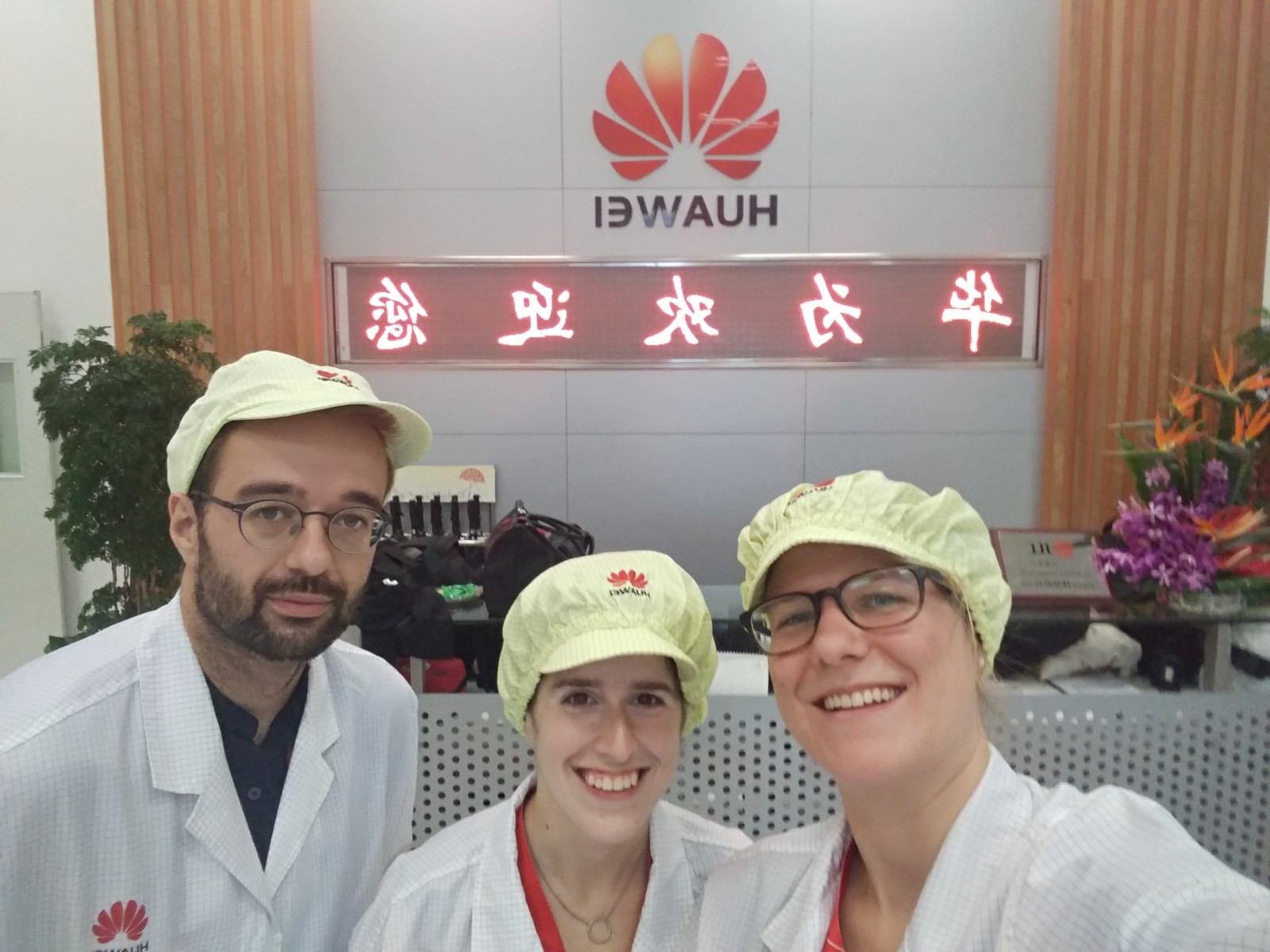
Star Rapid Prototyping&Manufacturing
It’s a place to bridge the gap between makerspaces/accelerators and high-volume manufacturing, metal 3D printing, CNC, plastic injection molding, etc. The presenter/CEO was an overly enthusiastic guy from New York, and the average age of the employees seemed pretty young. After the introduction, we split into smaller groups to see the different facilities and material examples across the buildings. Though there are many similar companies in the area, we had the impression that our tour guides actually liked working here, which was neither obvious nor expected at other places.
SSIP (Sino-Swiss Industrial Park)
From all the places where we presented, this was definitely the fanciest. Otherwise it is an institution “for advanced technology cooperation between China and Switzerland, and is expected to play an important role in attracting the leading companies and hi-tech companies from Switzerland and other European countries.” On their part, it was also a case of #deathbypowerpoint. It is a pity for all the work they do in e.g. robotics, though the humanoid robot was turned off and had to be pushed around. The whole event felt a little bit absurd, partly because our brains turned into dry sponges by the end of the day in the nice steaming weather. We were also invited for dinner, chicken feet included.
Huaqiangbei market
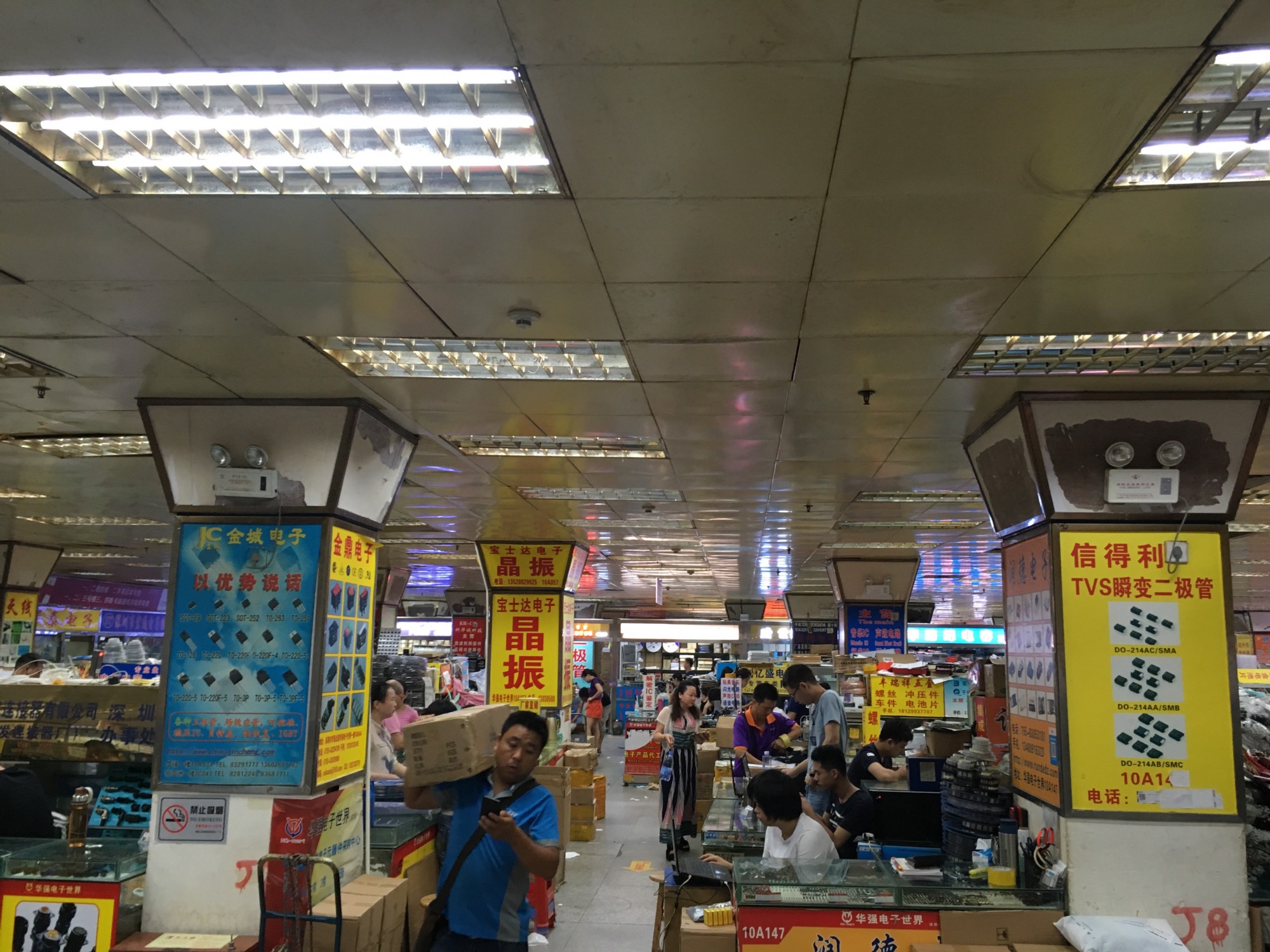
The famous electronics market is several buildings between two metro stations, and it’s very easy to get lost in most of them. The only way to find a shop again is to take their business card the first time, otherwise it’s a lost cause. It was hard to buy just one Arduino or button, and not 1000, although it felt flattering to be considered seriously.
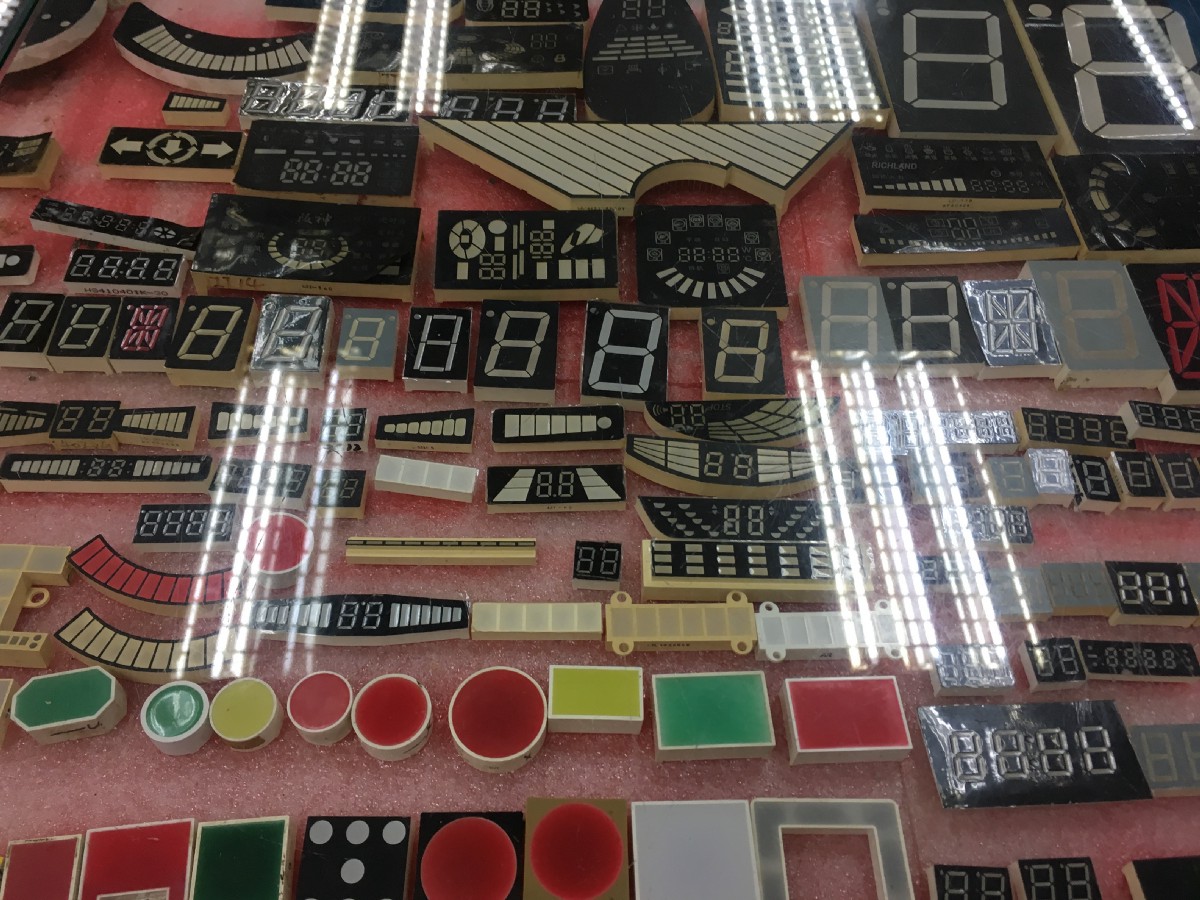
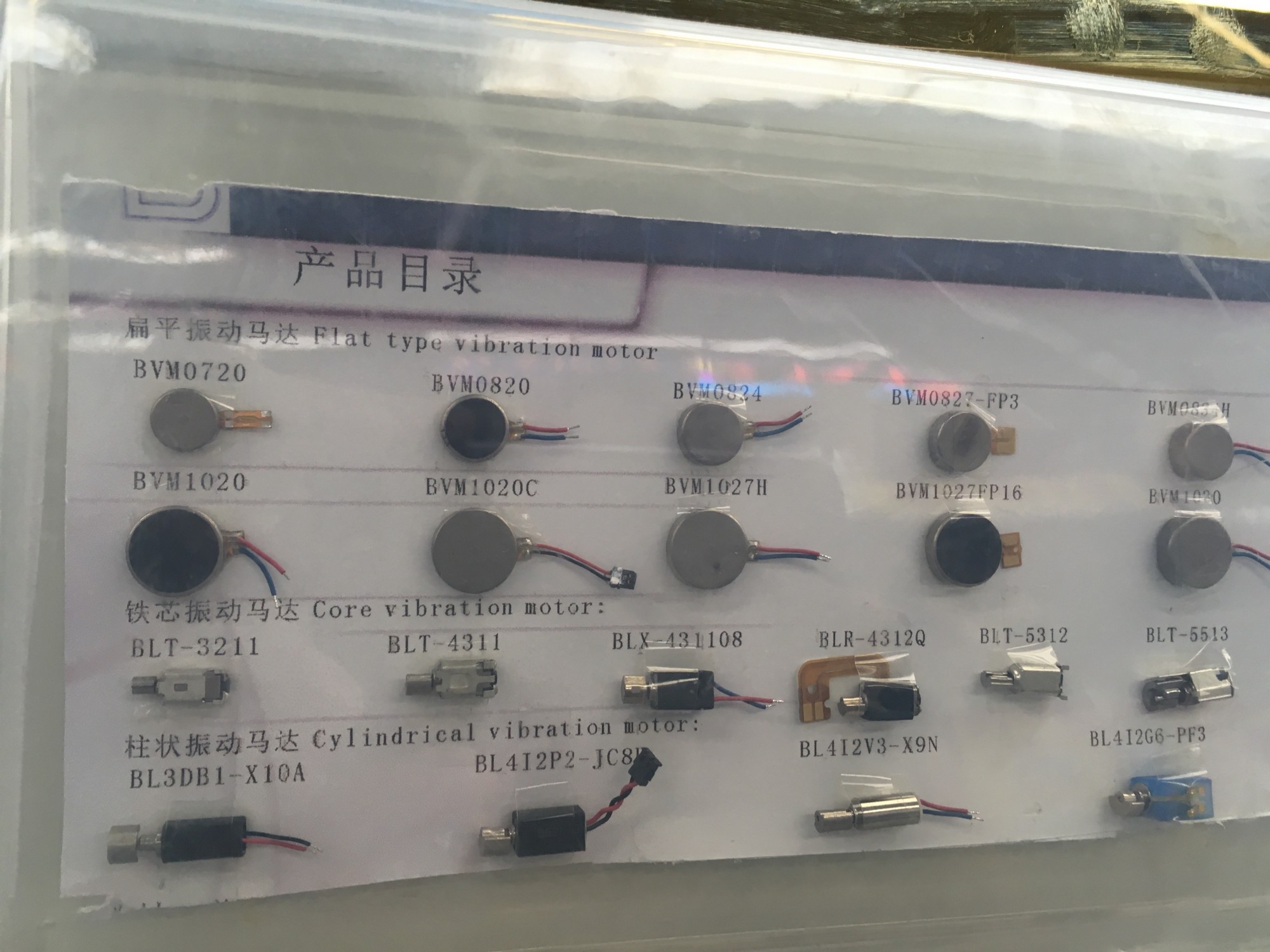
Confusingly wide selection of stuff
We went there 3 times: to look around, to find a 3D printing shop and to pick up the case for our prototype and squeeze in some personal shopping. The engineers had to be supervised, otherwise we would have lost them for days in there. It was not so hard after a while, as all language barriers could be bridged with a glittery calculator.
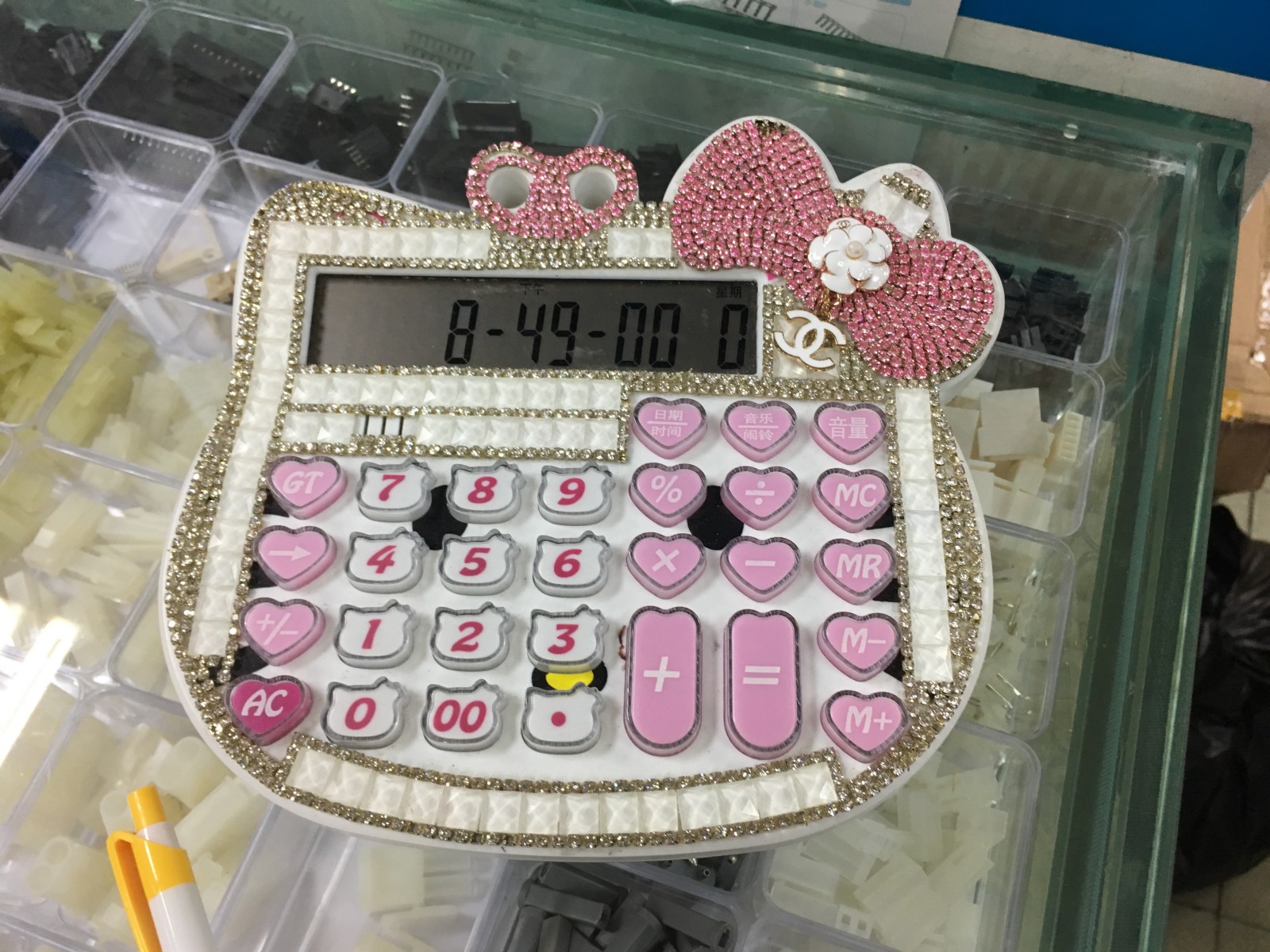
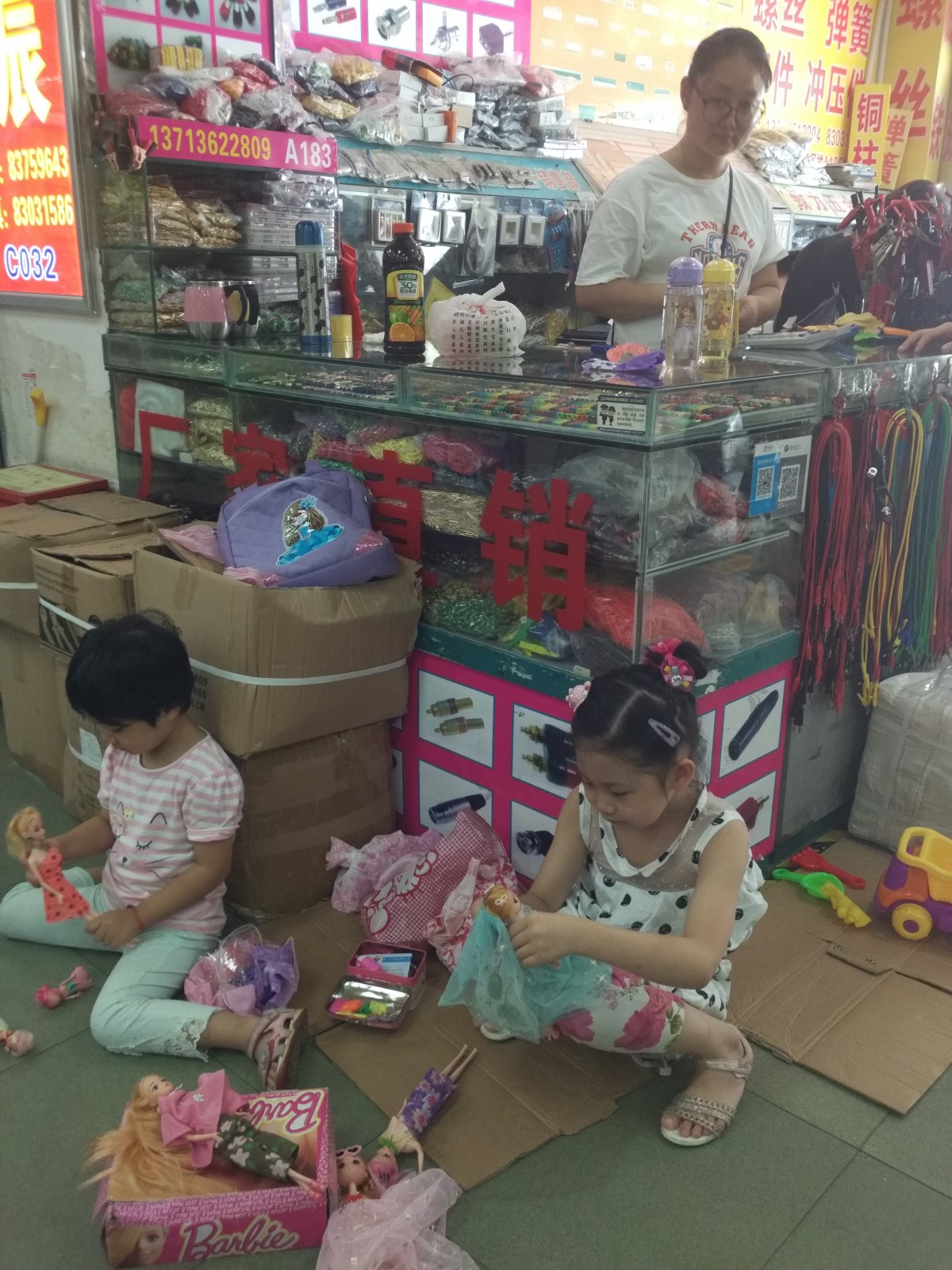
Family time
HAX
A space that is solely dedicated to accelerating hardware startups. It’s all about productivity and efficiency, which is quite understandable, since they are also investors in each startup.
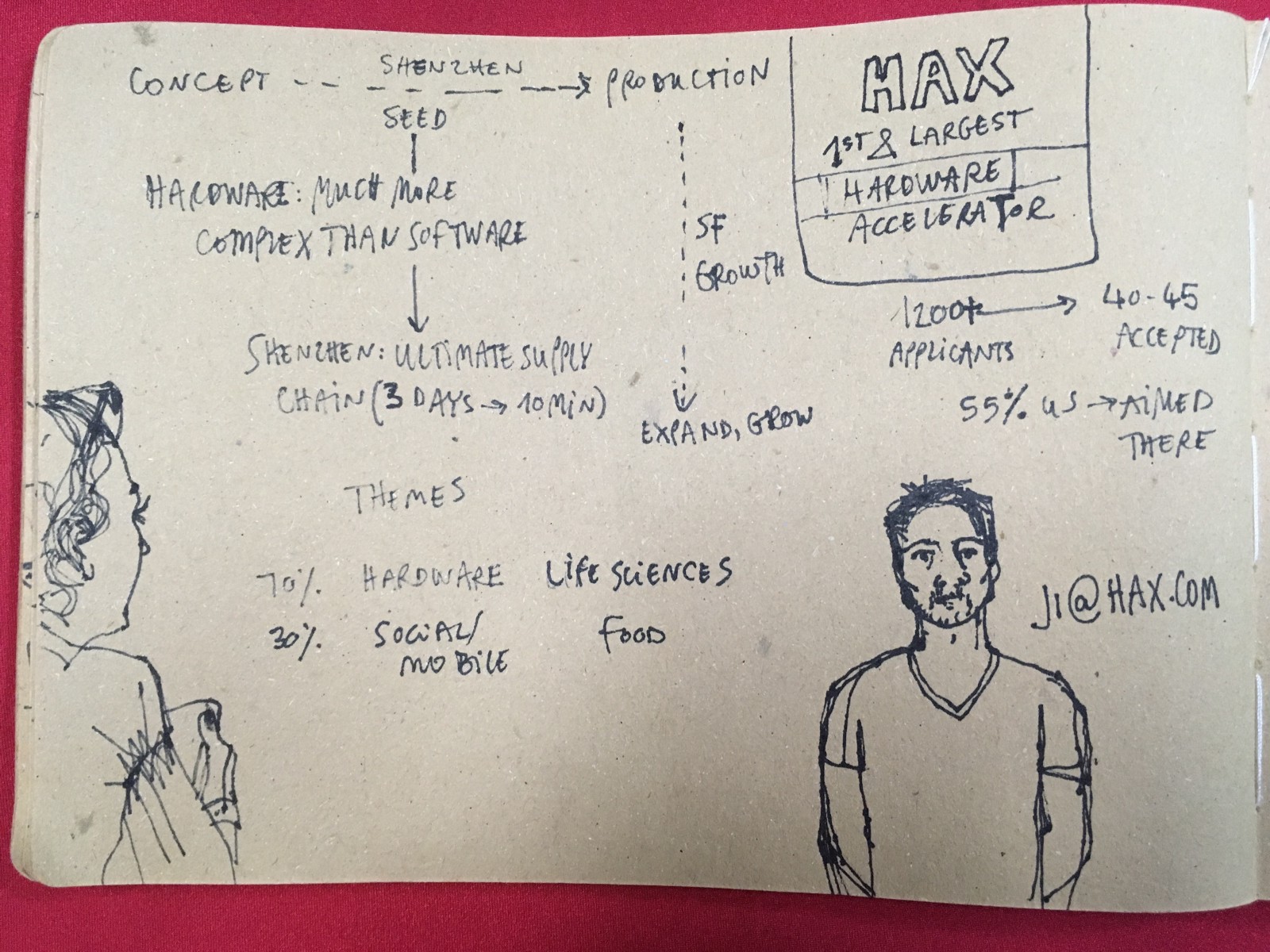
This is also why we have no clue about their current projects, all is strictly confidential, and no-one took a break from their work to see our pitches as they are running against time to make the most out of their stay.
x.factory
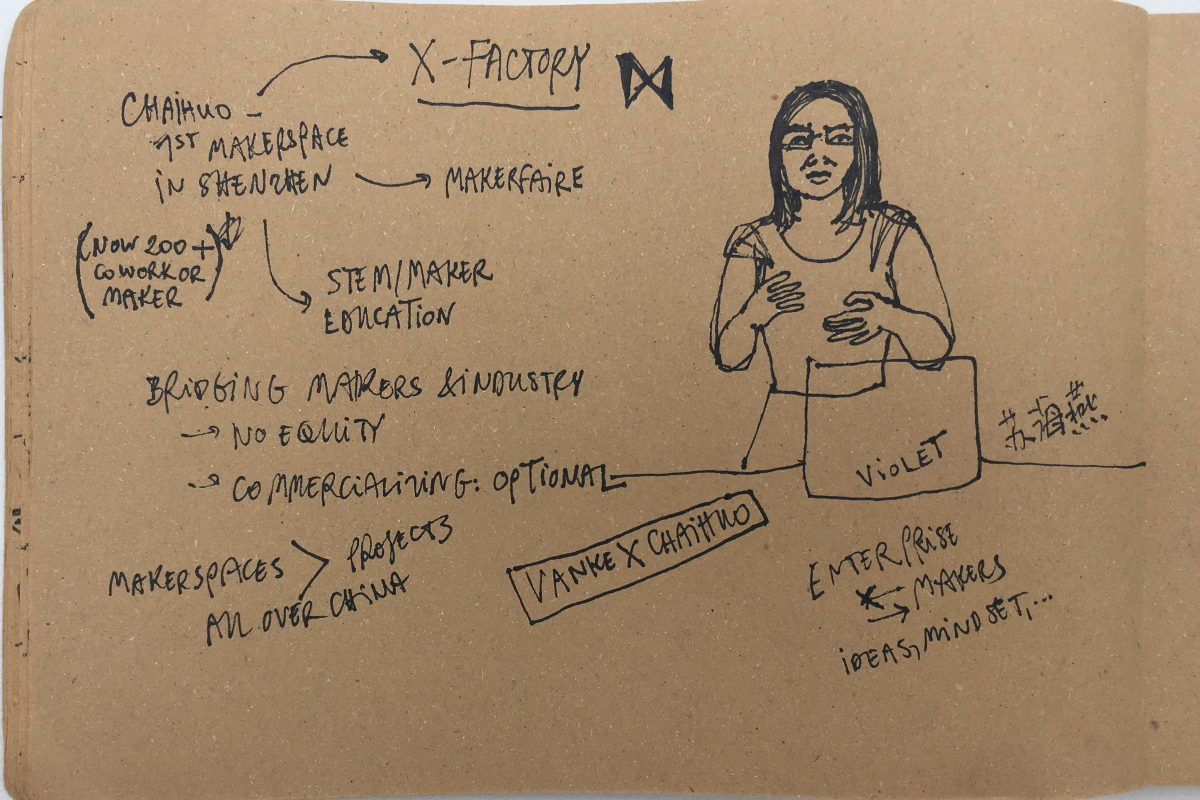
A makerspace, coworking office and consulting service company operated by Chaihuo, the first makerspace of Shenzhen. It is also connected with Seeed Studio, a company with open hardware products and small production capability. To put it in perspective, now there are over 200 makerspaces in Shenzhen. Art projects are also welcome here.
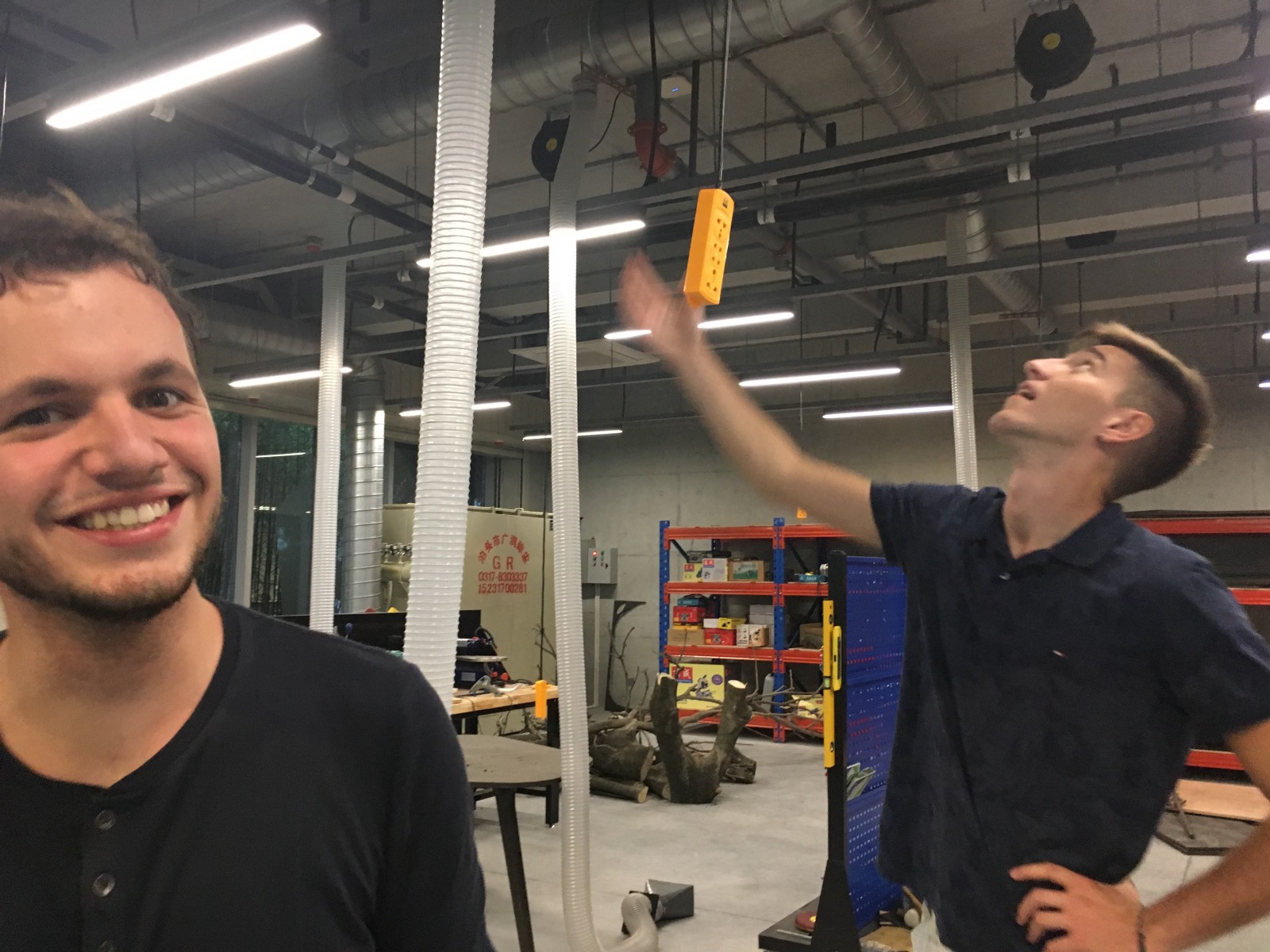
And this was one of our workplaces for the duration of the trip (the other being Seeed Studio), and the audience for not one, but two of our presentations.
OCT-LOFT
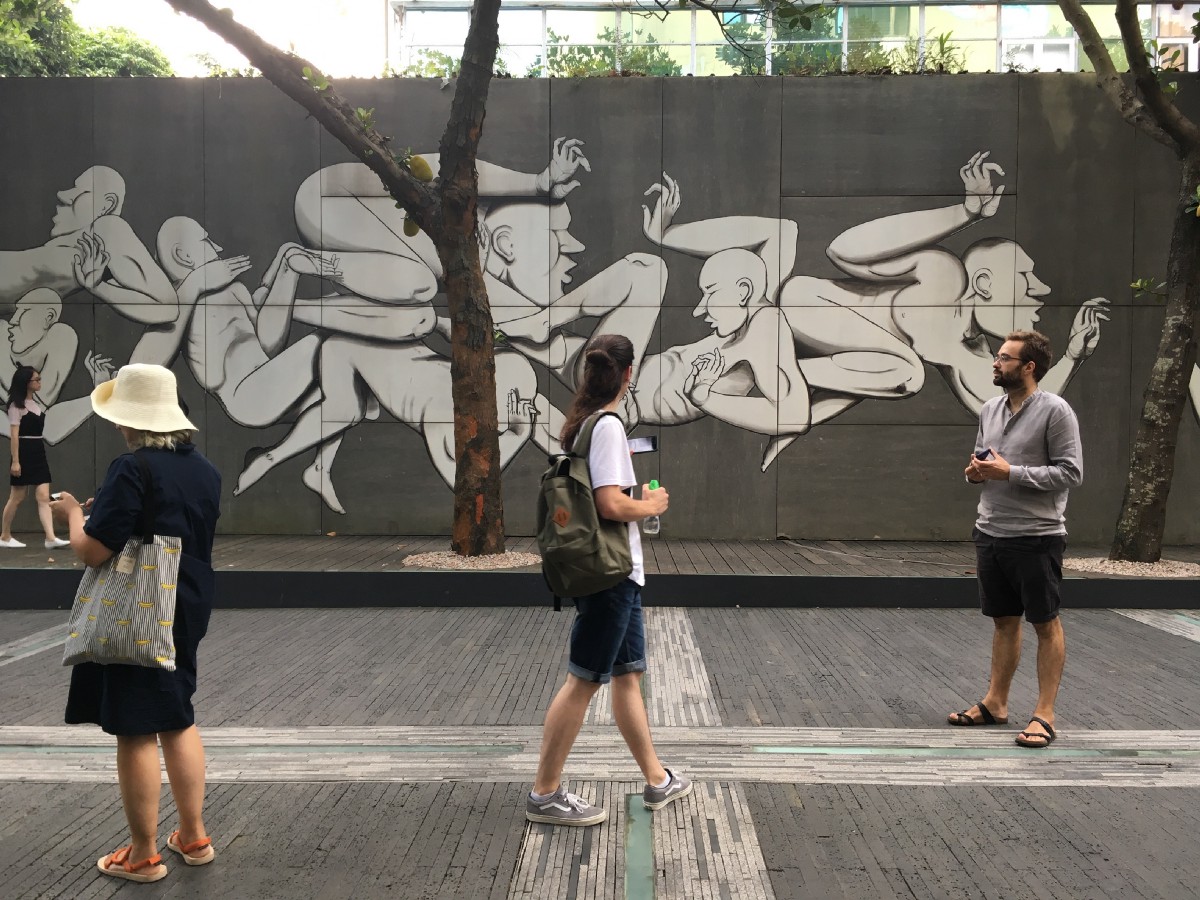
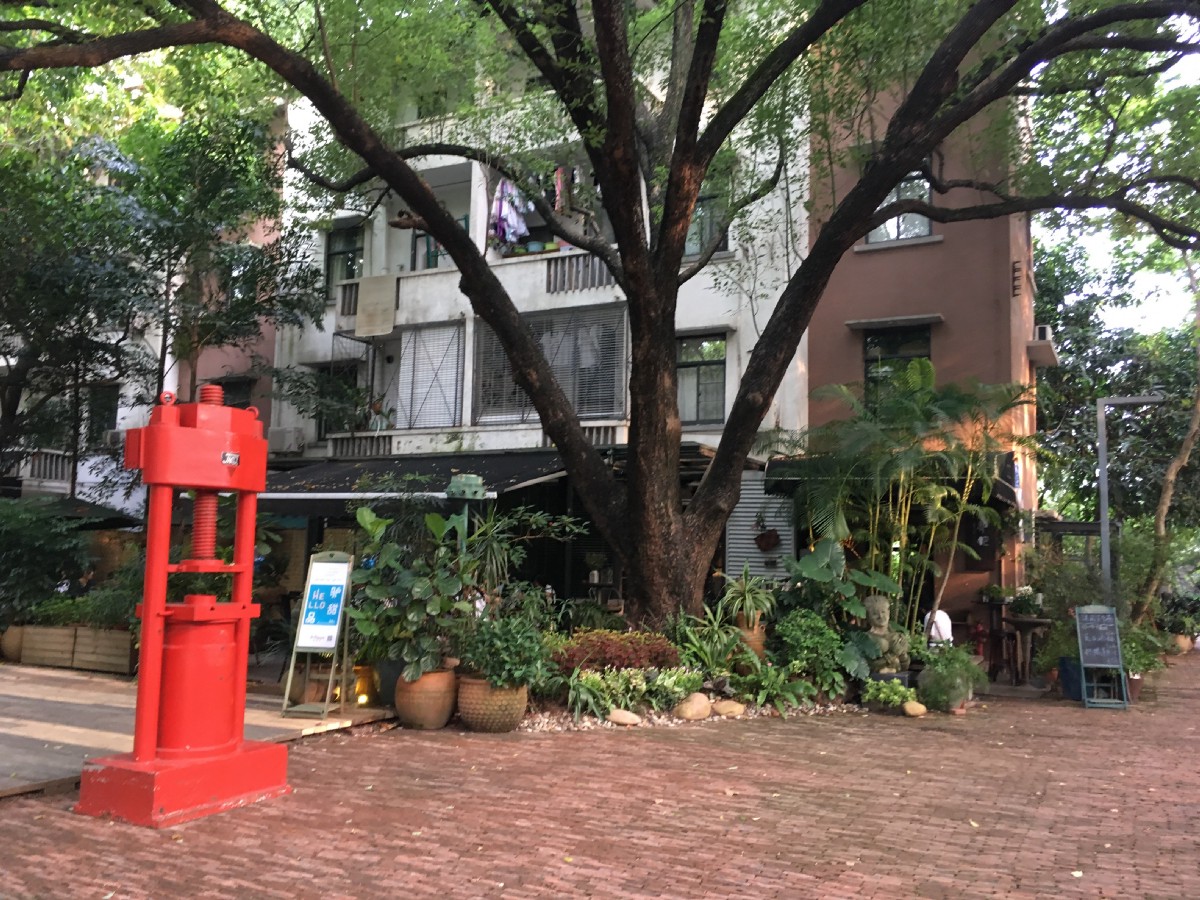
Since Shenzhen was quickly becoming a metropolis, it was in need of an art-design-culture-whatever district. Instead of waiting while one starts to develop organically, they decided to quickly build one and opened it in 2005. Architecturally it is complete and mostly beautiful, though there are still empty spaces and eerily similar shops and places next to each other.
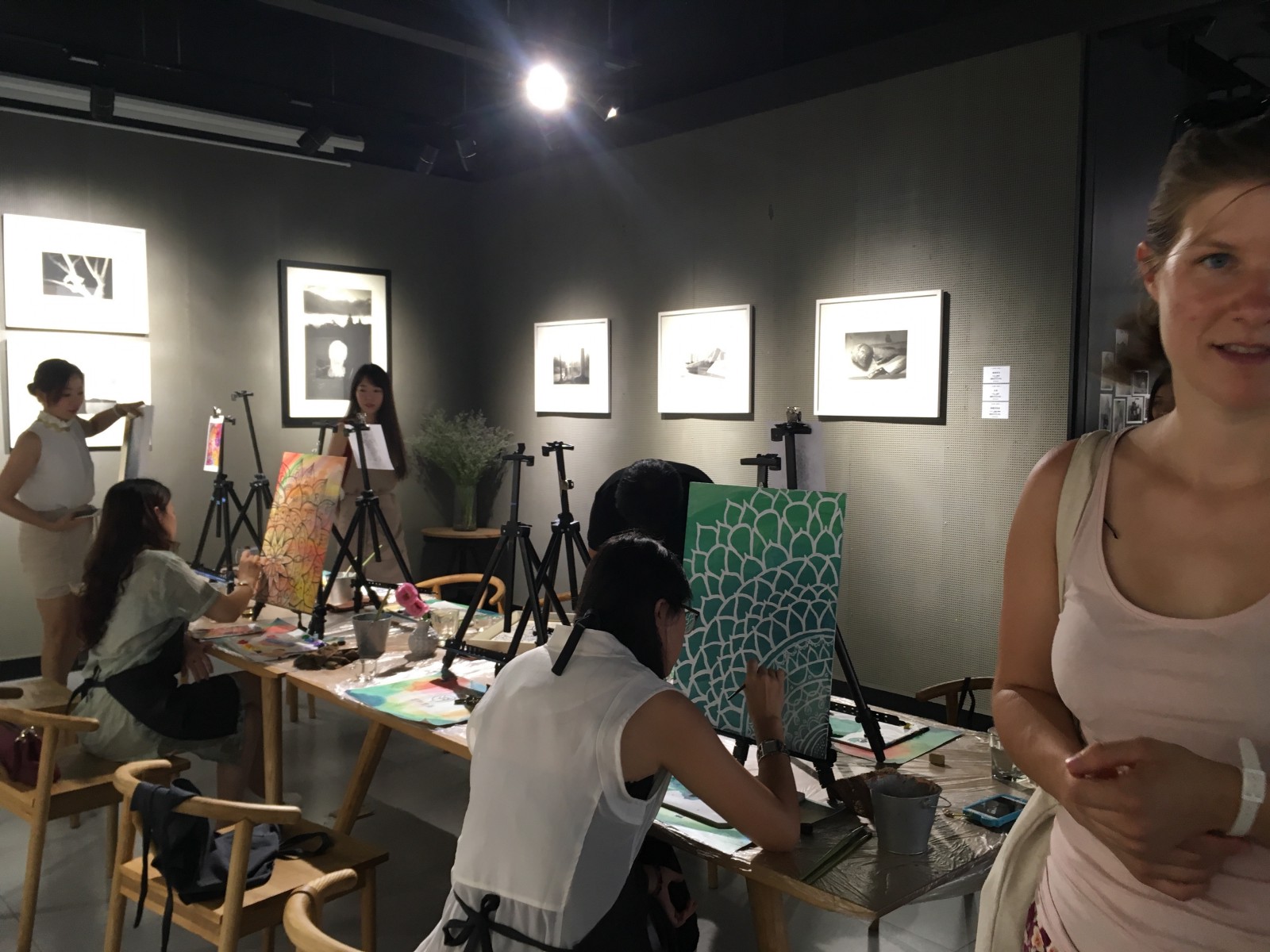
A business student’s understandable confusion about the sense of crafting these mediocre paintings as a hobby
Splendid China
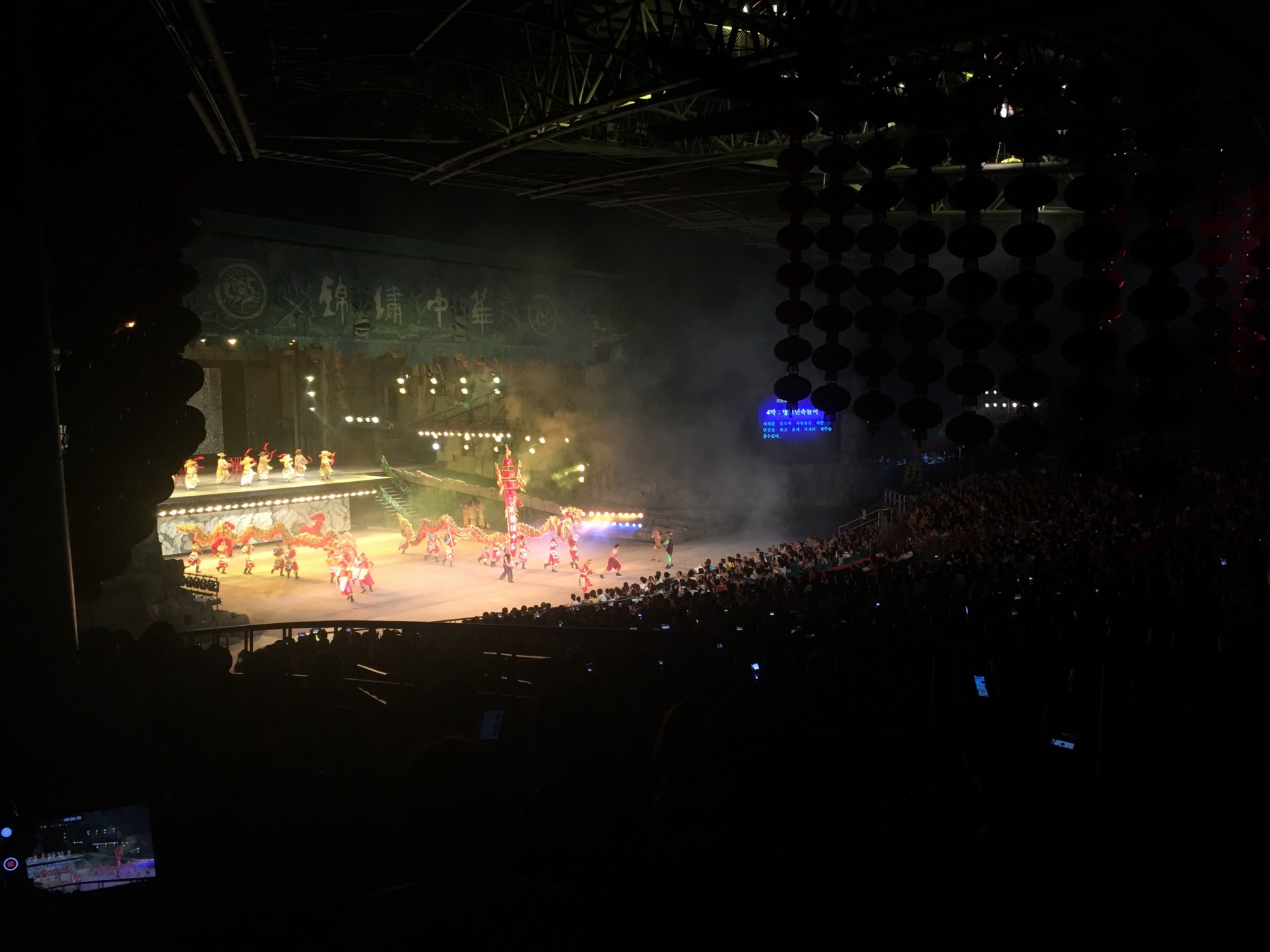
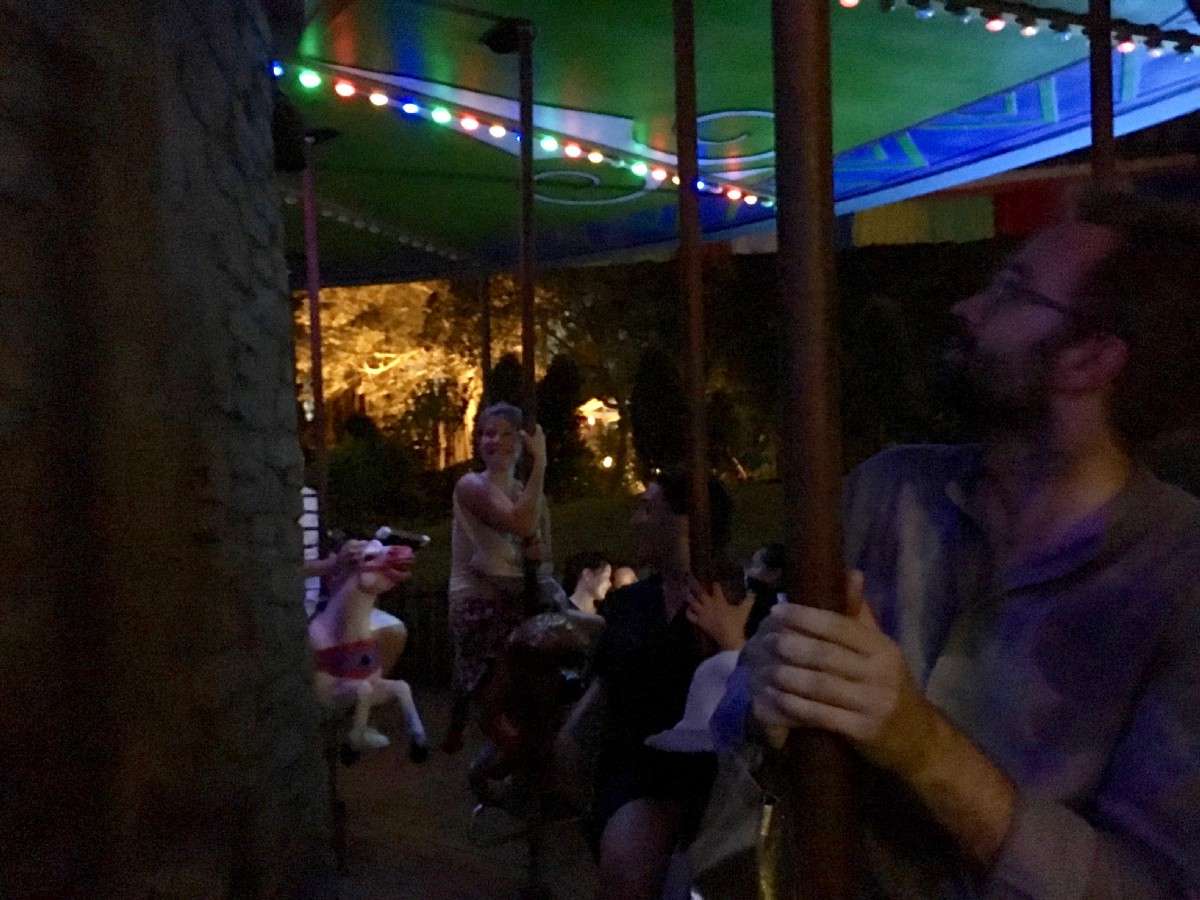
A theme/fun park about folk architecture, costumes, etc. and miniatures of monuments showed from a tiny train. We also saw a grandiose performance mixed from various traditions–China is big enough to seem international inside its borders.
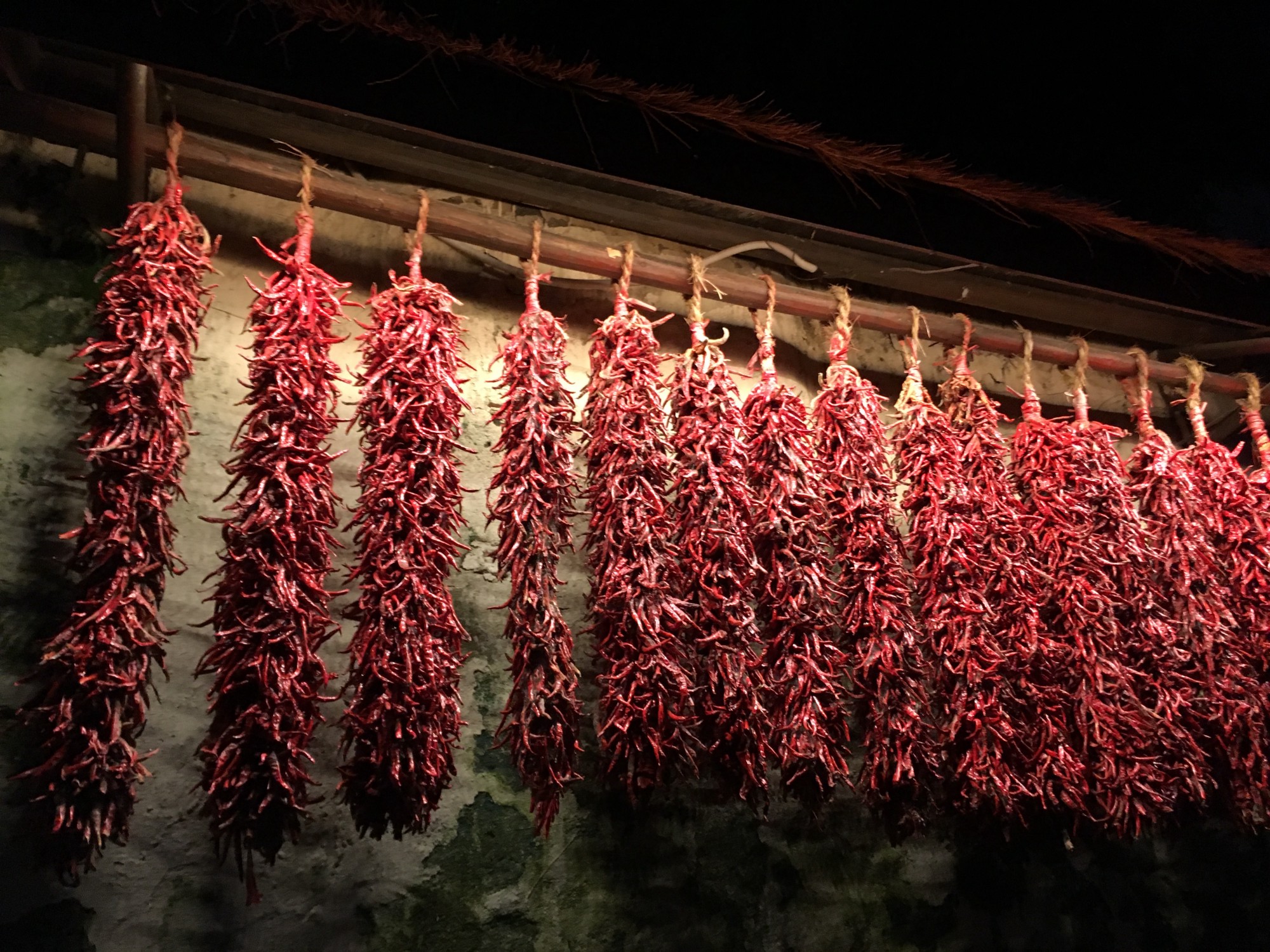
This looks oddly Hungarian
Since the weather was absolutely unbearable and we were all sticky, the main catchphrase became „No touching!“ for the day.
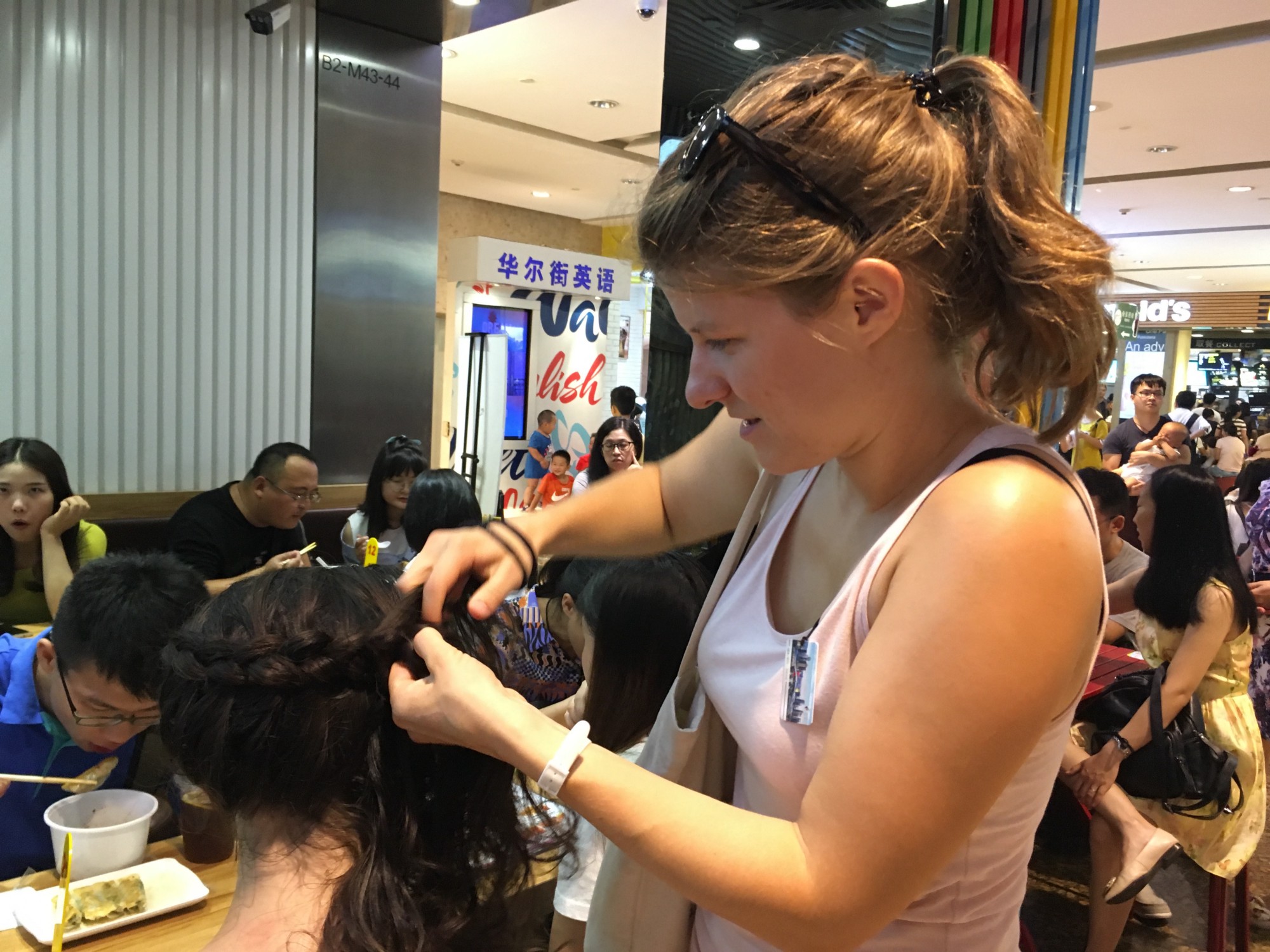
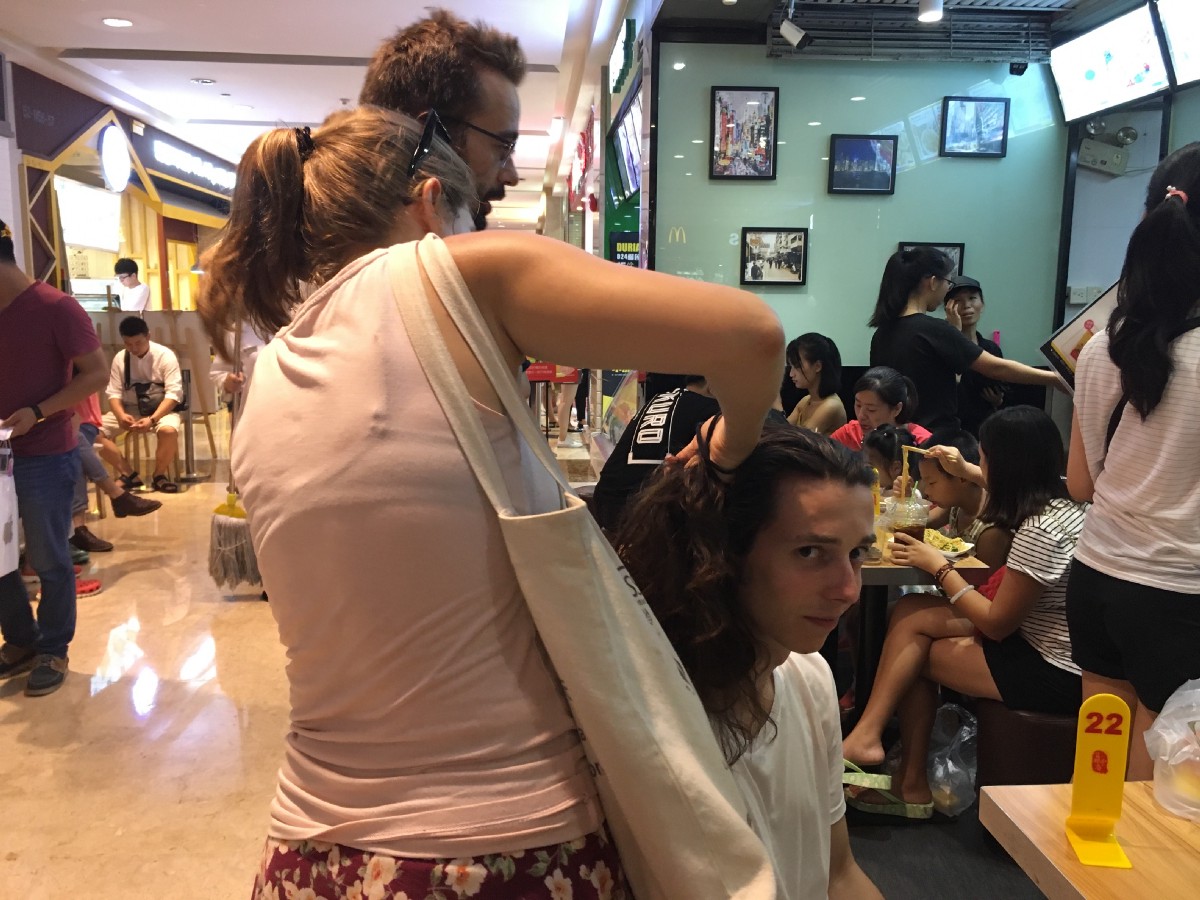
Hairdo against the heat for all genders
And last, but not least… Tencent HQ
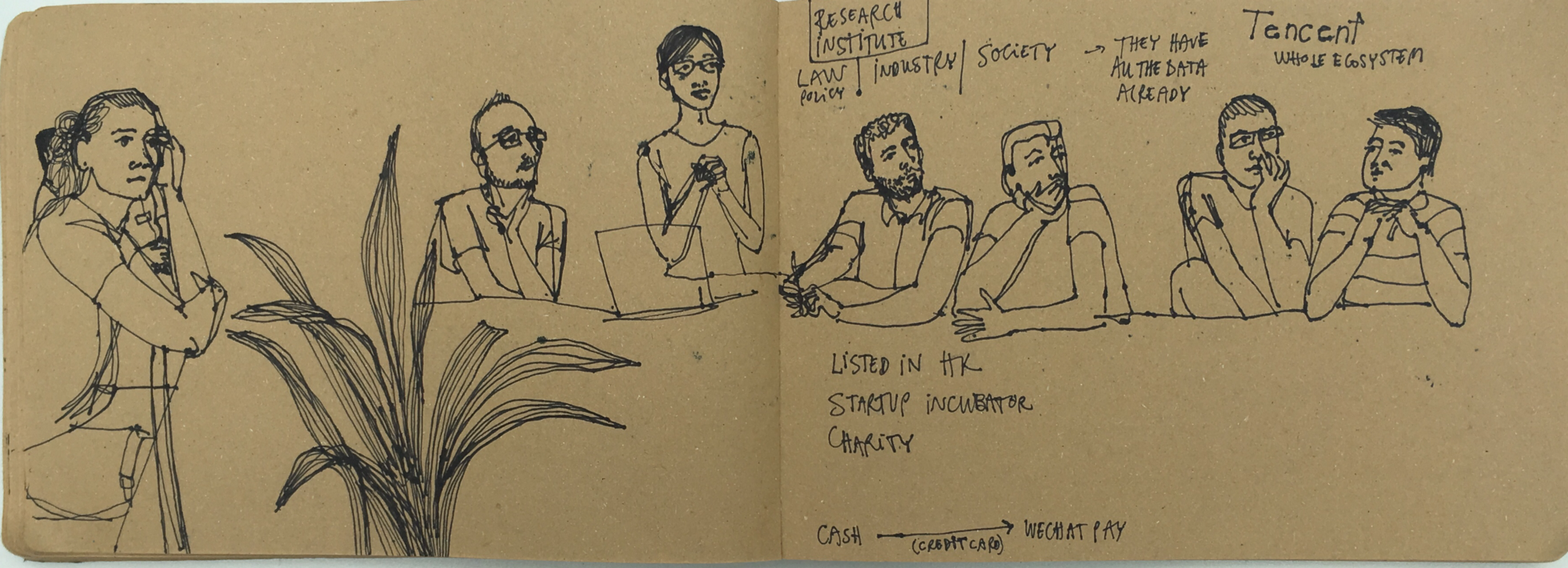
The only software-first company and one of the last companies we visited was Tencent. Among all the different products and services they provide, WeChat is the most well-known. While Baidu is often described as the Chinese Google, WeChat/Weixin is not really the Chinese Facebook. It’s a collection of different digital services all from one account, closed in one big ecosystem, an ubiquitous magical provider for everything. It’s for personal and business use, messaging, social media, cashless payment, booking medical appointments, paying bills, etc.
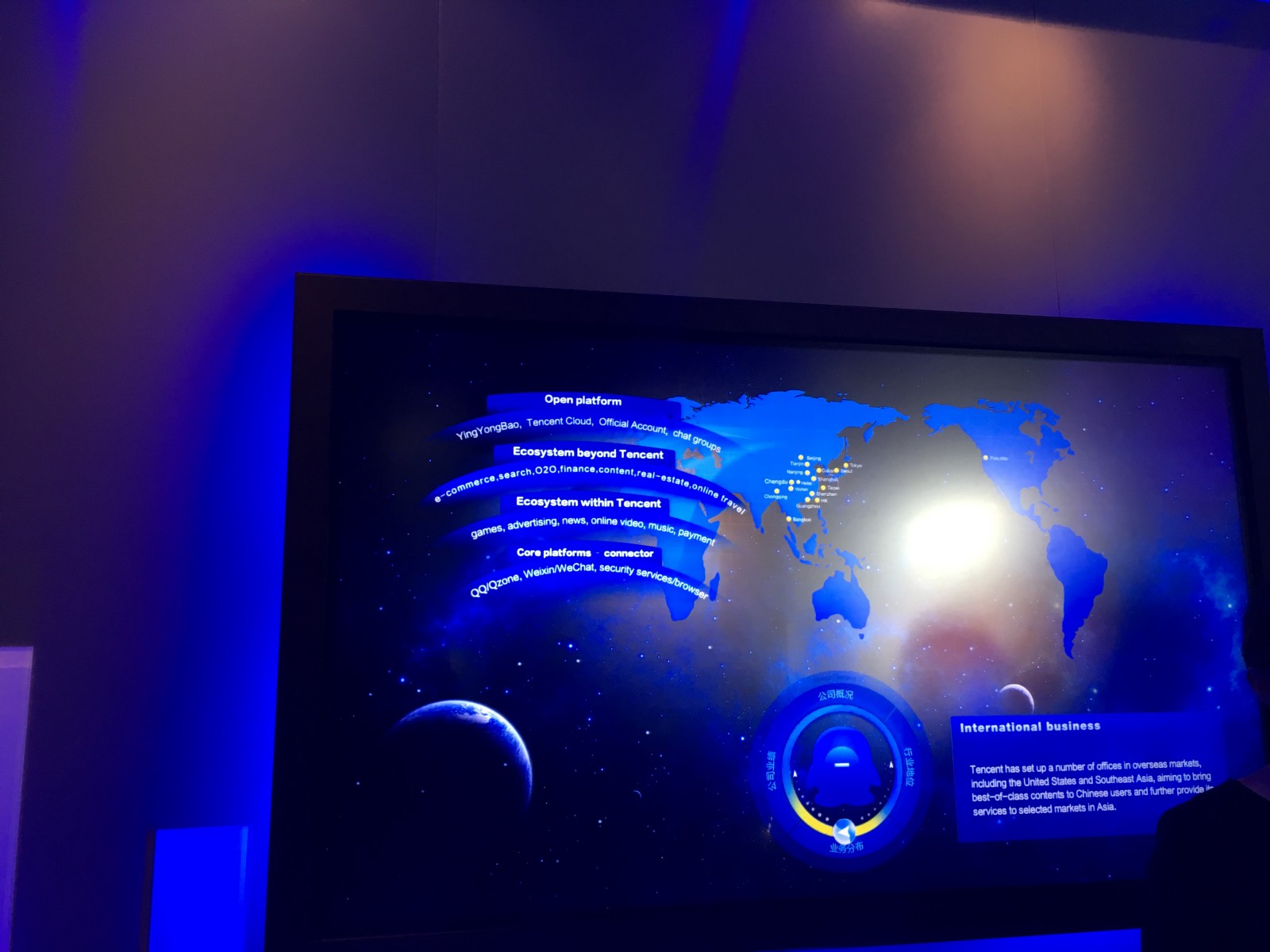
Apart from the basic functionality, one needs a verifiable account to use a WeChat to its full potential. Since I don’t have a Chinese ID or bank account, I just tried to observe. (It was already obvious that only stupid tourists pay with cash, everyone else is just waving around with their phone).
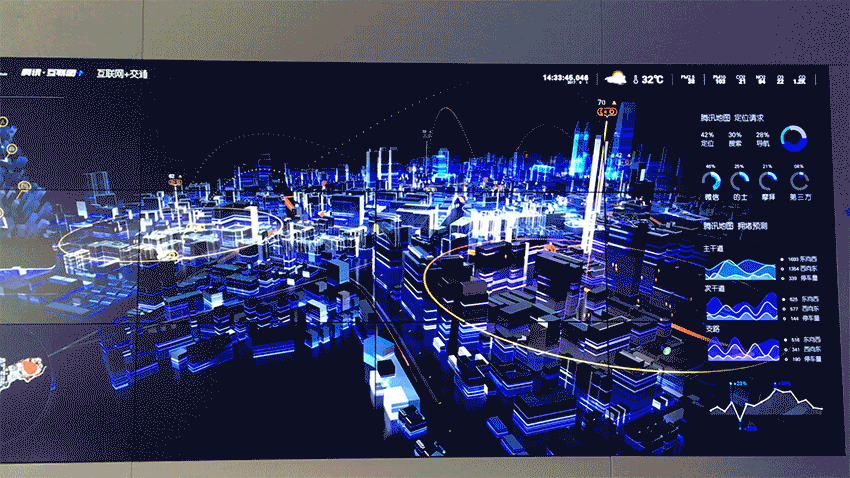
Walking among their moving data visualizations was exactly how I pictured having a very vivid data privacy nightmare (As I have seen now on Wikipedia, India considered banning WeChat for collecting too much data.). All the financial and health data flying around on the displays behind our persuasive and dynamic guide in the HQ was very, very uncomfortable. Upon questioning, she confirmed they don’t sell this data. (The government already sees it and censors the content, and who would be allowed to buy it on the other side of the Great Firewall?)
The main income comes from games. Selling, upgrading, new equipment, there are as many types of purchase as games. One could admire how candid they are in their 2016 Annual Report: “Smart phone games: Our strategy is to engage a large pool of casual gamers and gradually advance them to mid-core and hard-core categories.”
Then advertising, and the payment services, although surprisingly little comes from that. The only fee is when a seller or an individual wants to take out the money from their WeChat account. What really made WeChat Pay this popular is the digital adaptation of red envelopes (containing money), traditionally given as gifts to friends and family during holidays.
To have a sweet ending to our tour, we finished in the company gift and coffee shop, where all our previous critical thoughts were silenced by cute penguin figures (their mascot) and other merchandise. The temporary off switch was so successful that Tabea asked routinely if she can pay there with WeChat.
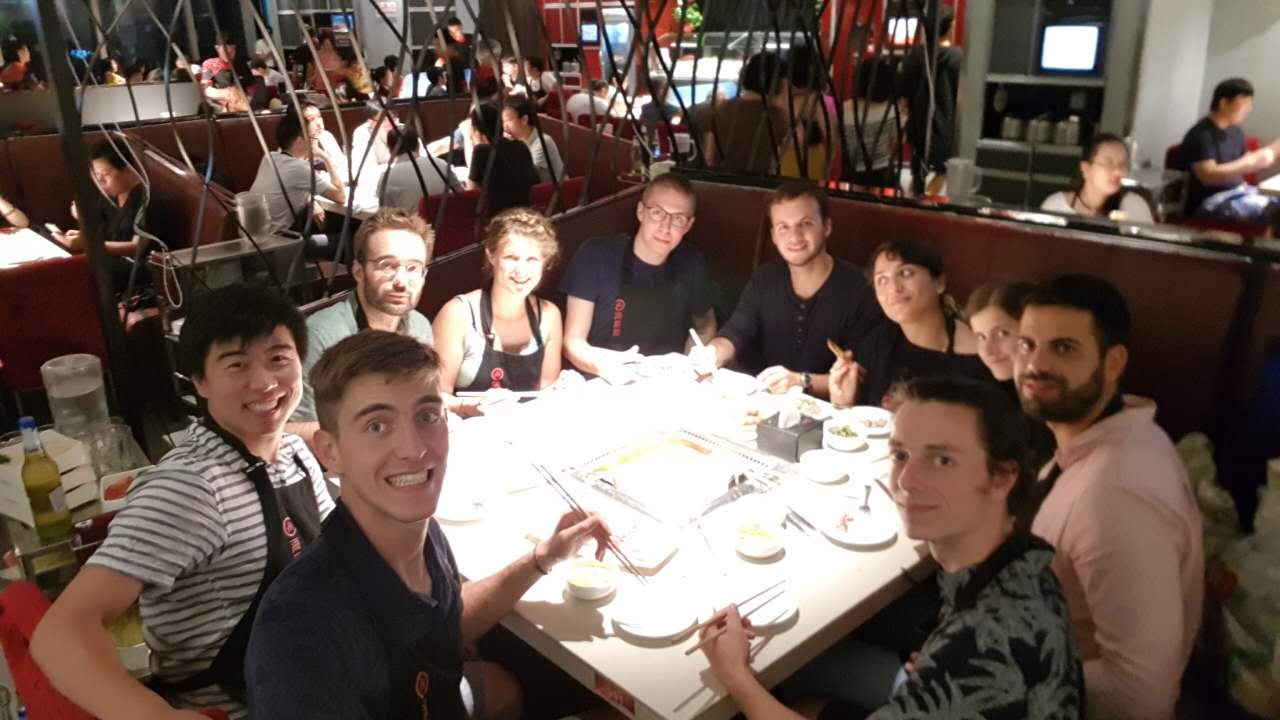
Happy hotpot dinner
The next and (finally!) last post will be about Team Geneva’s progress.
